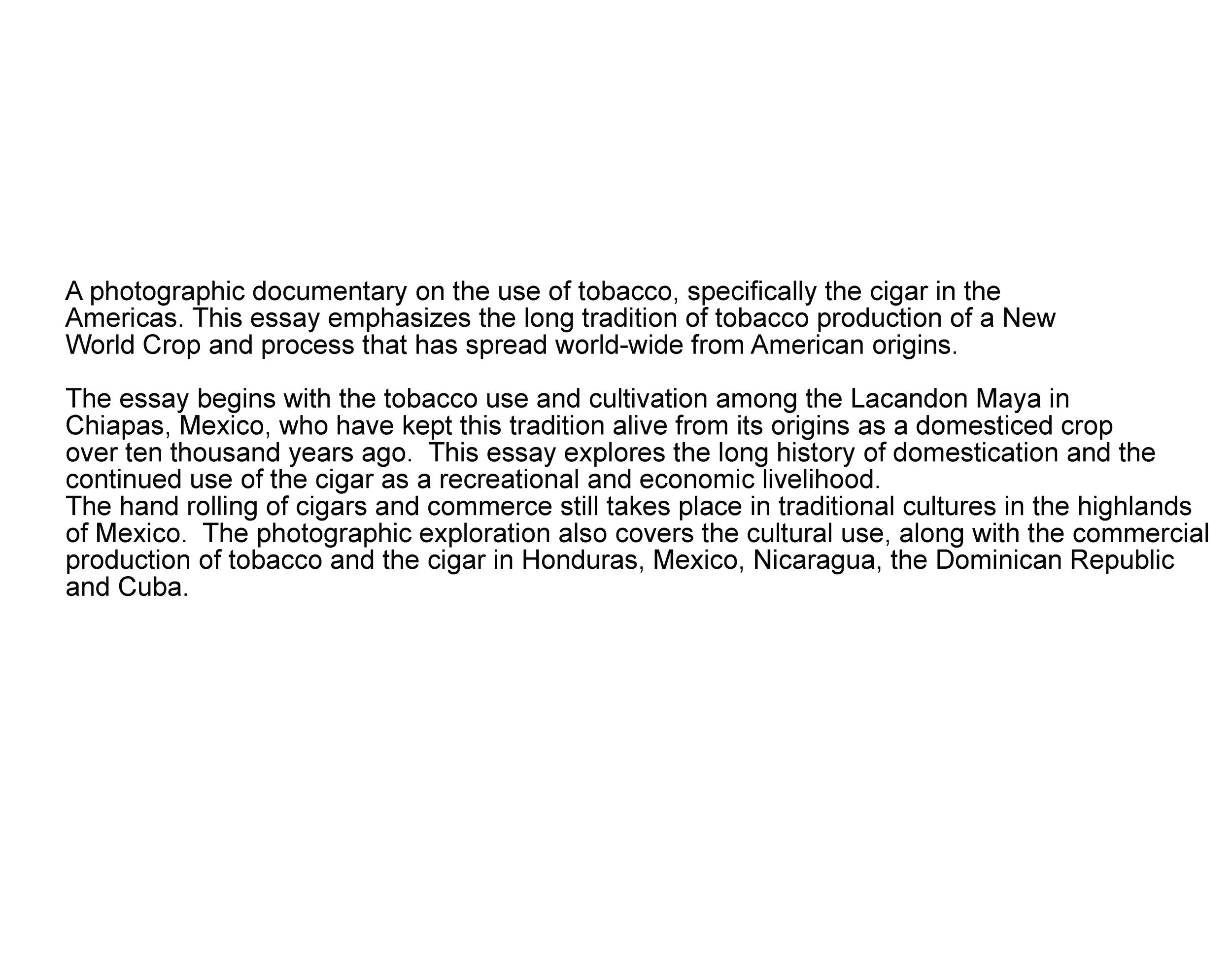
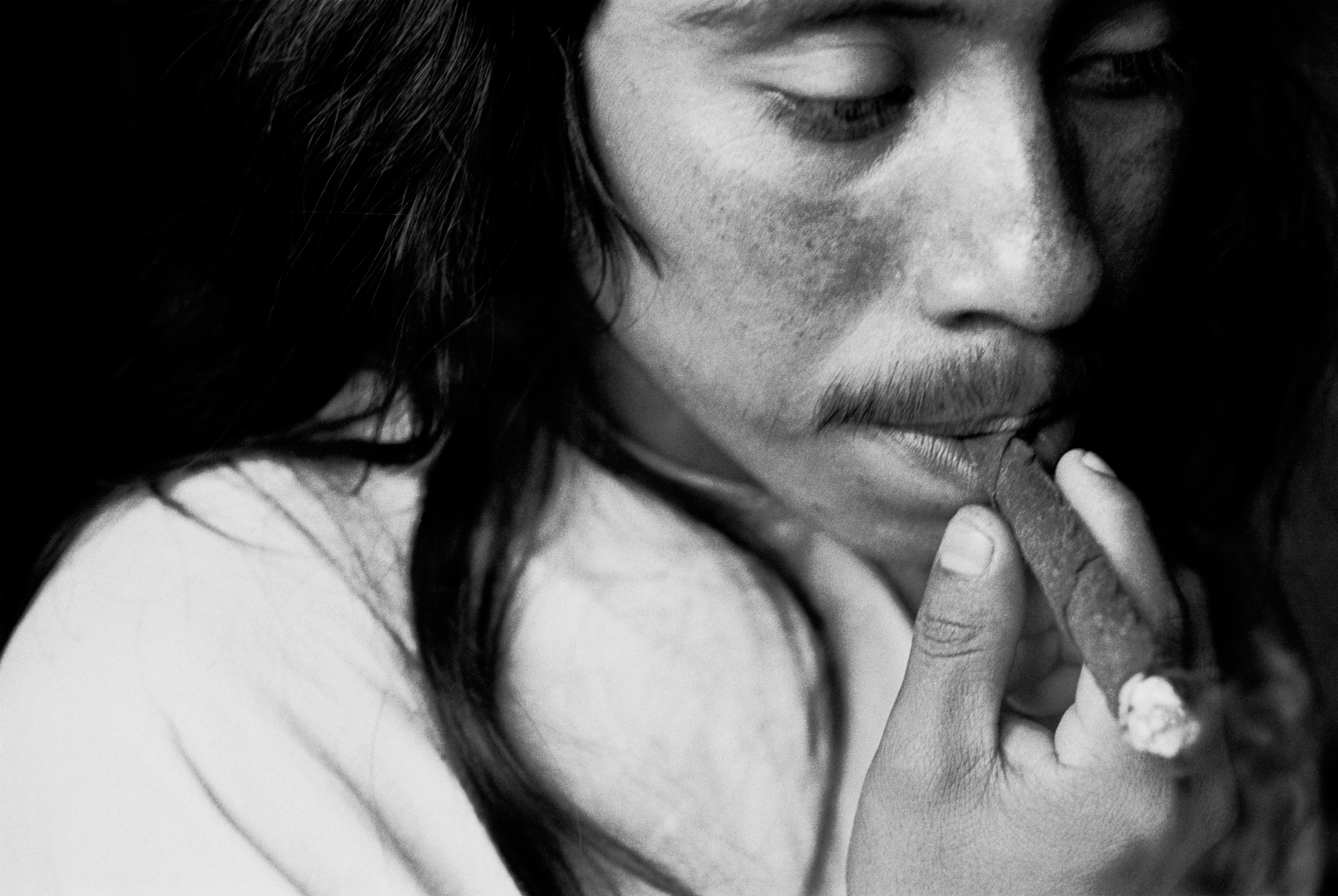
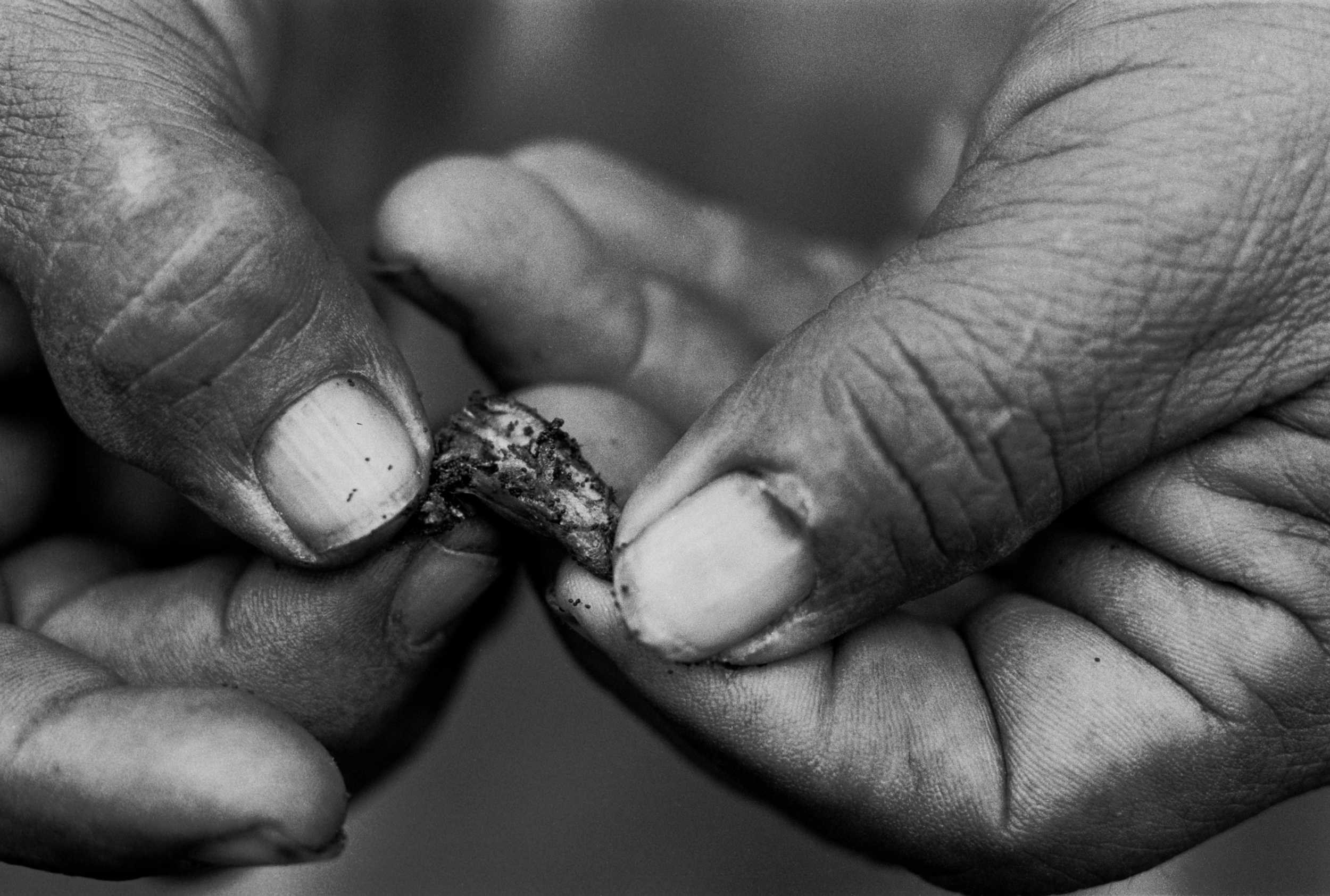
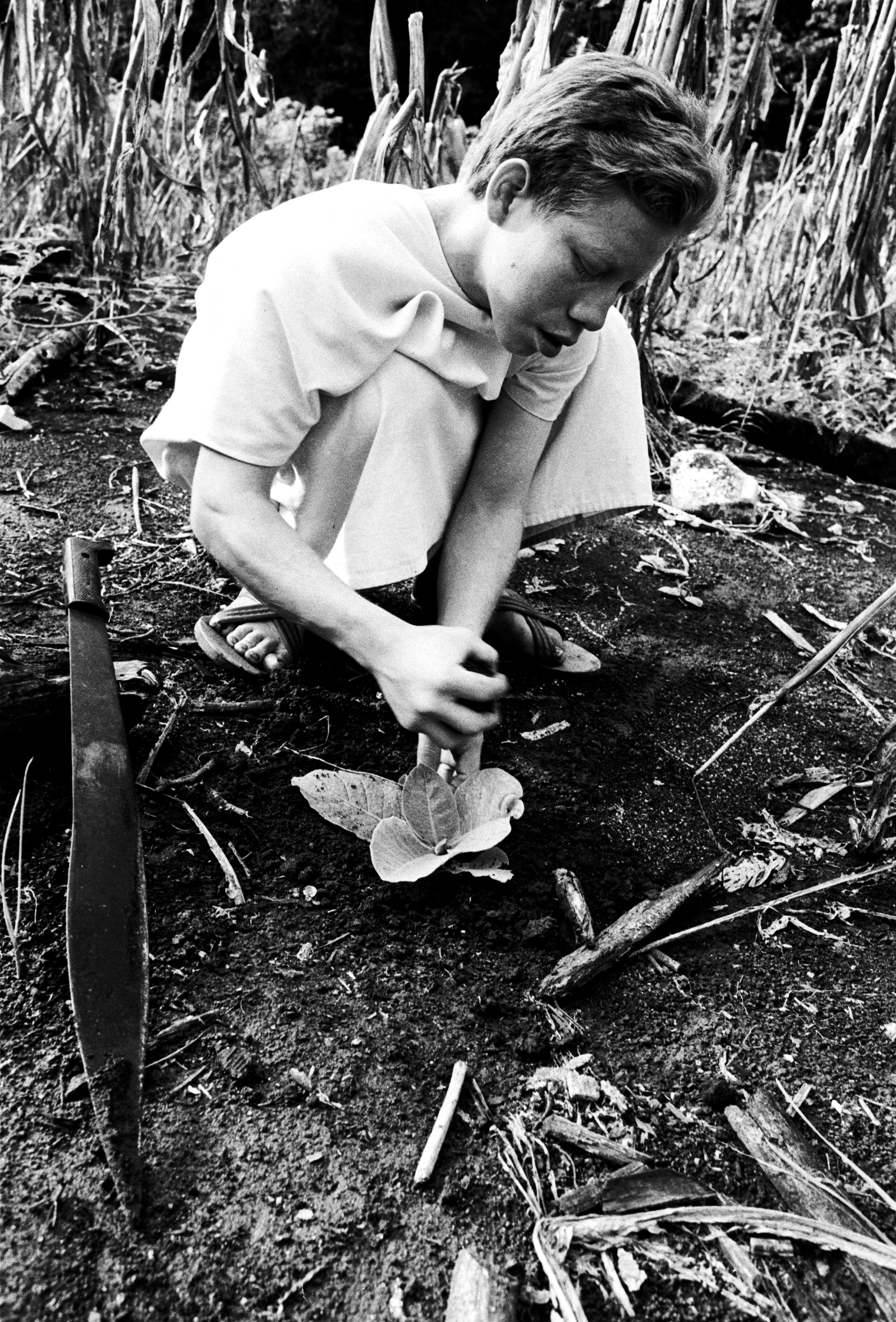
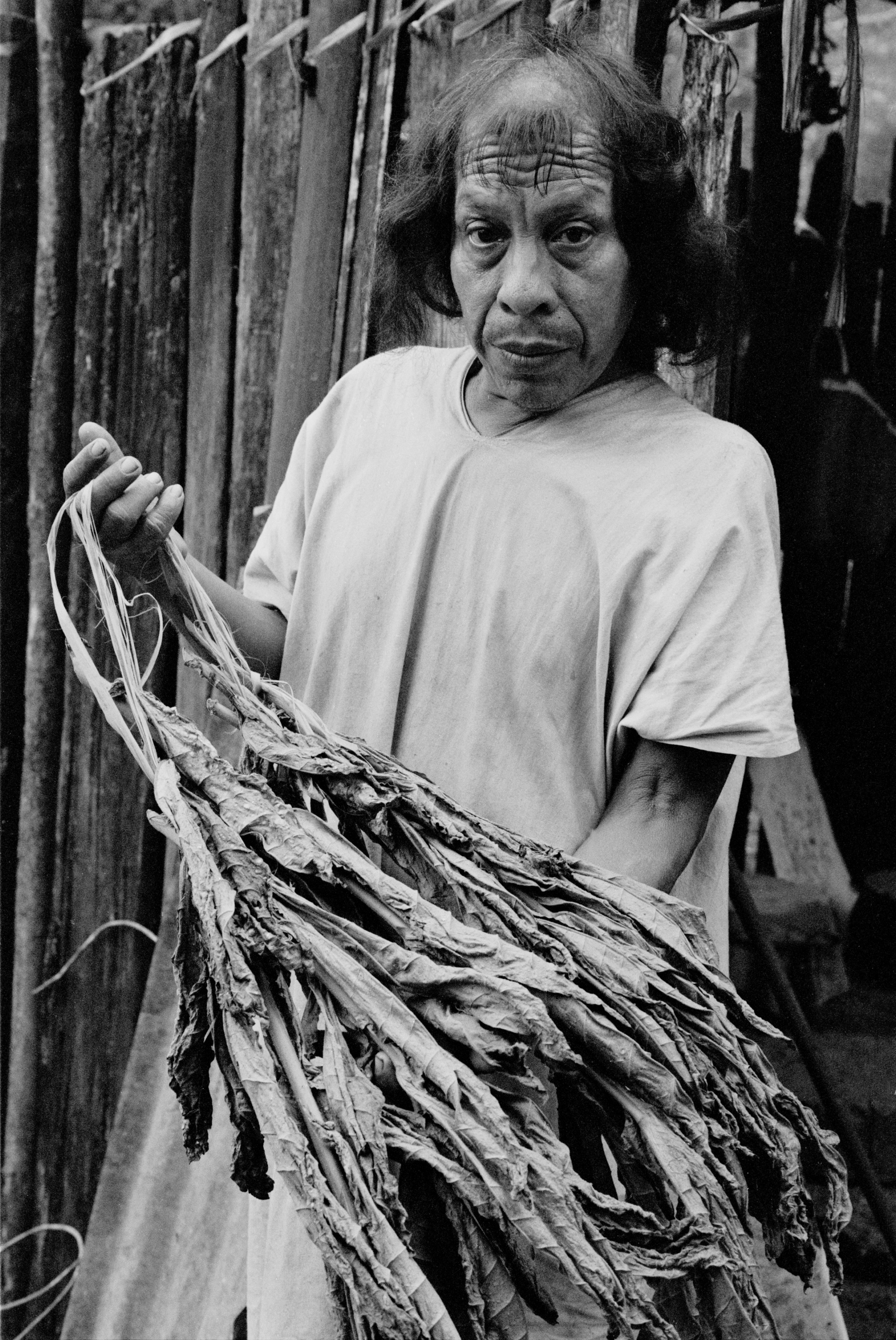
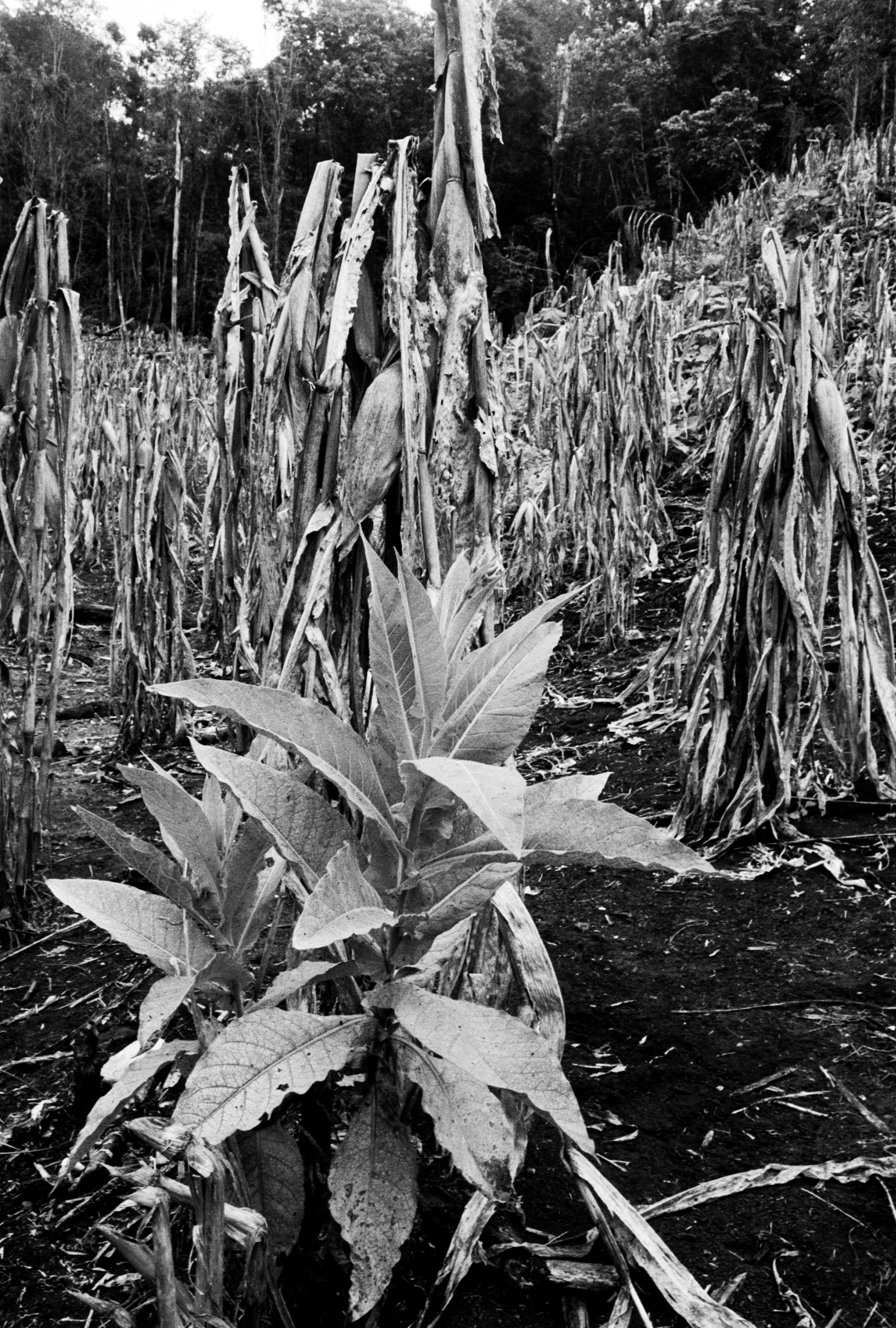
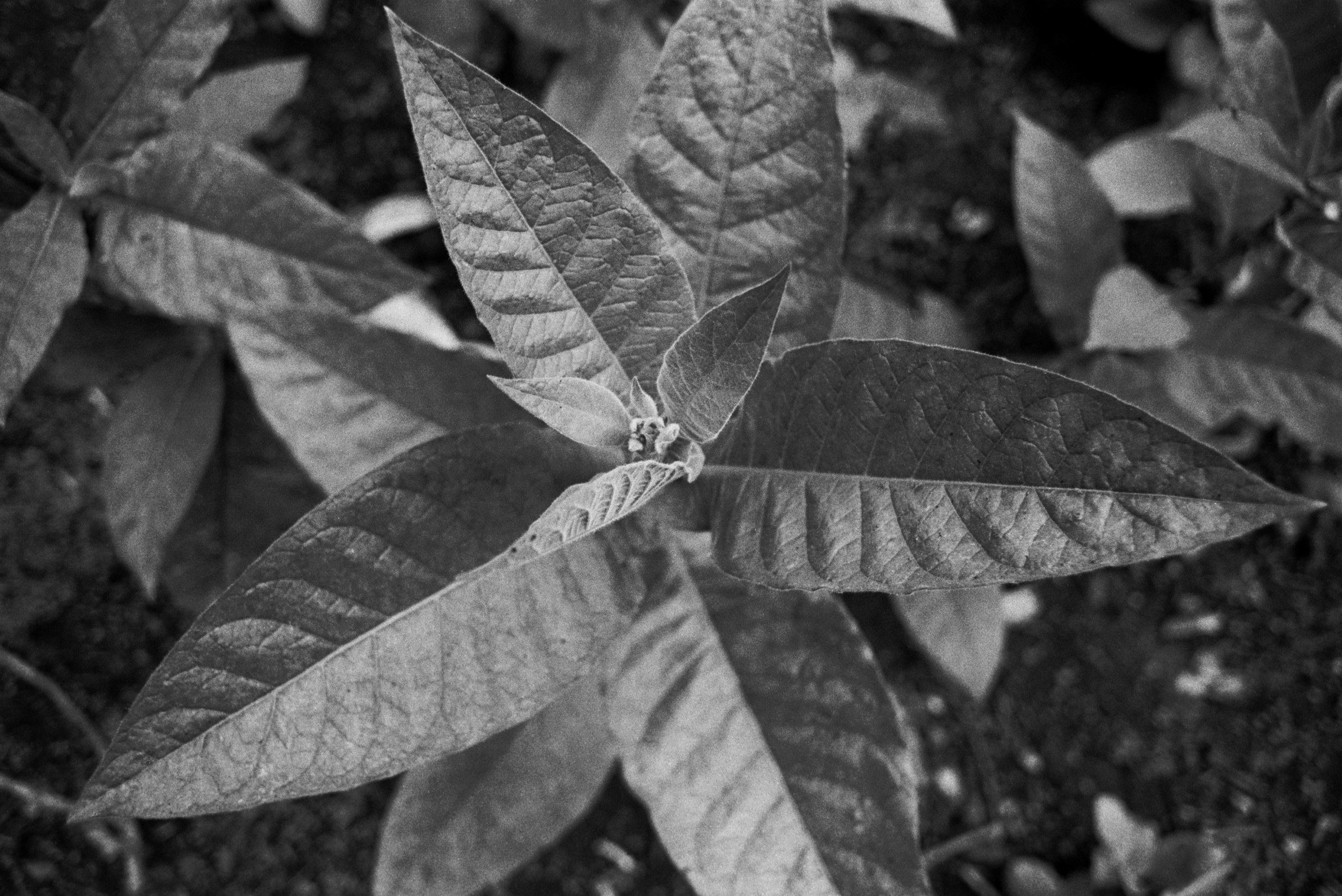

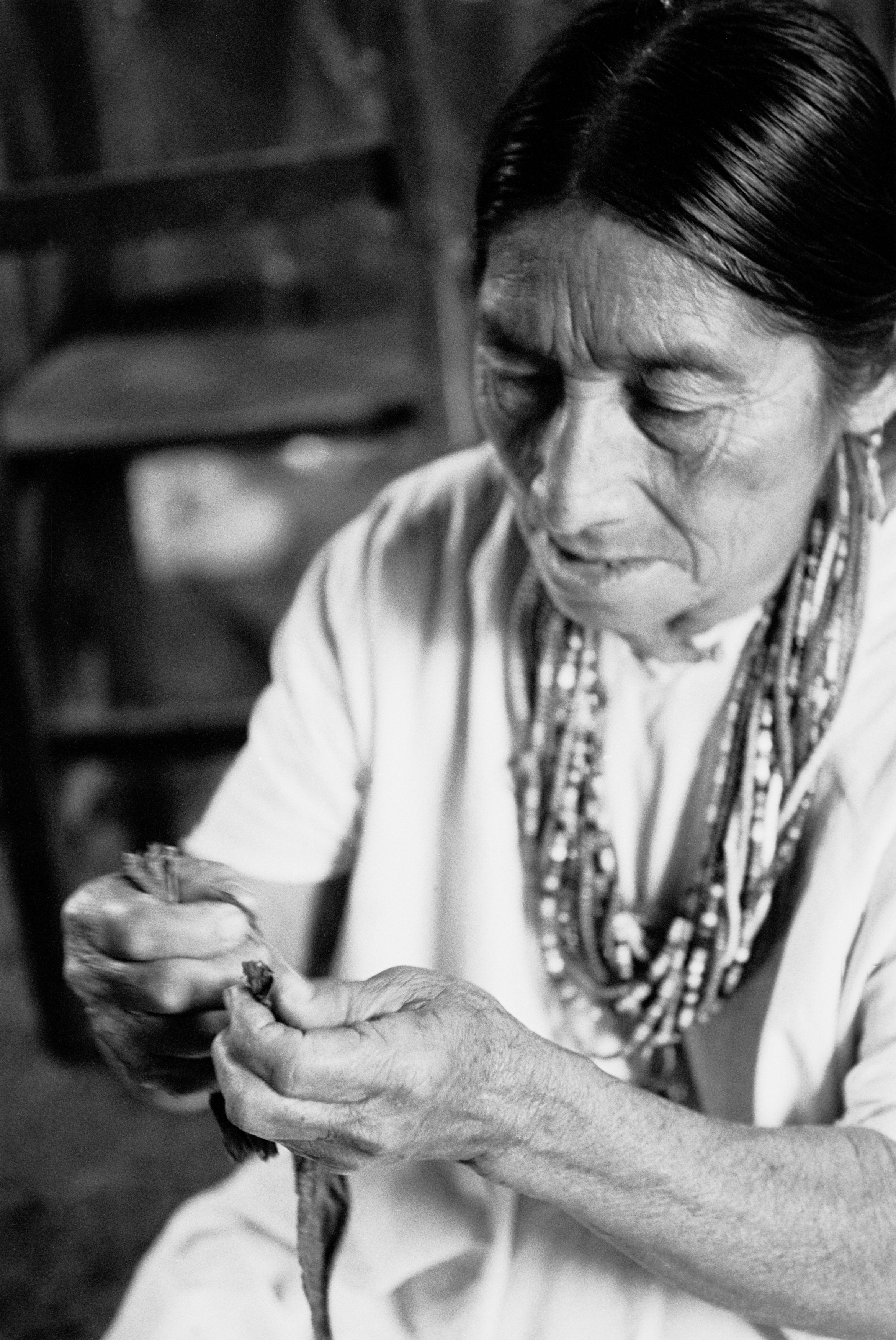
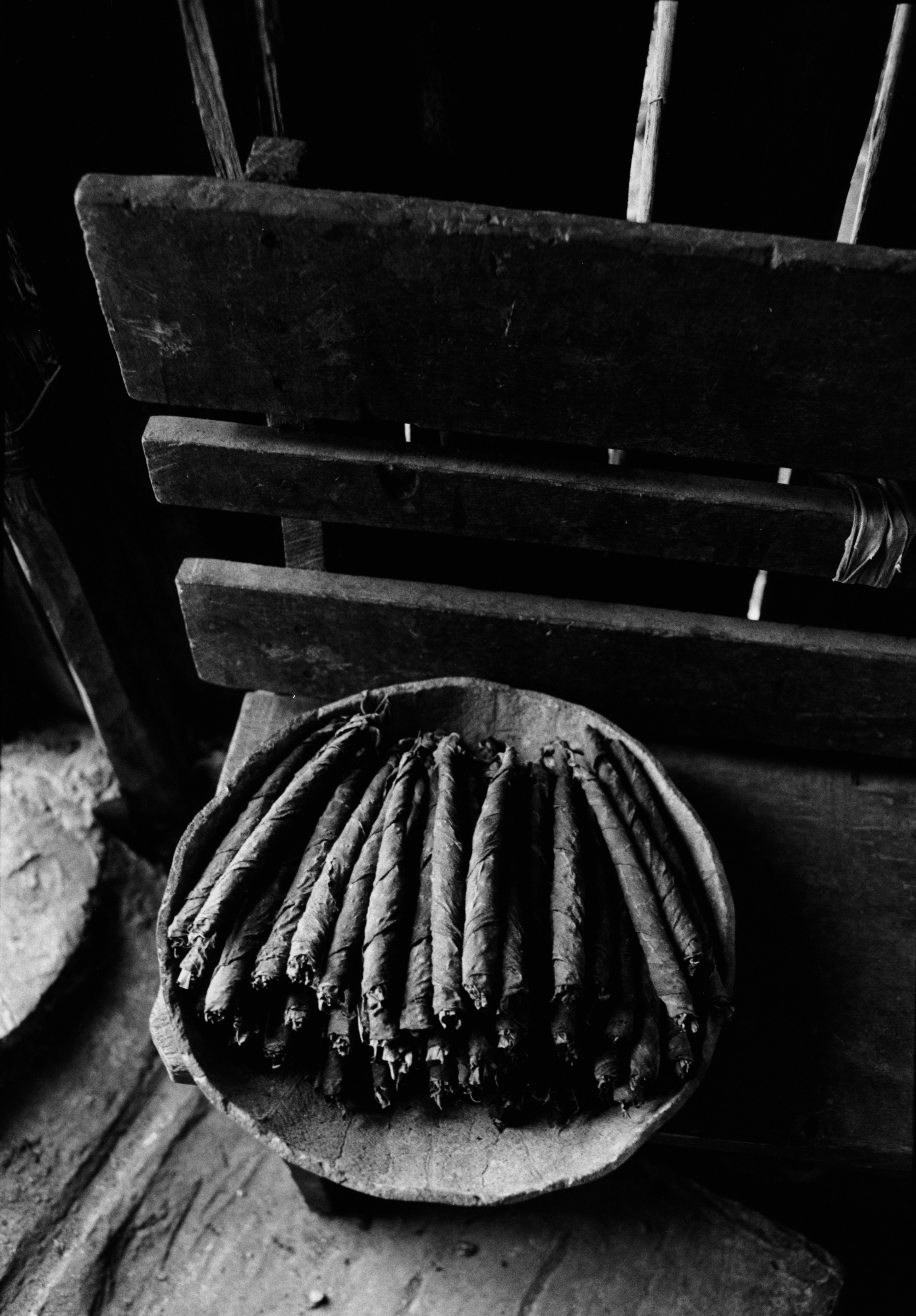

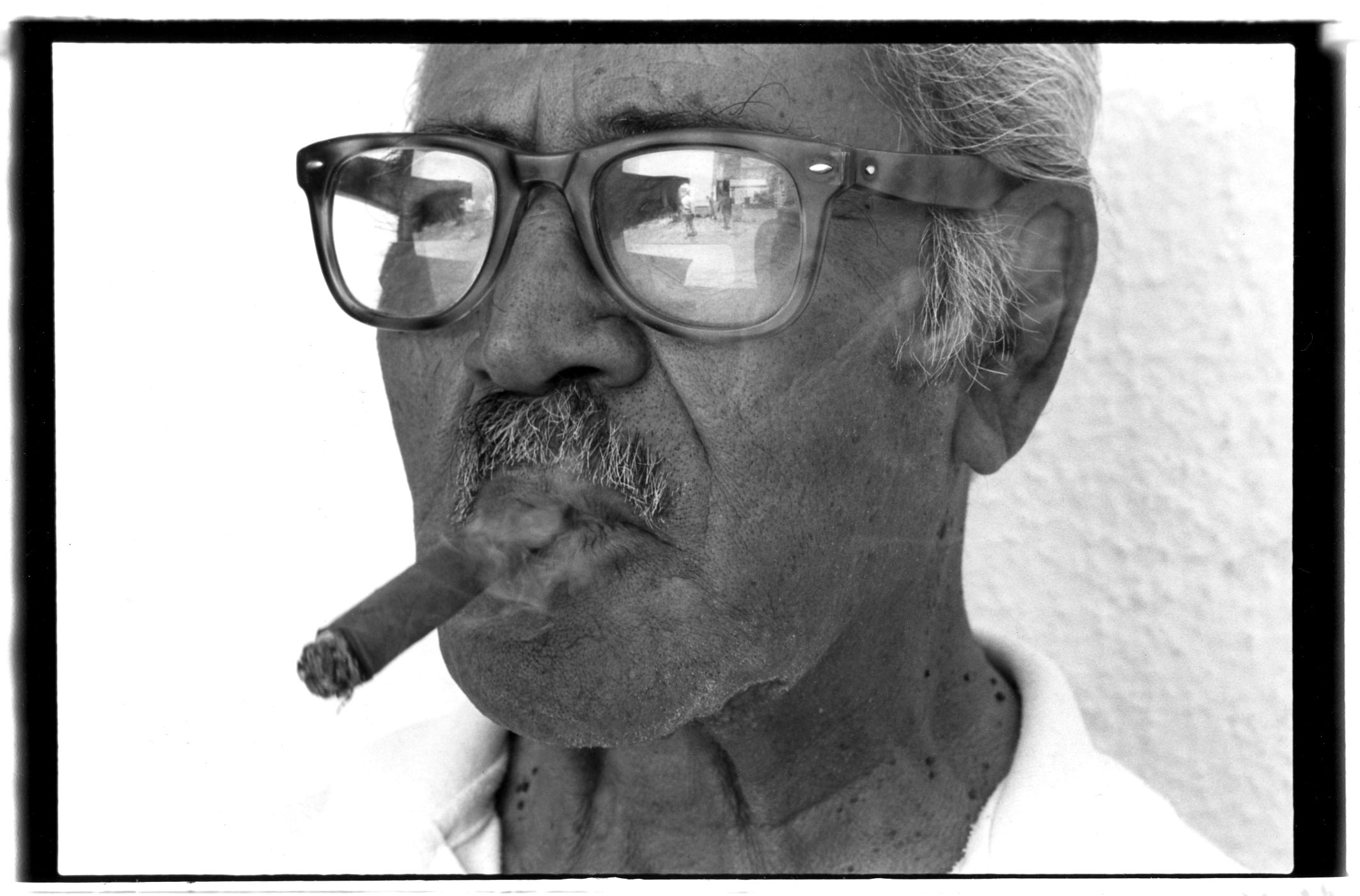
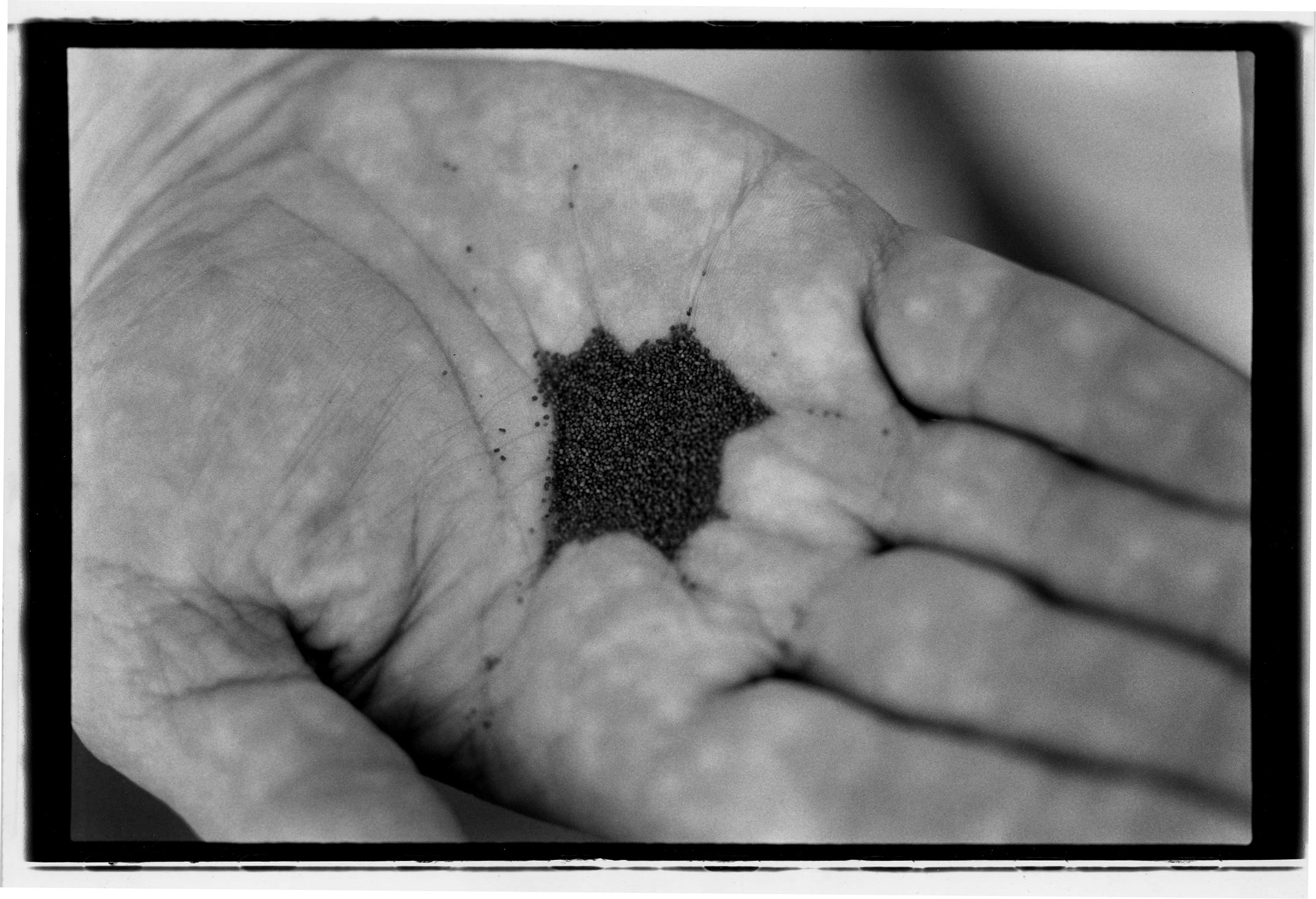
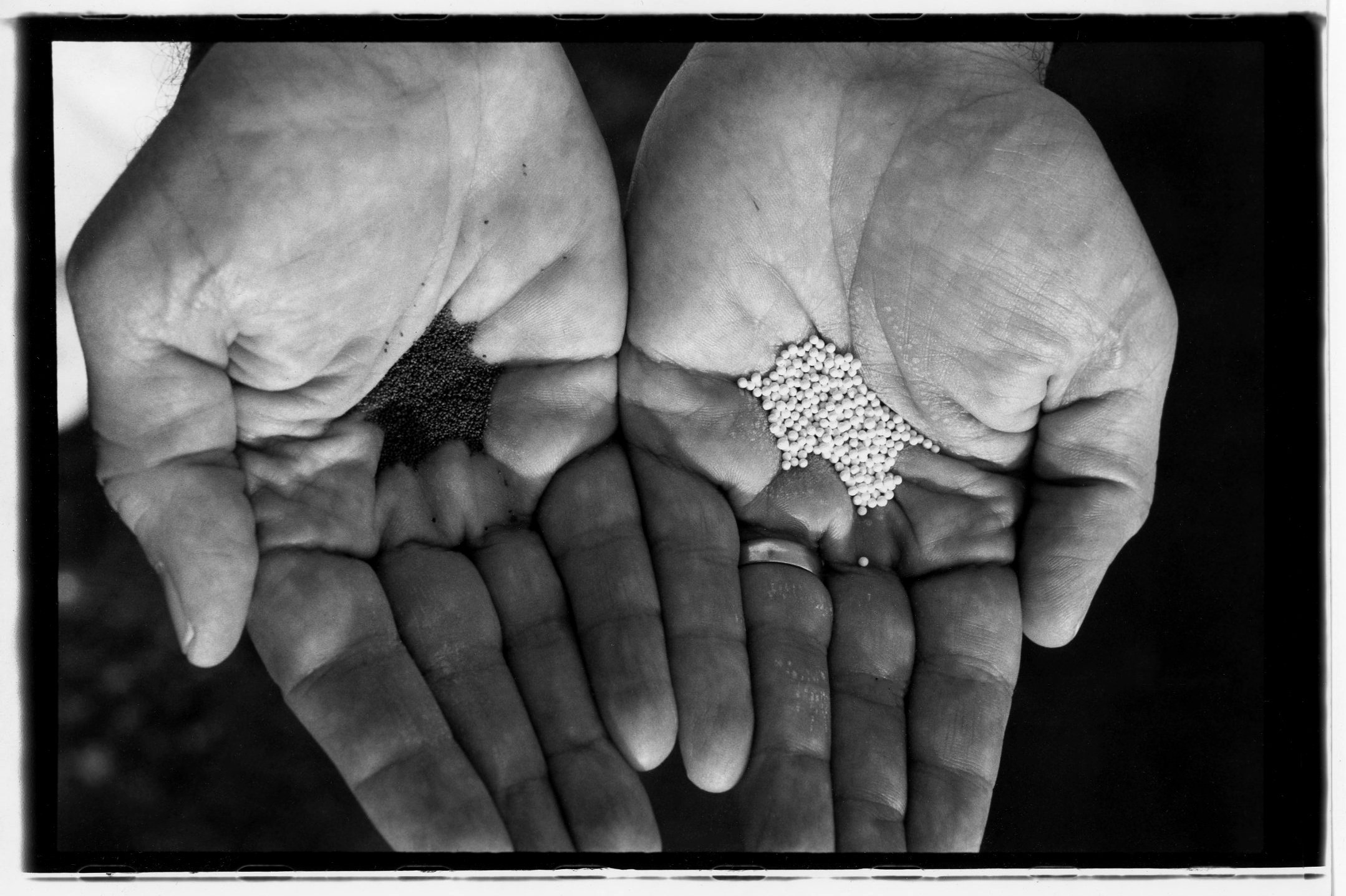
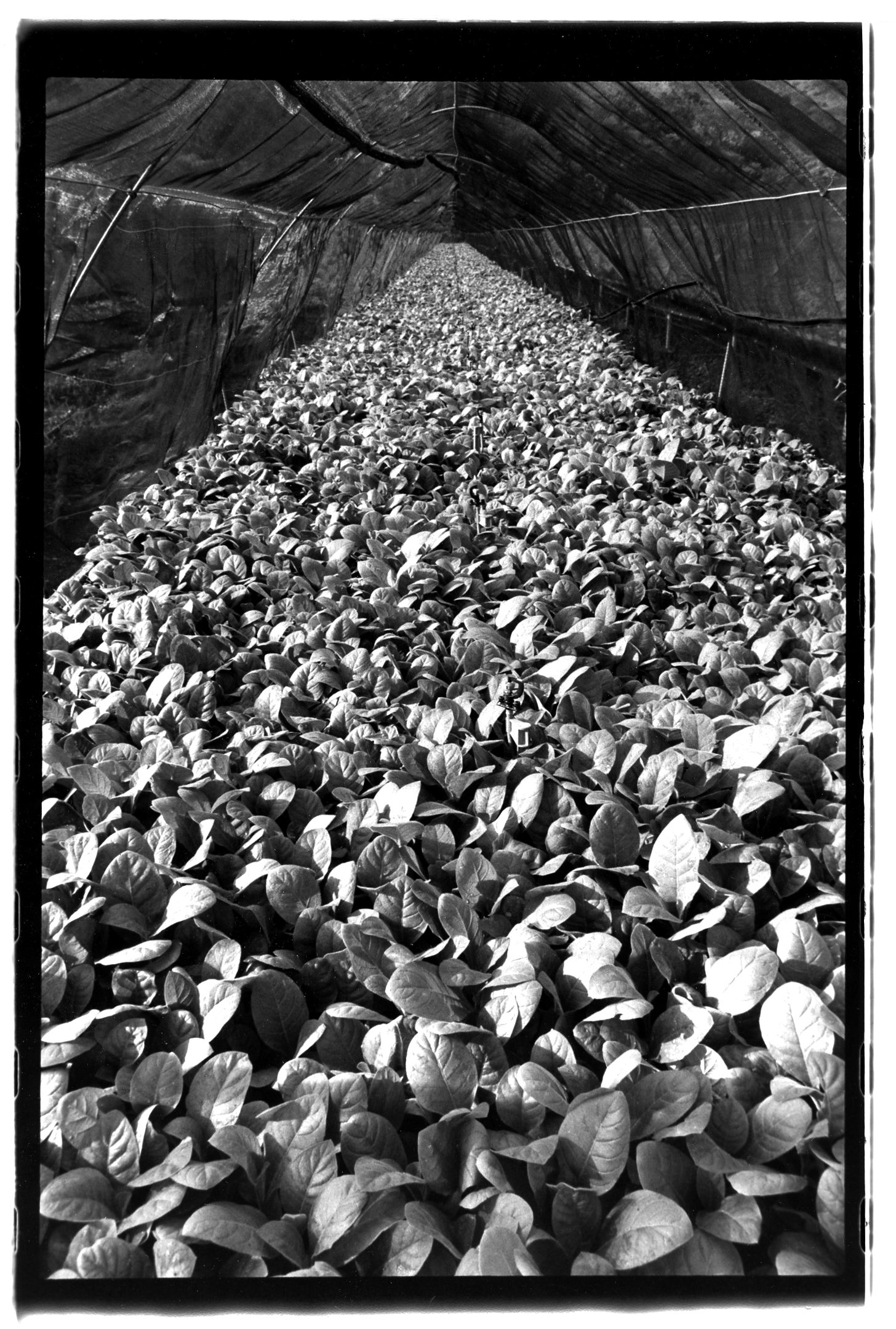
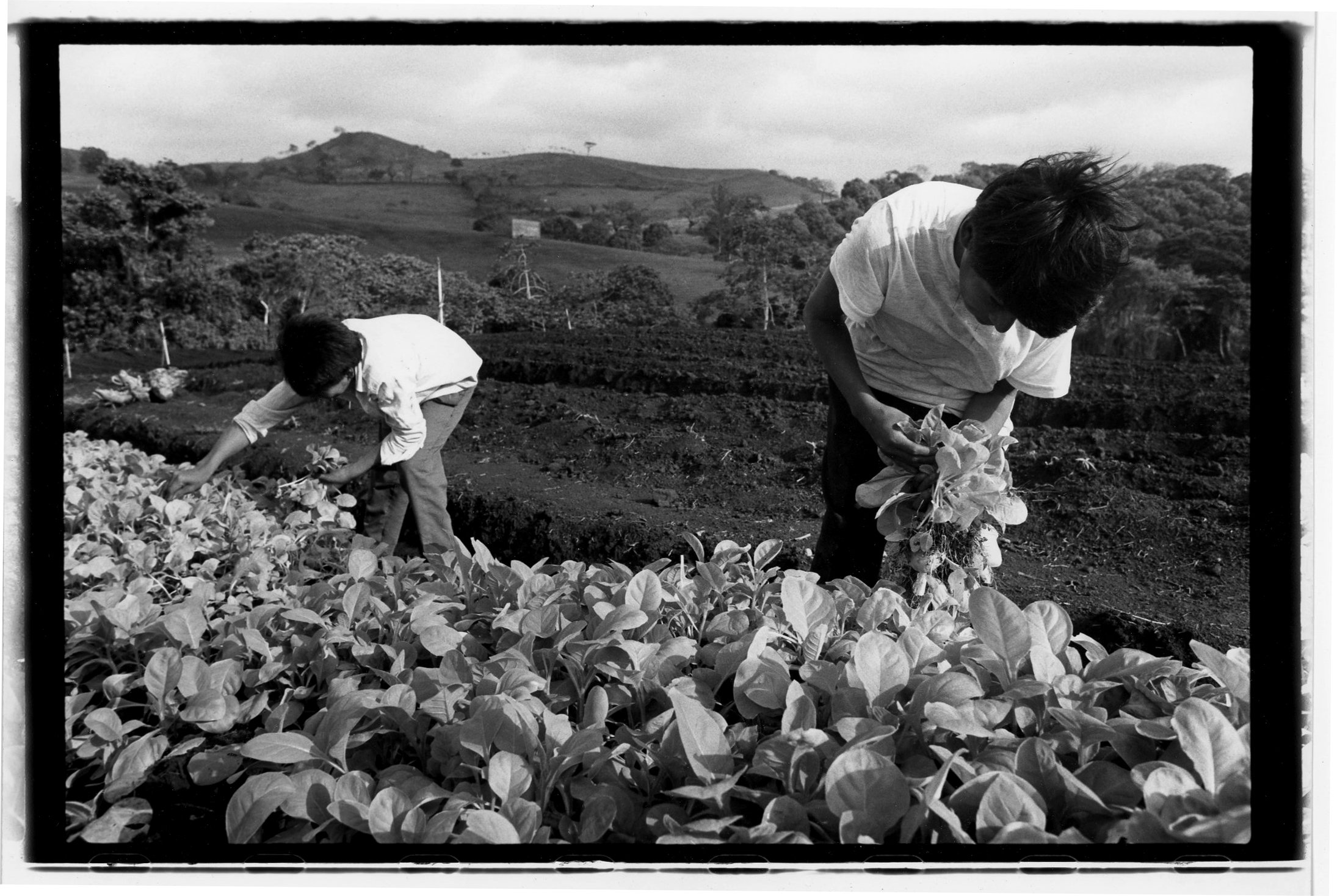
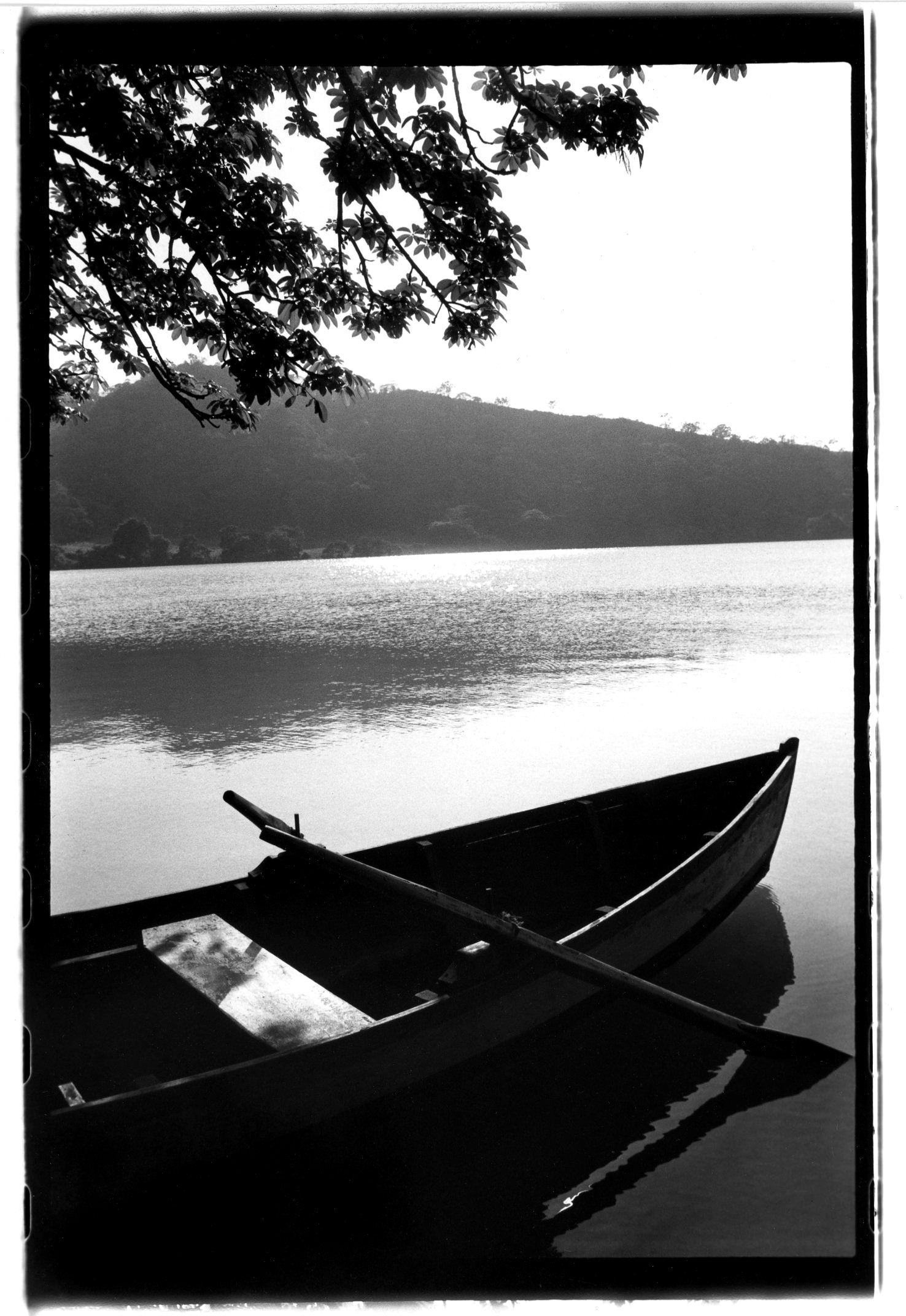
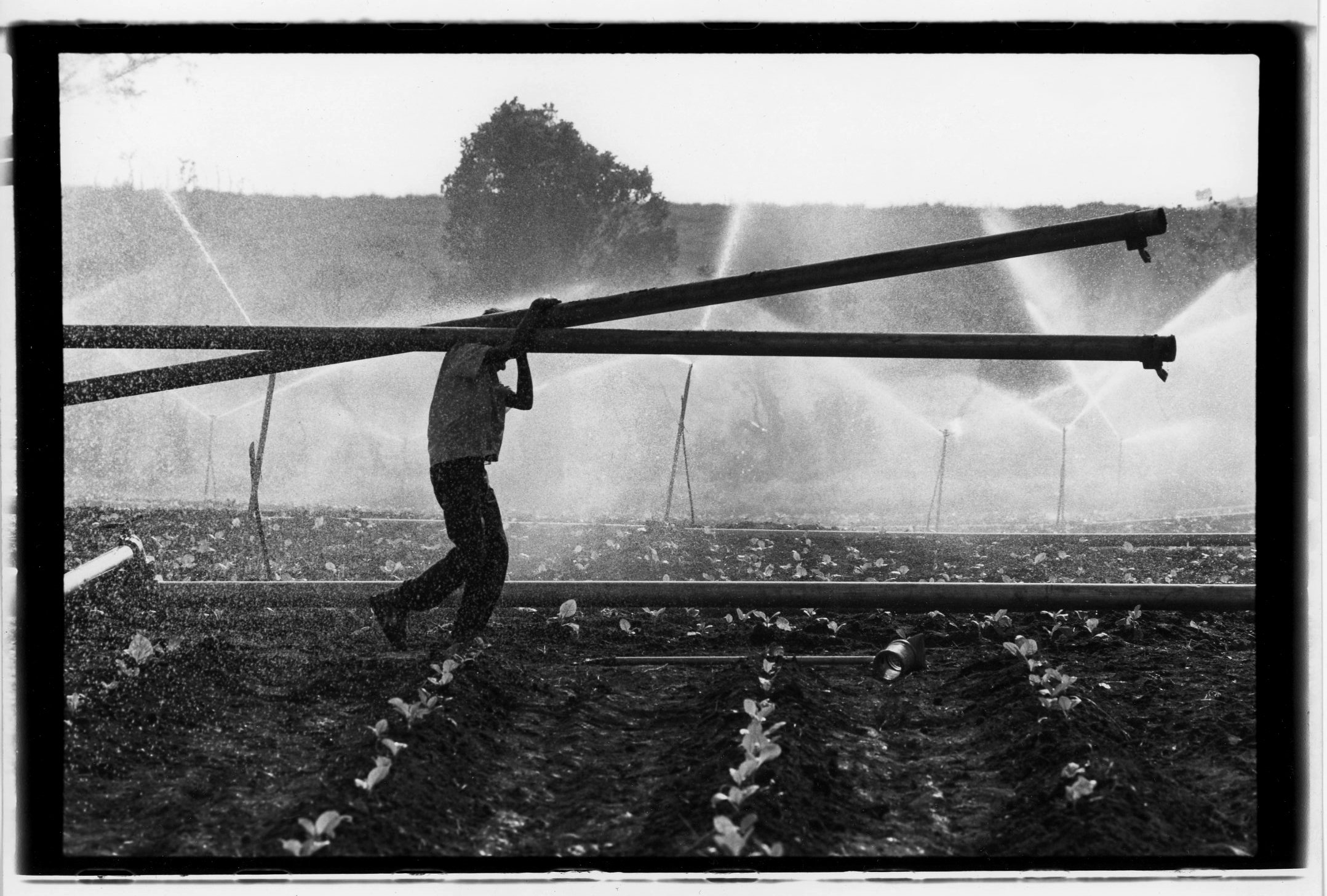
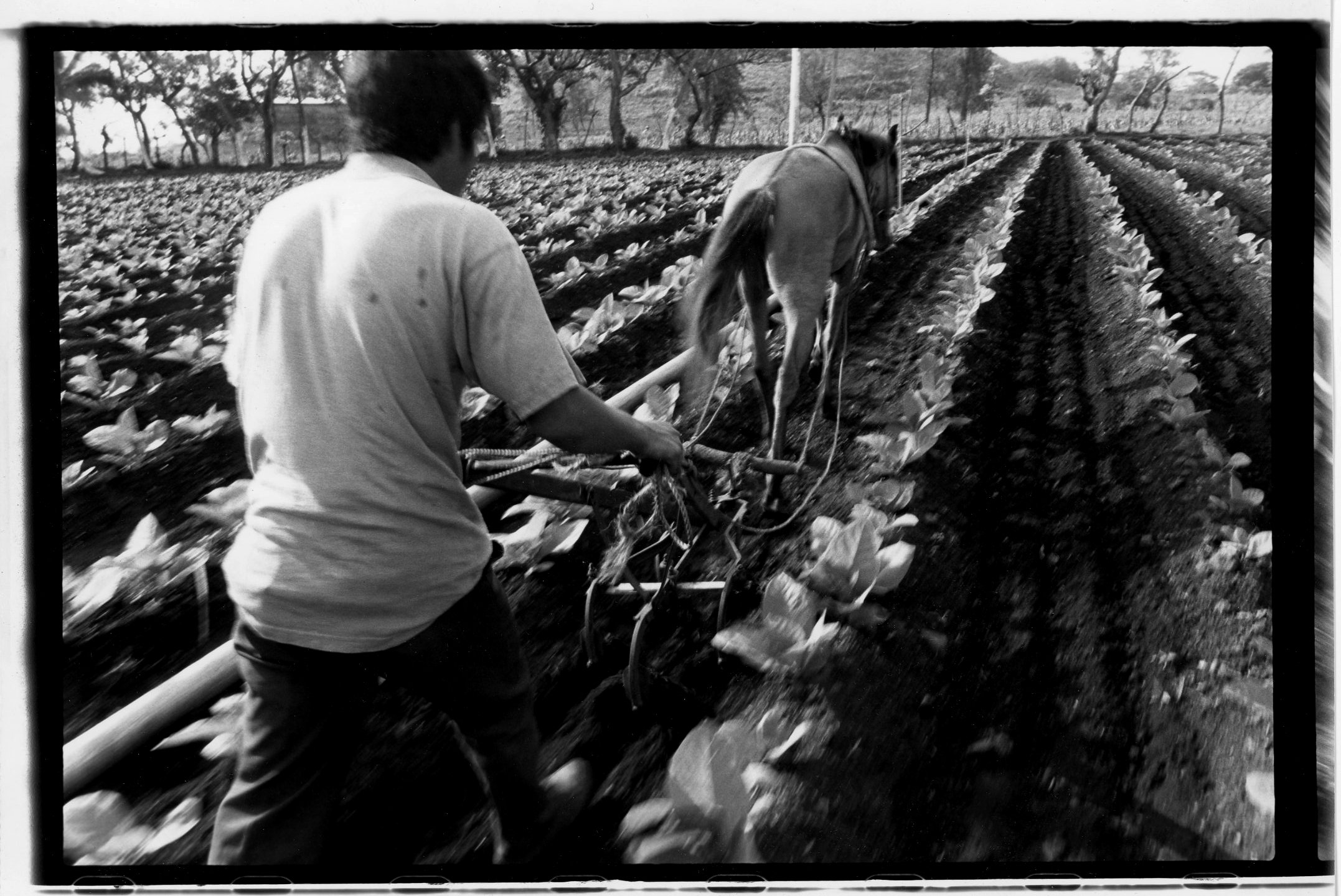
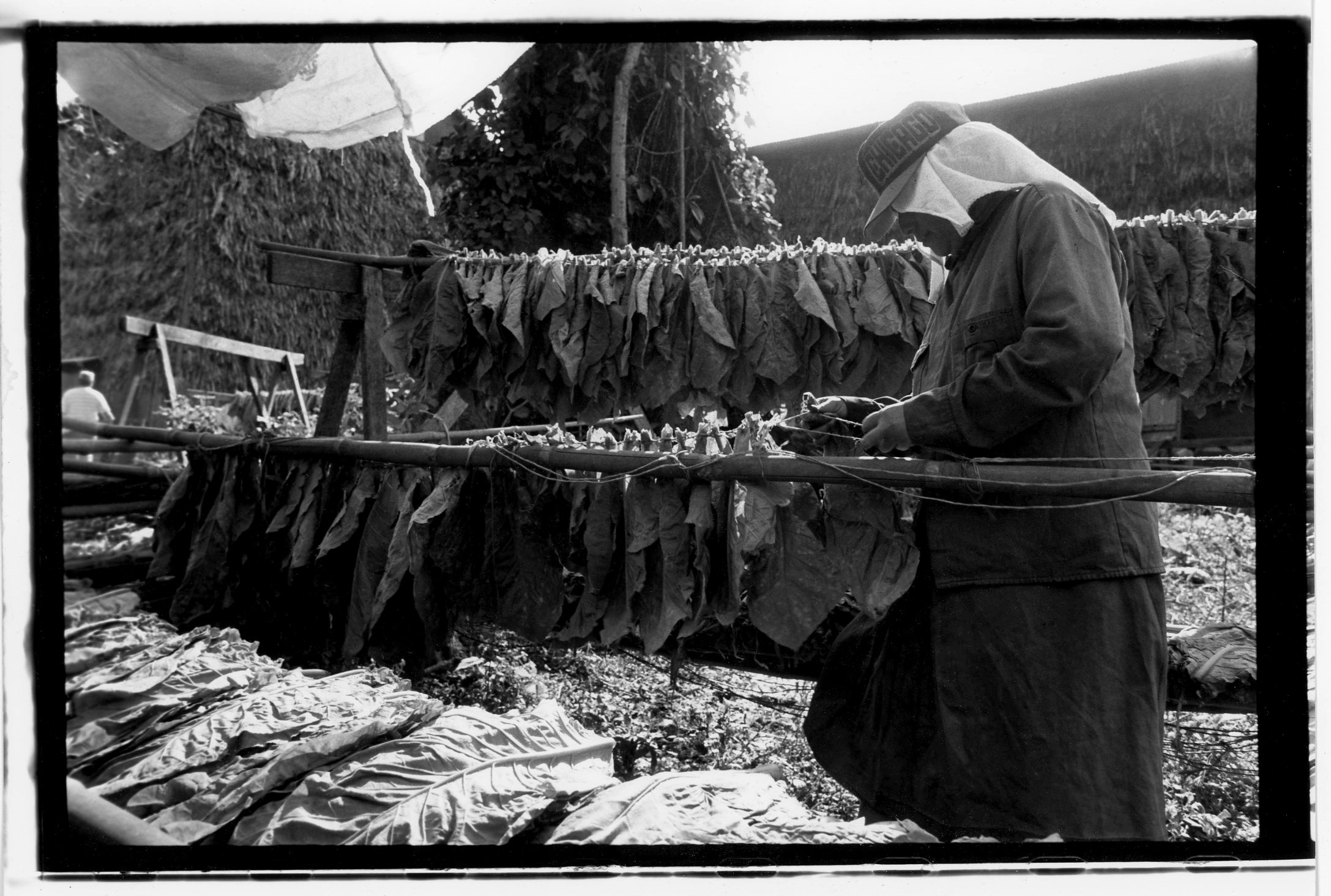
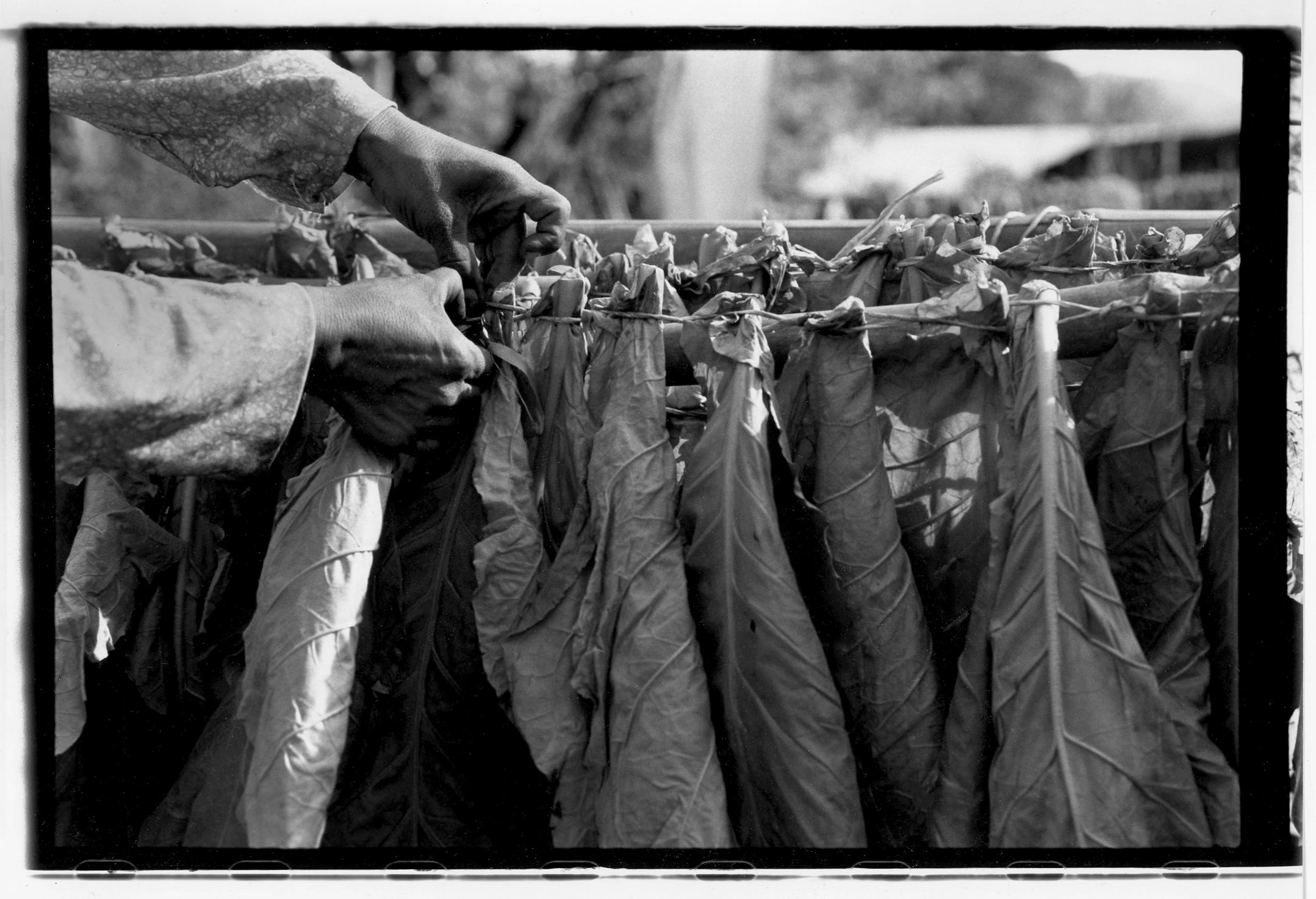
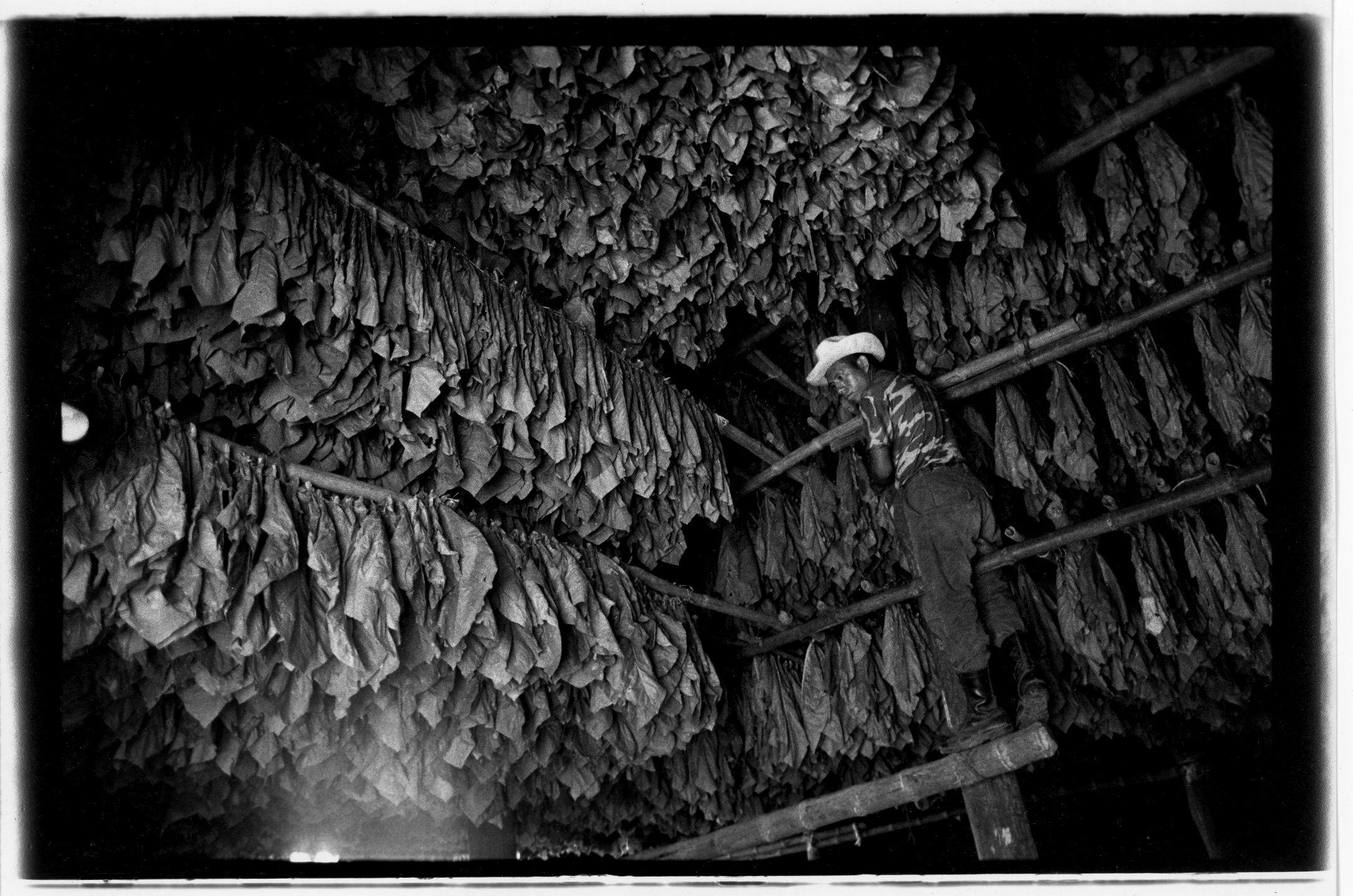
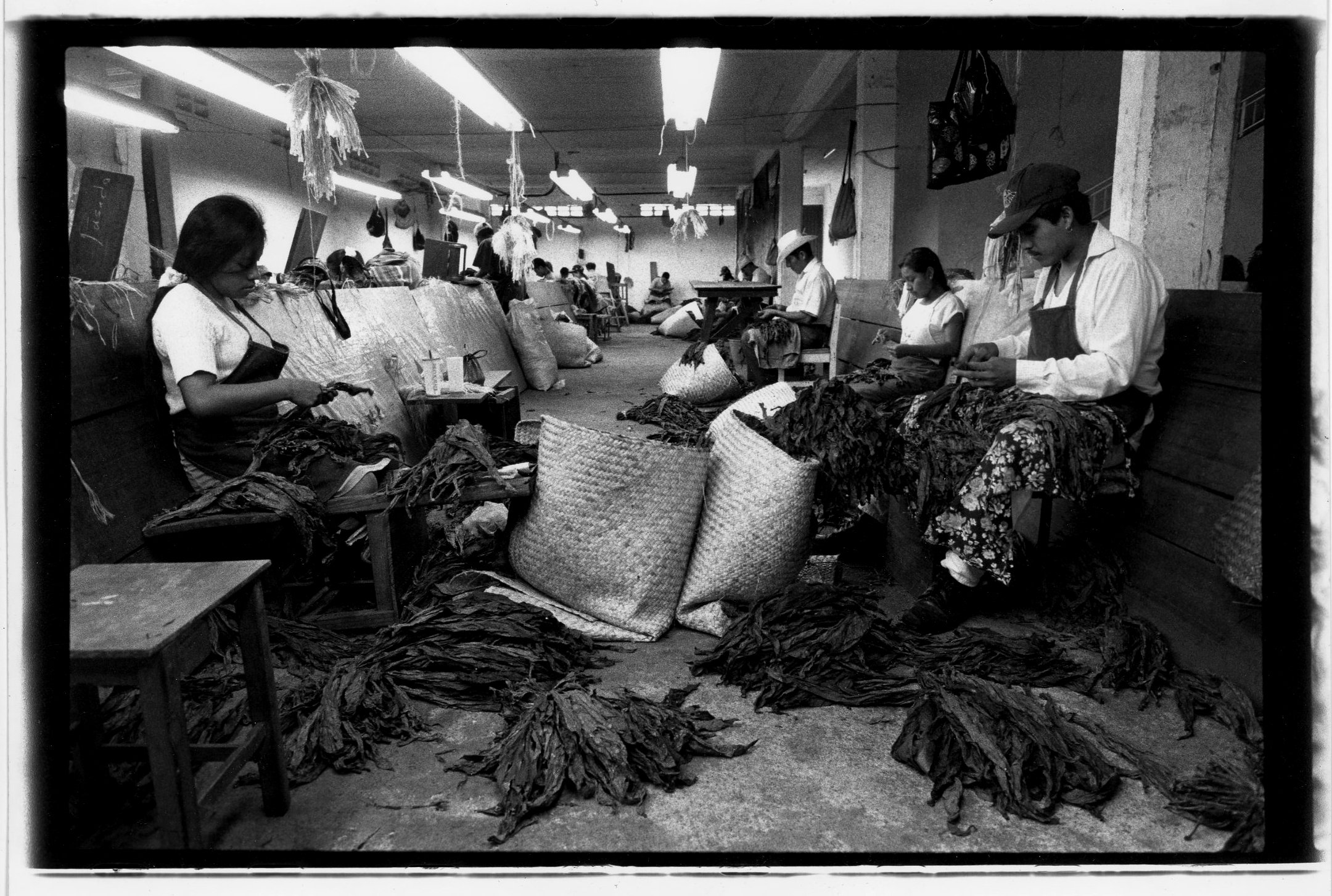
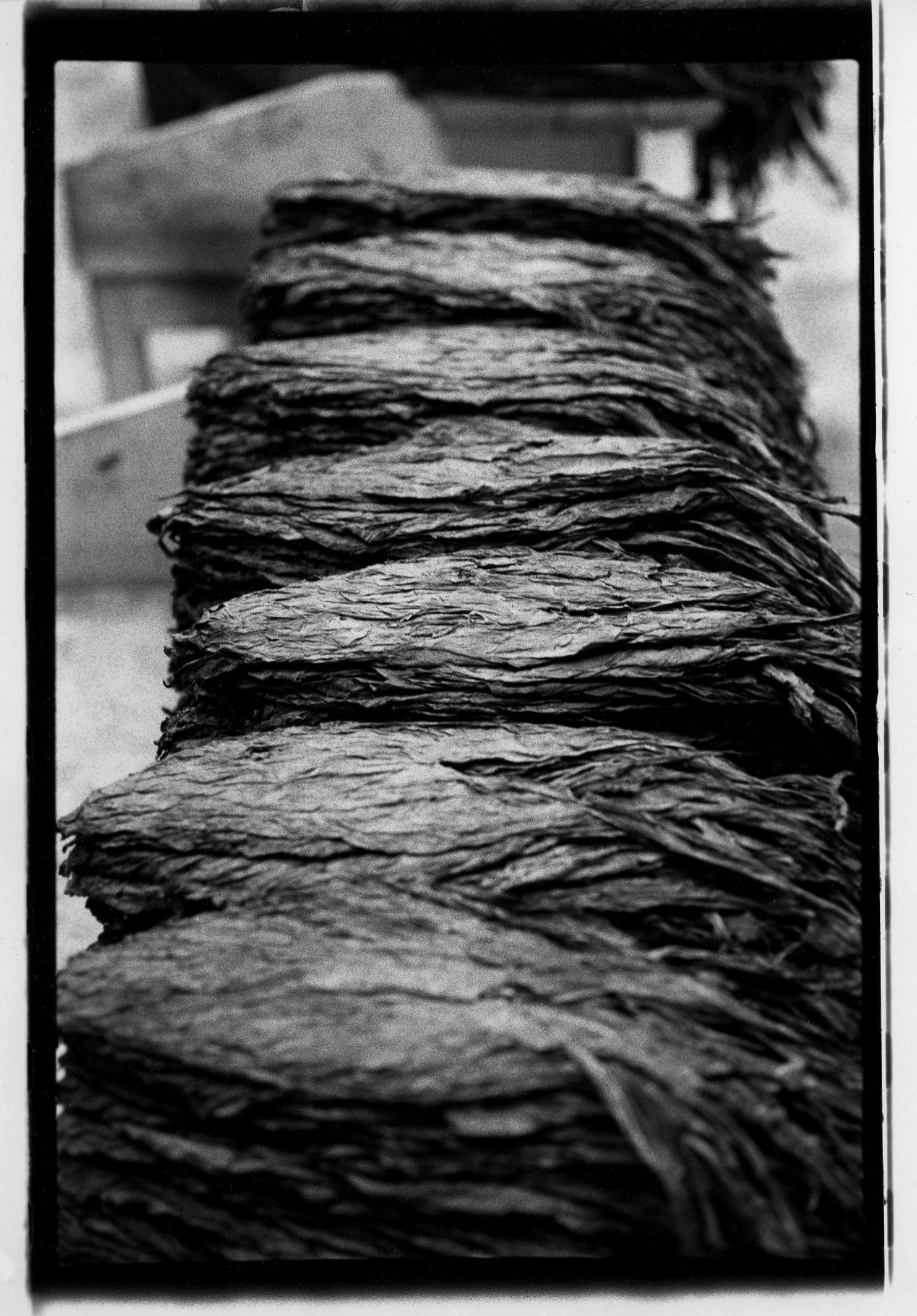
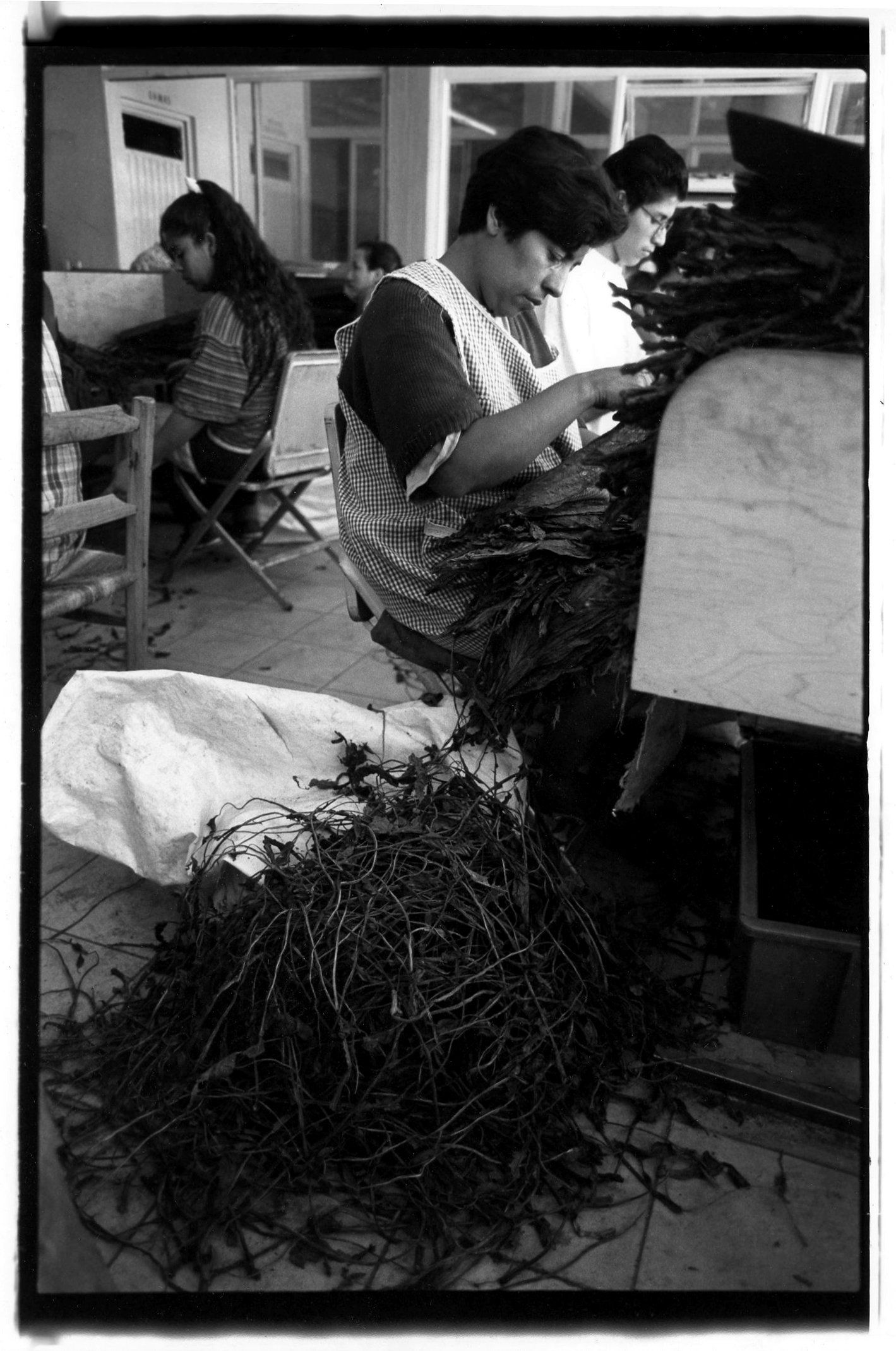
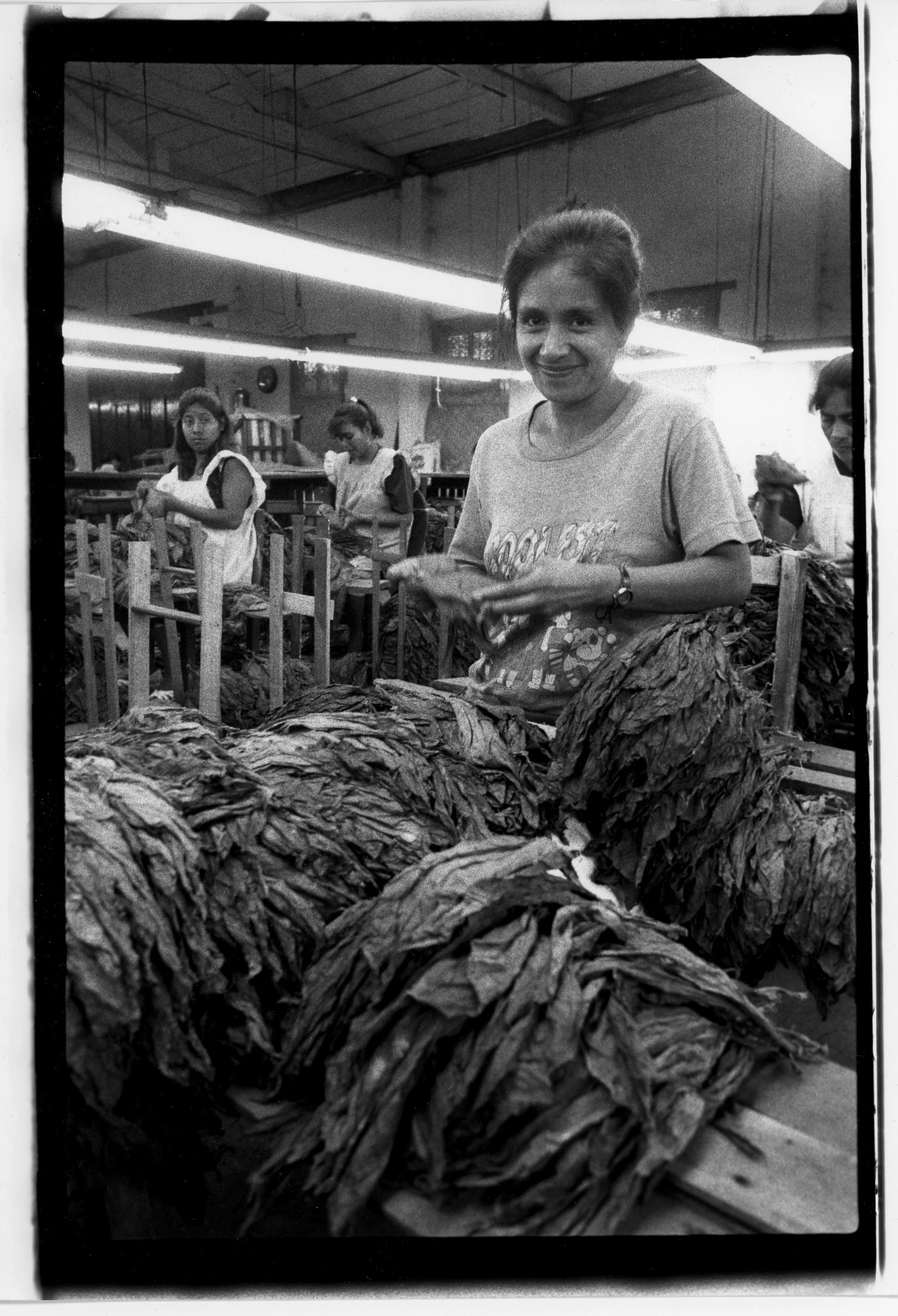
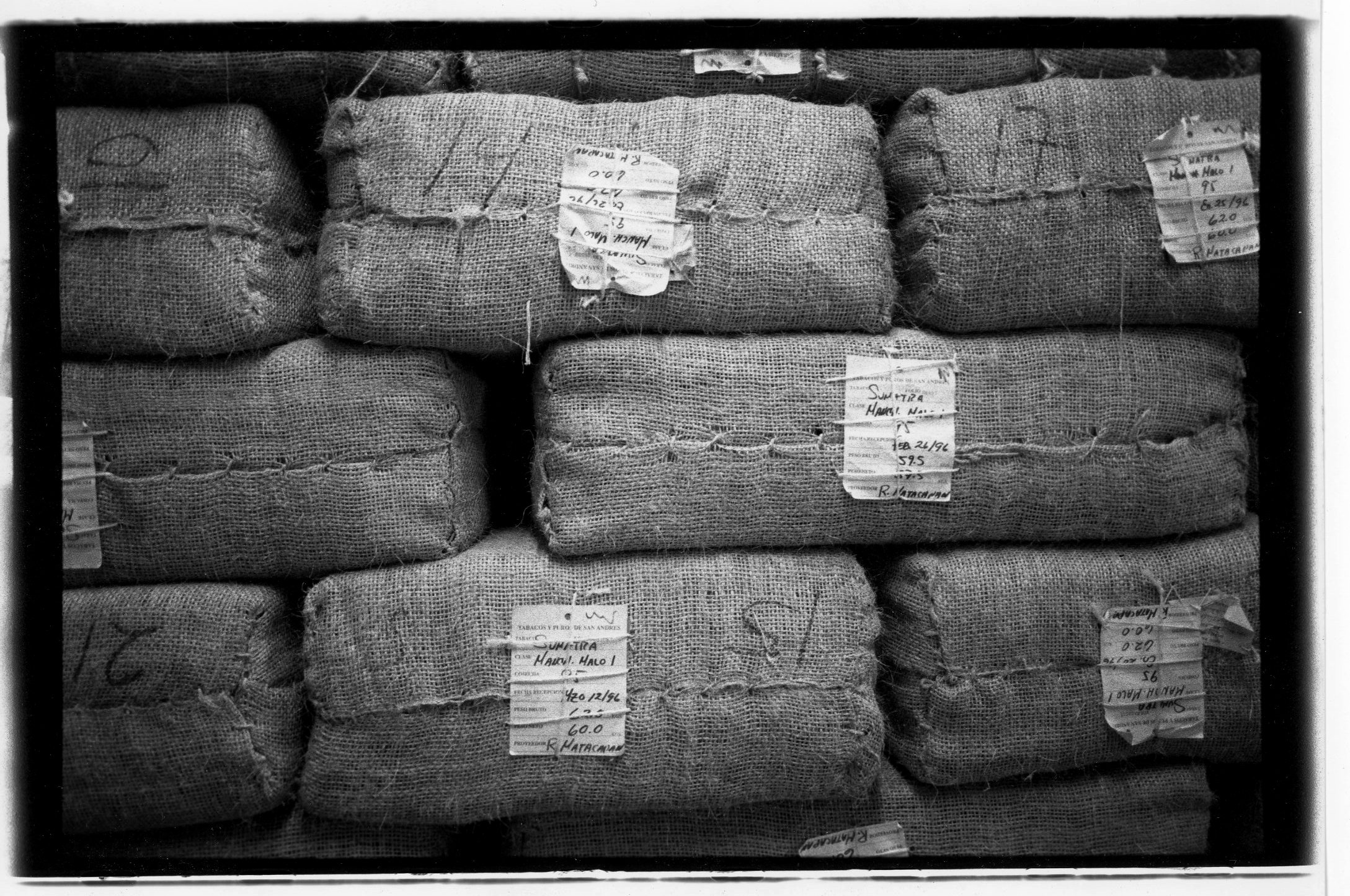
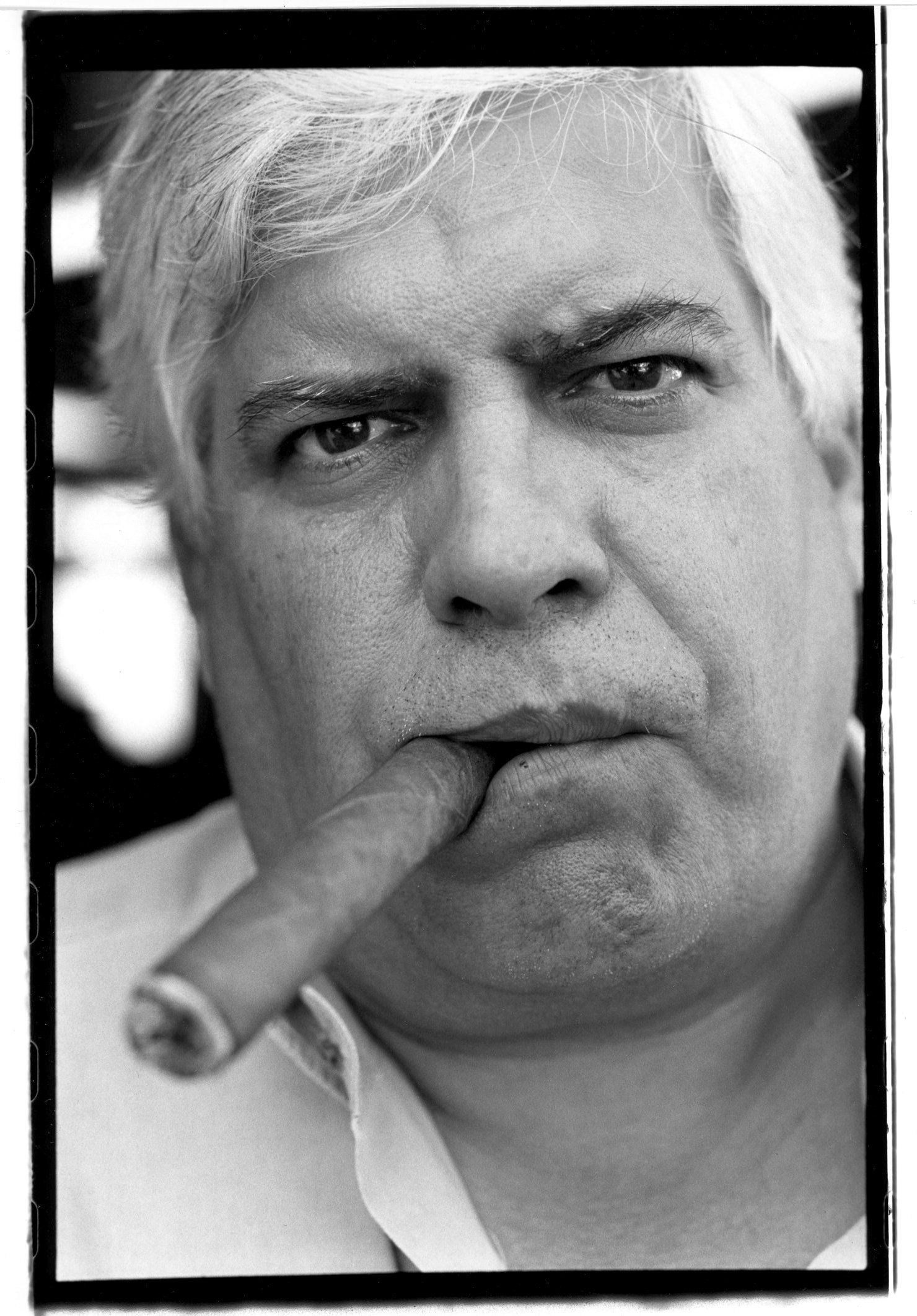
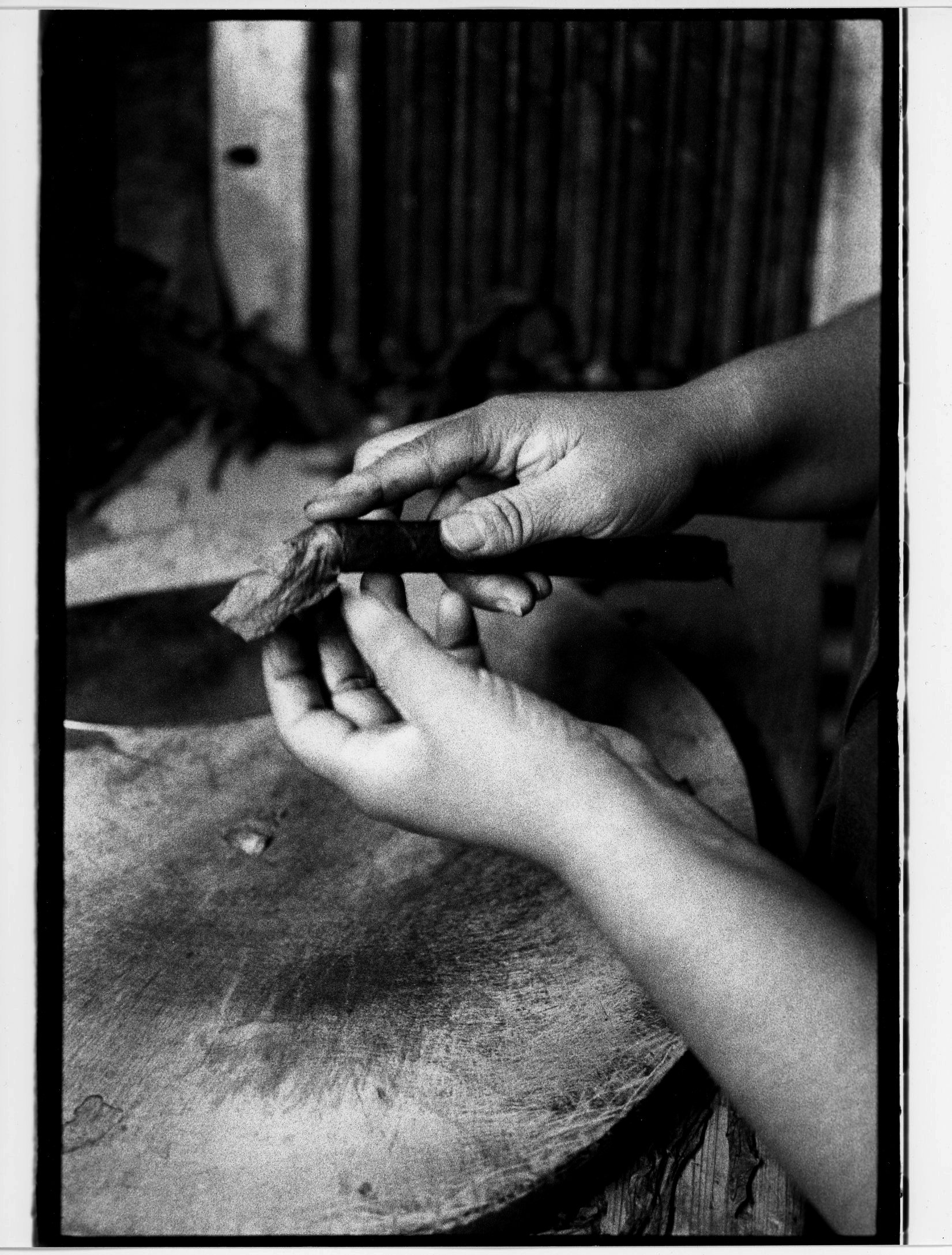
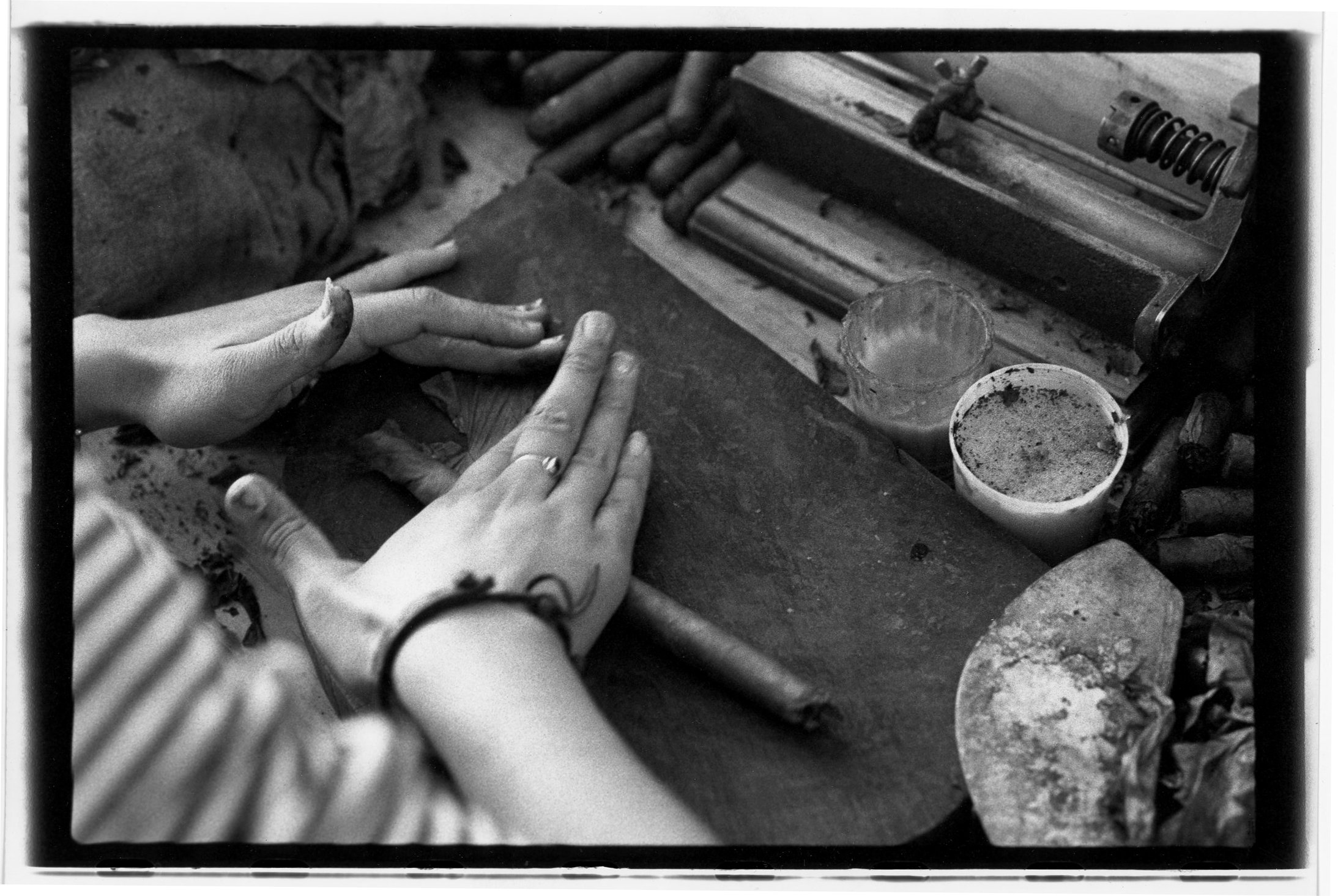

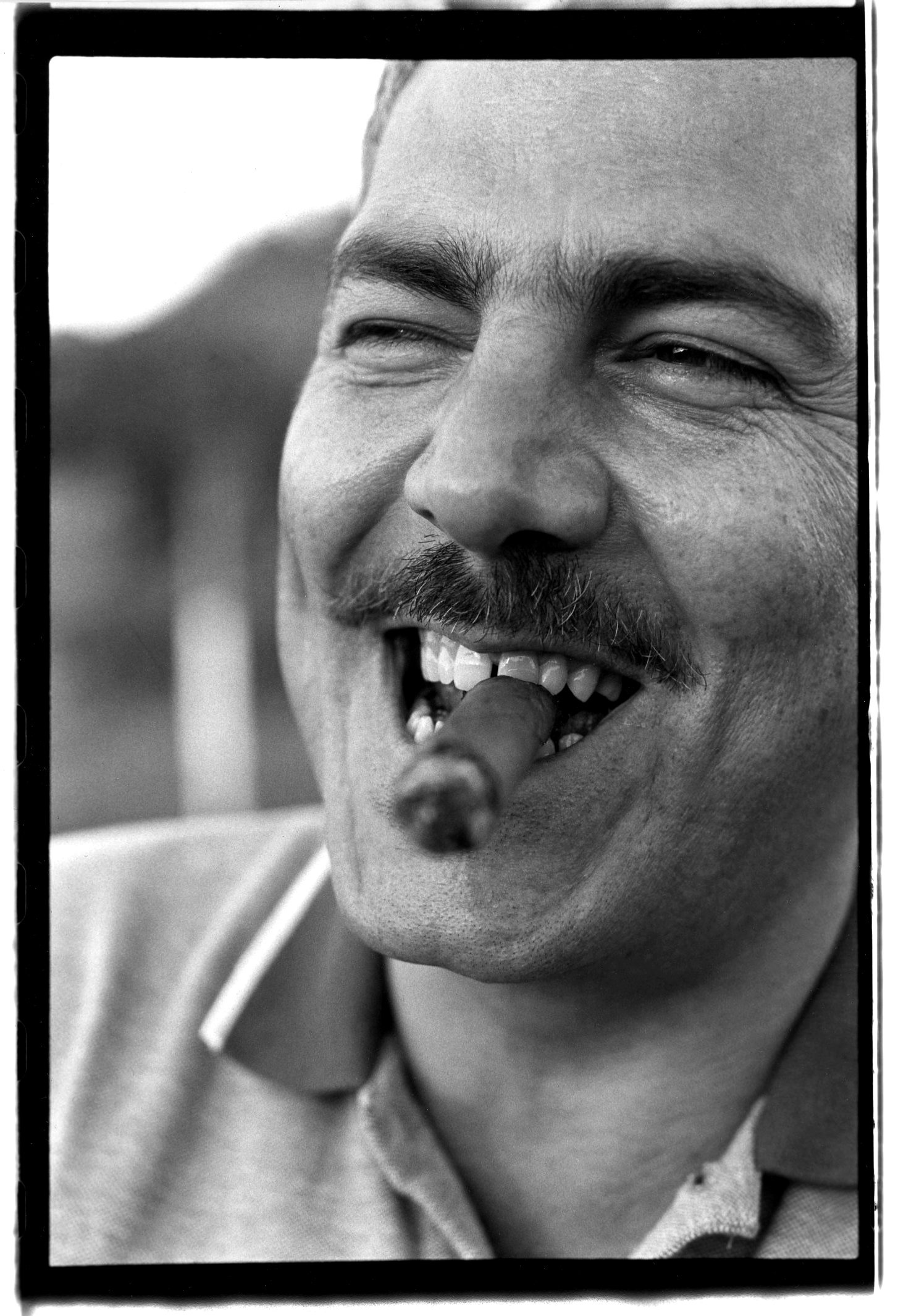
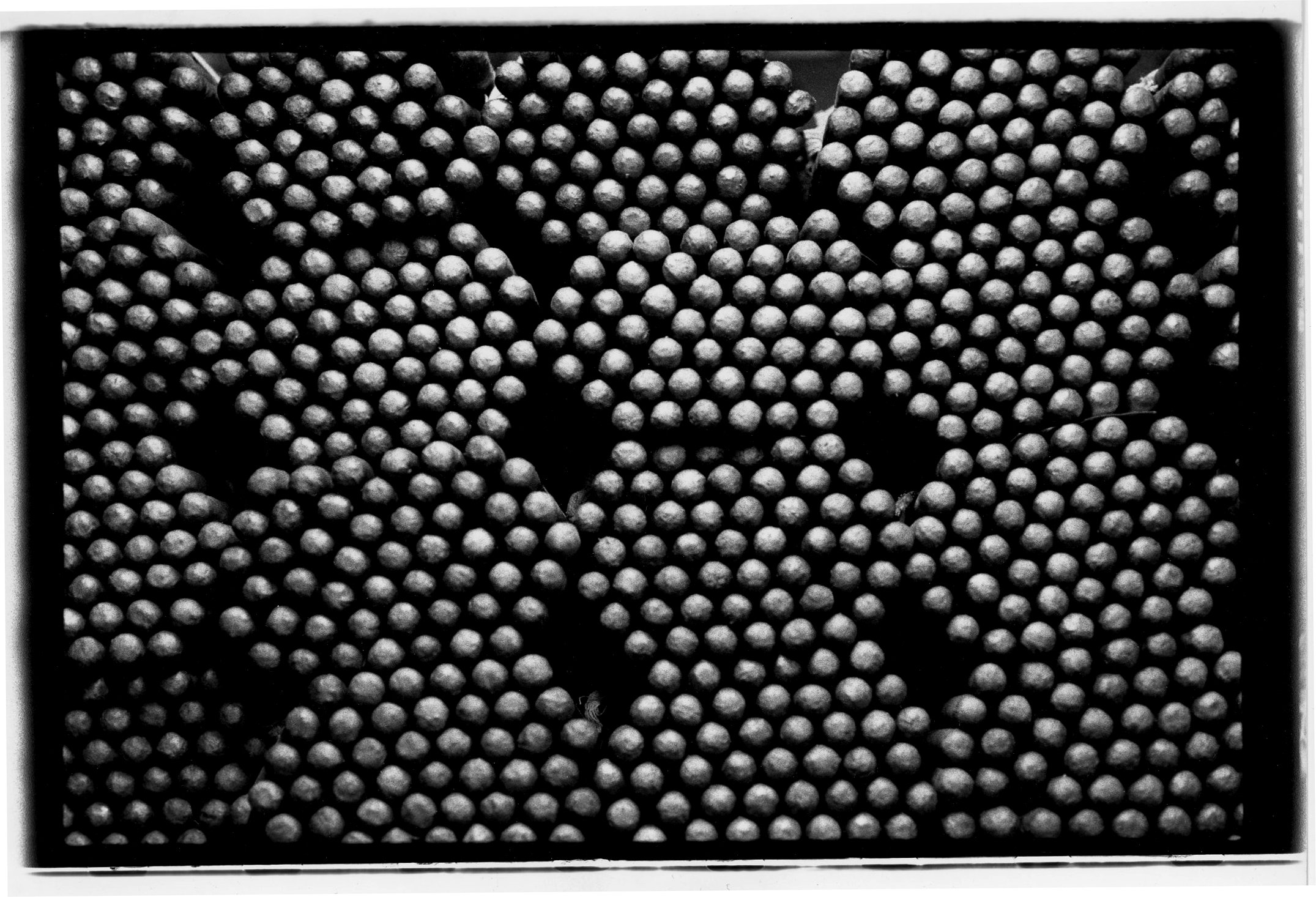


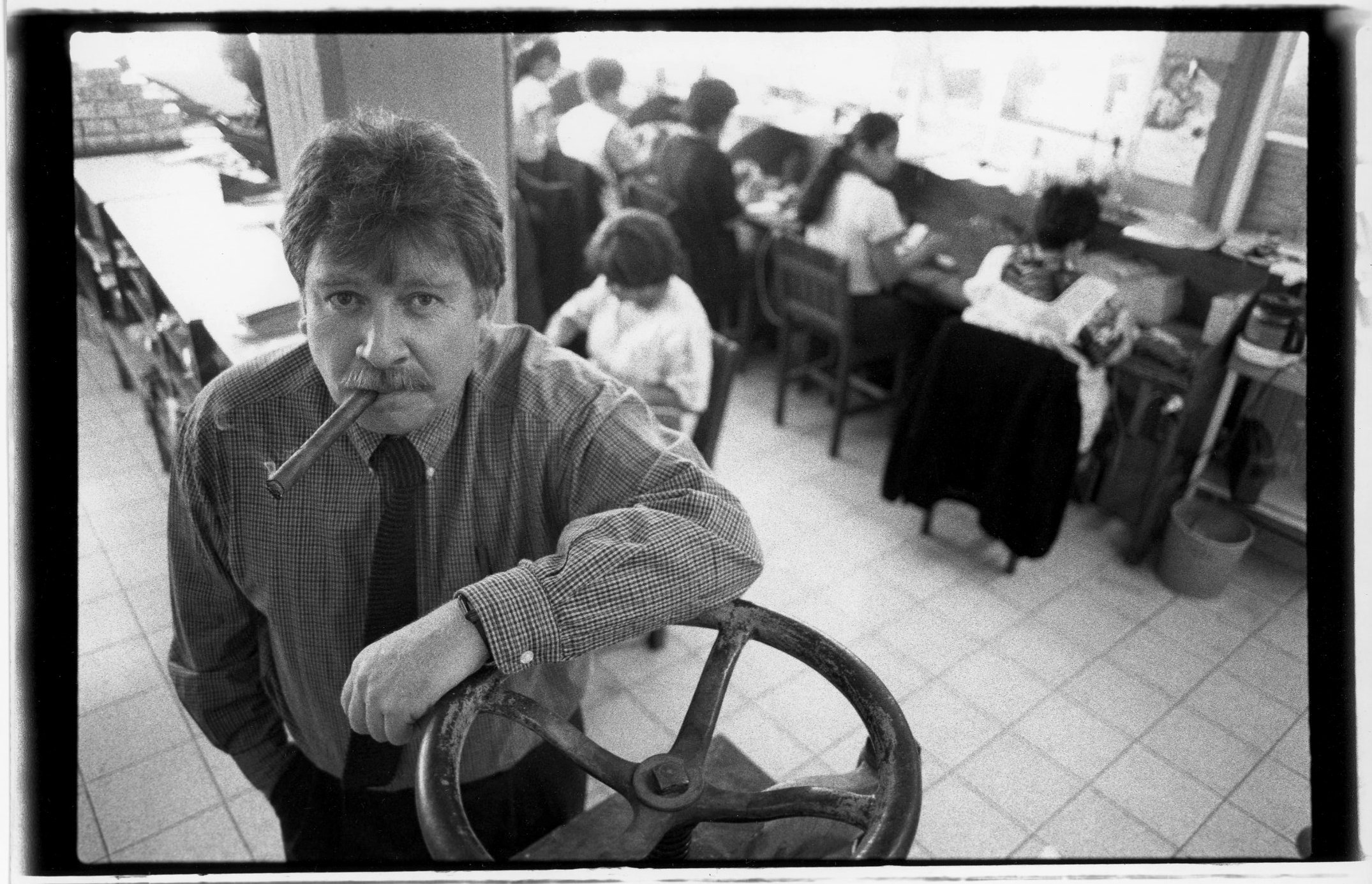
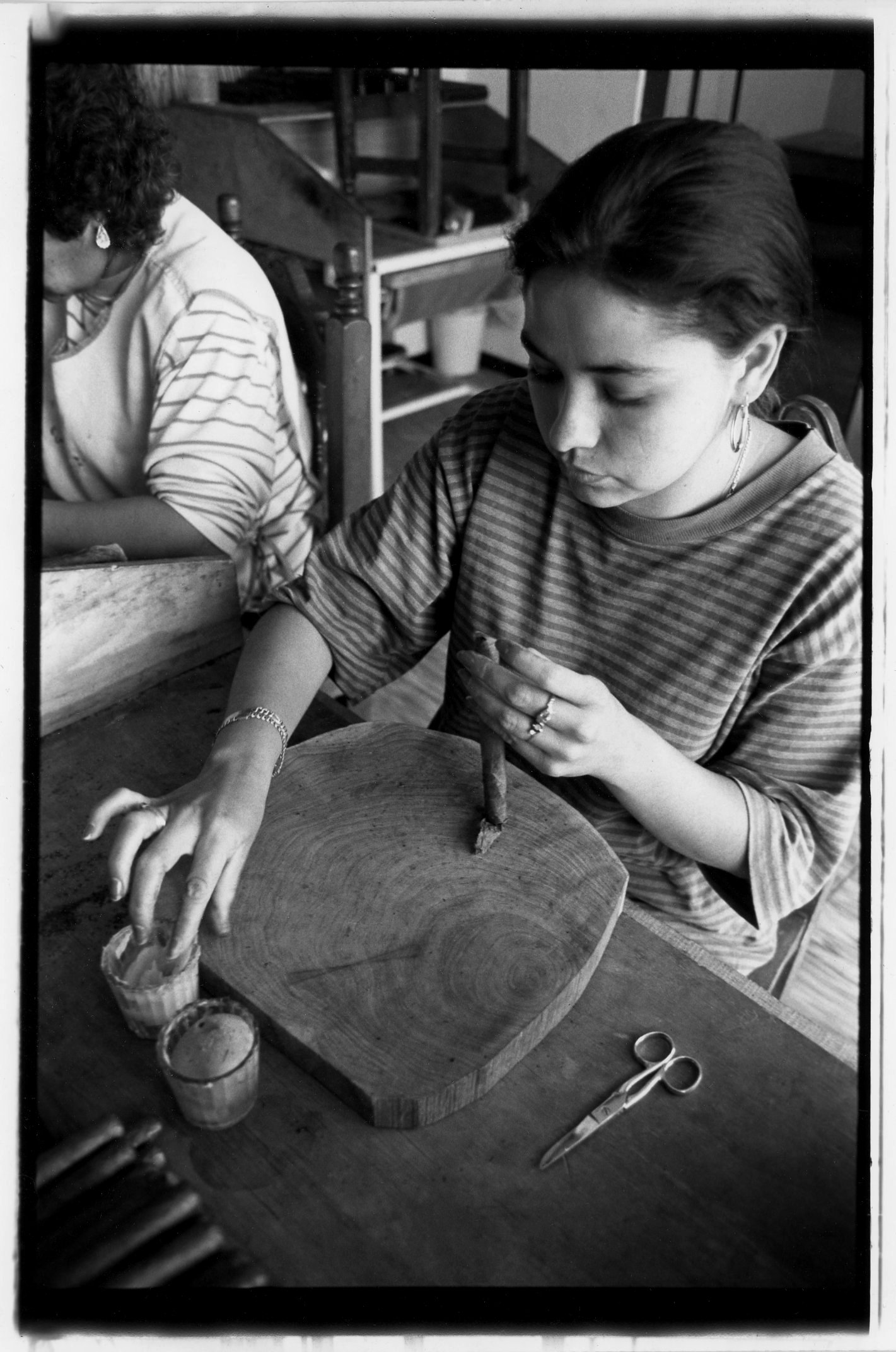
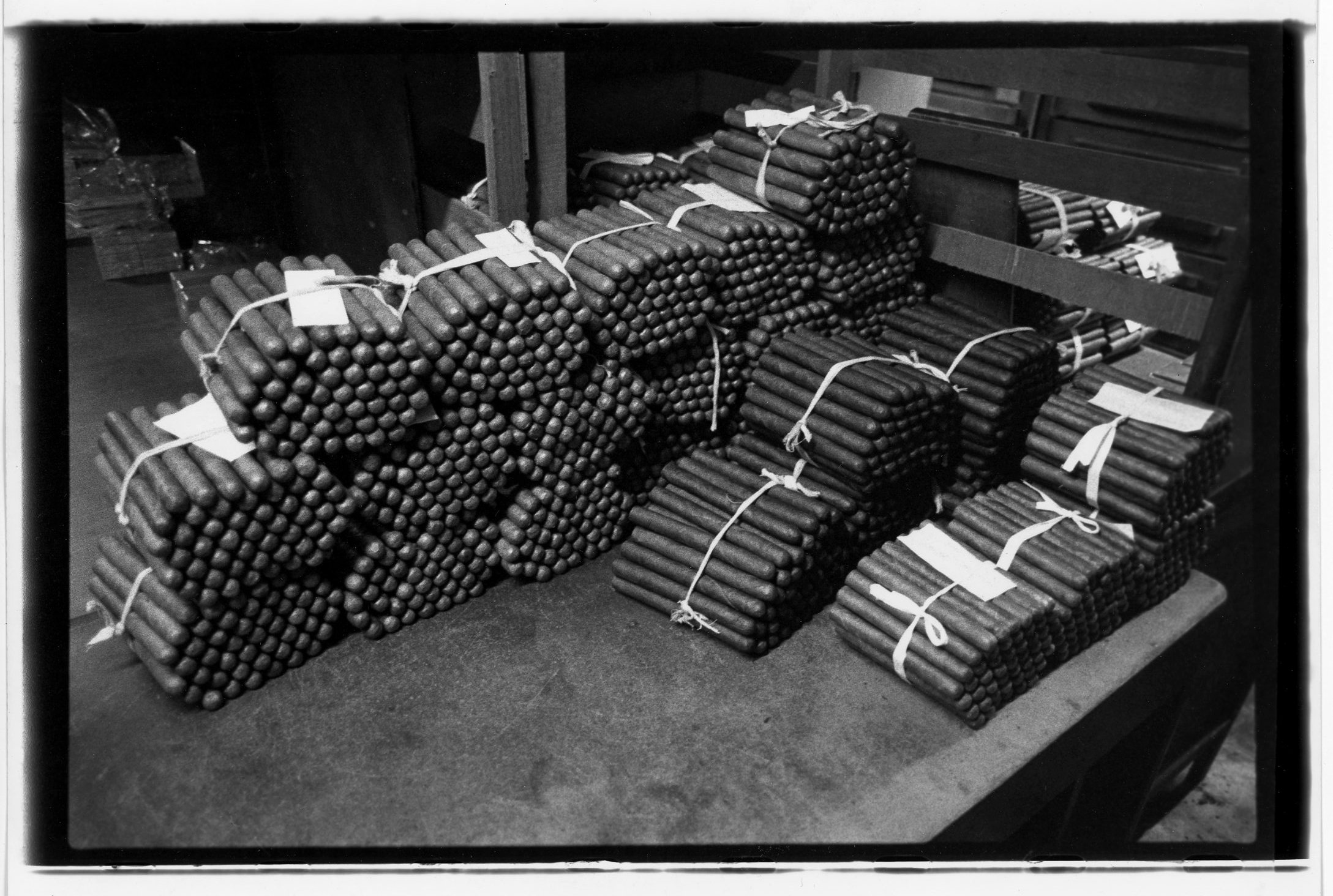
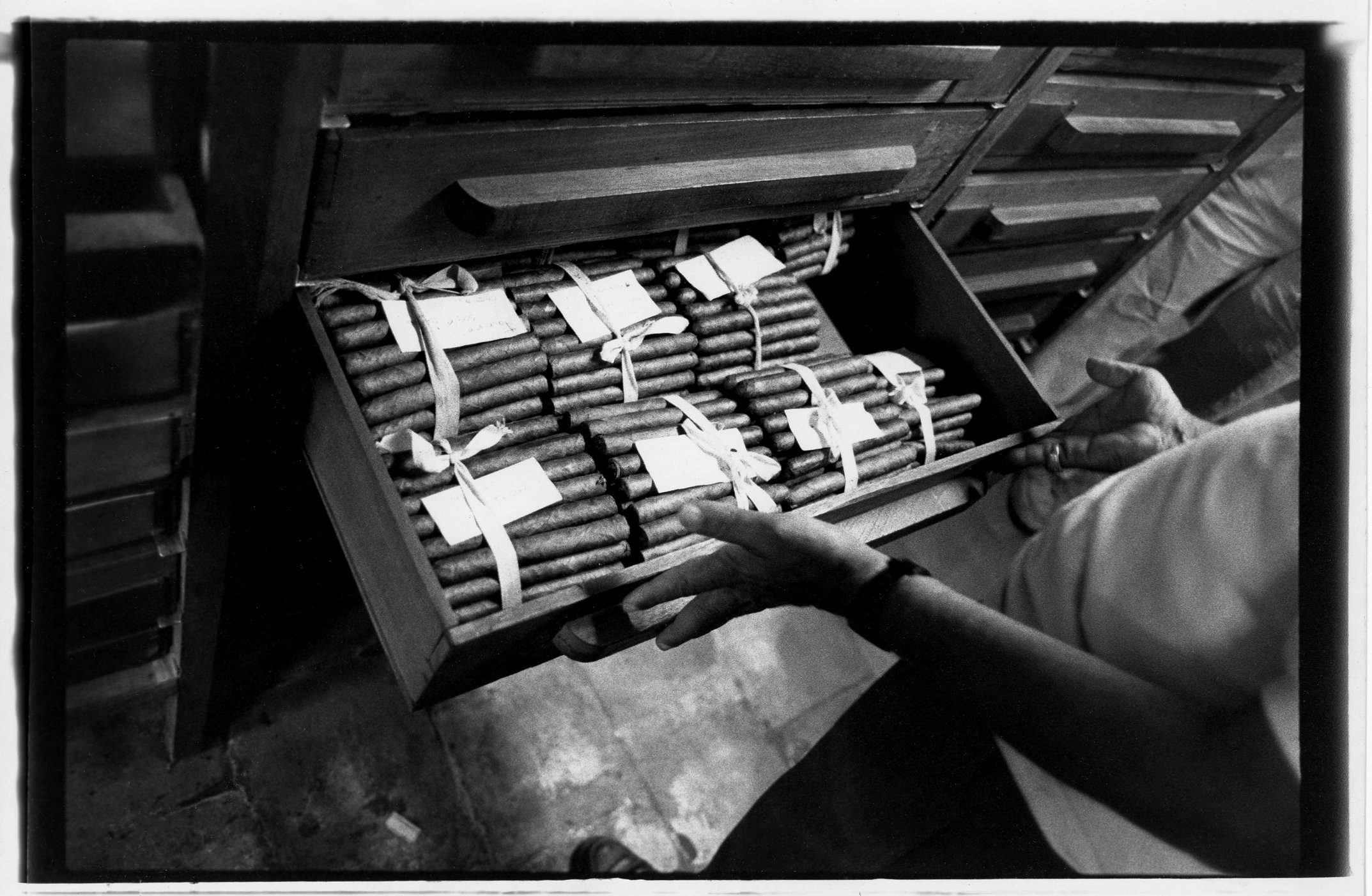
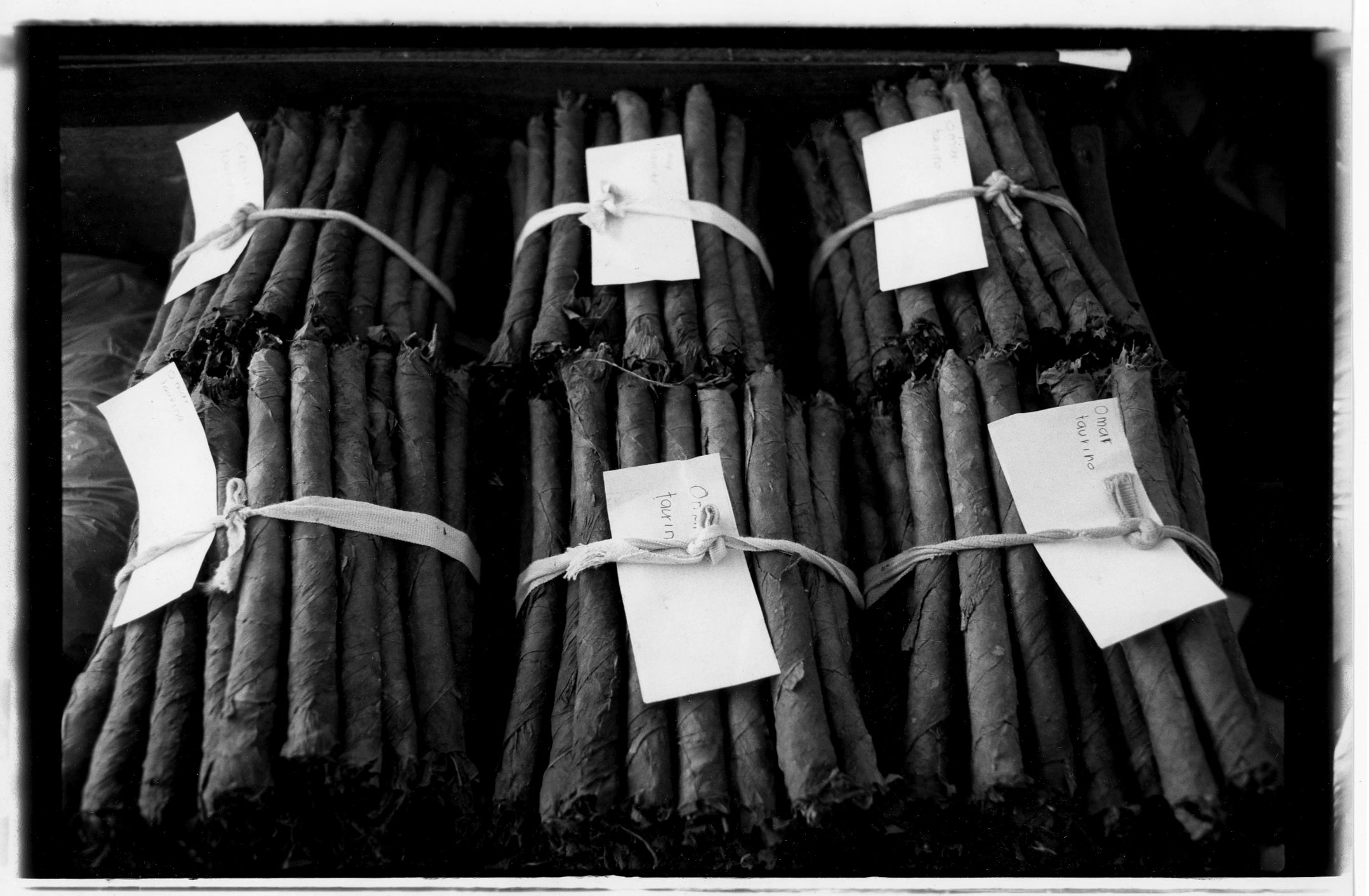
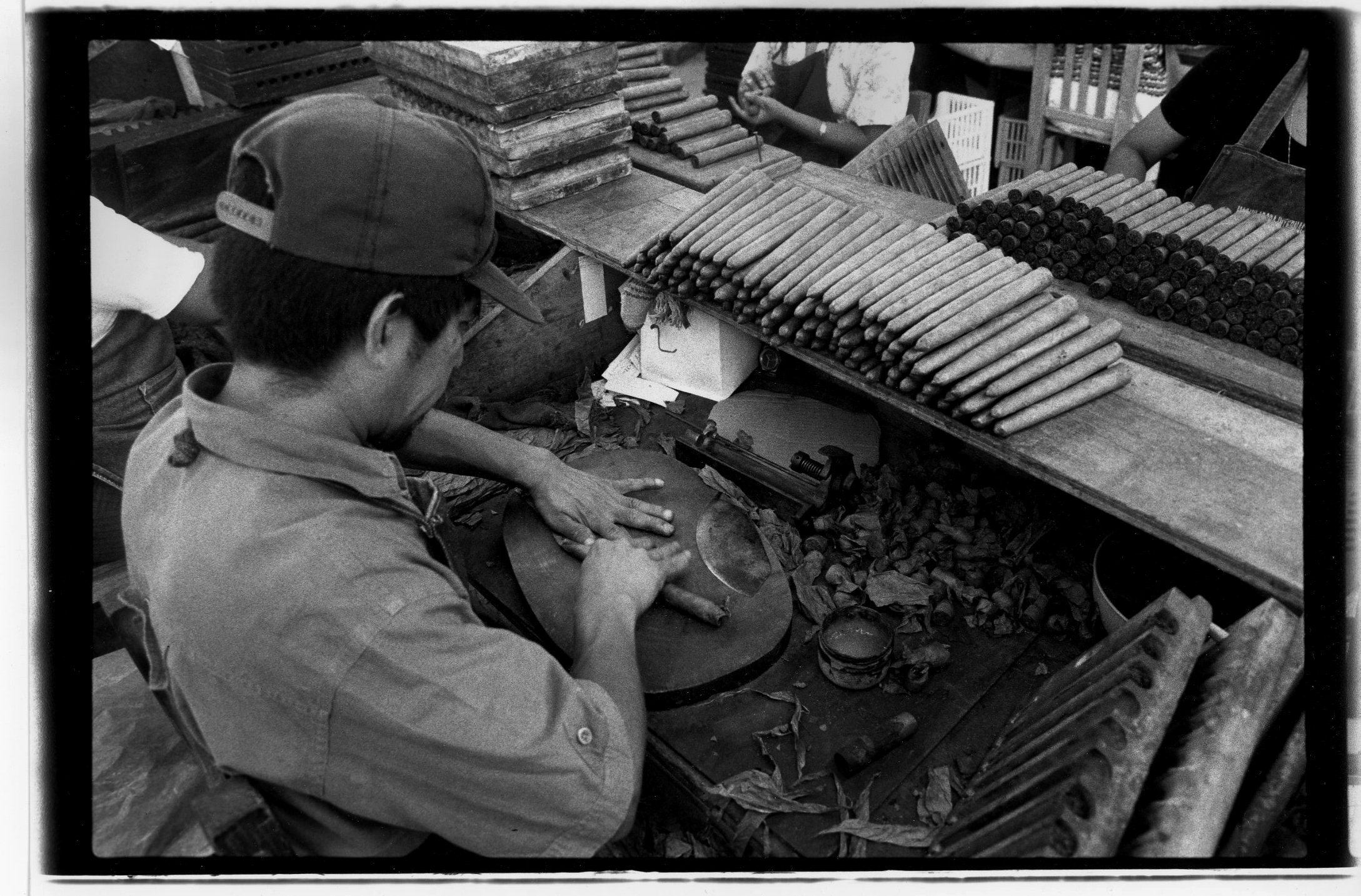
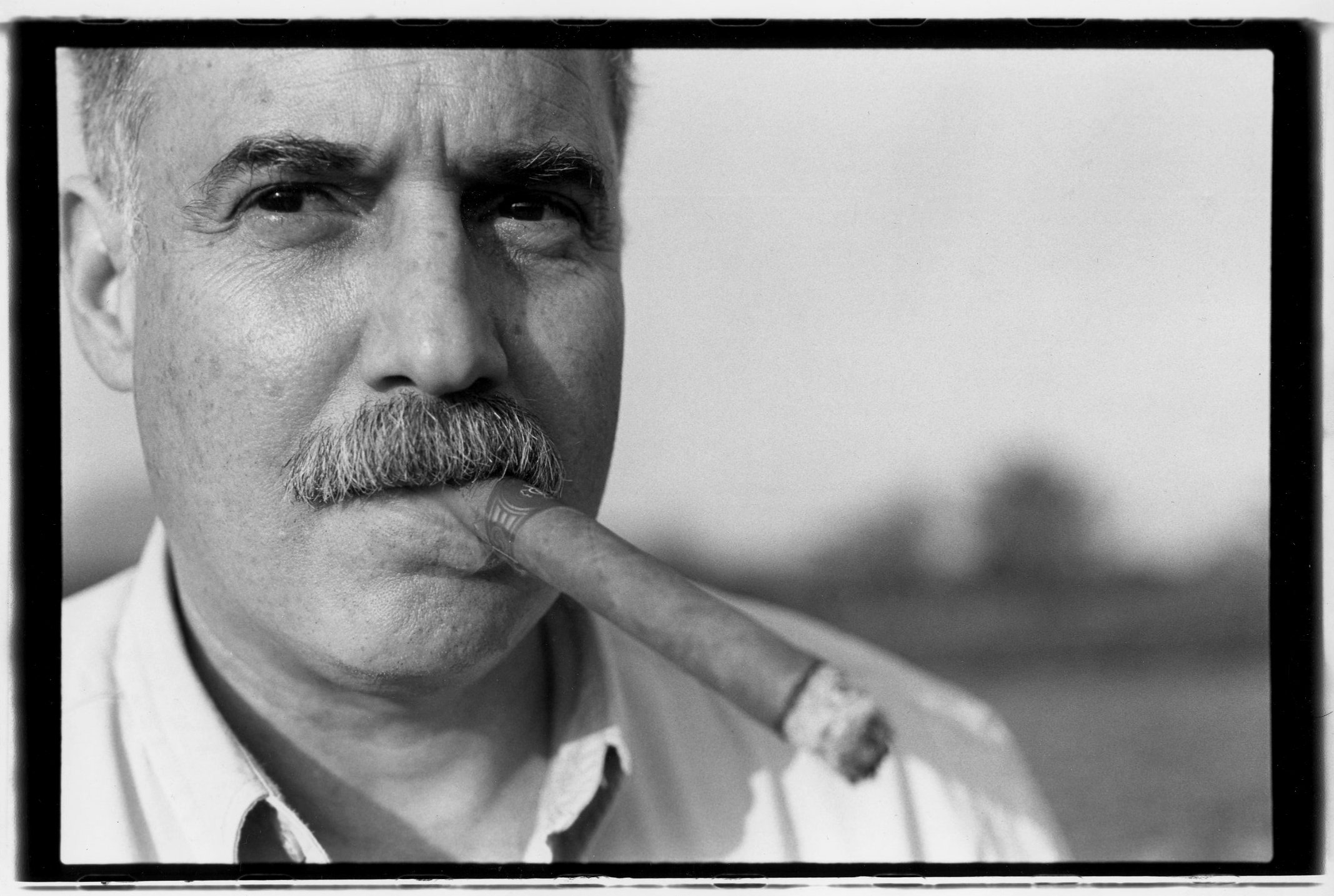

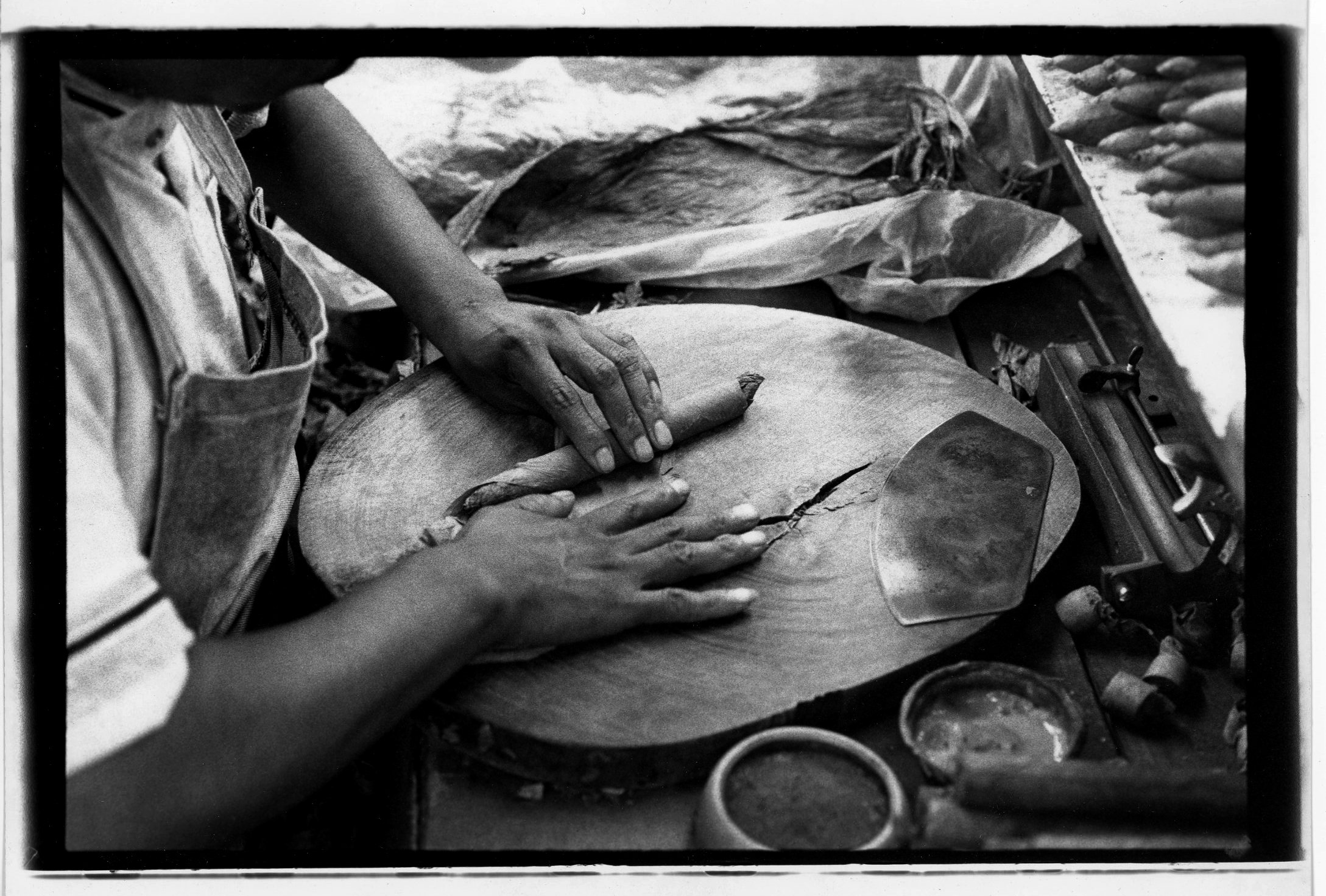
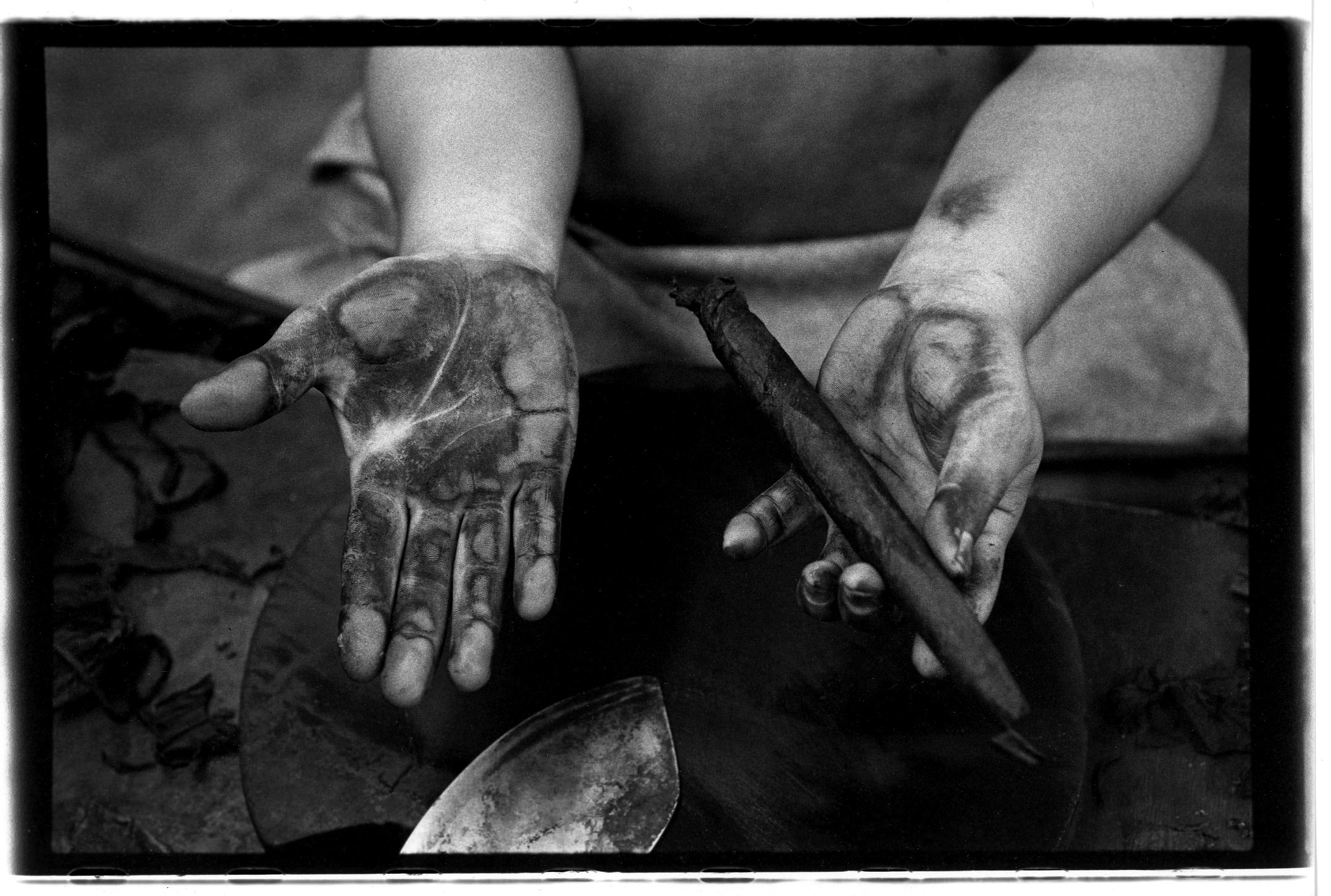


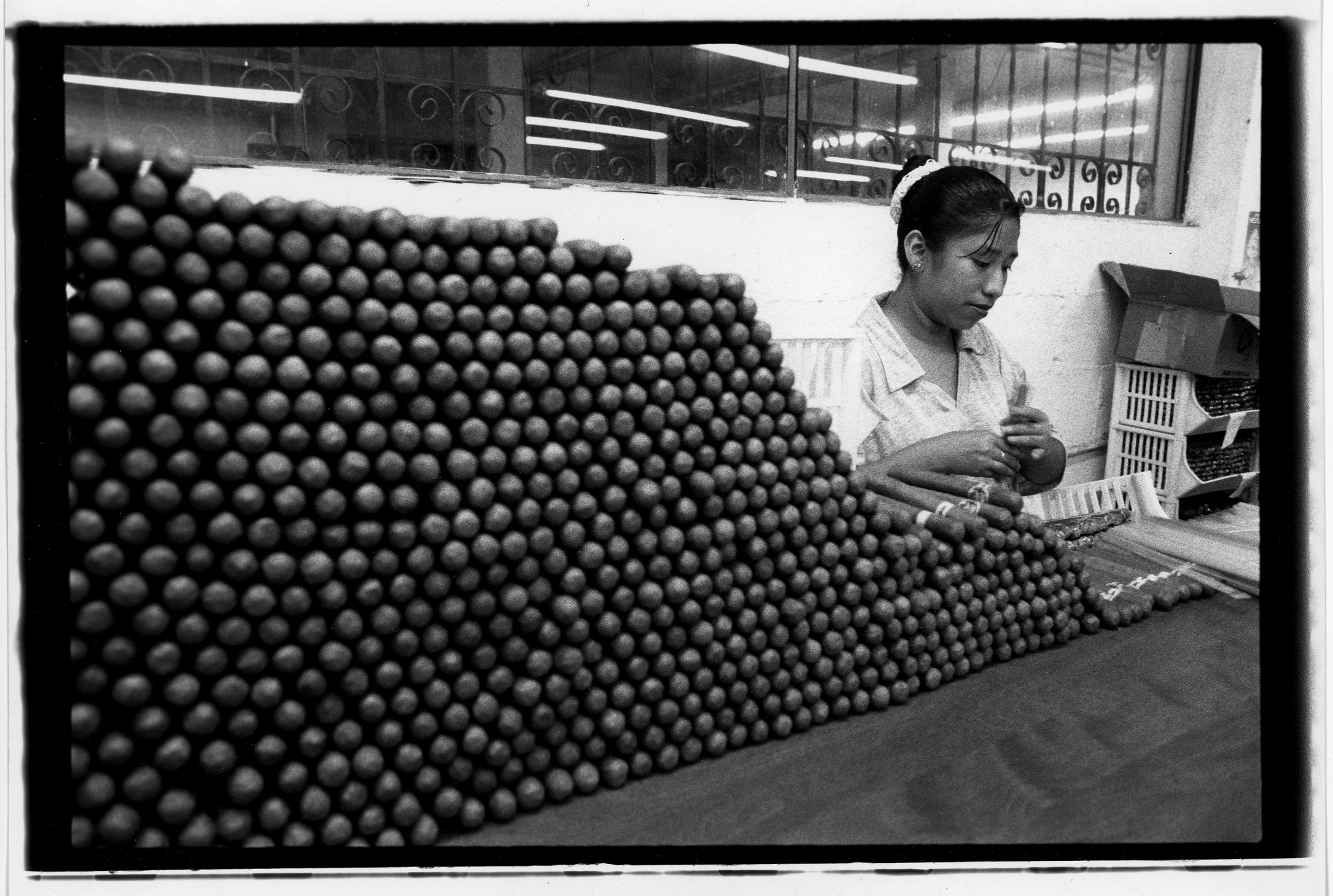
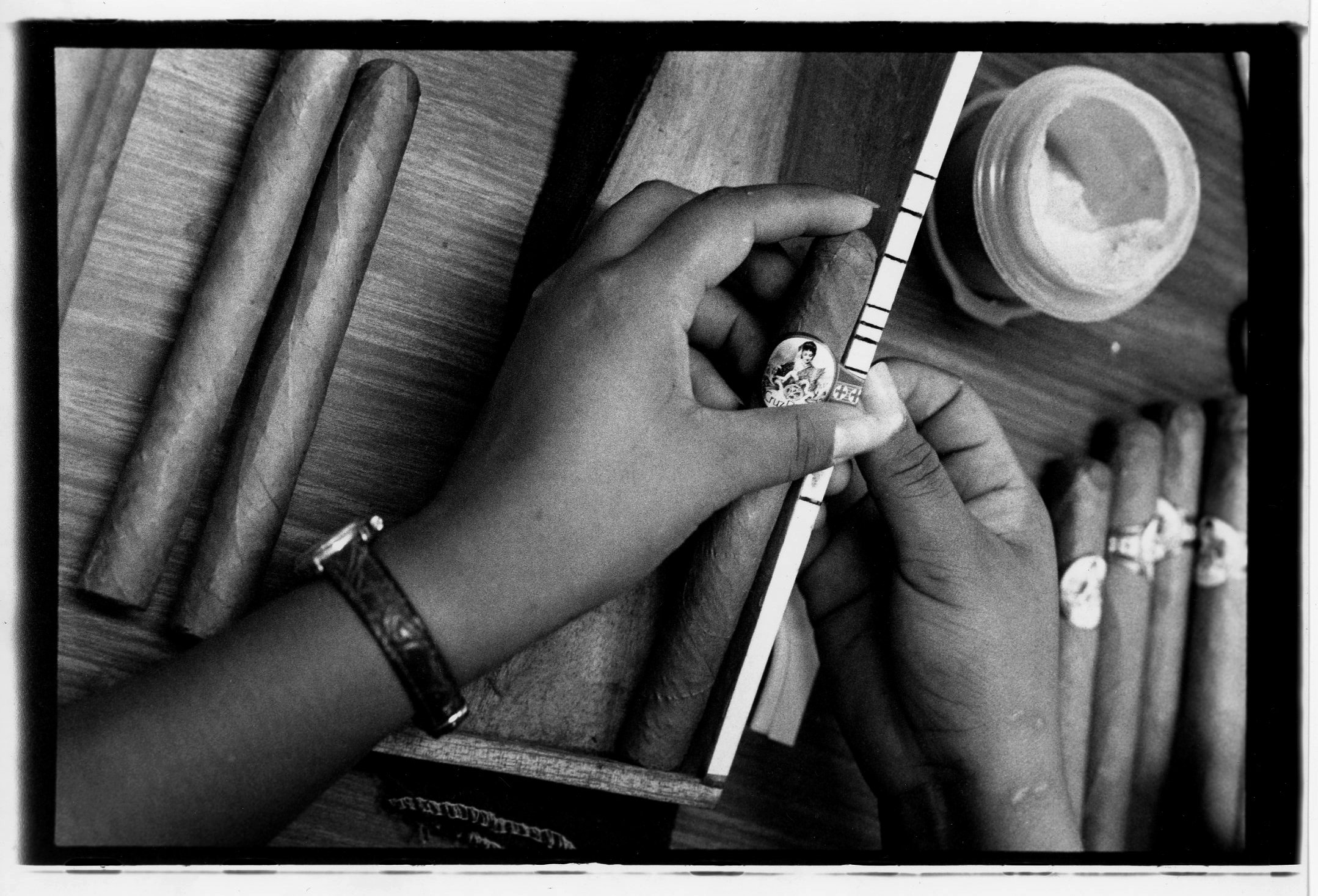
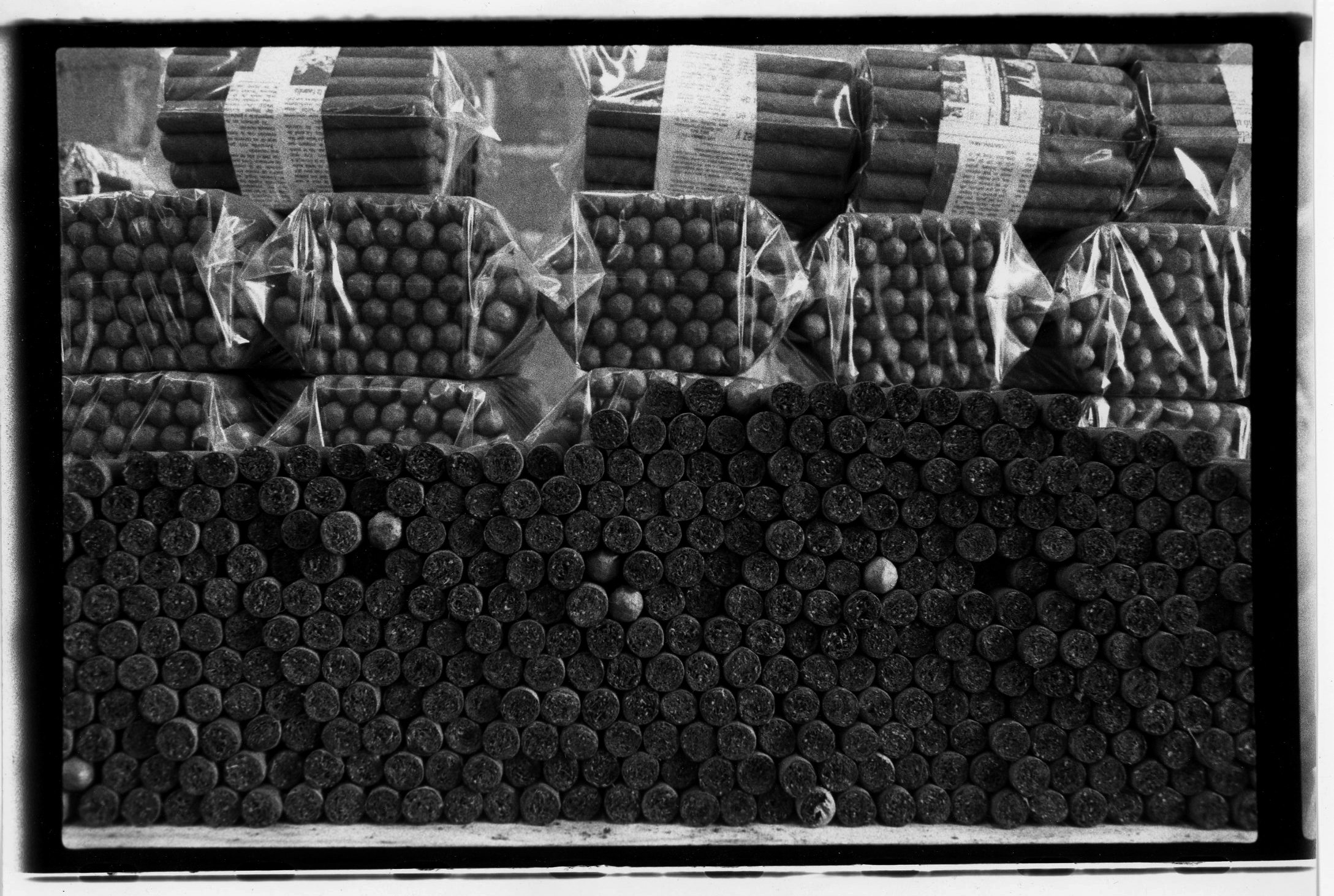
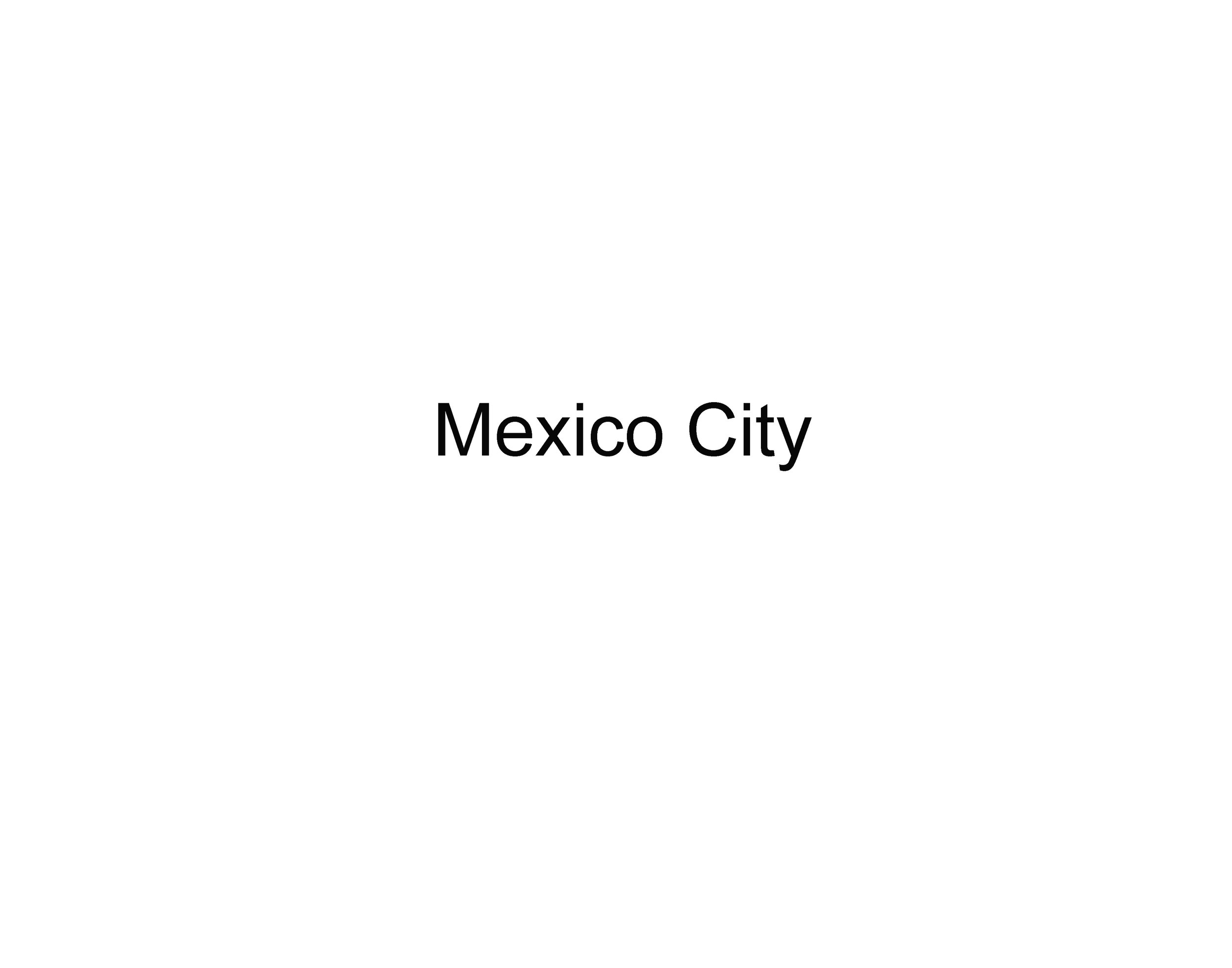
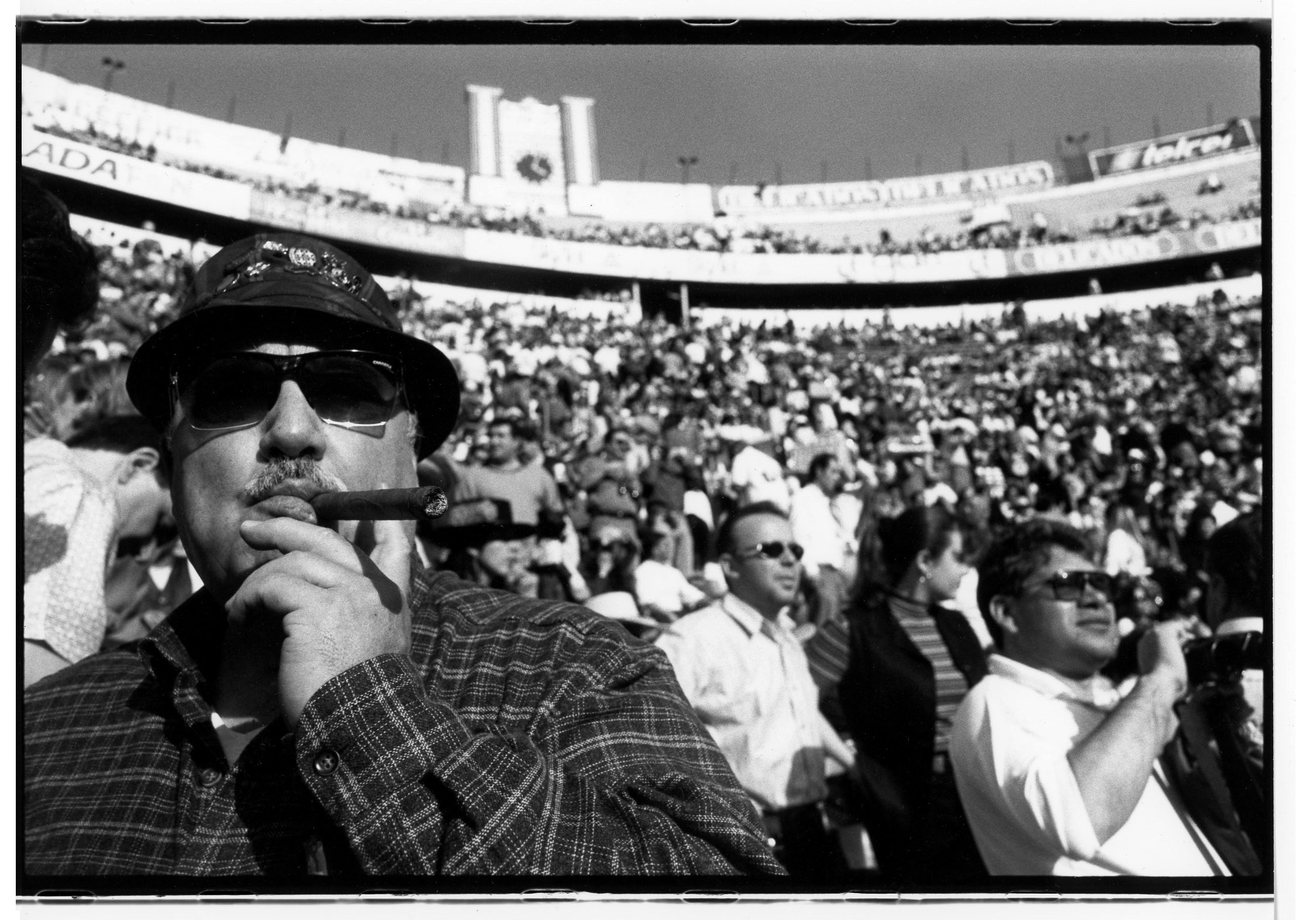
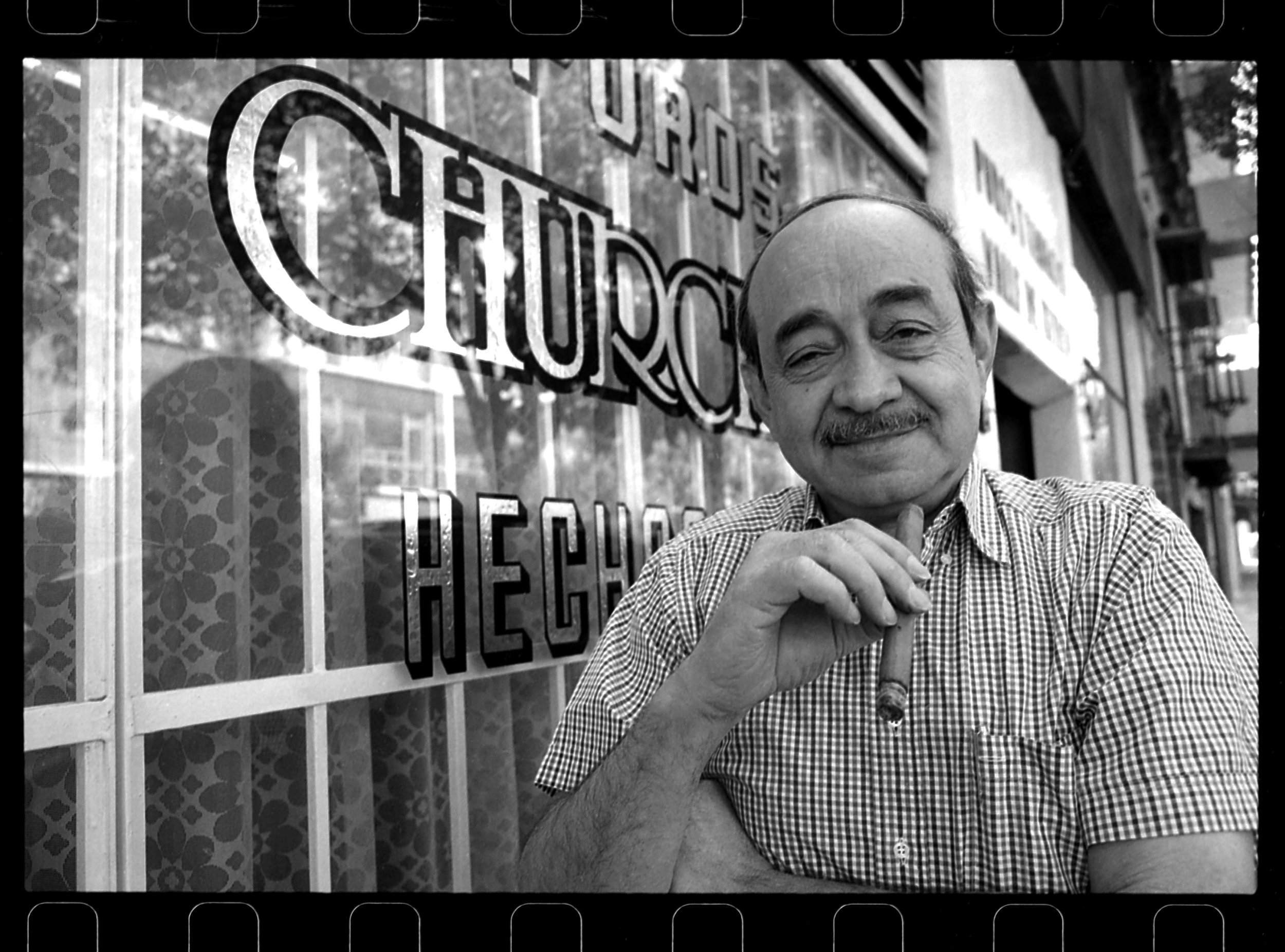
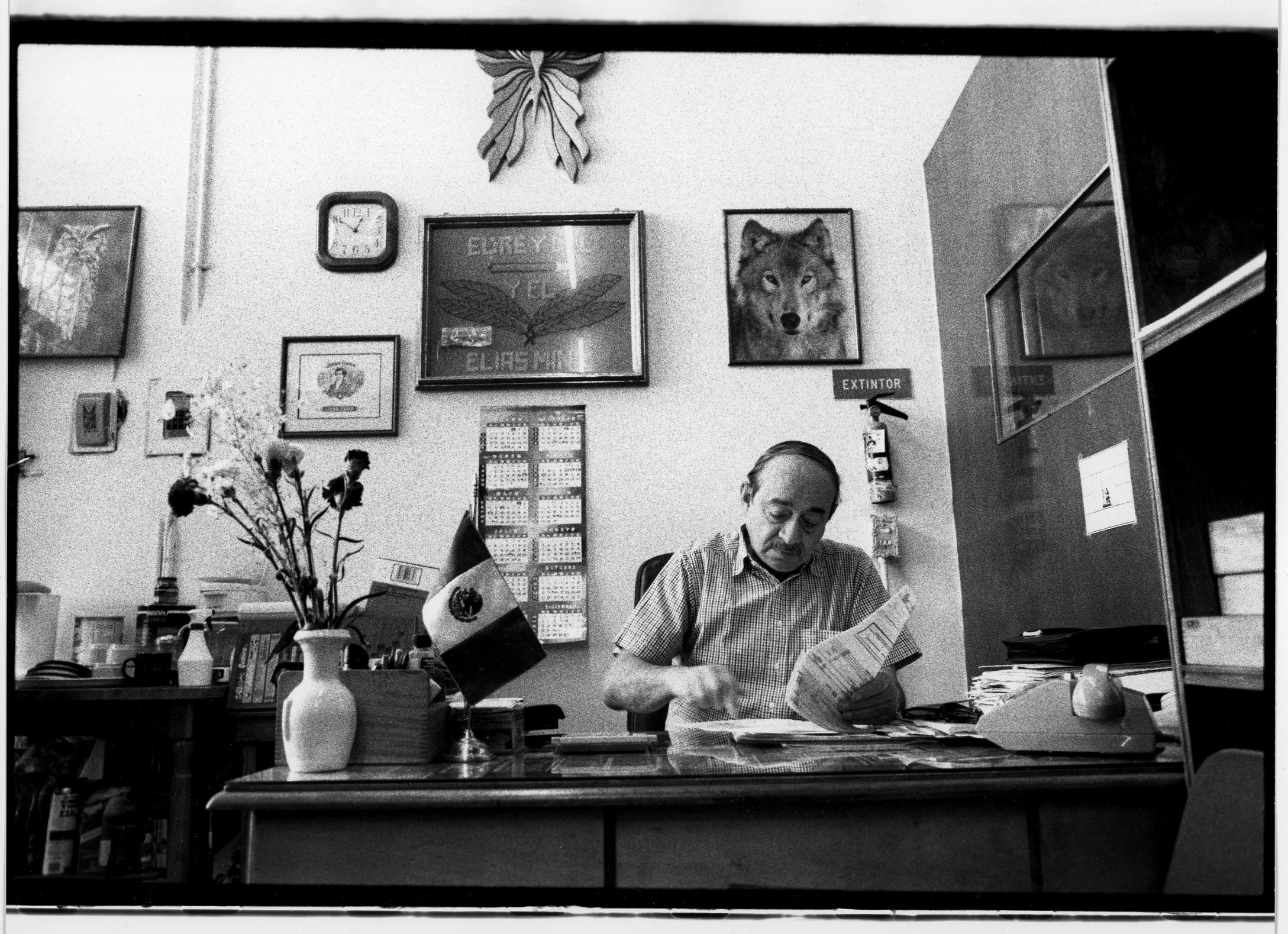
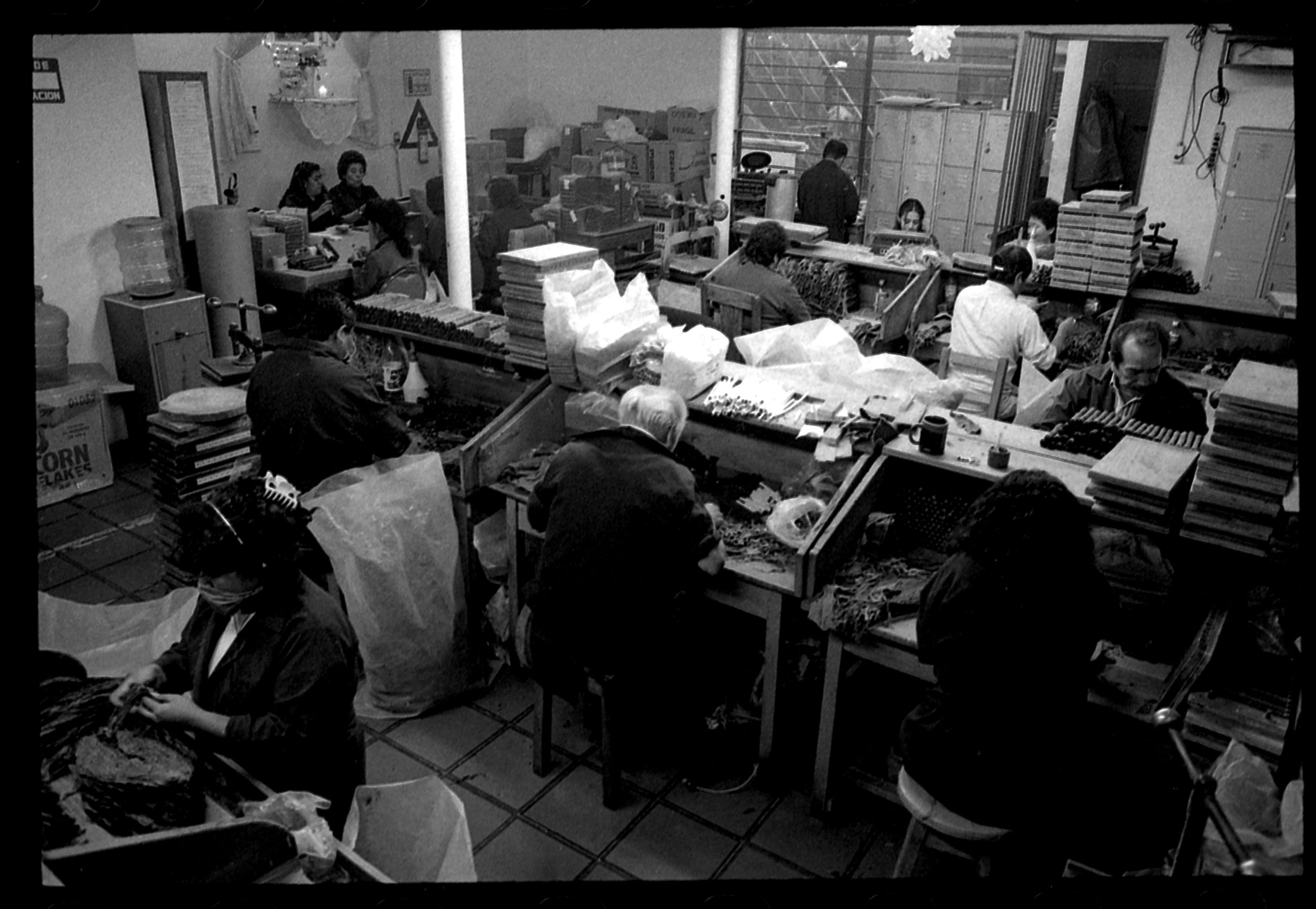
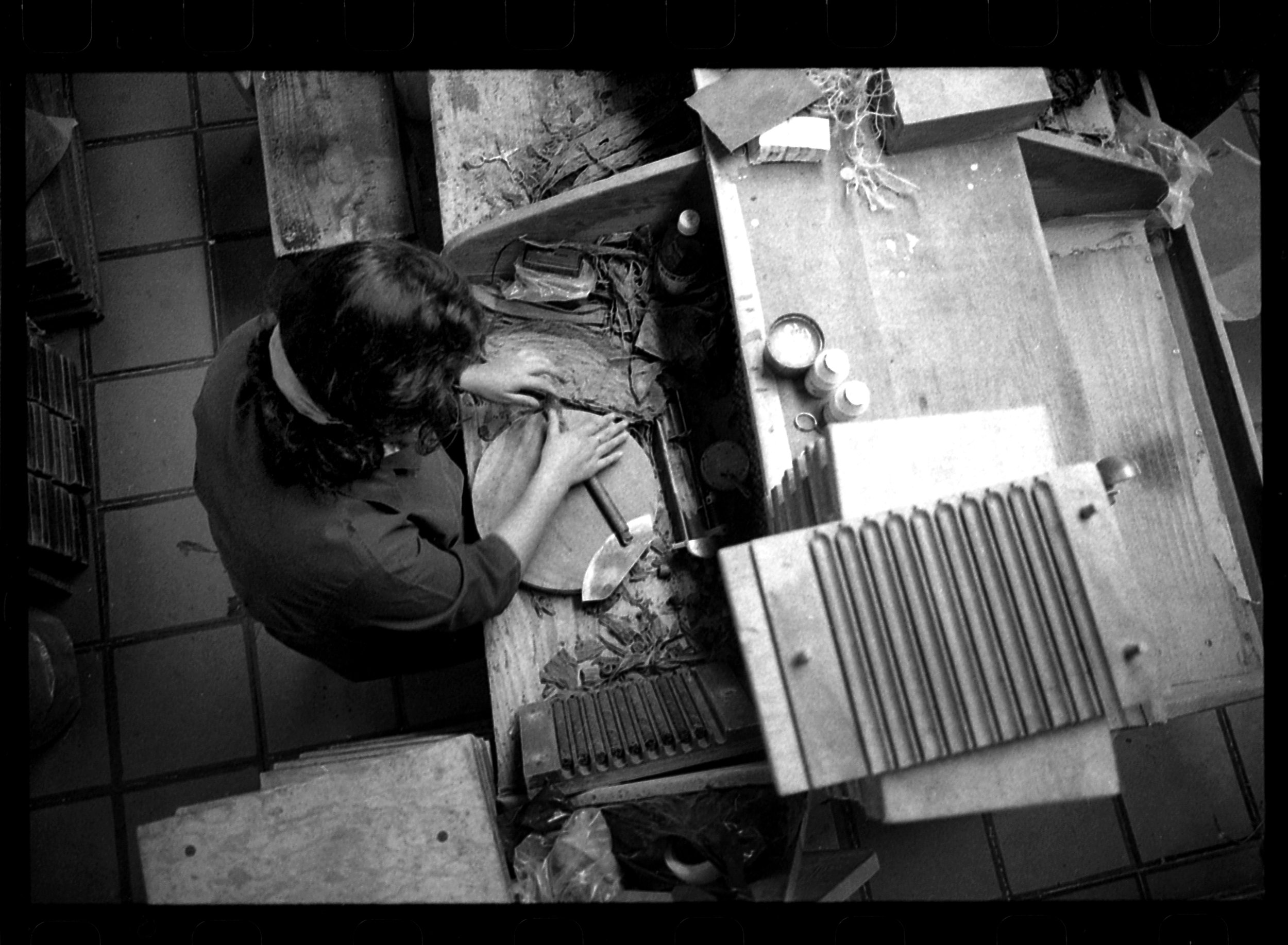
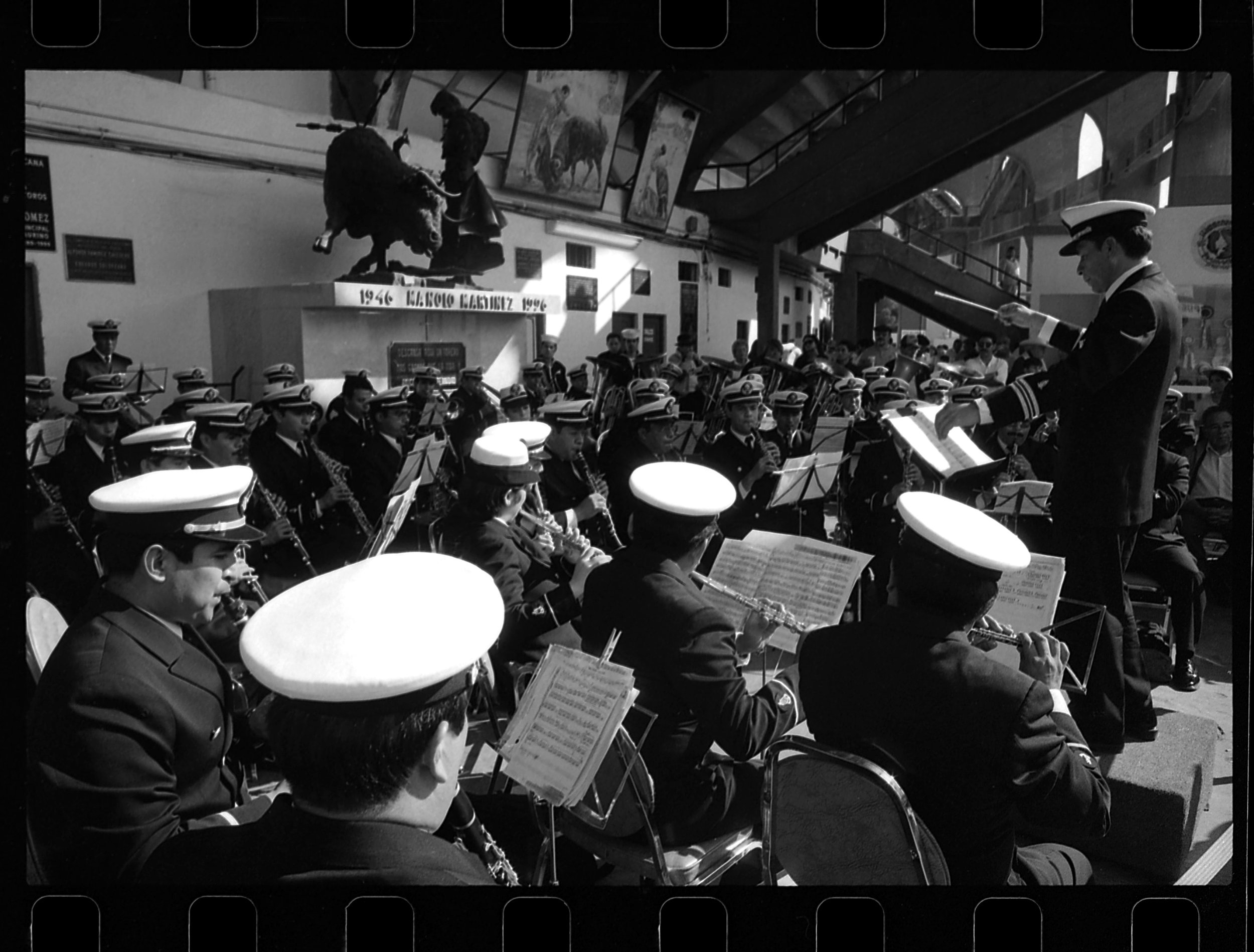
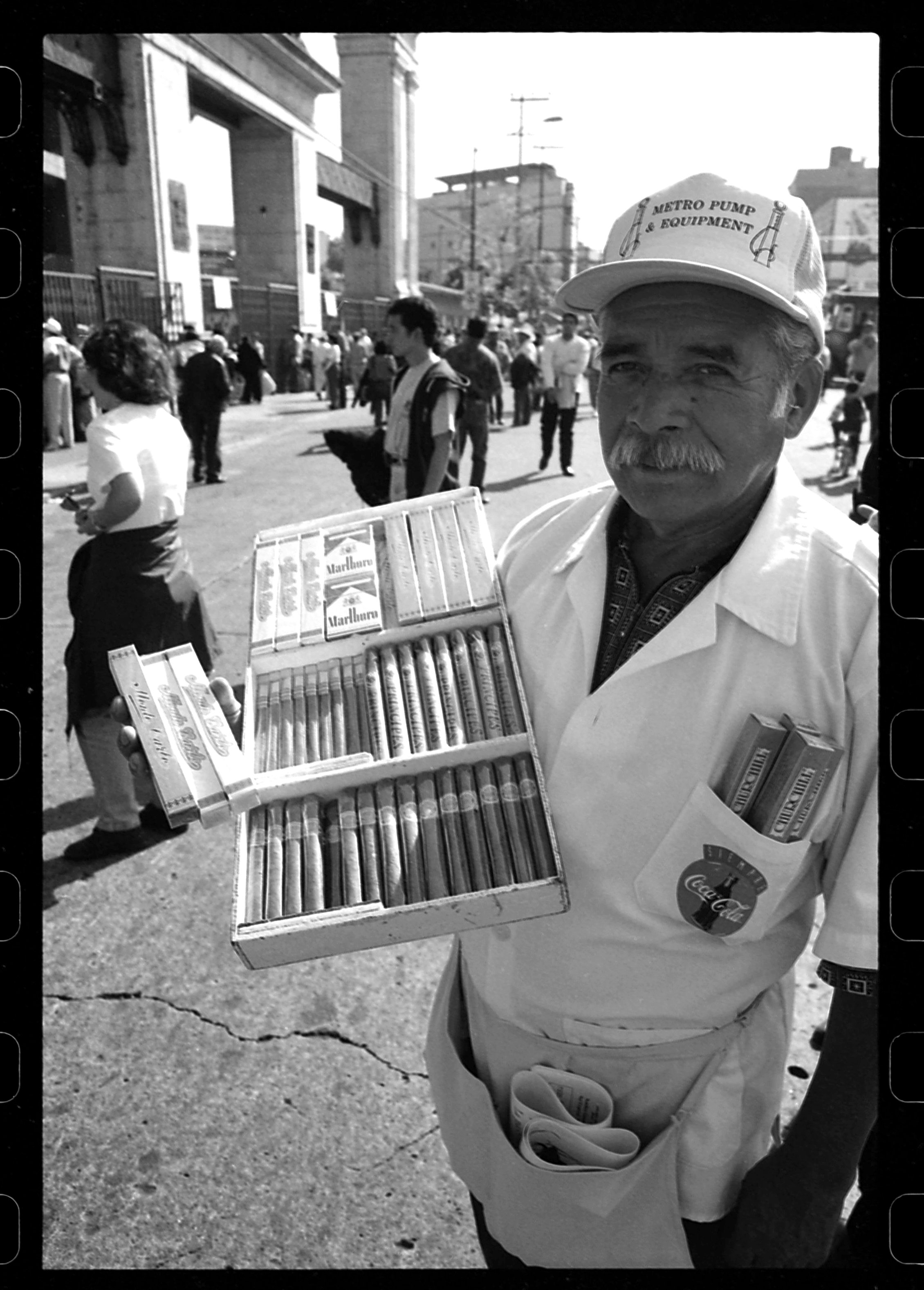
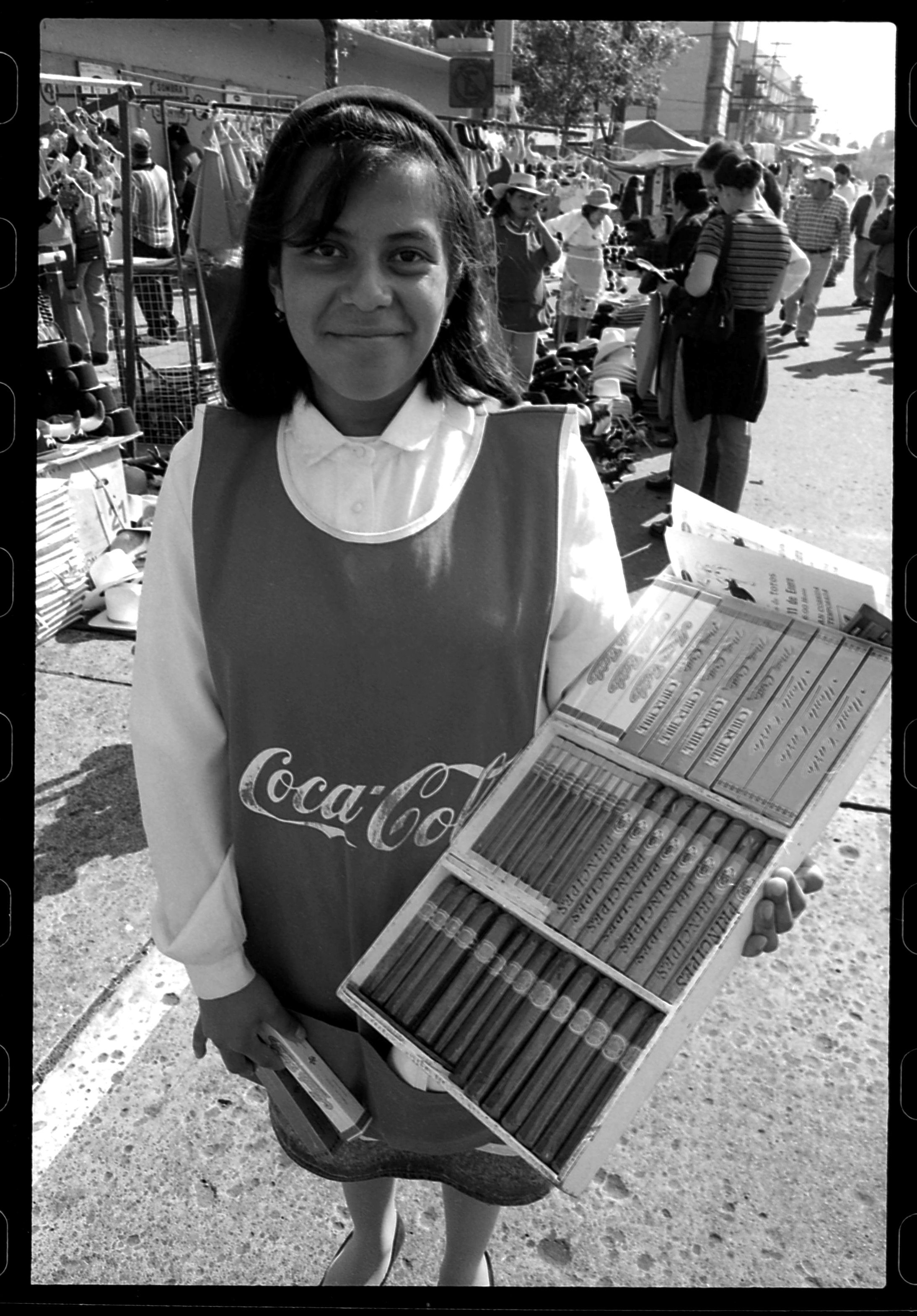
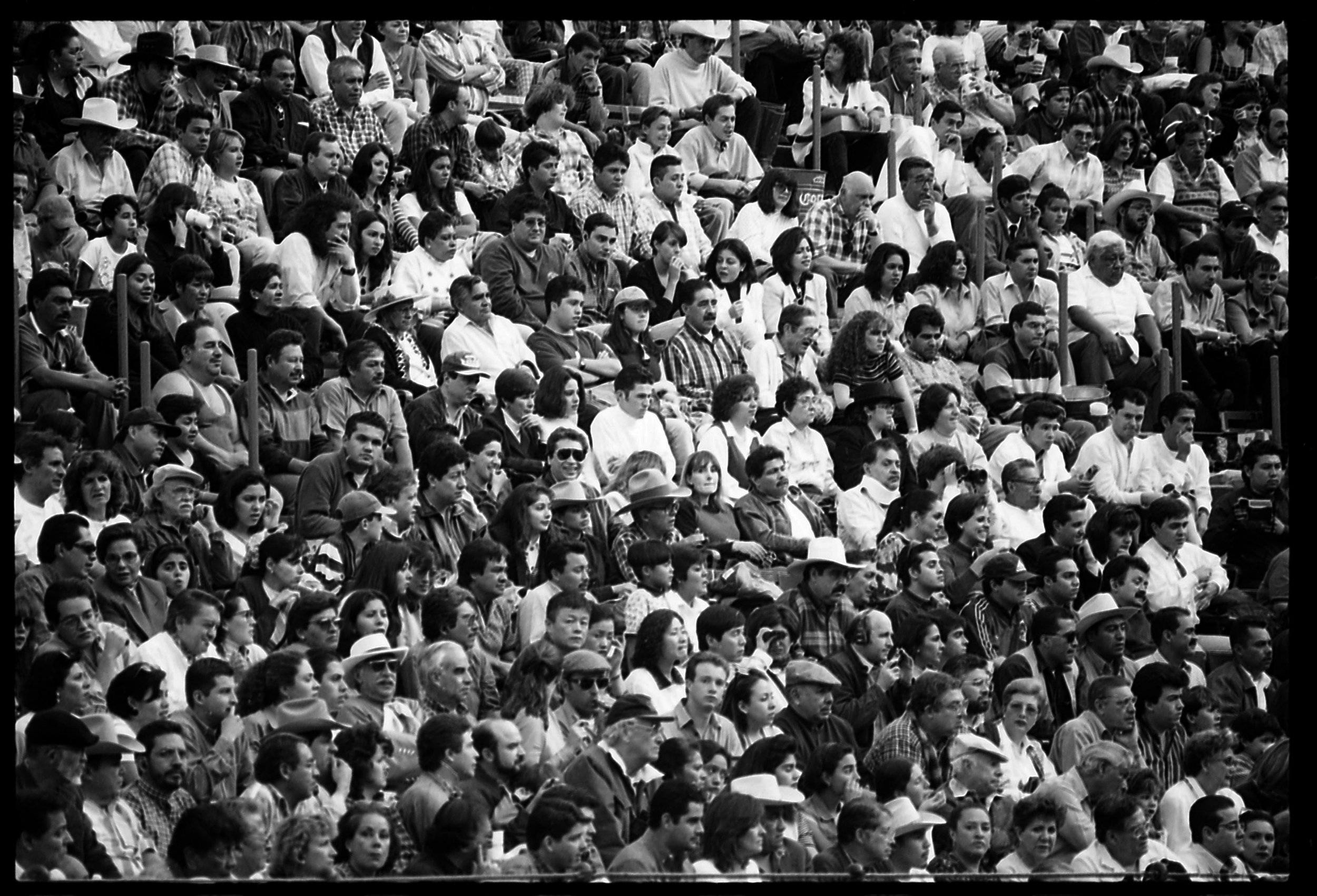
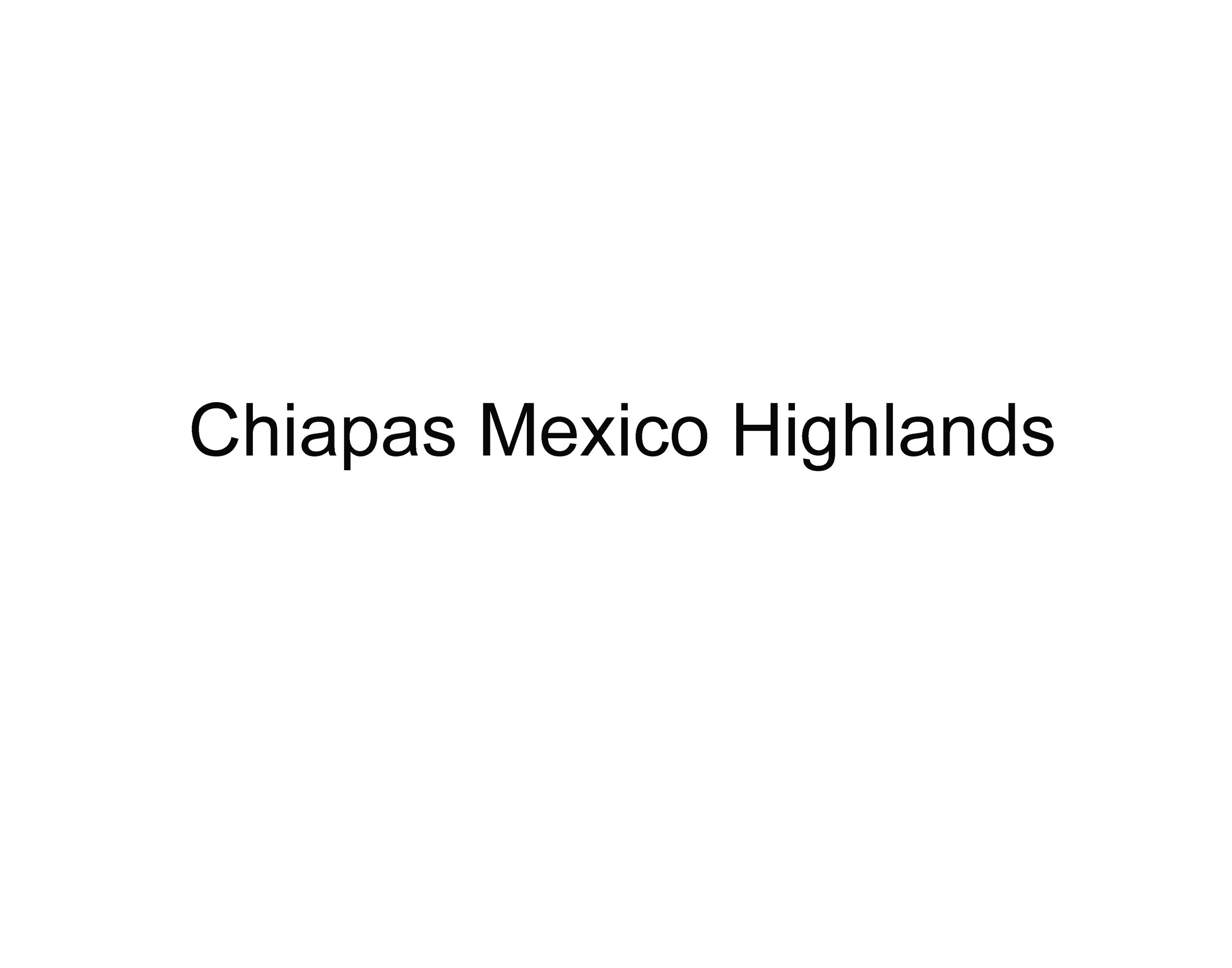
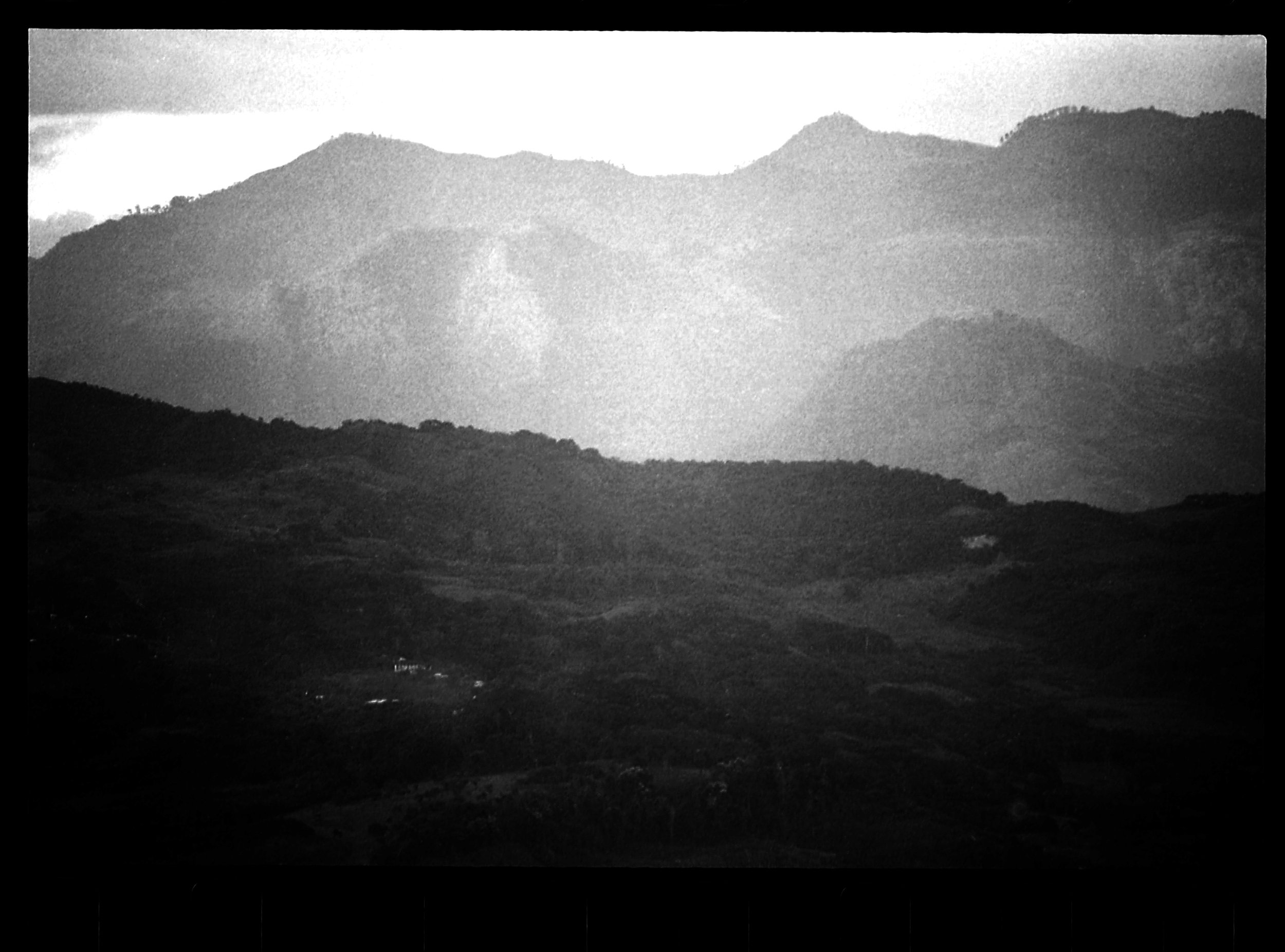
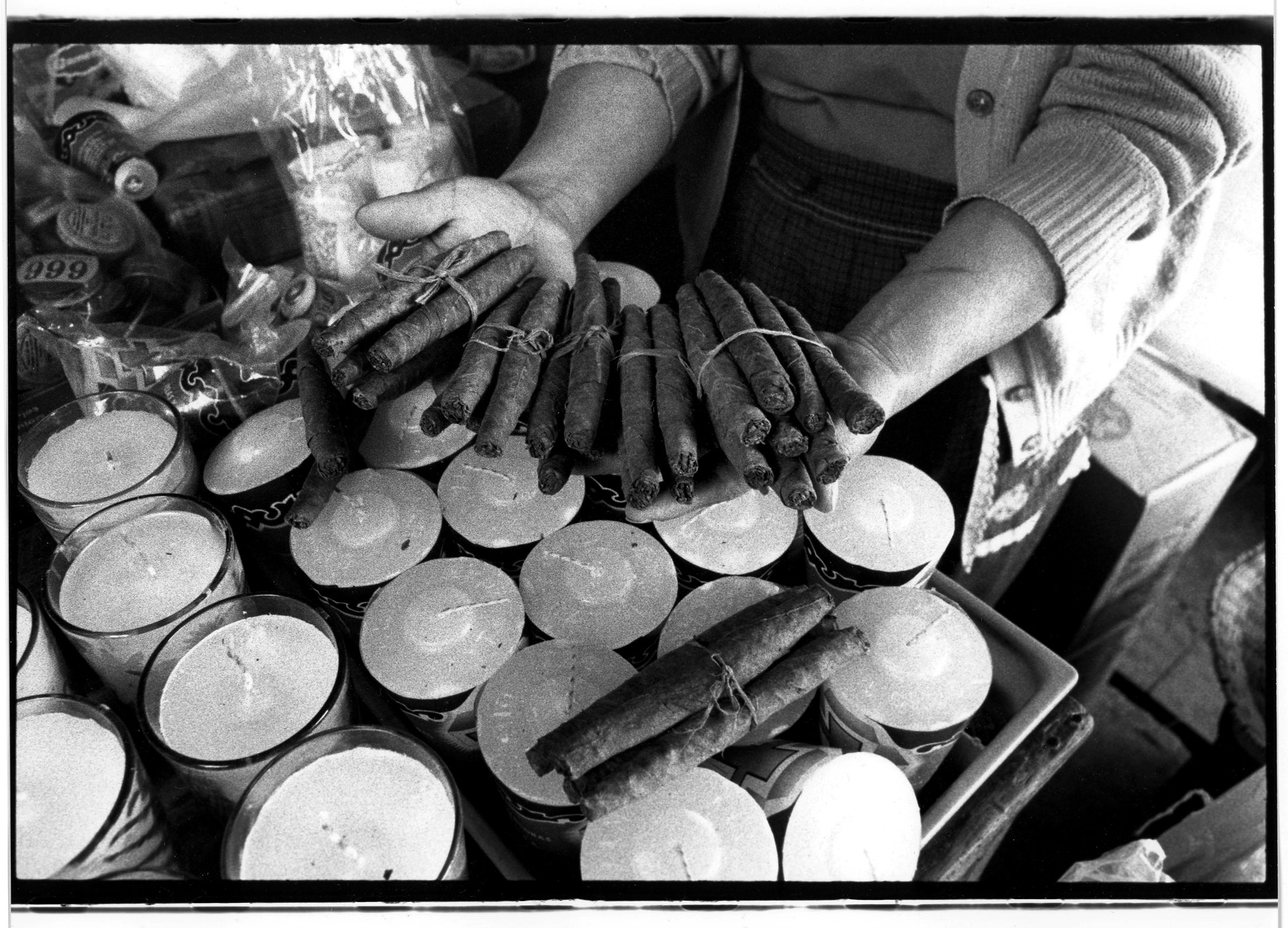

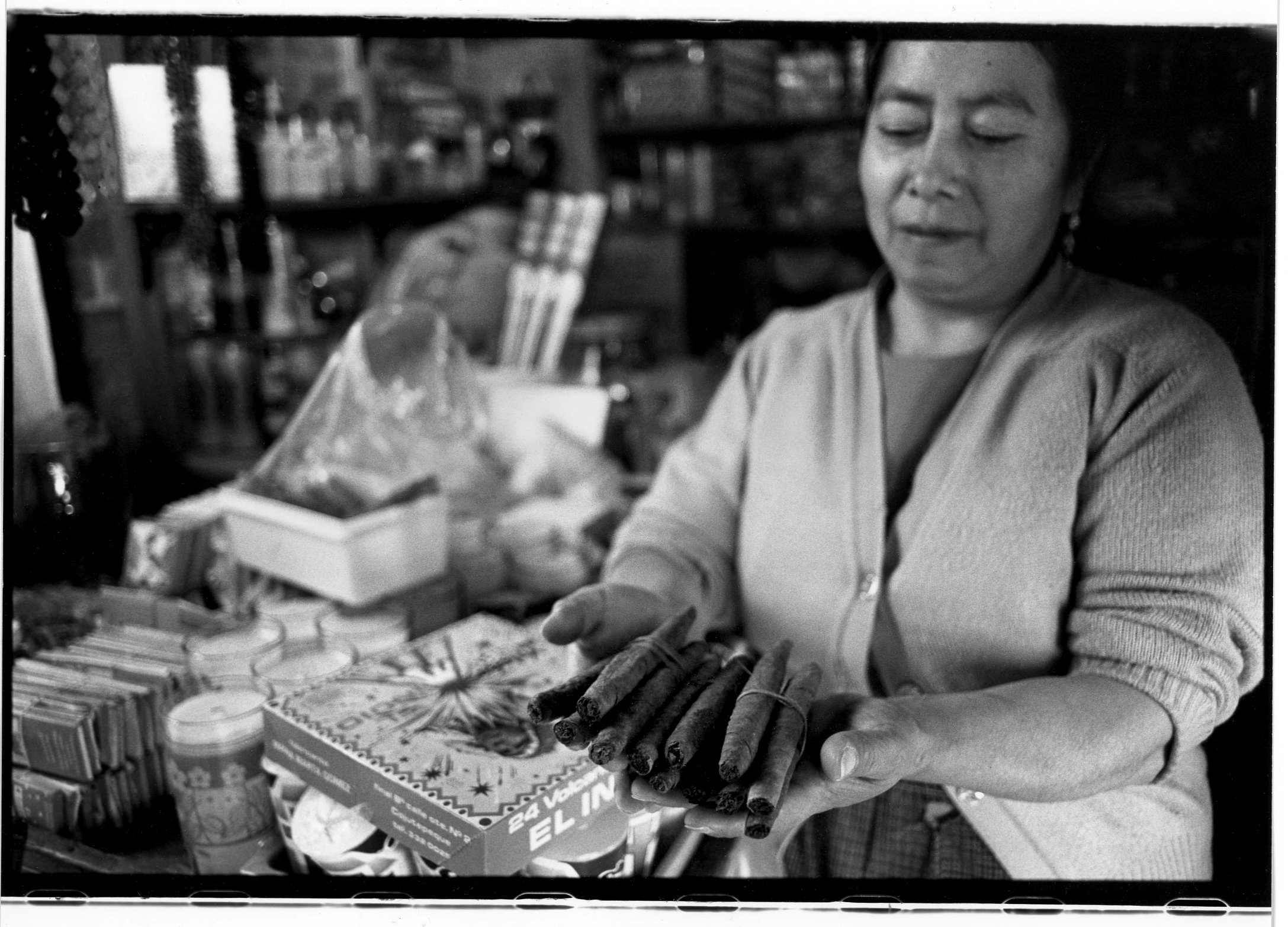
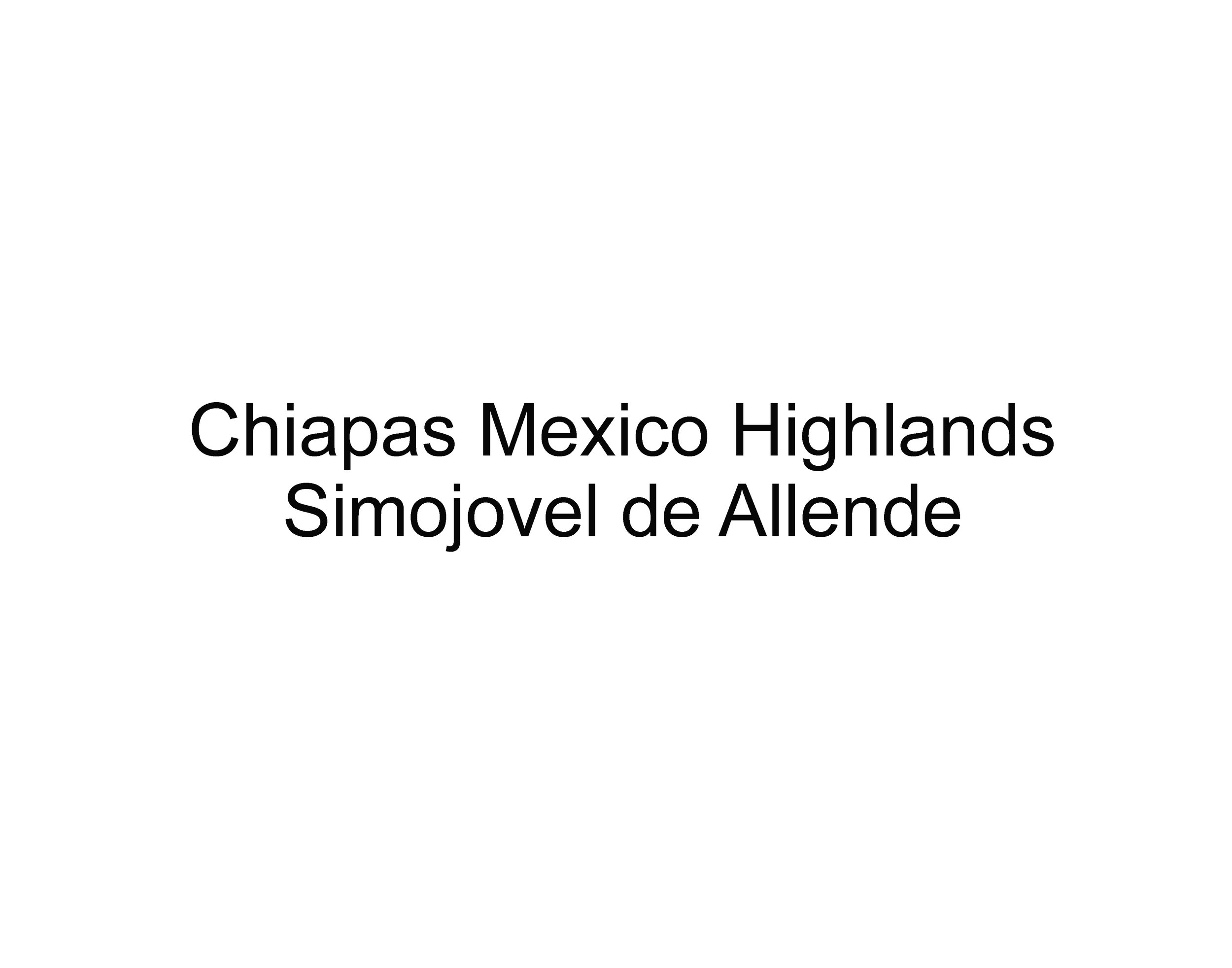
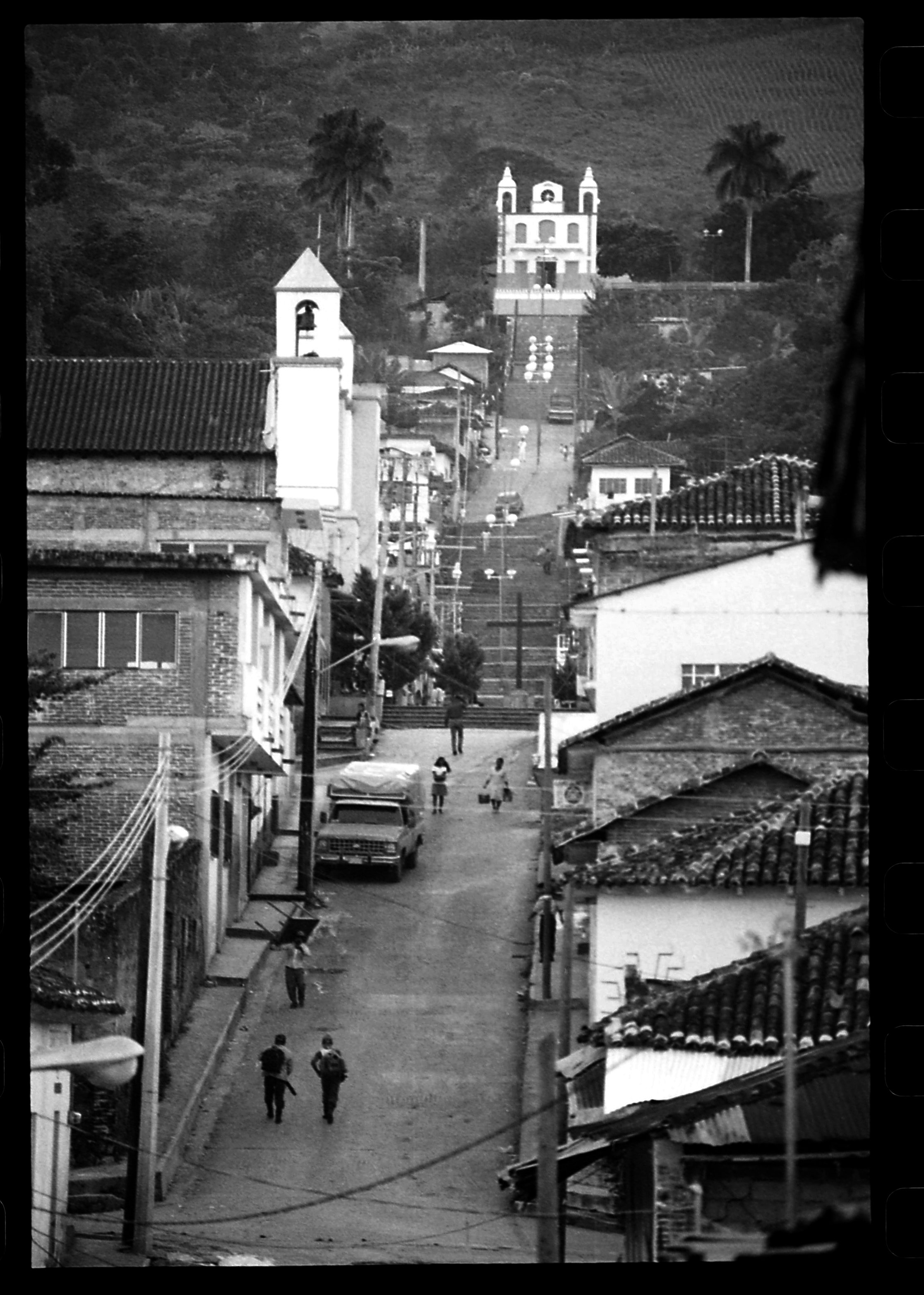

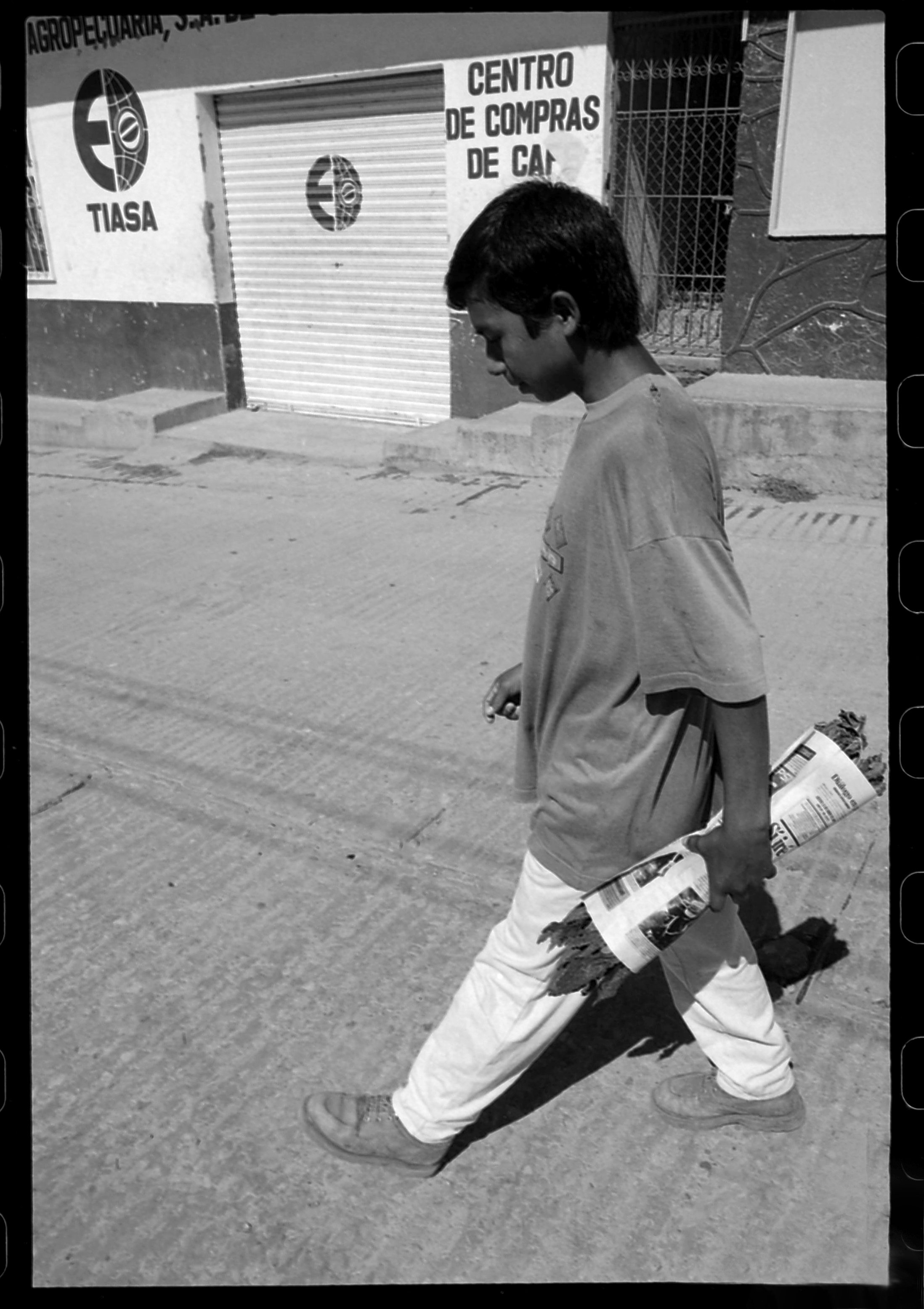
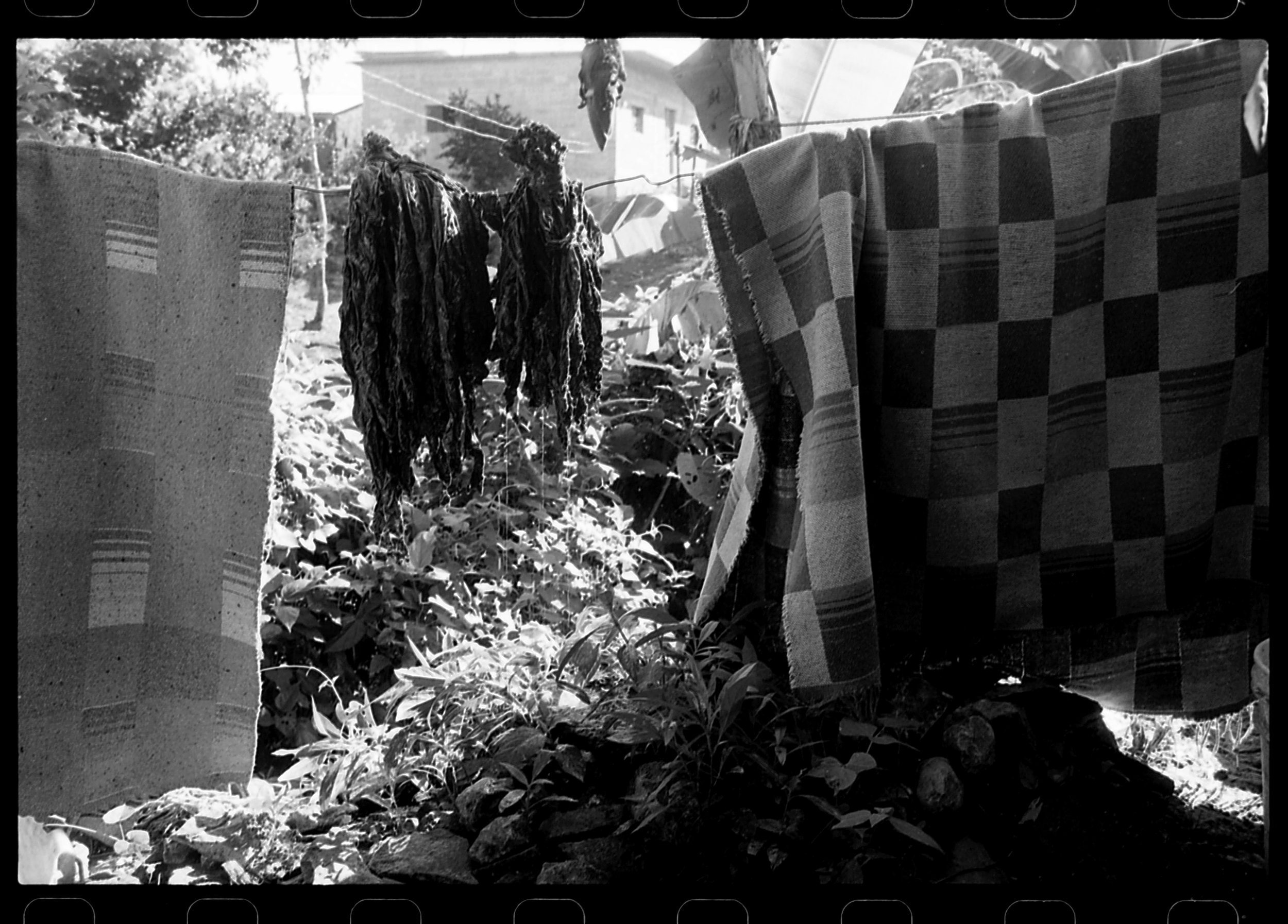
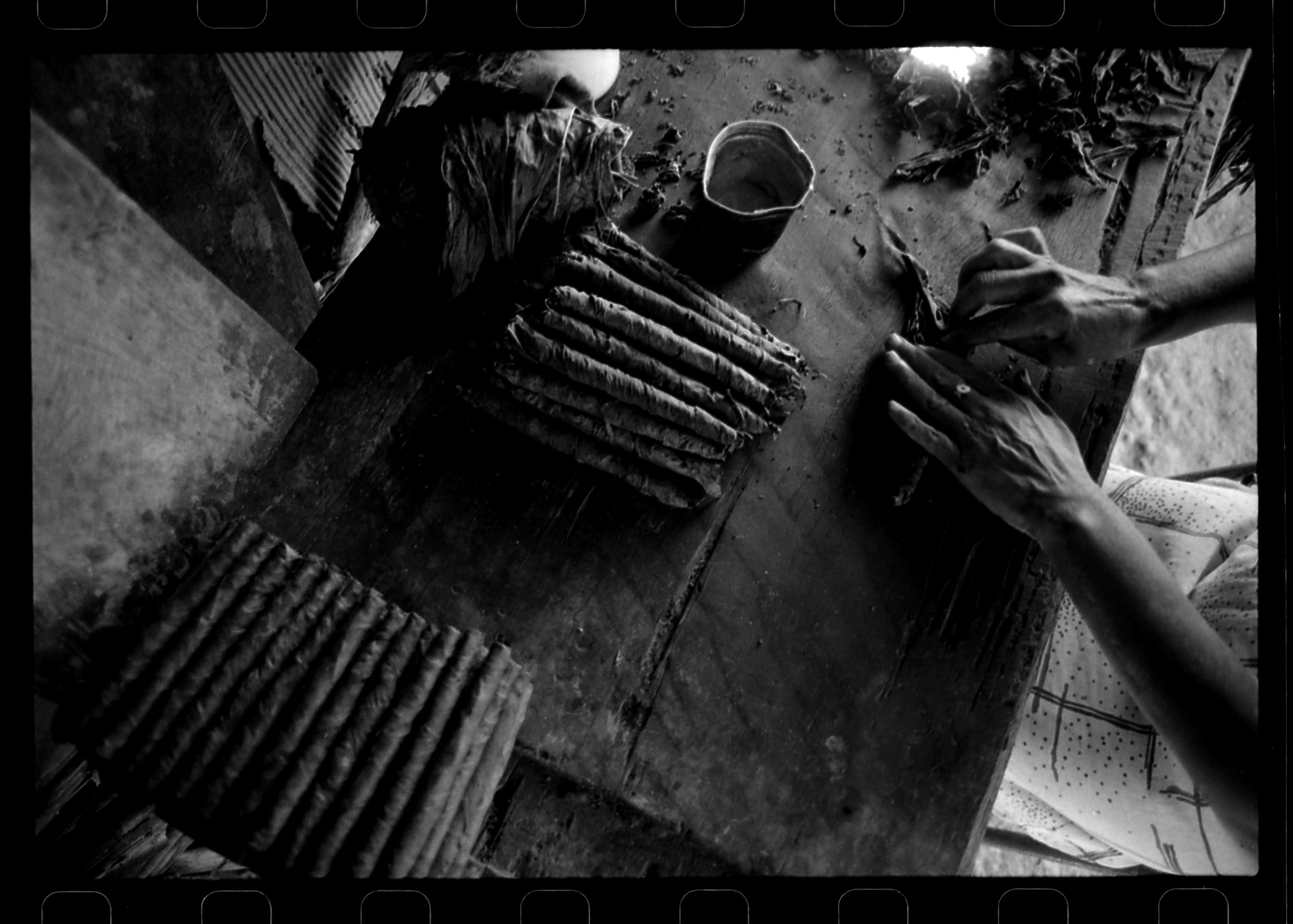
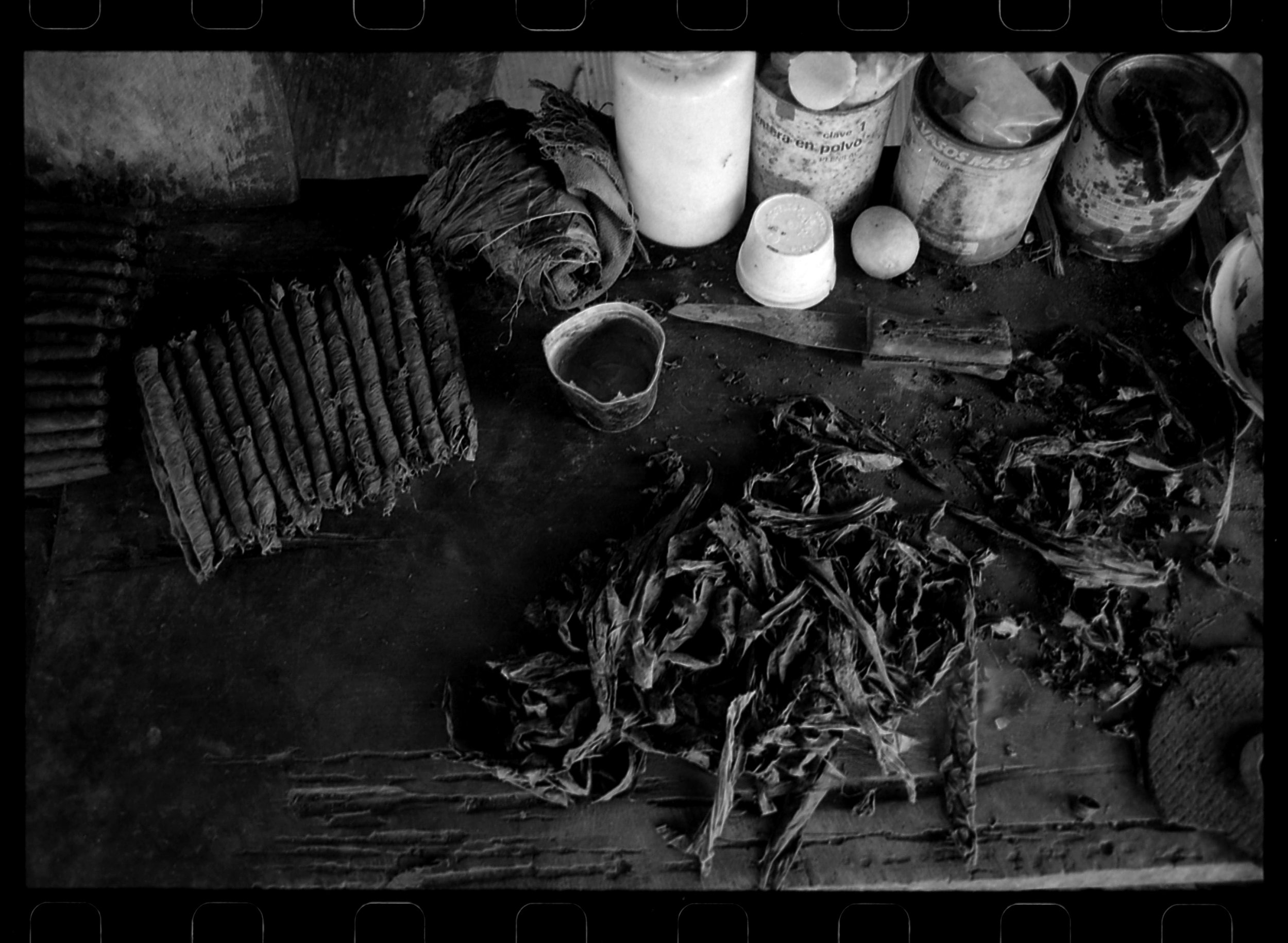
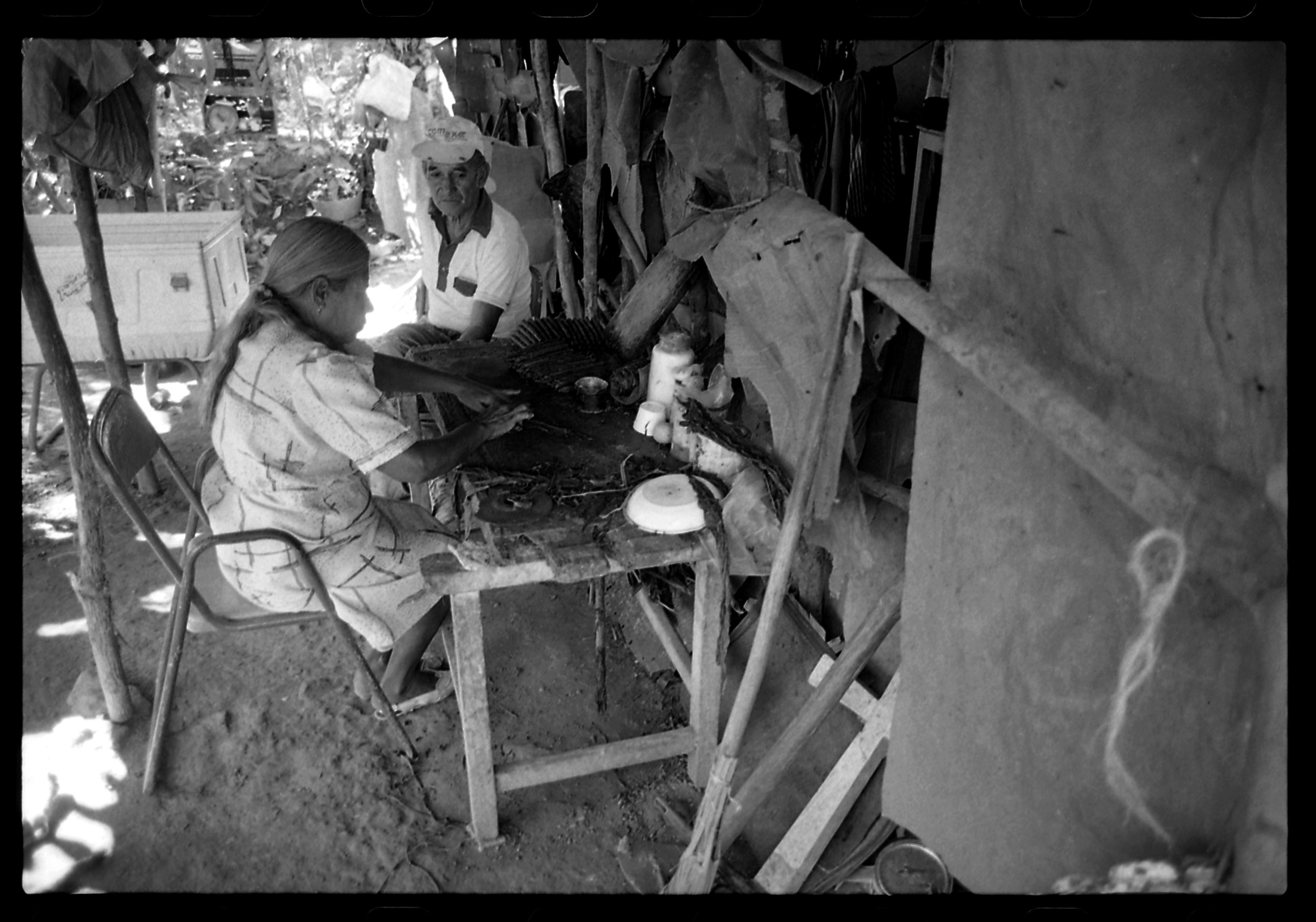
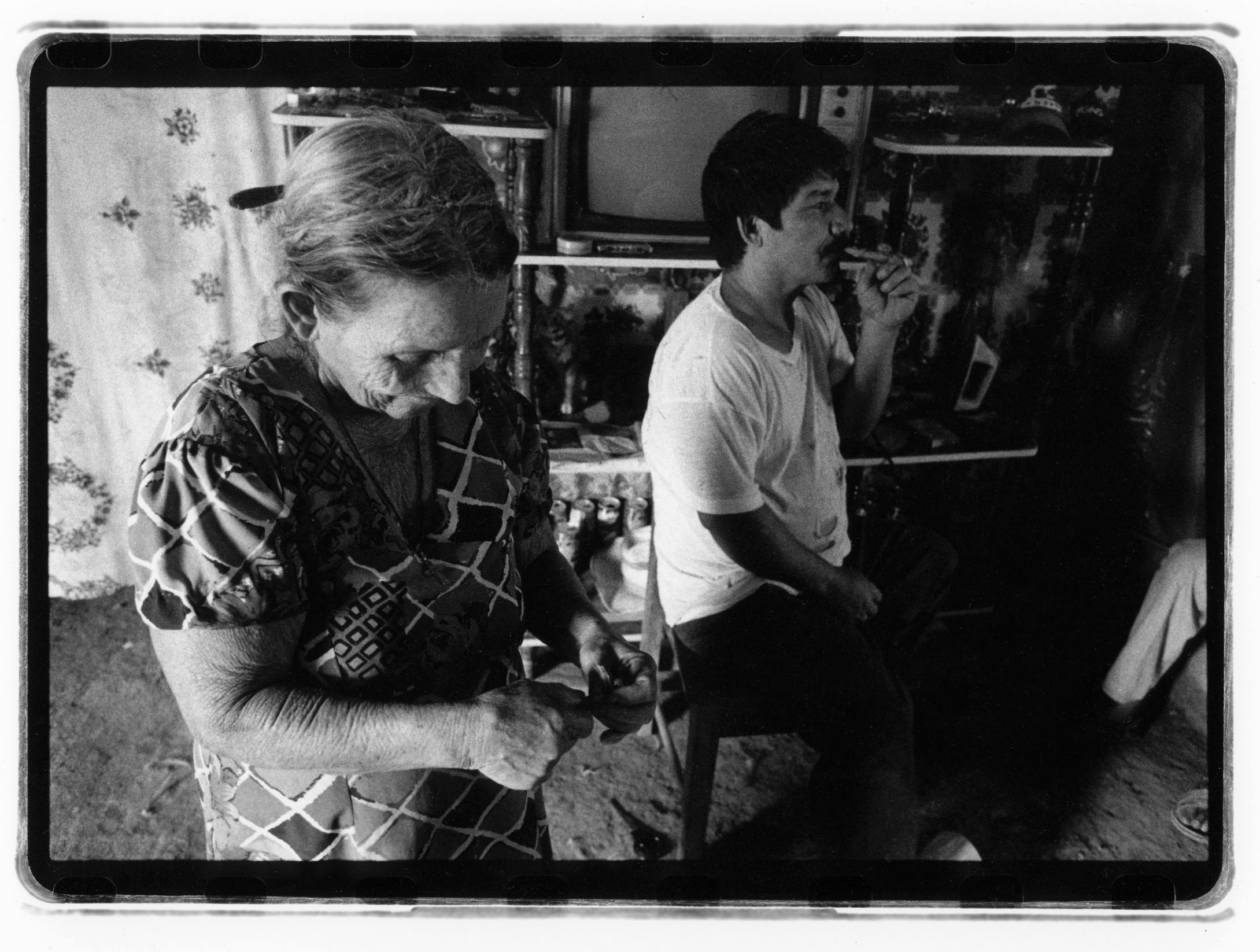
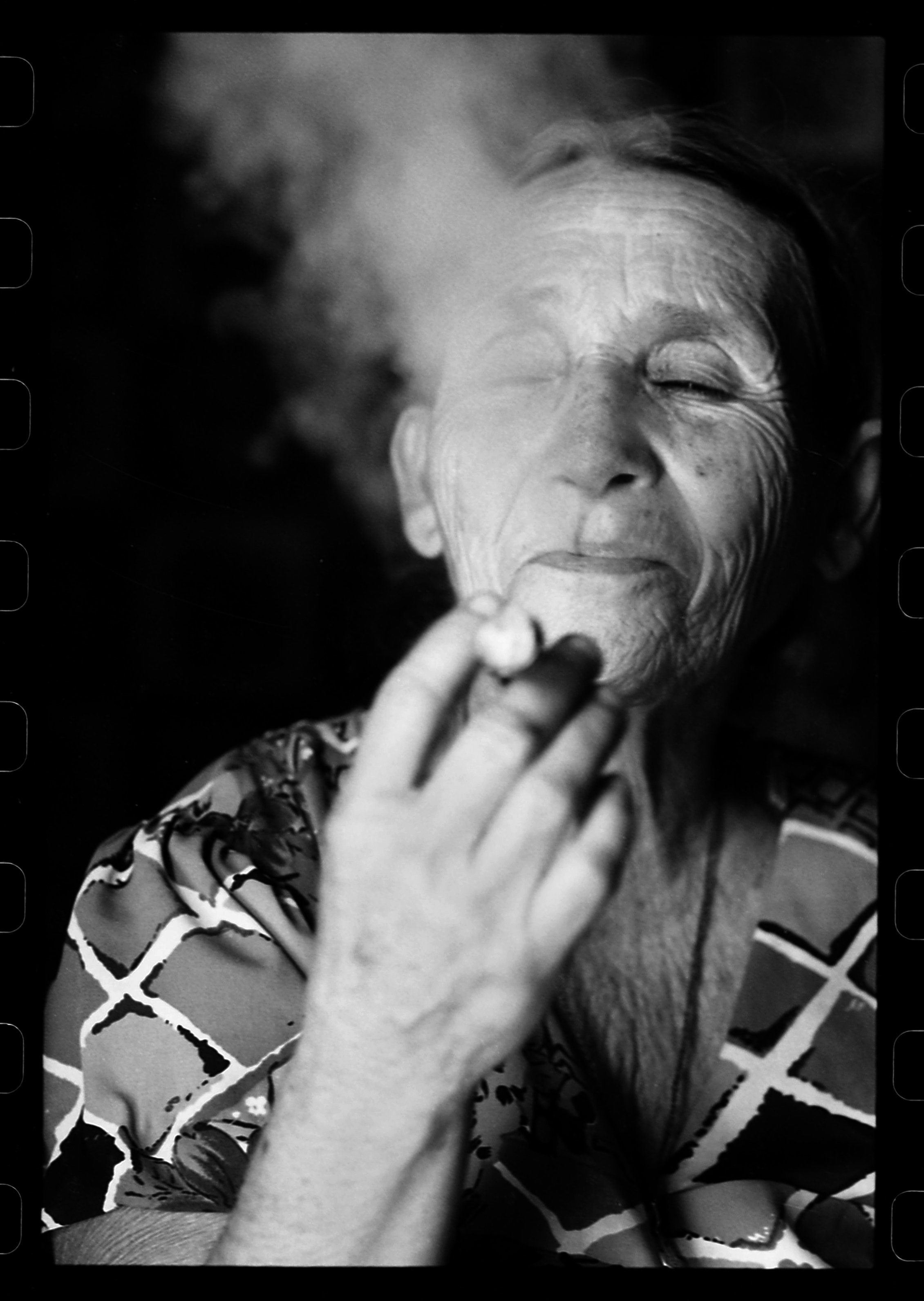
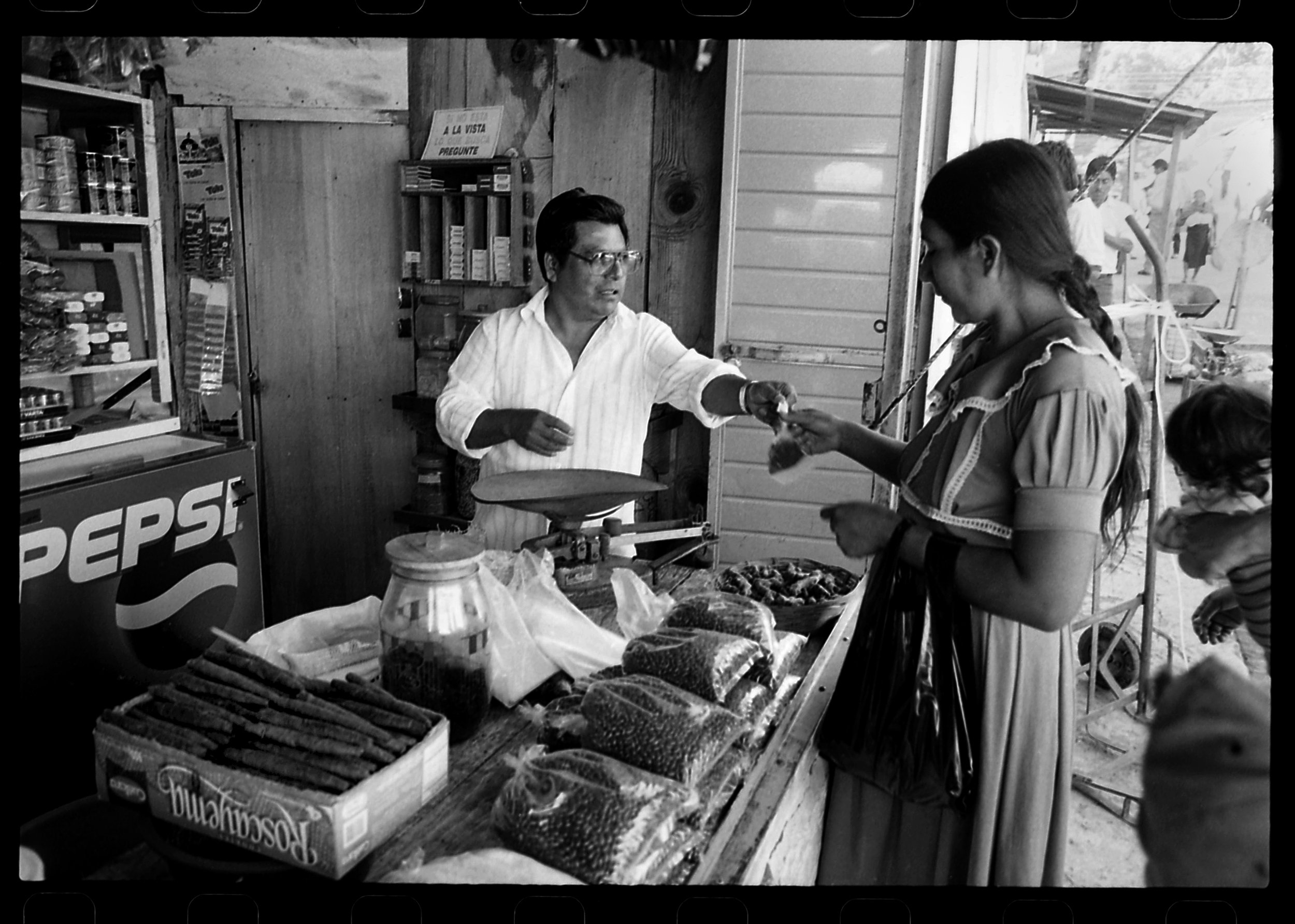
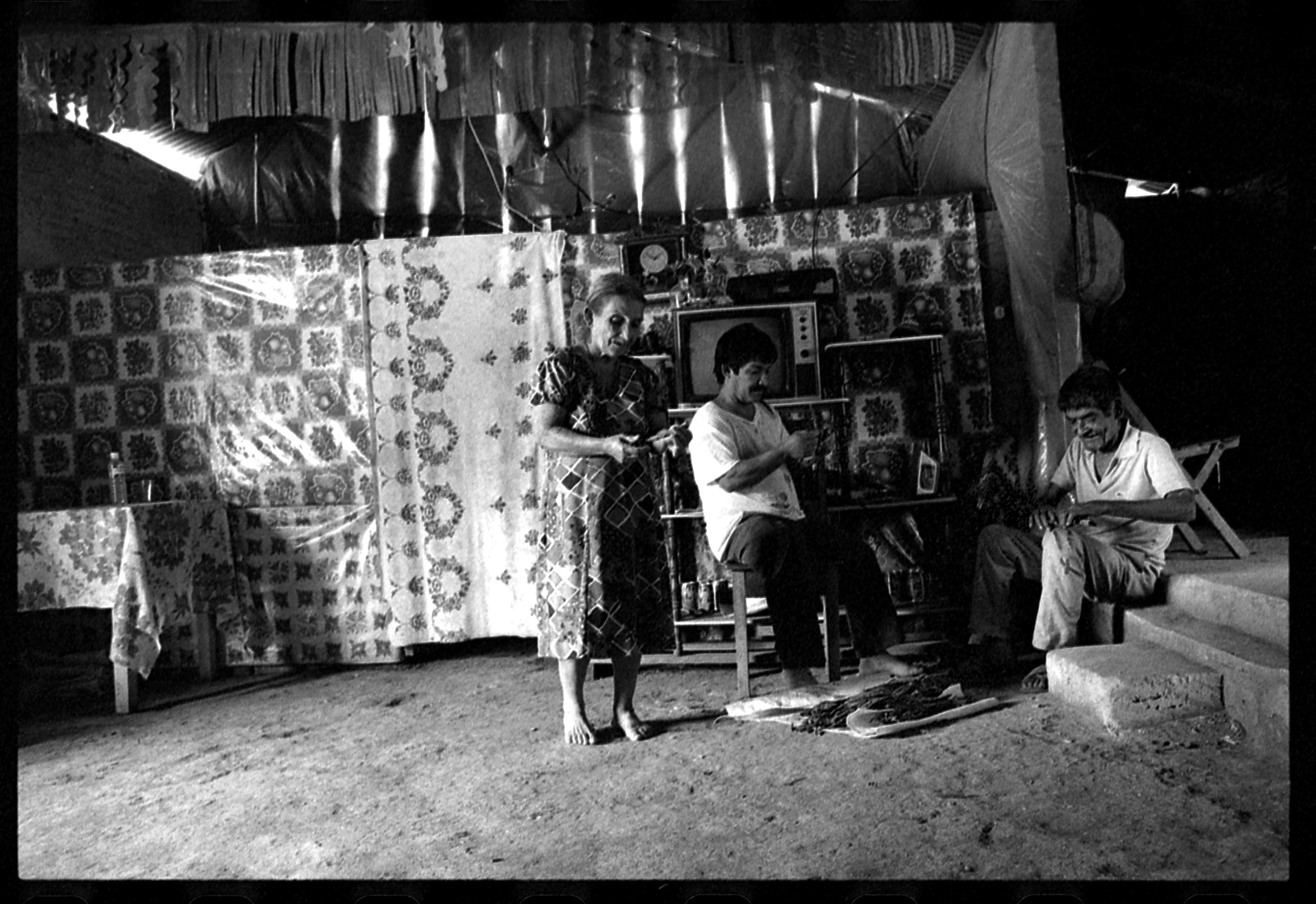

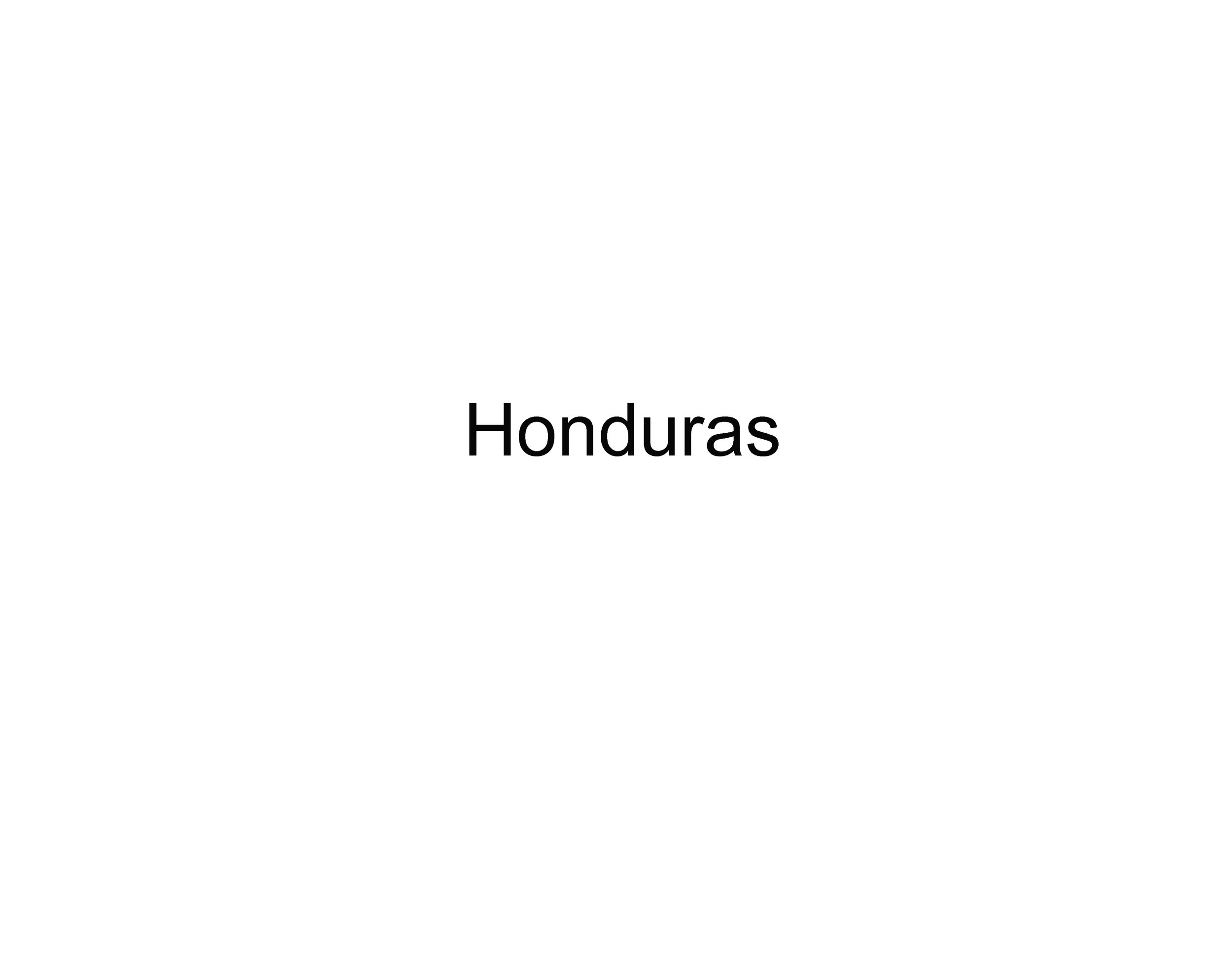
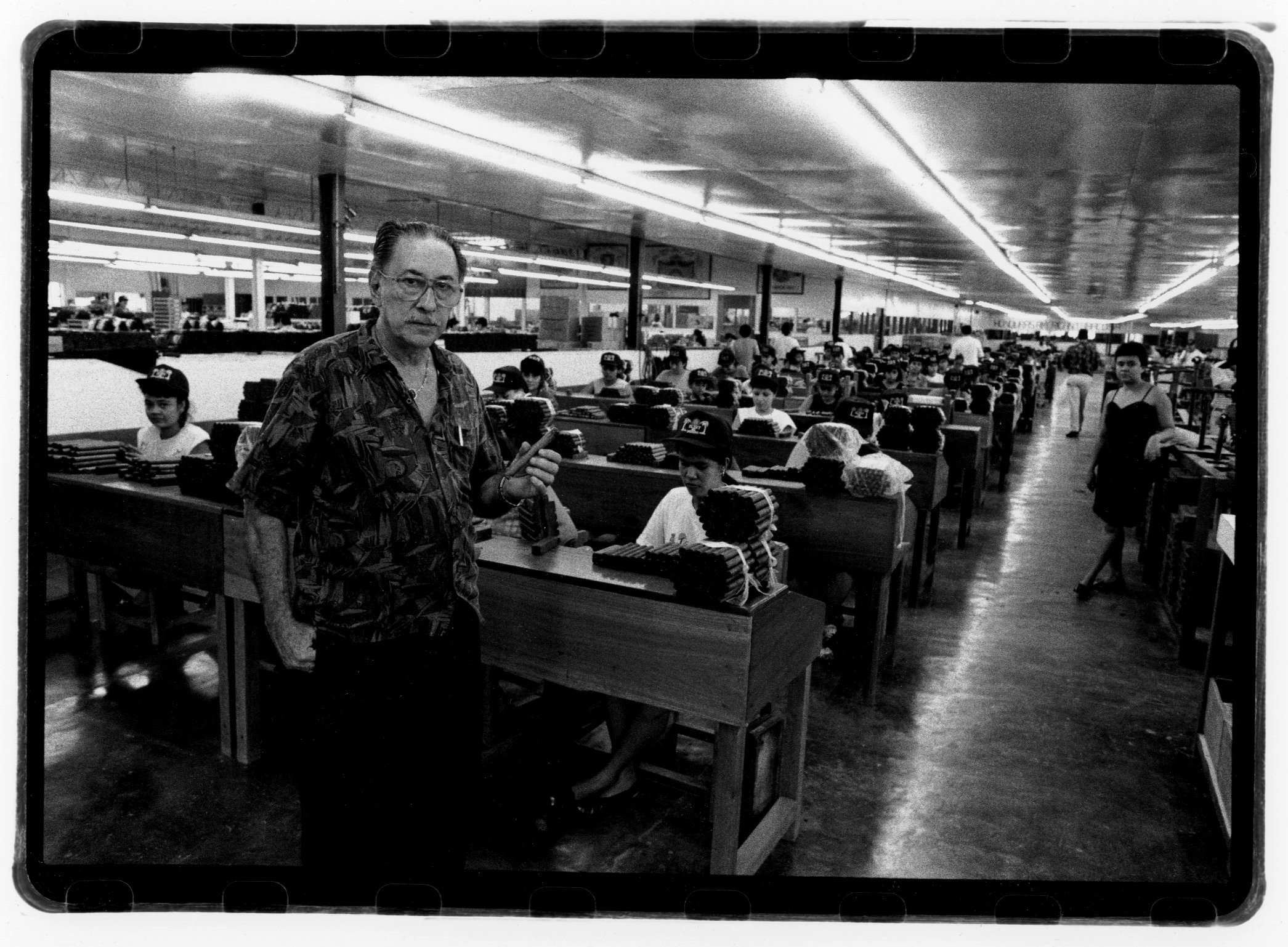
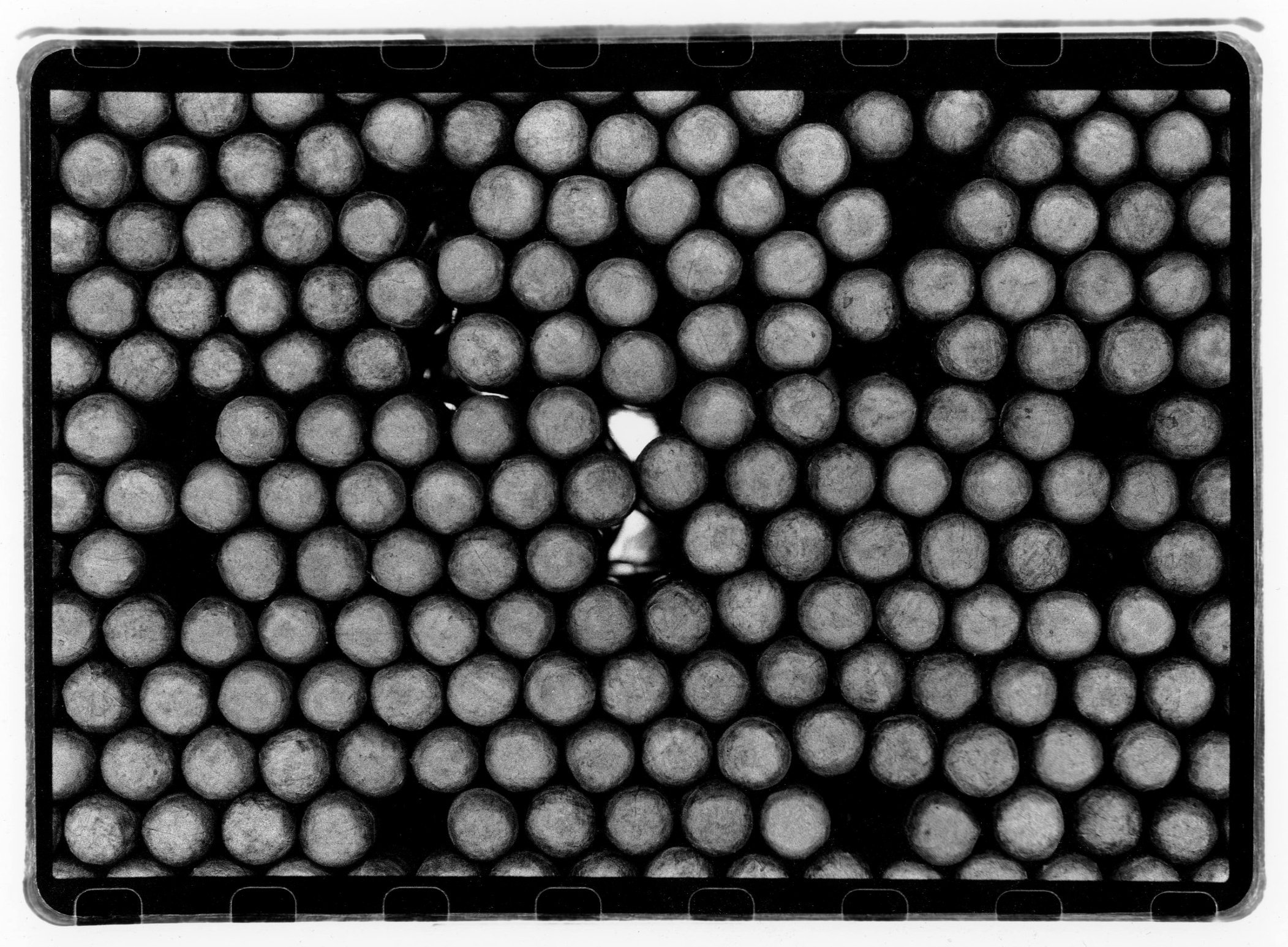
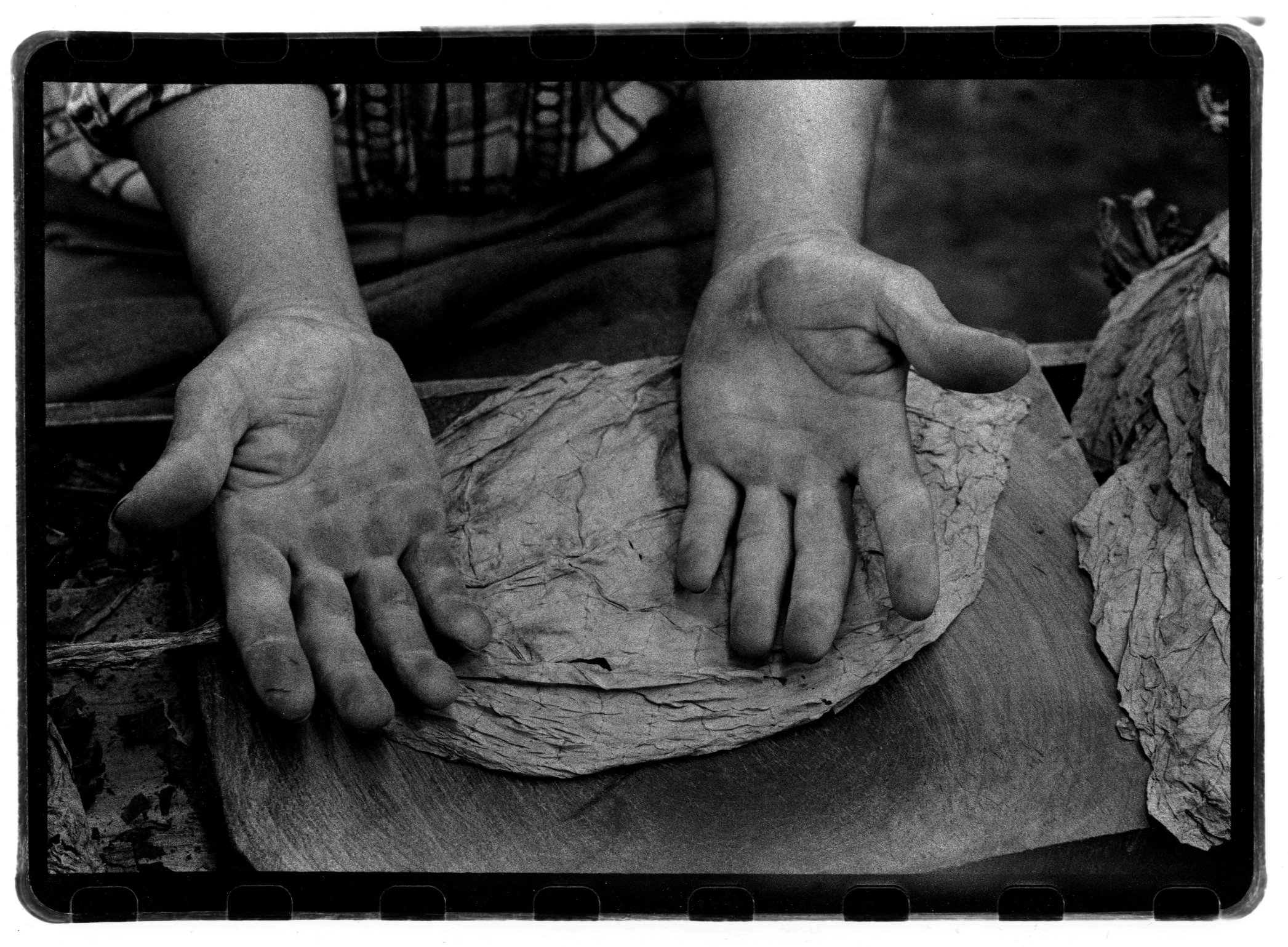
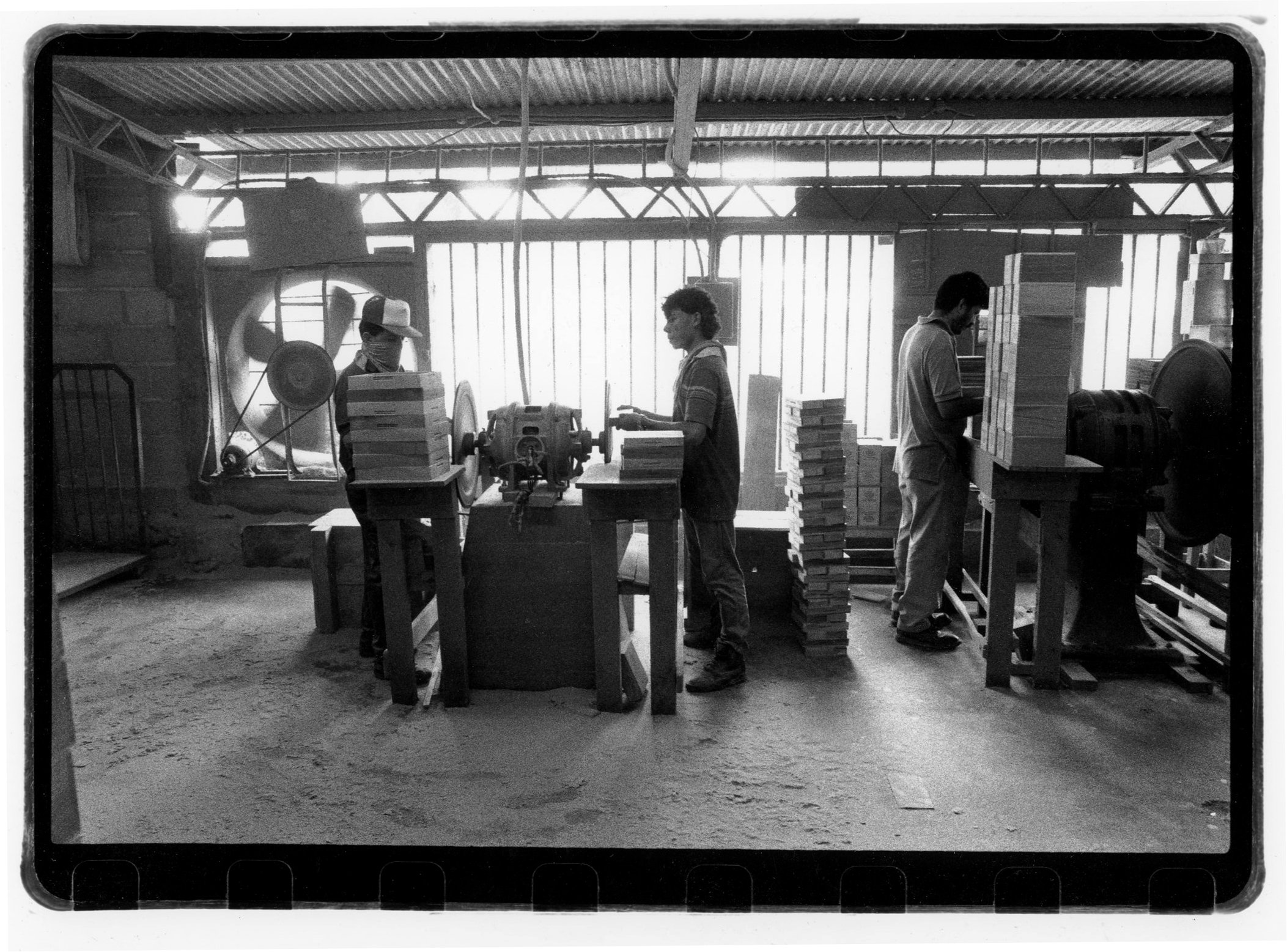
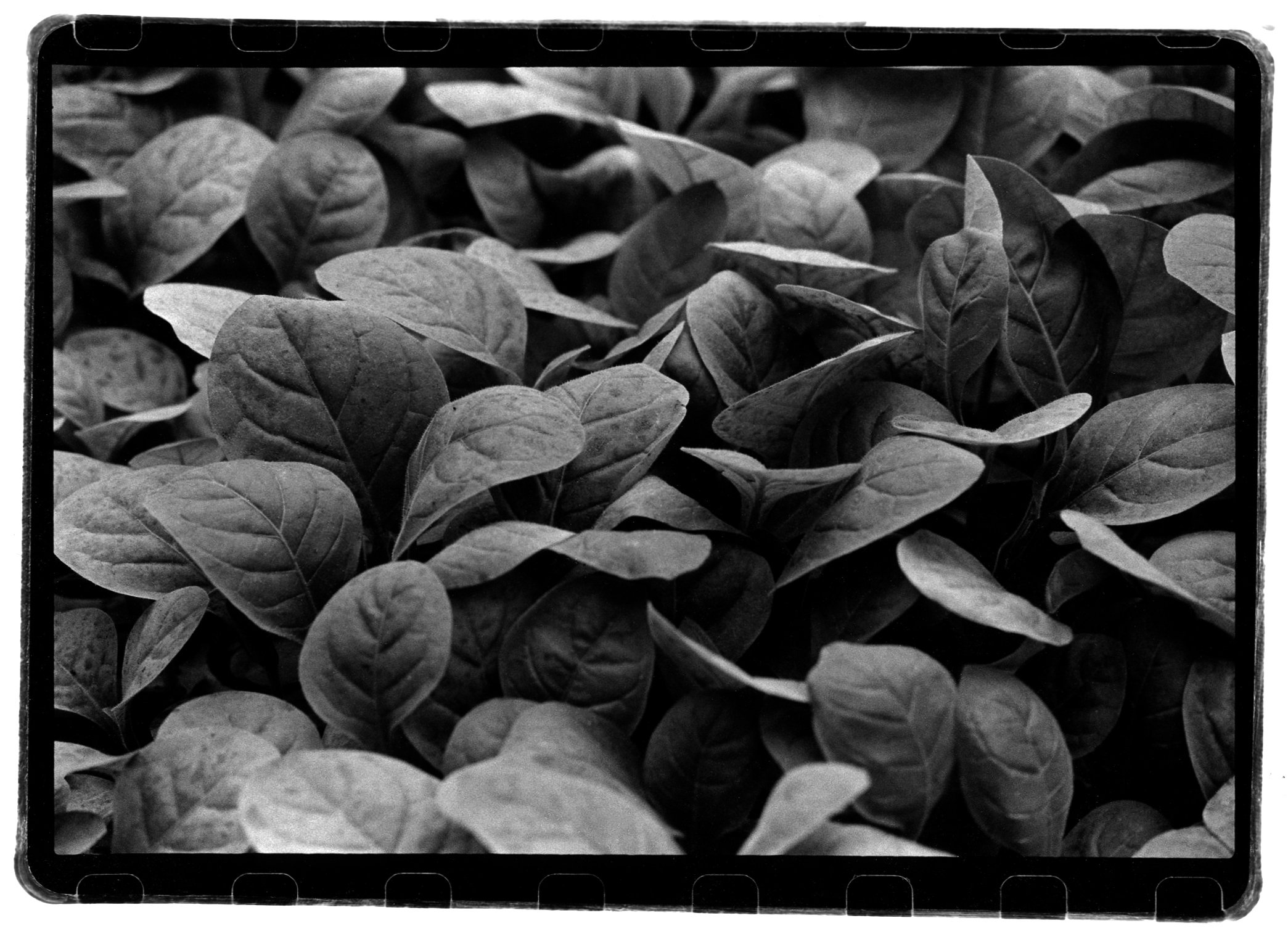
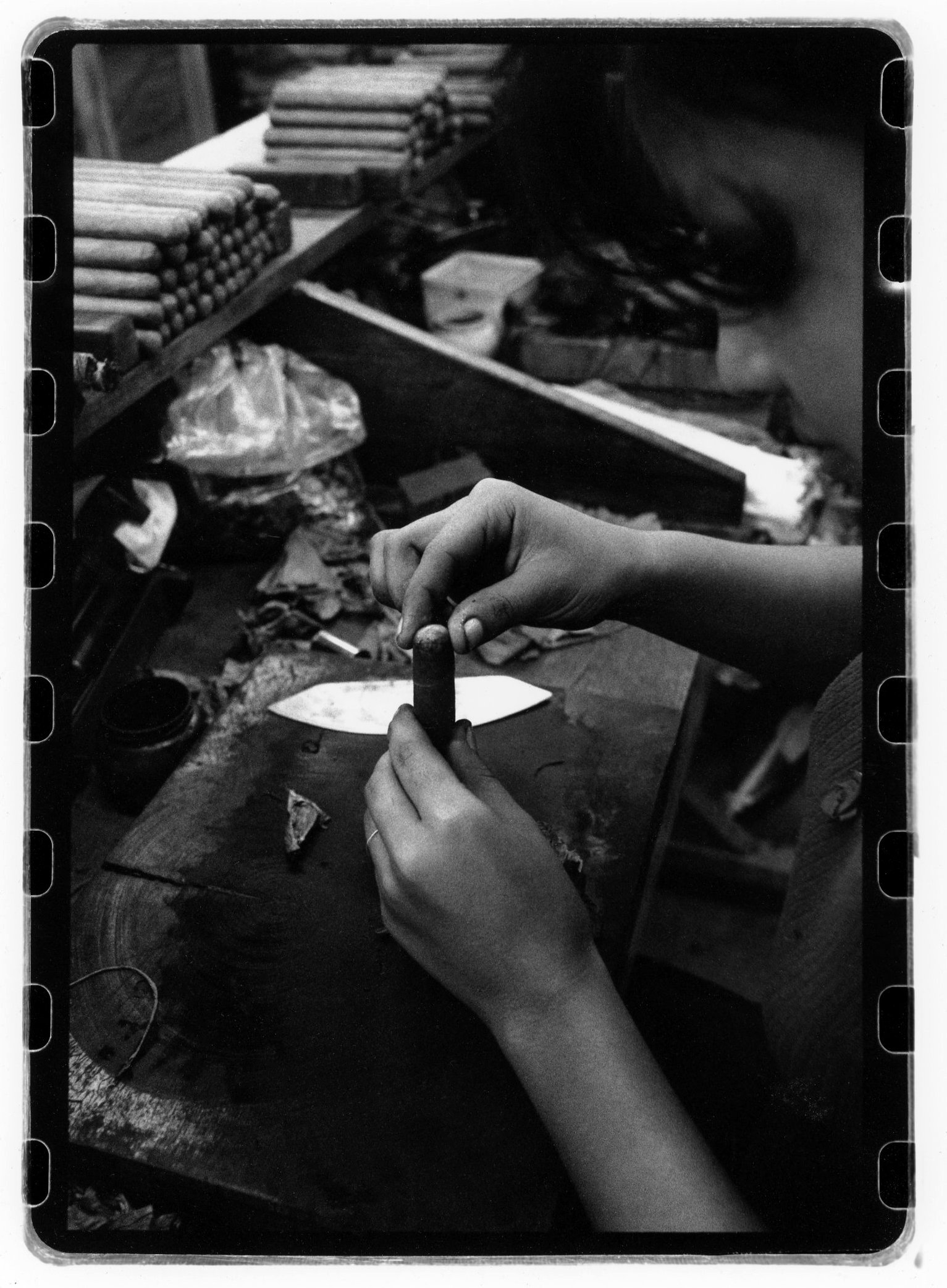

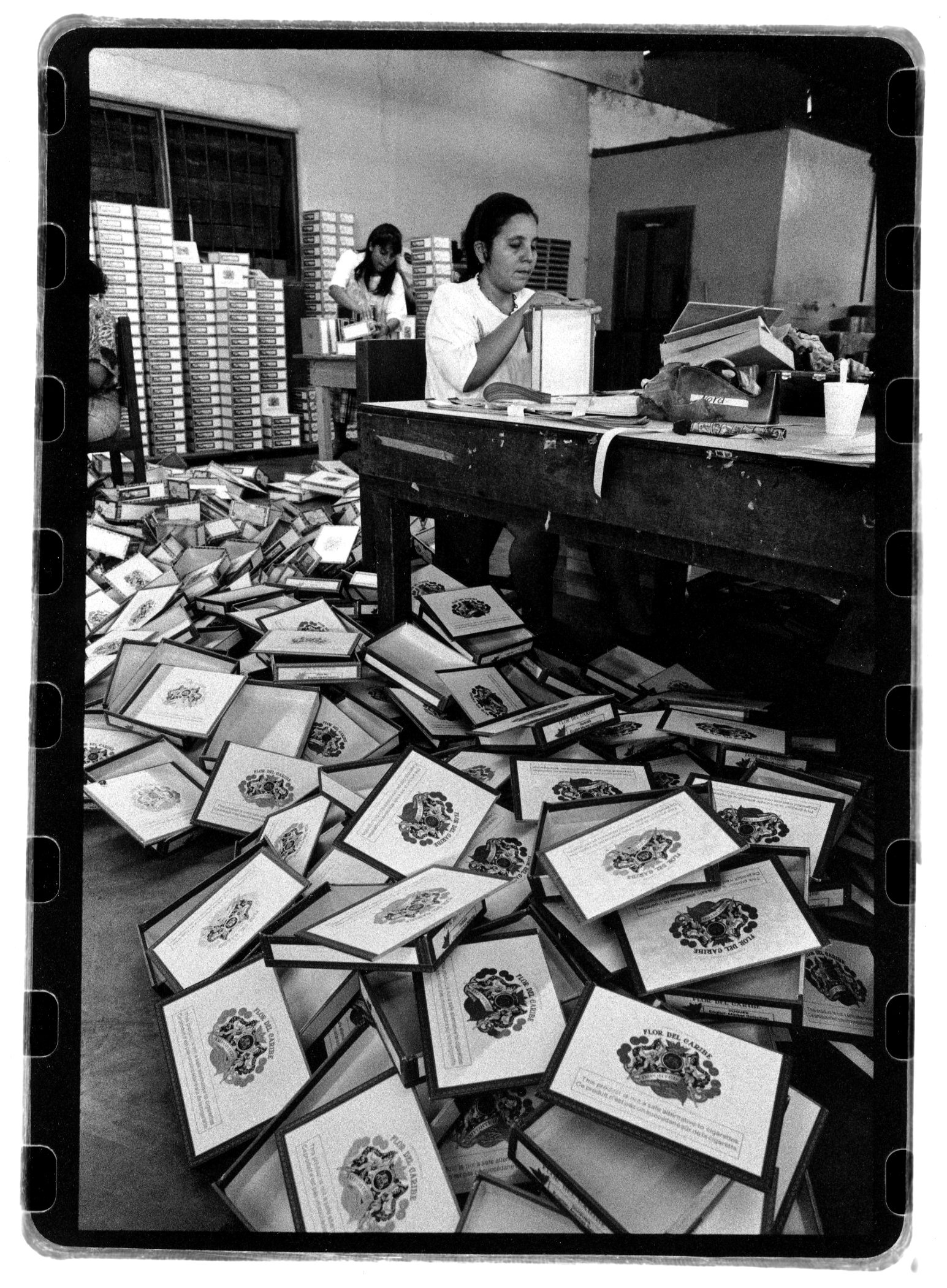
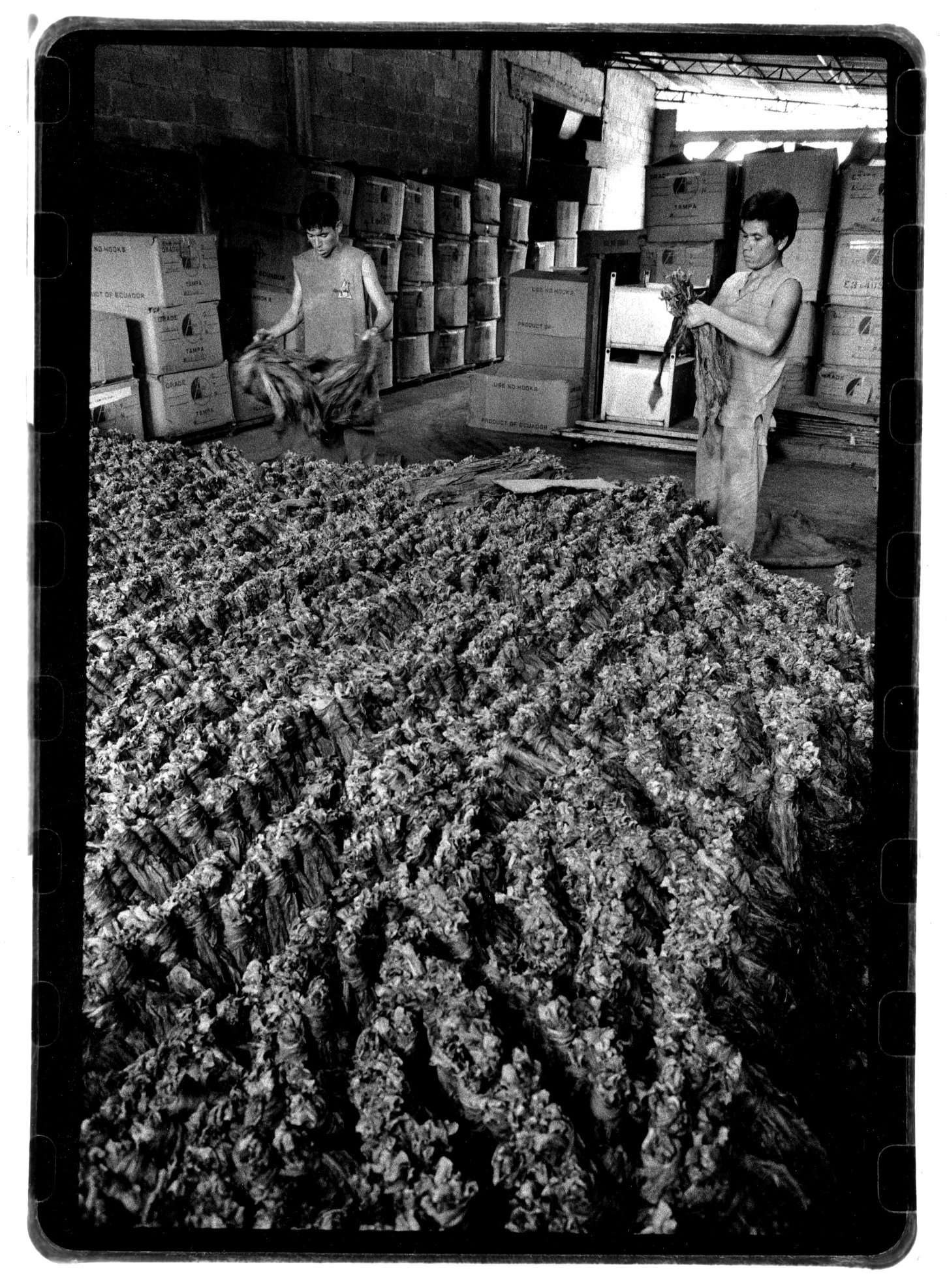
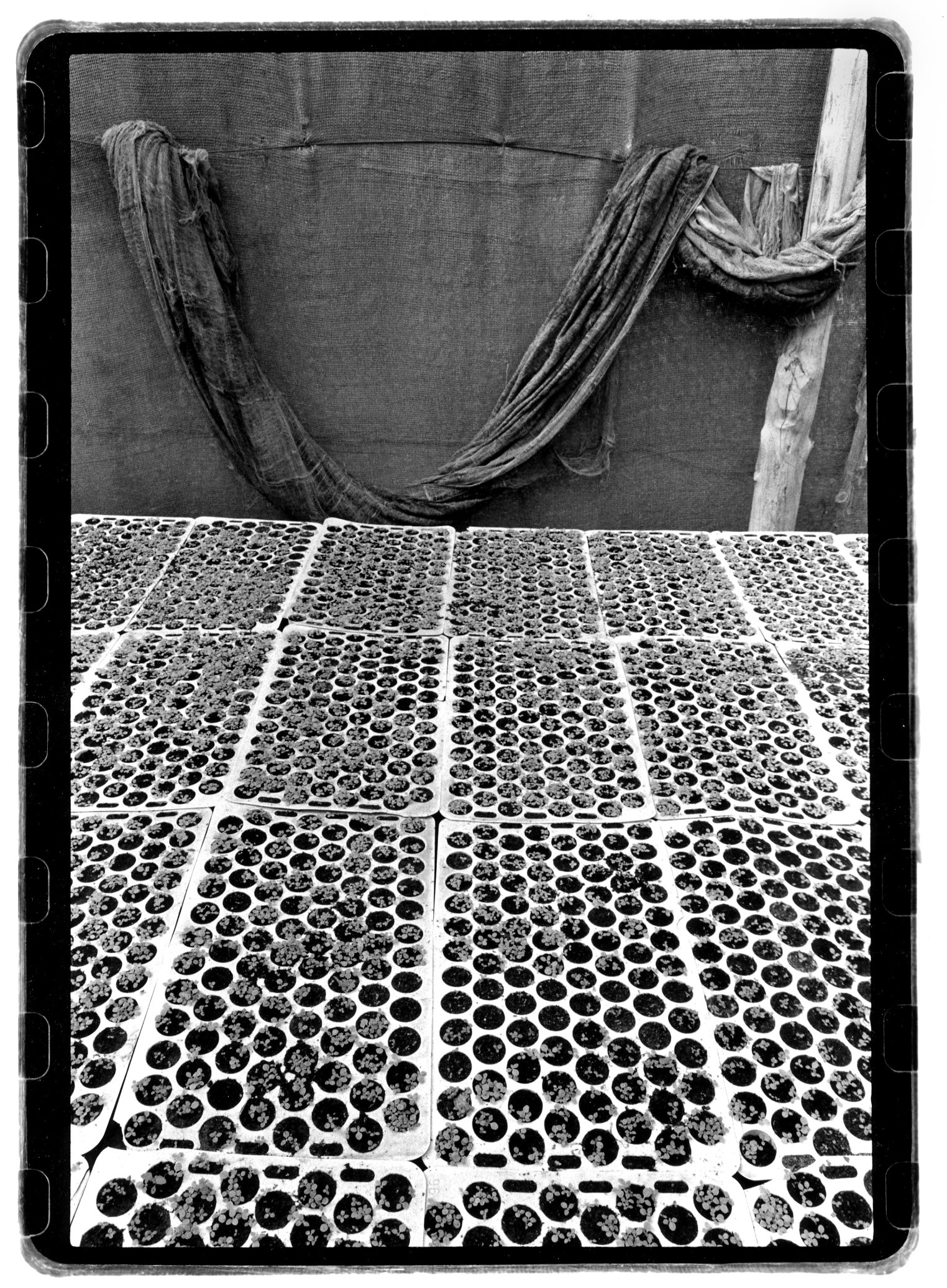
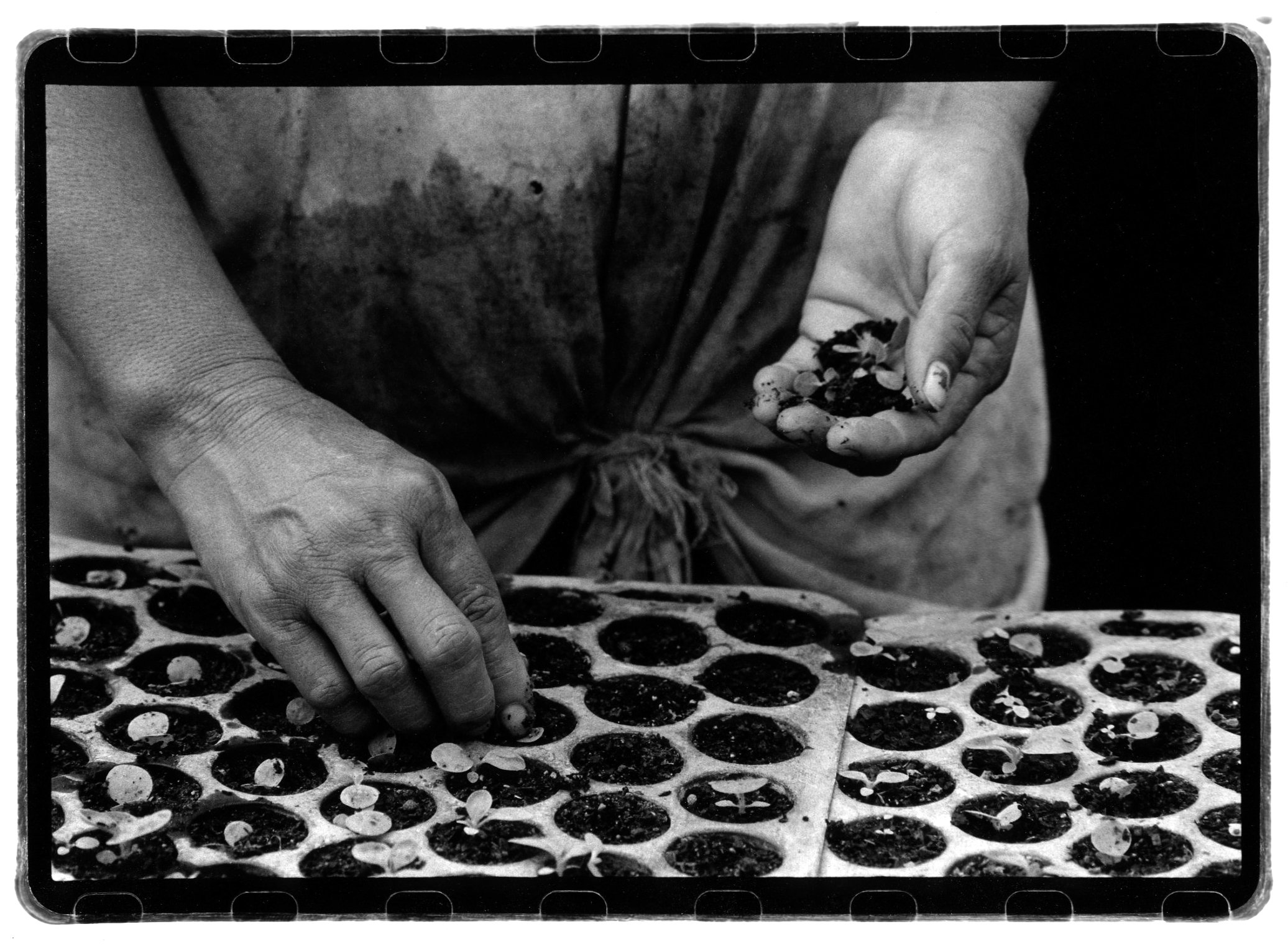
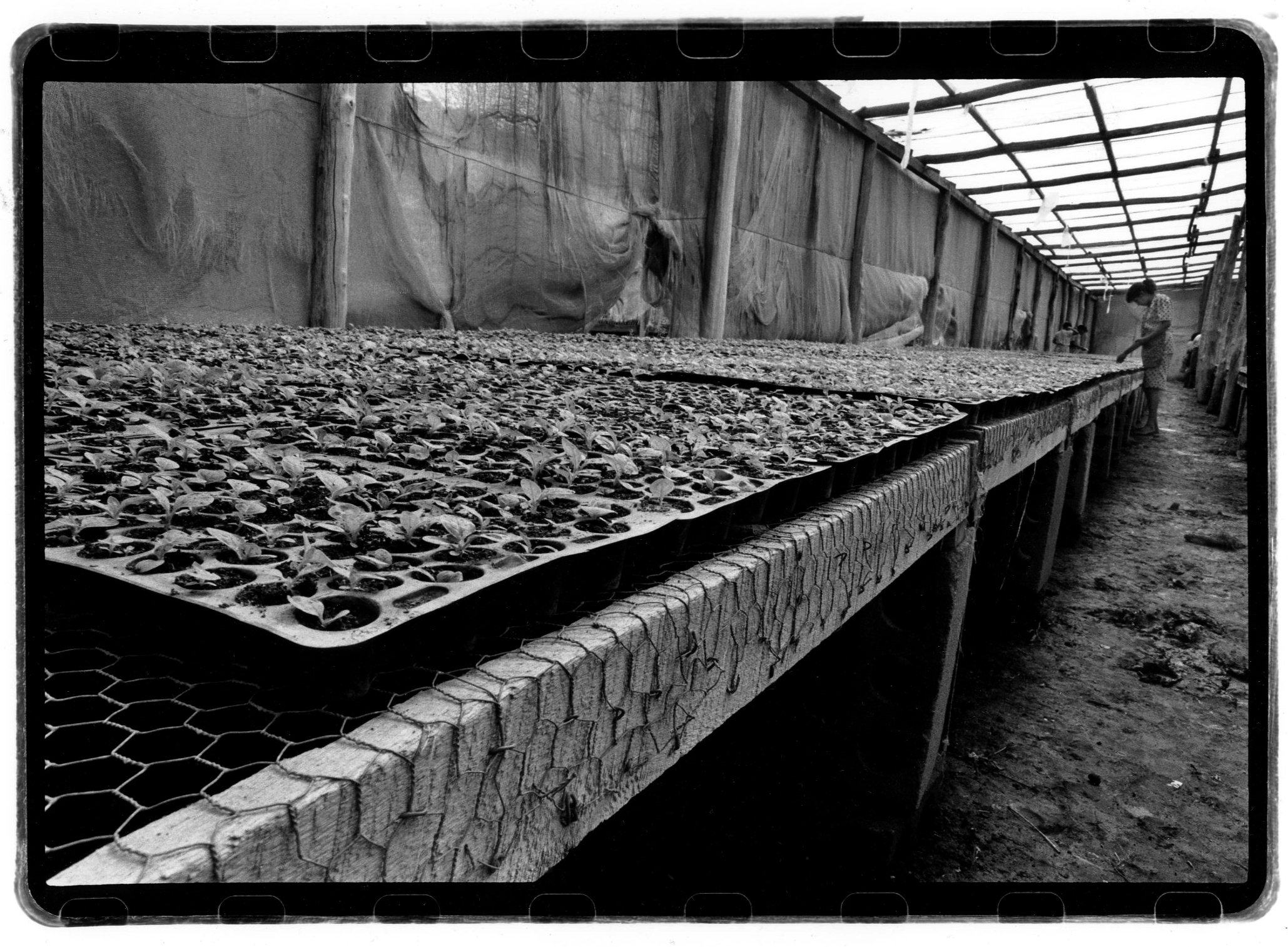
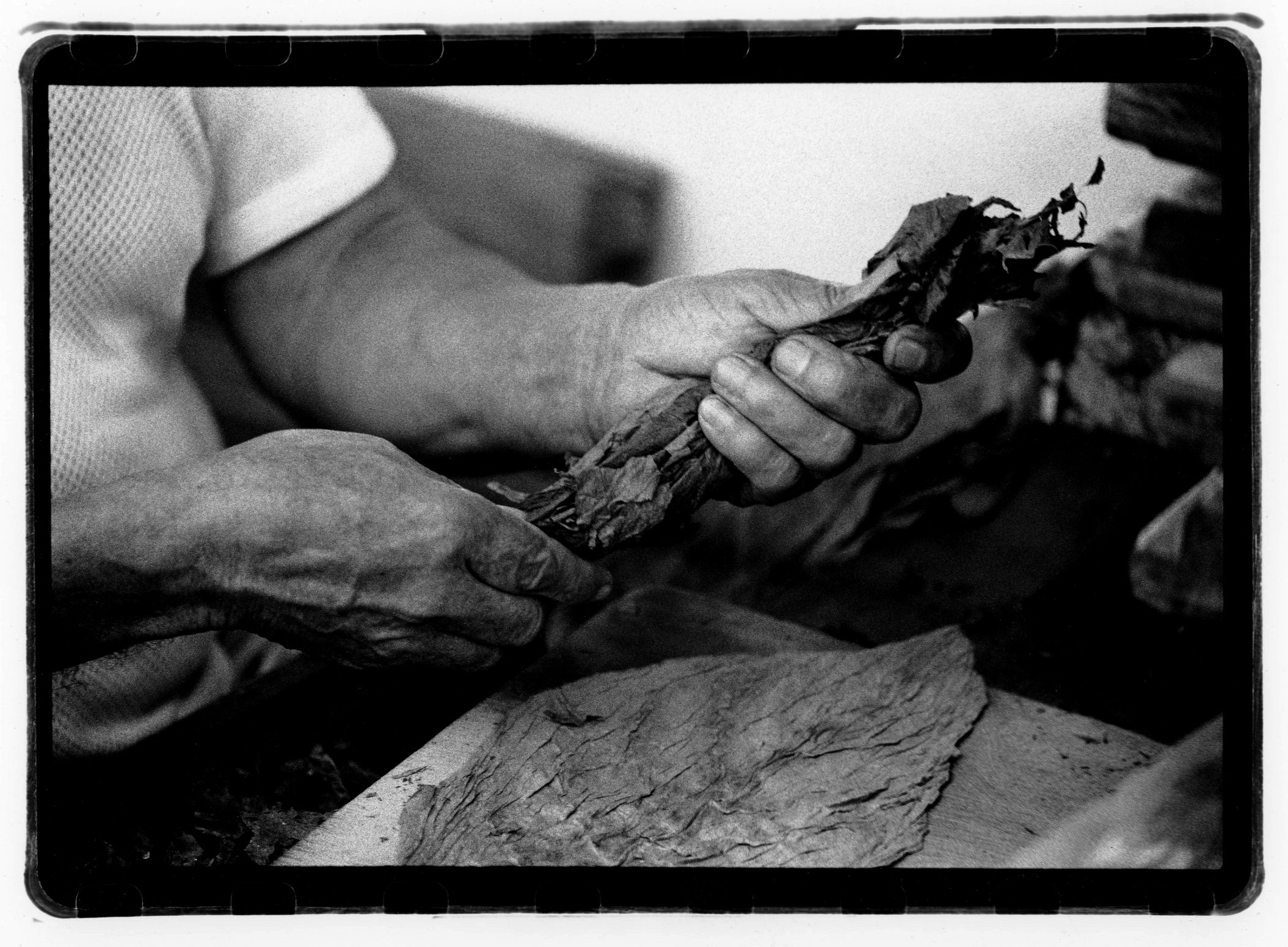
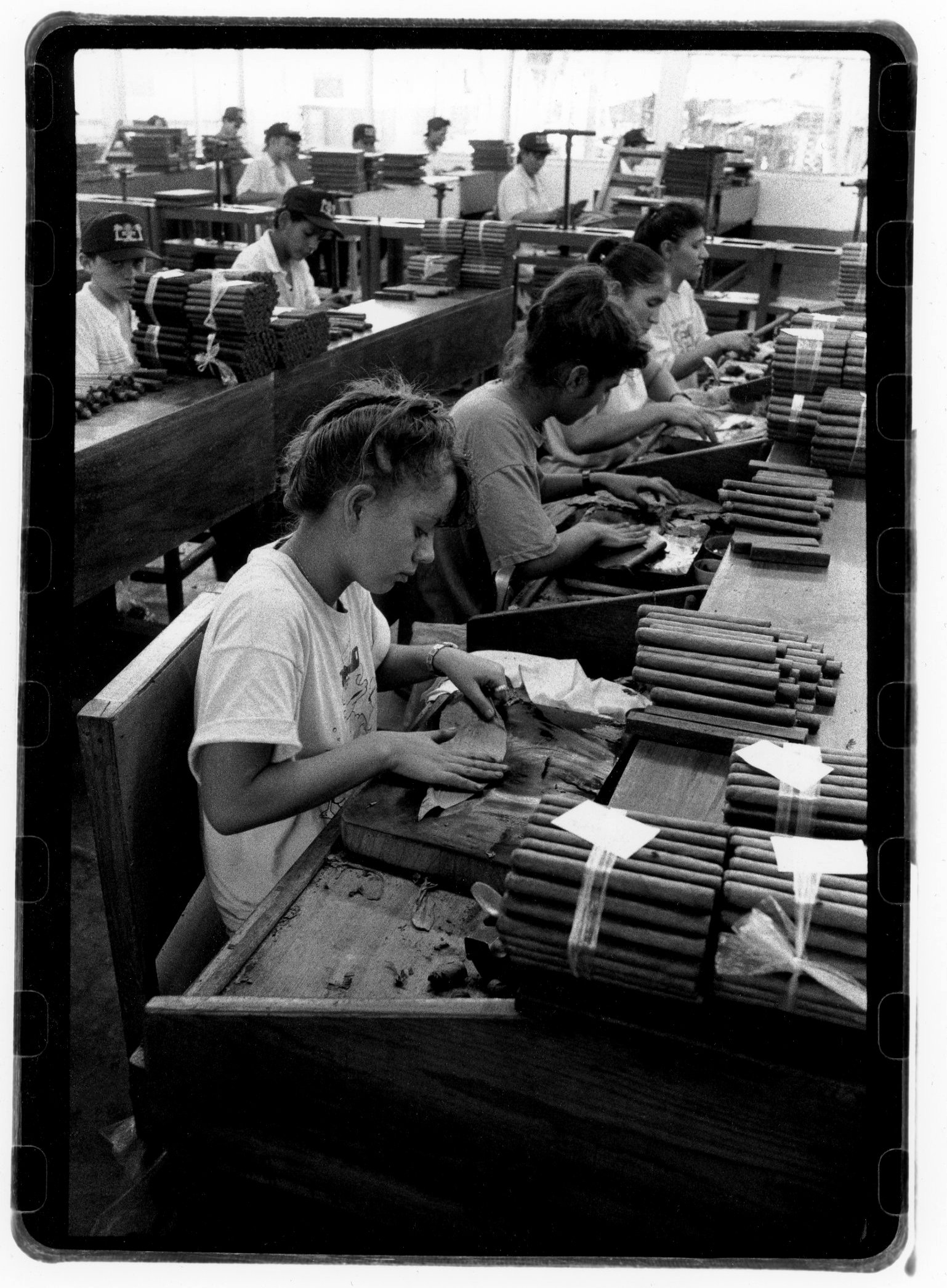
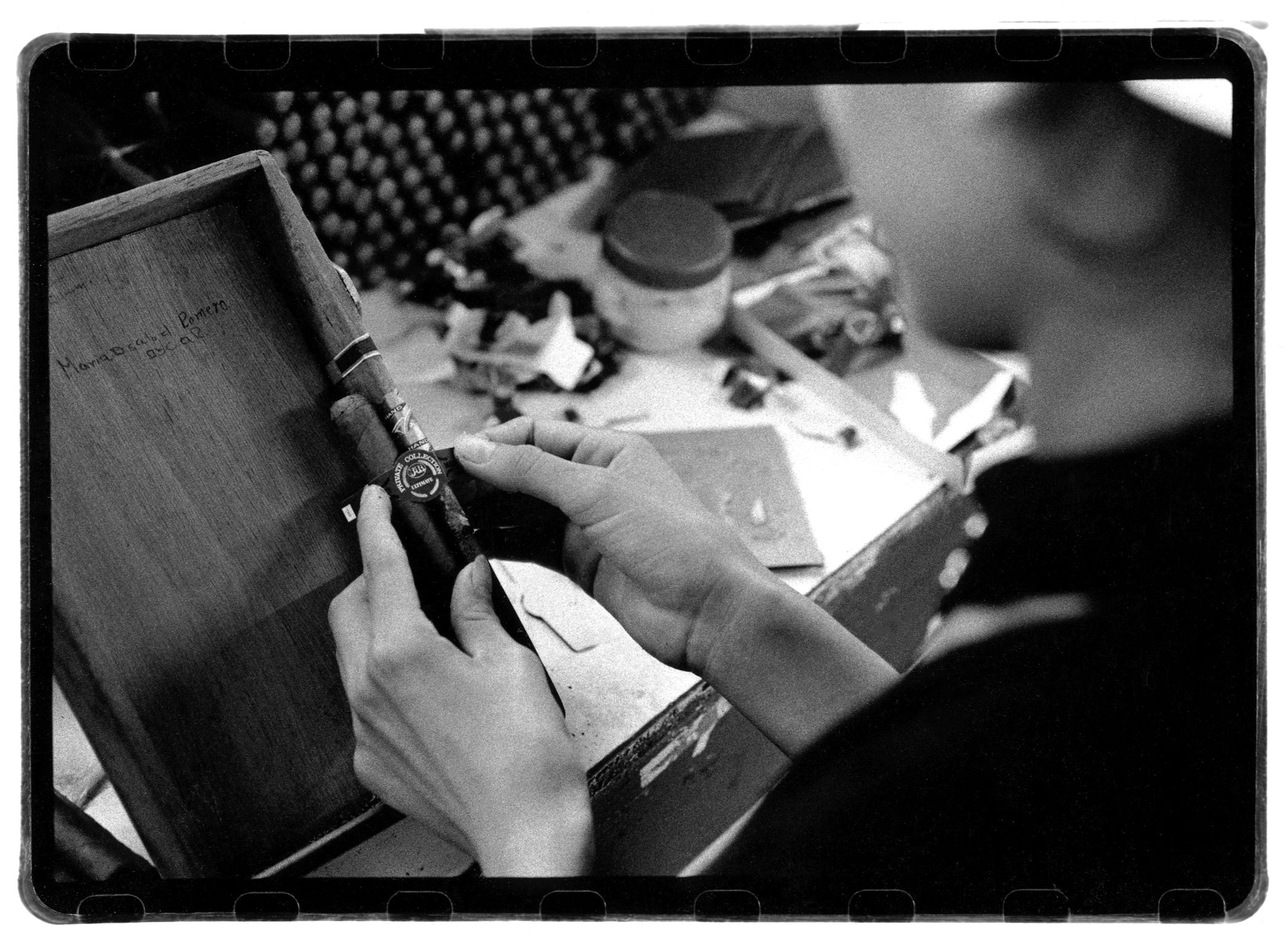
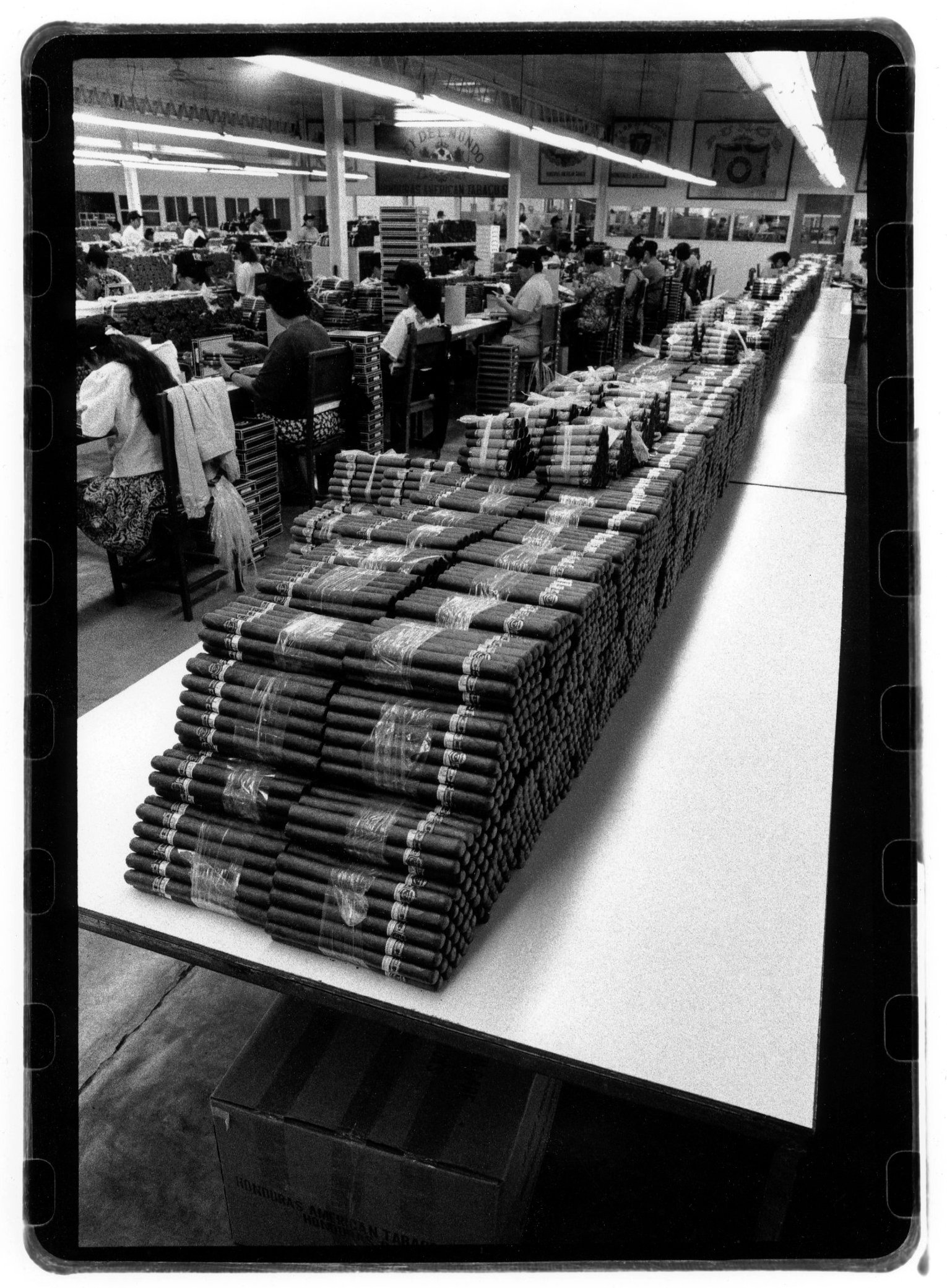
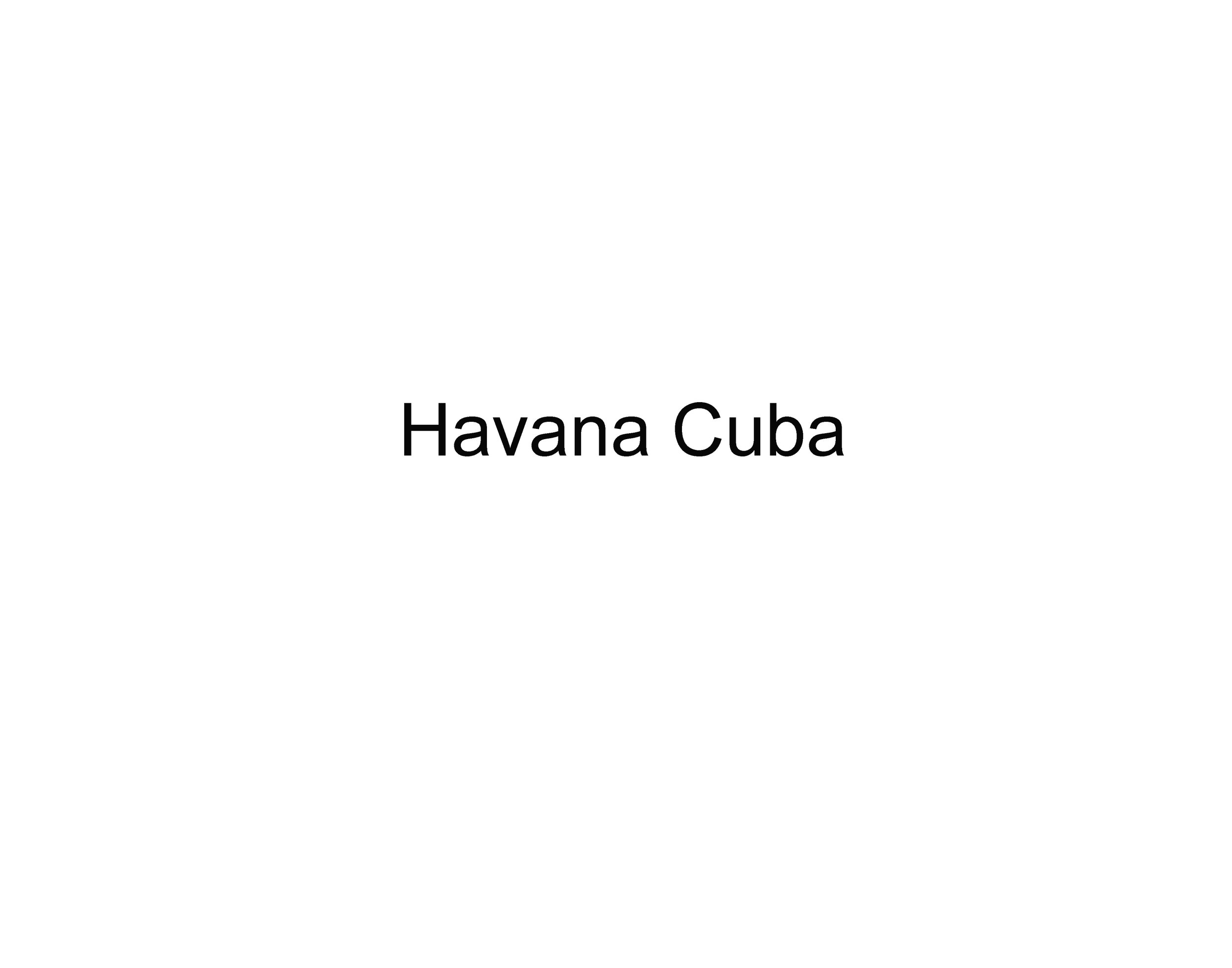
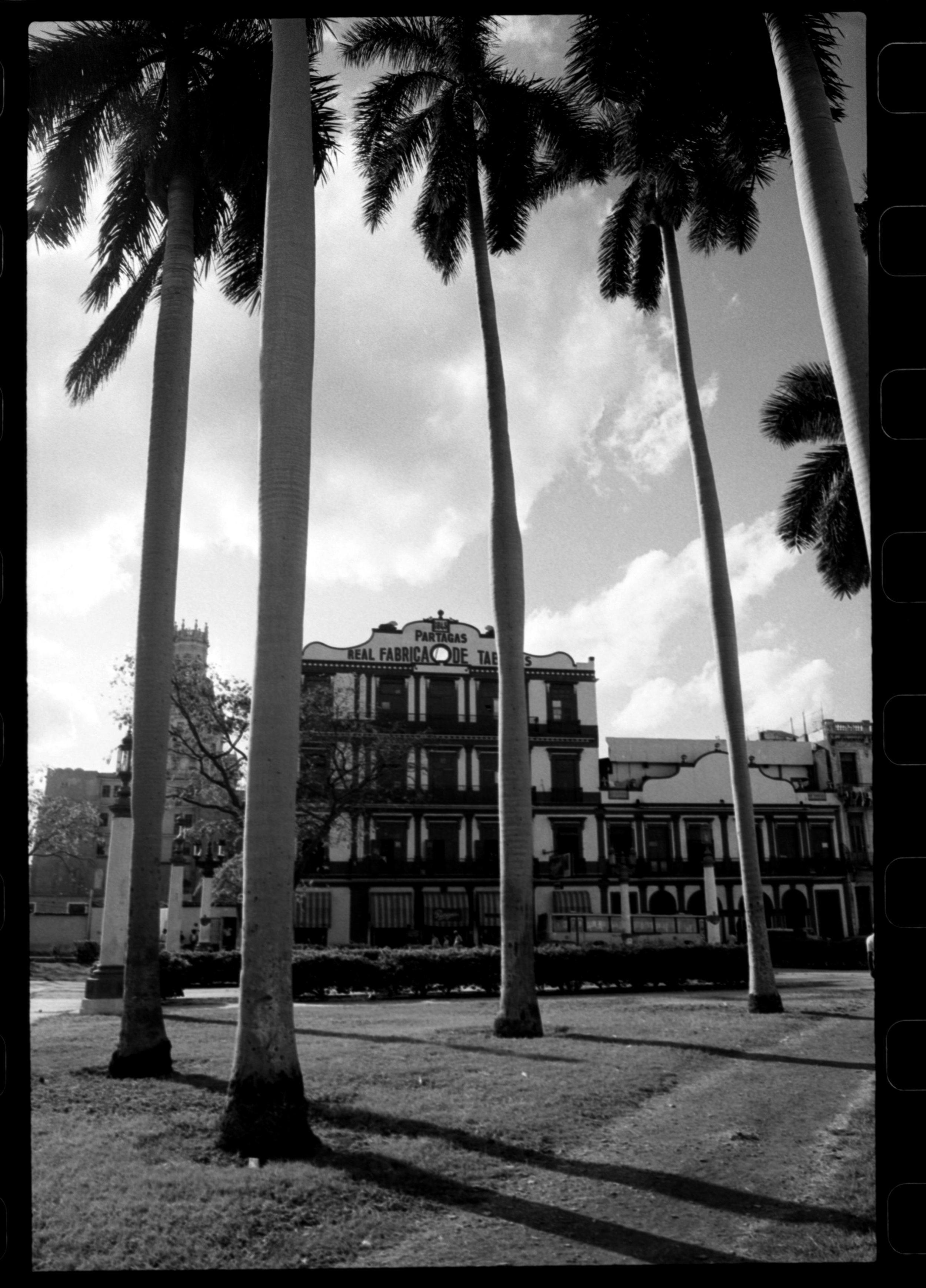
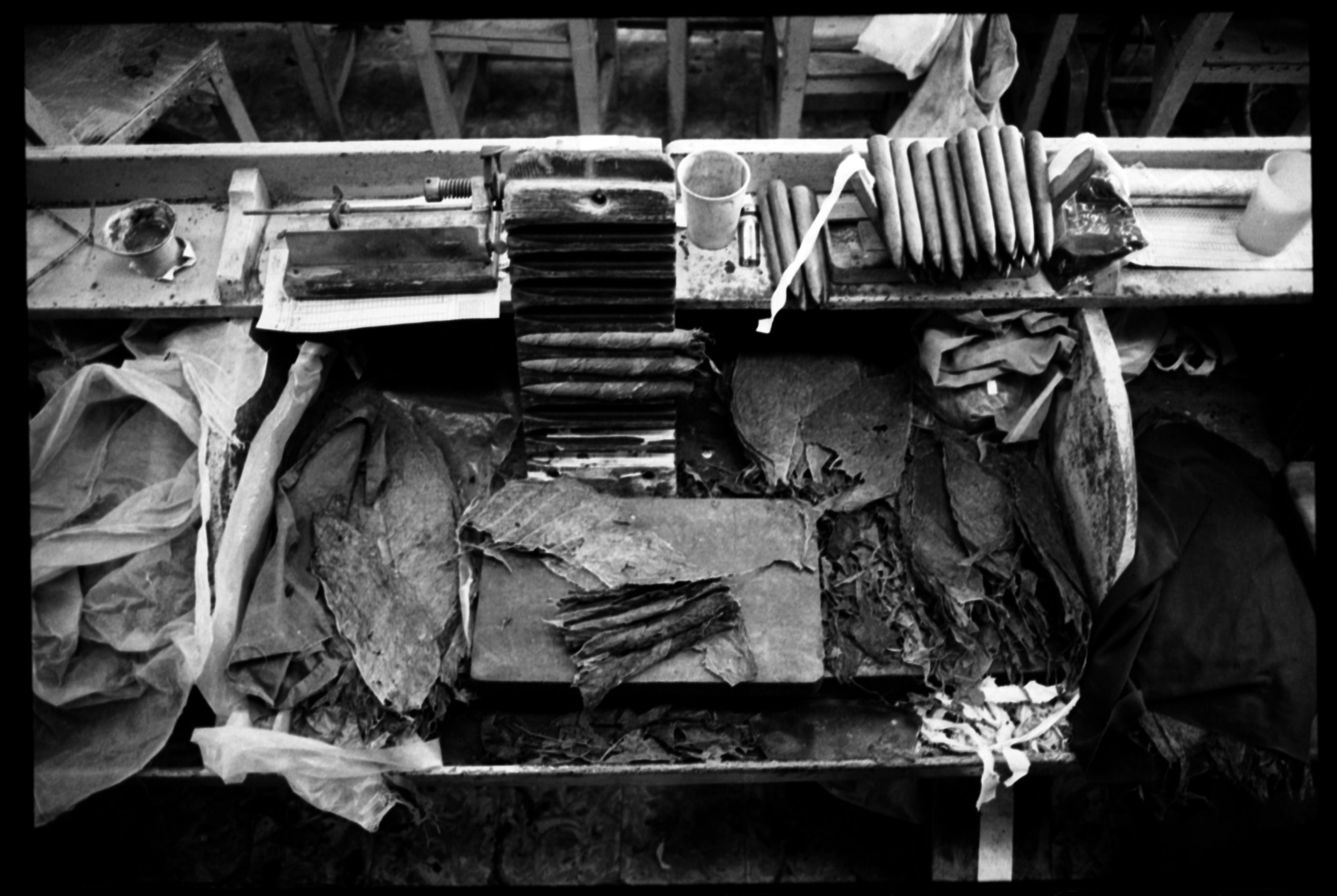
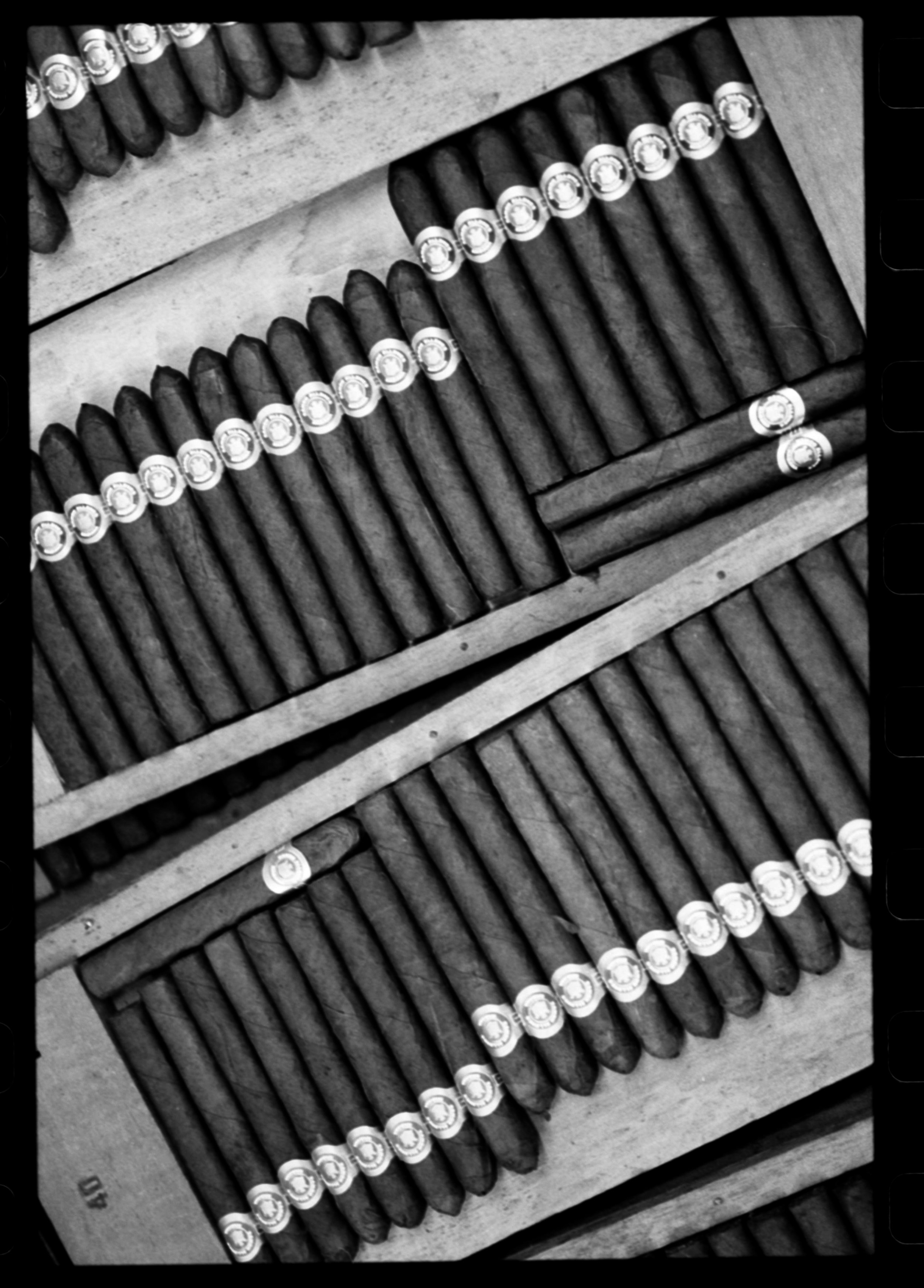
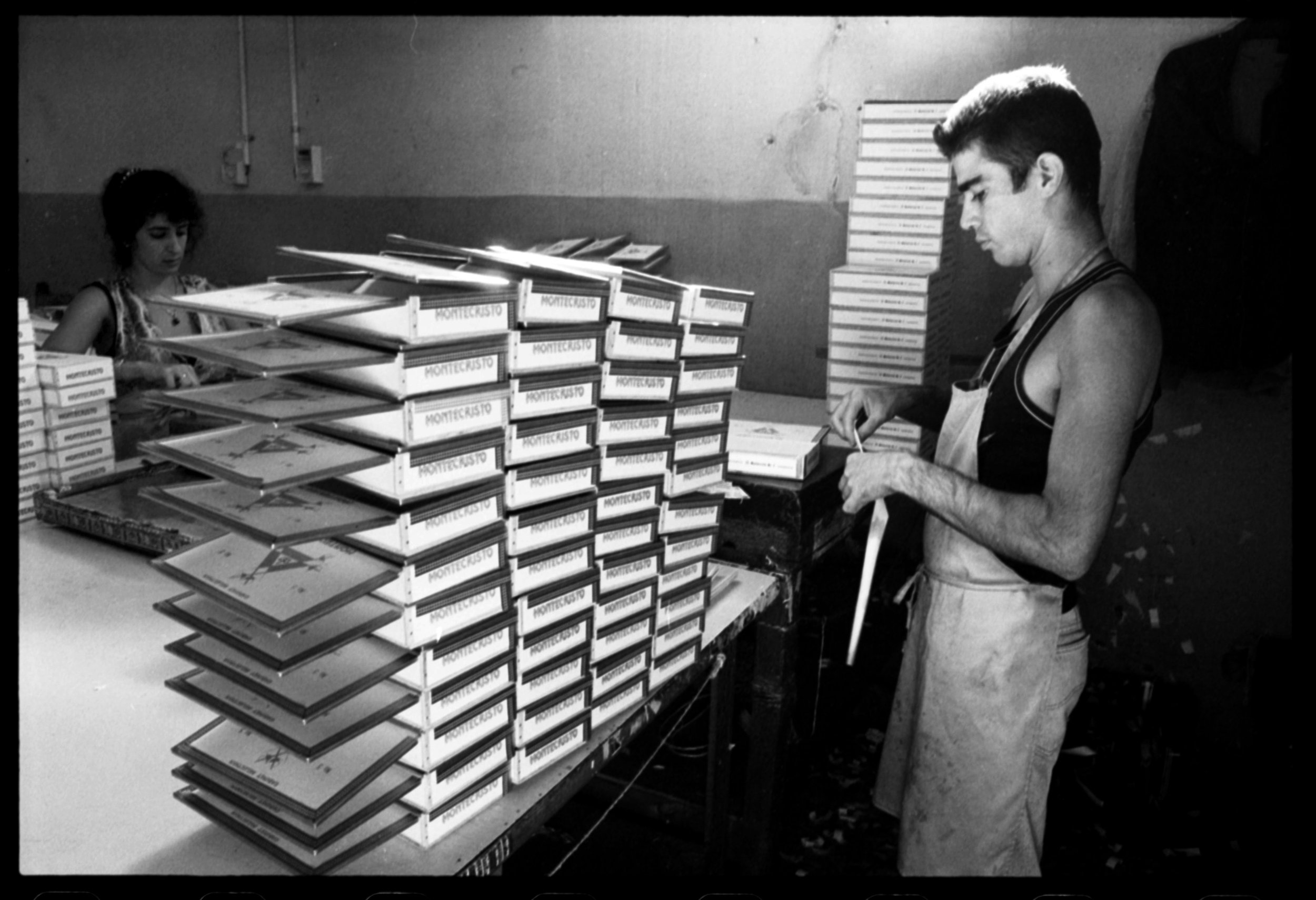
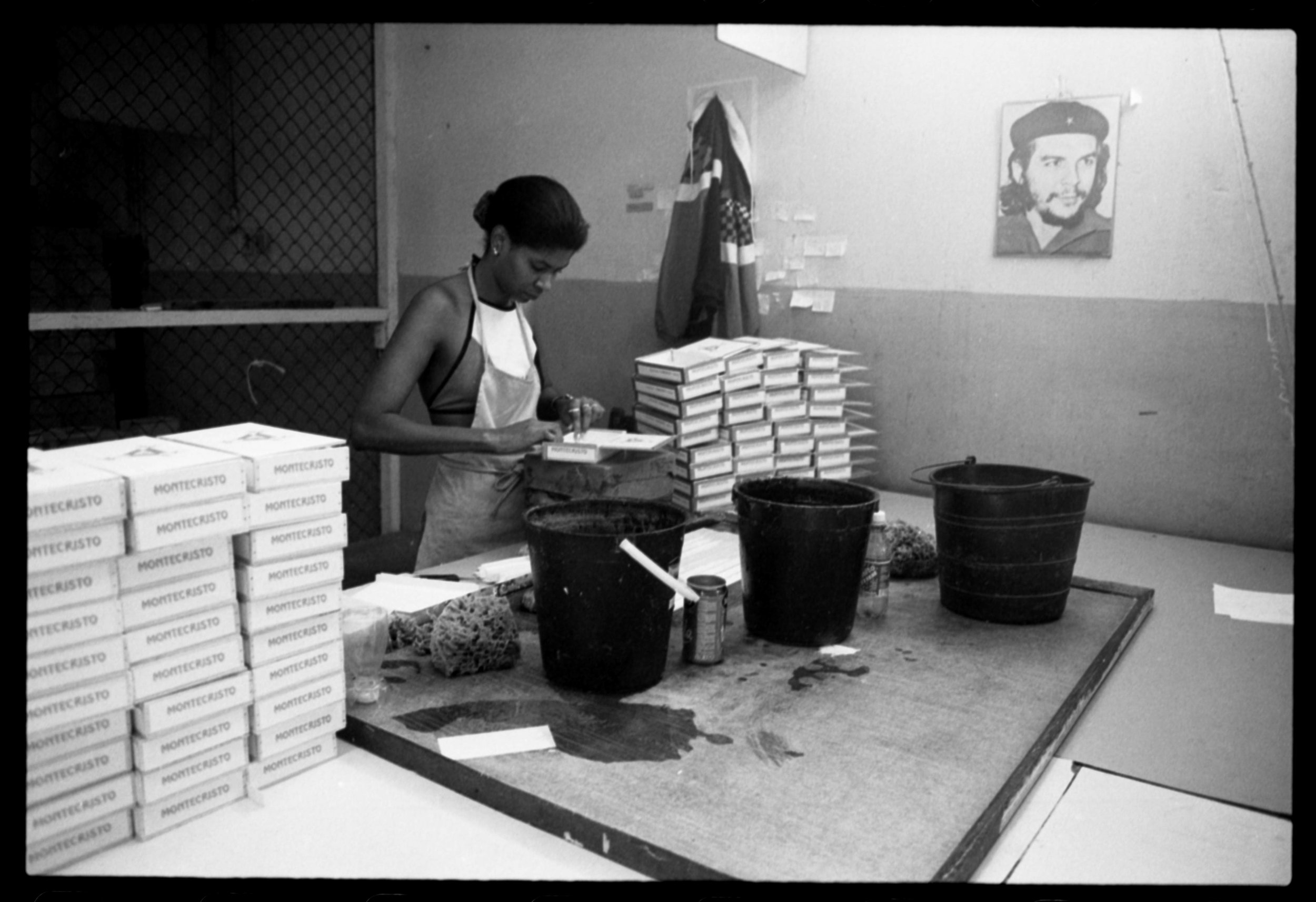

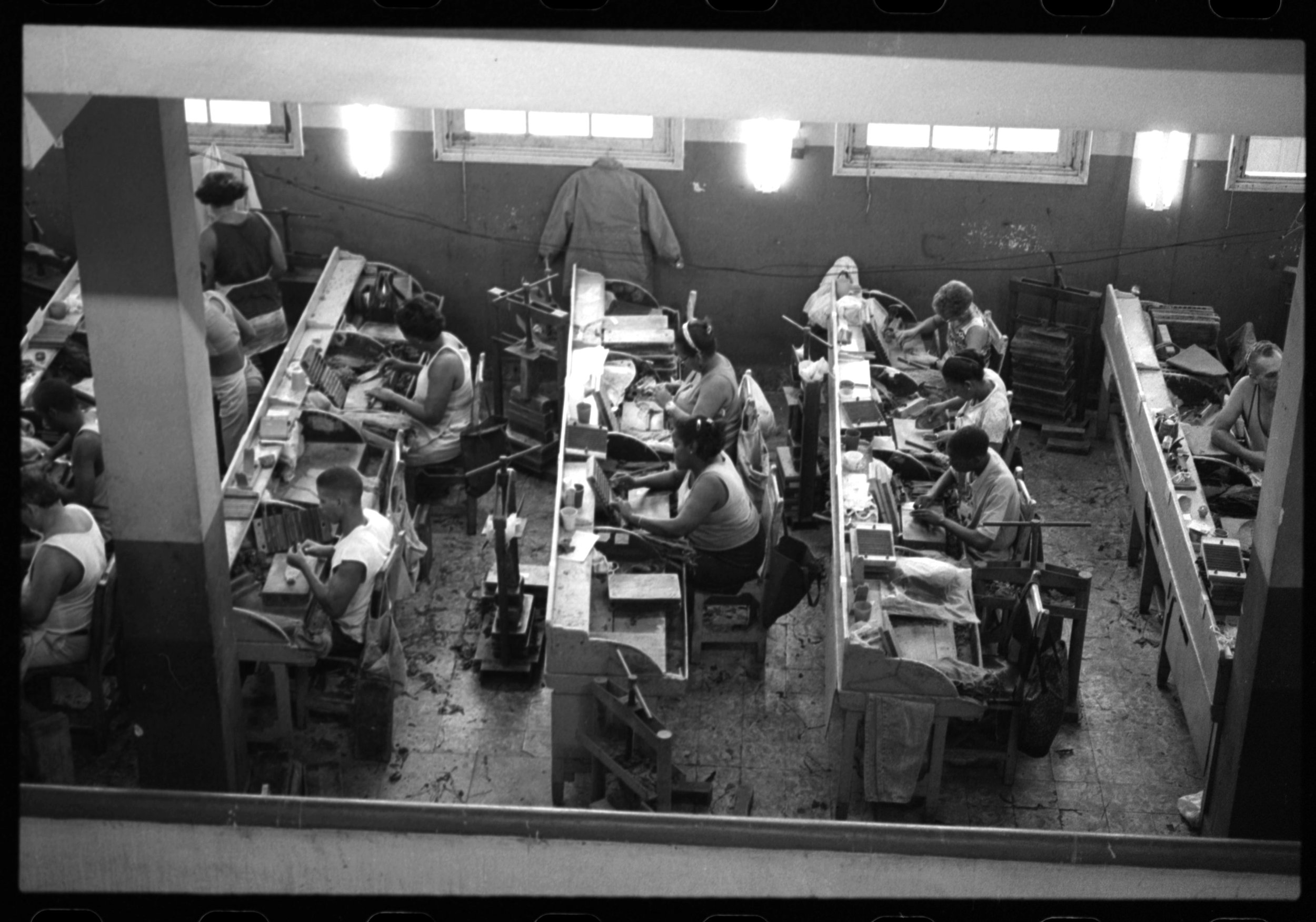
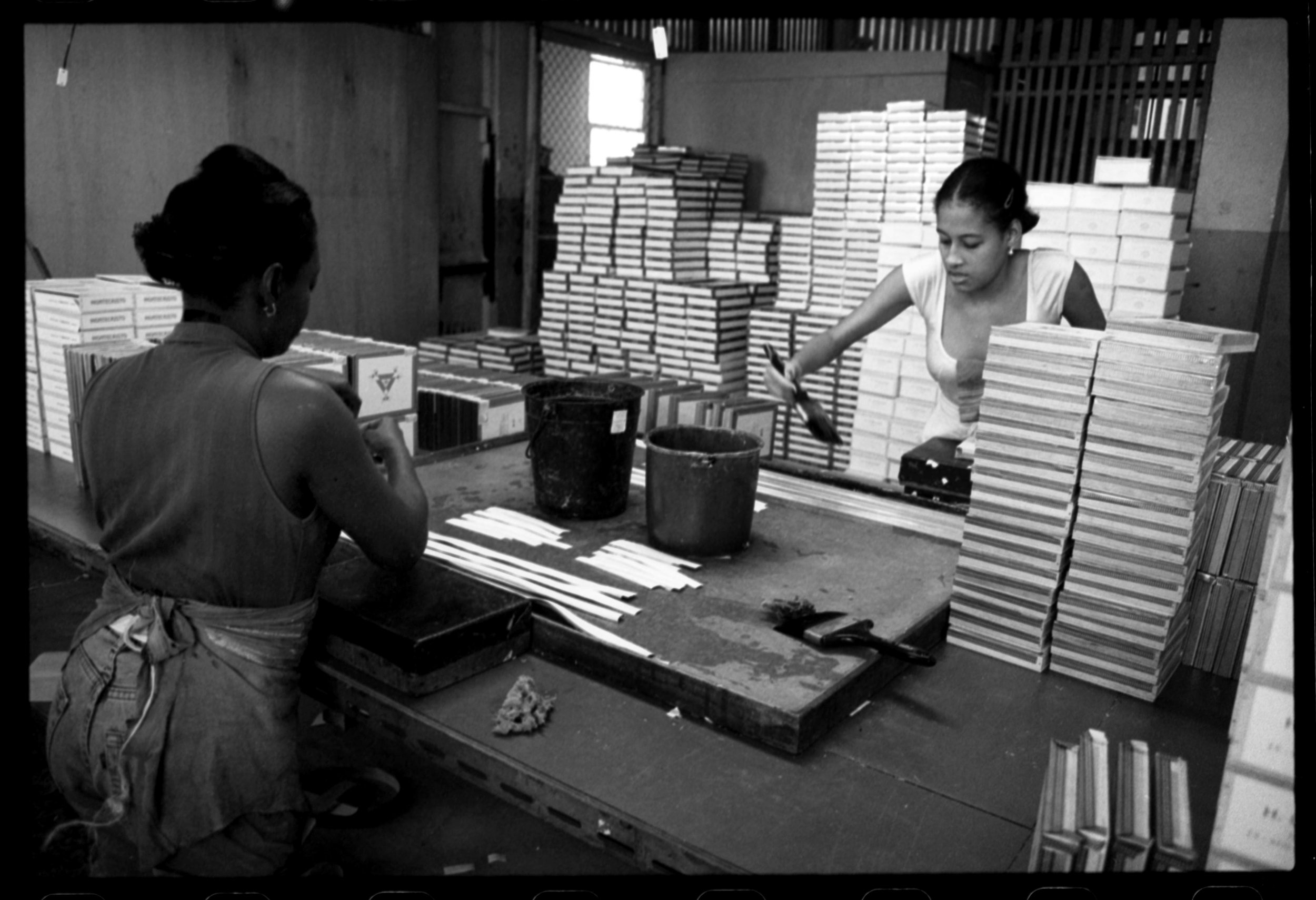
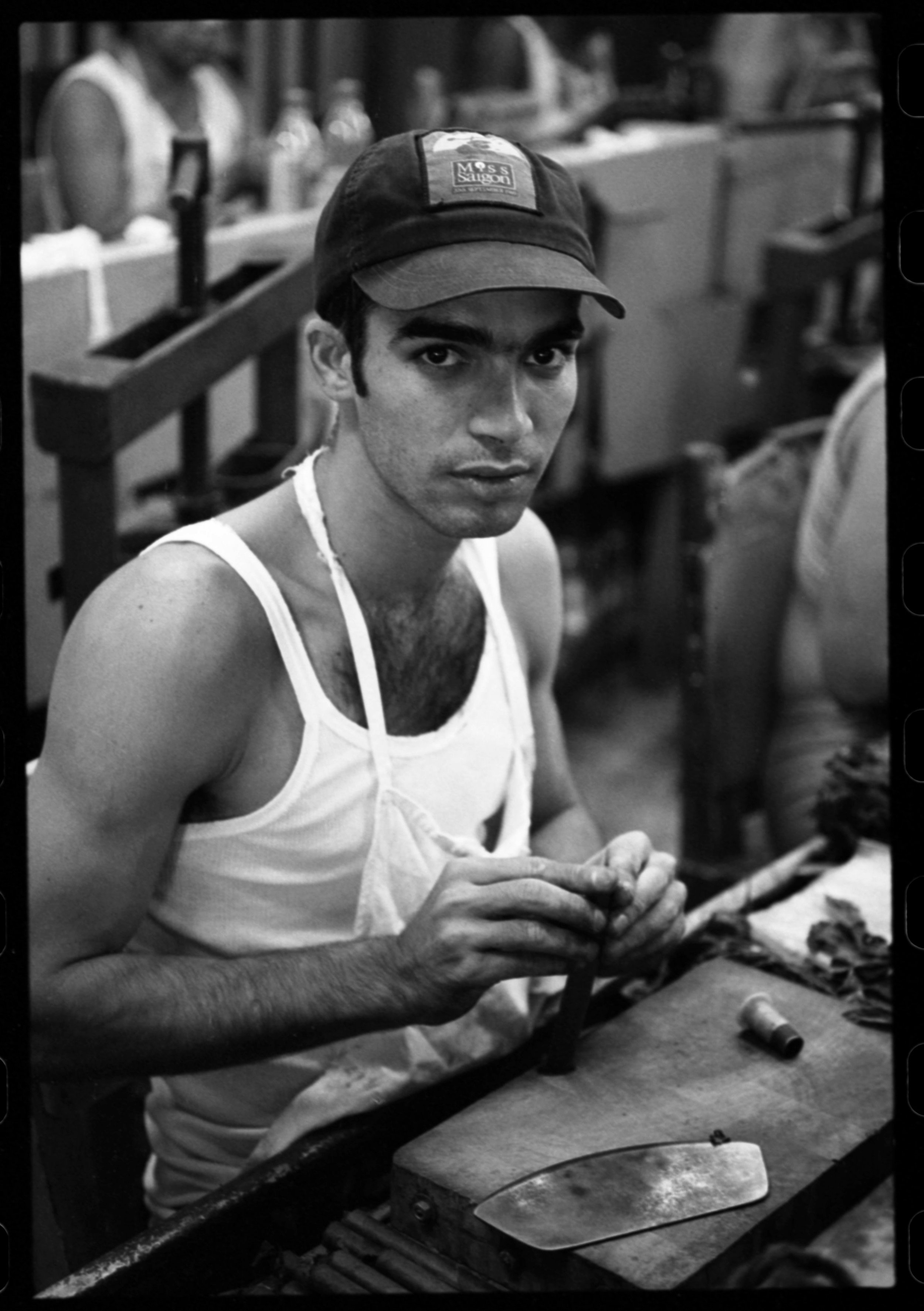
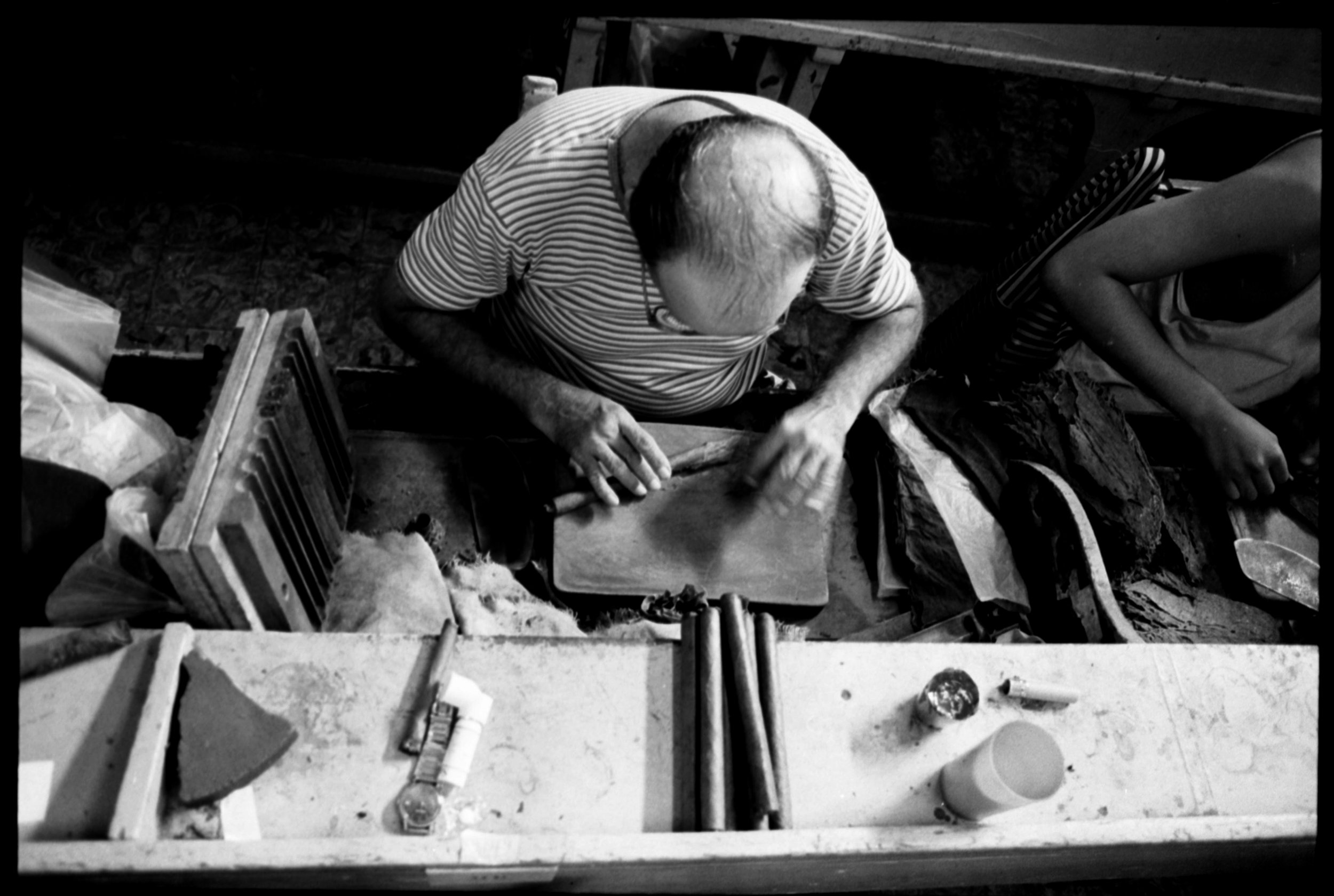
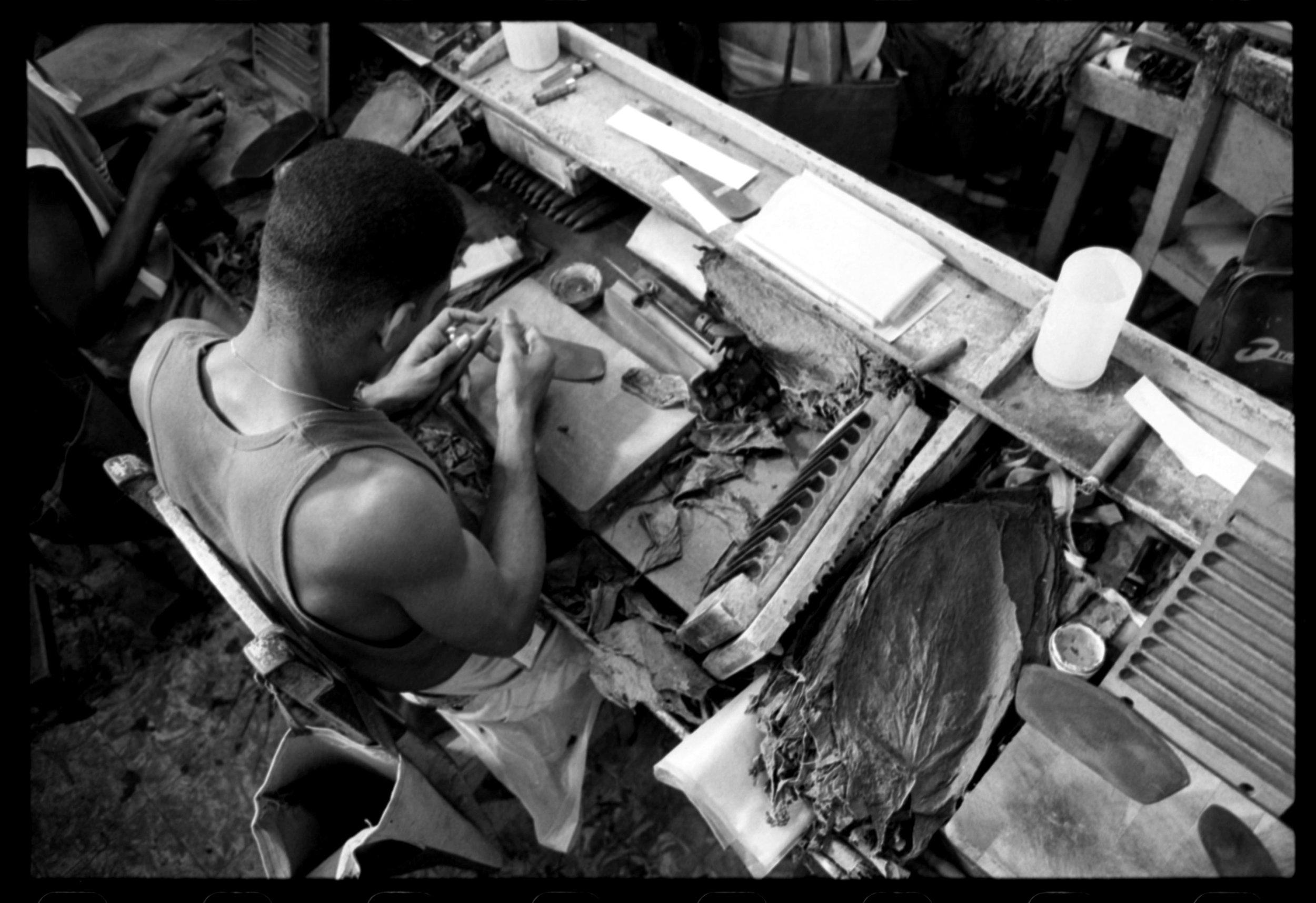
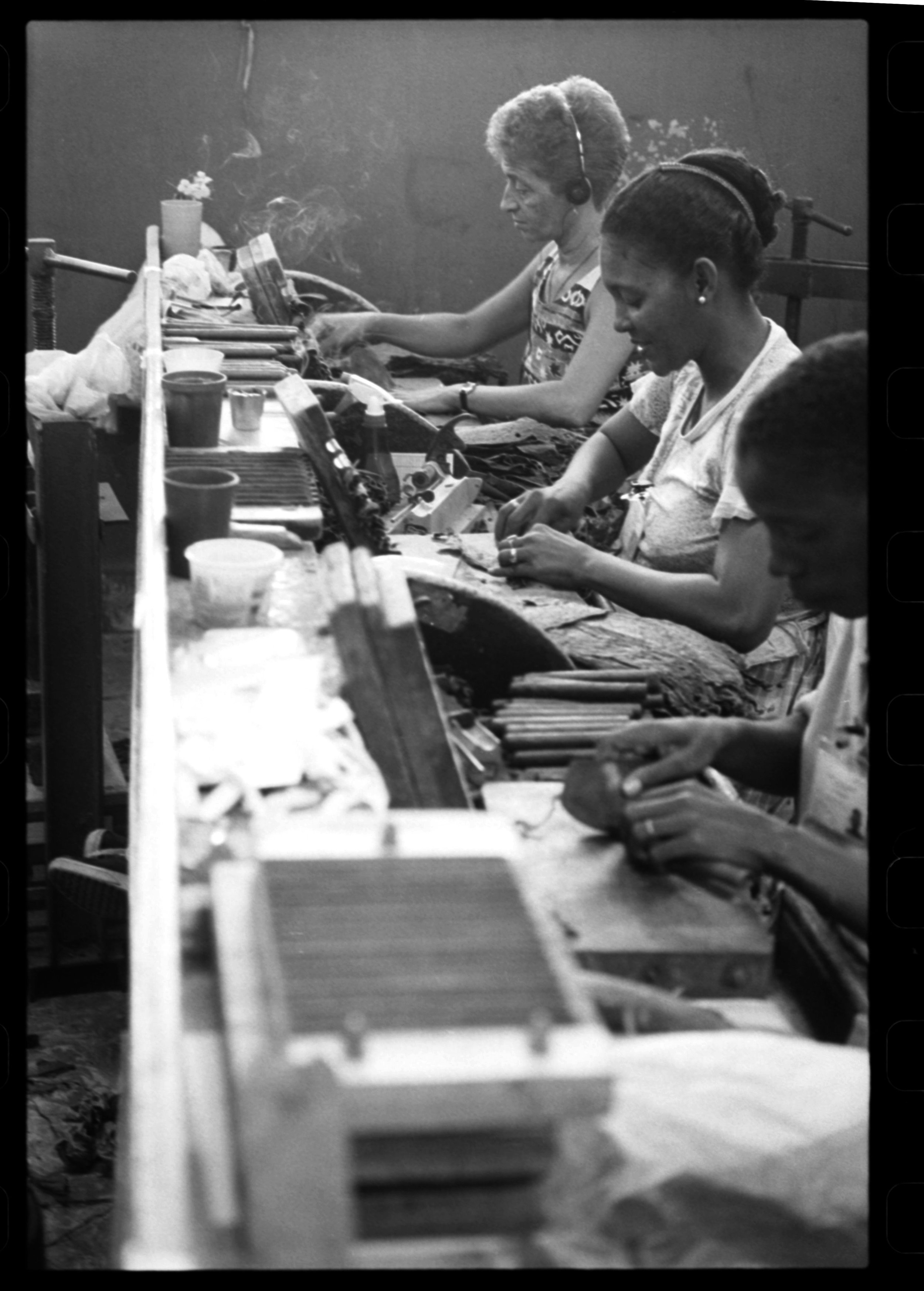
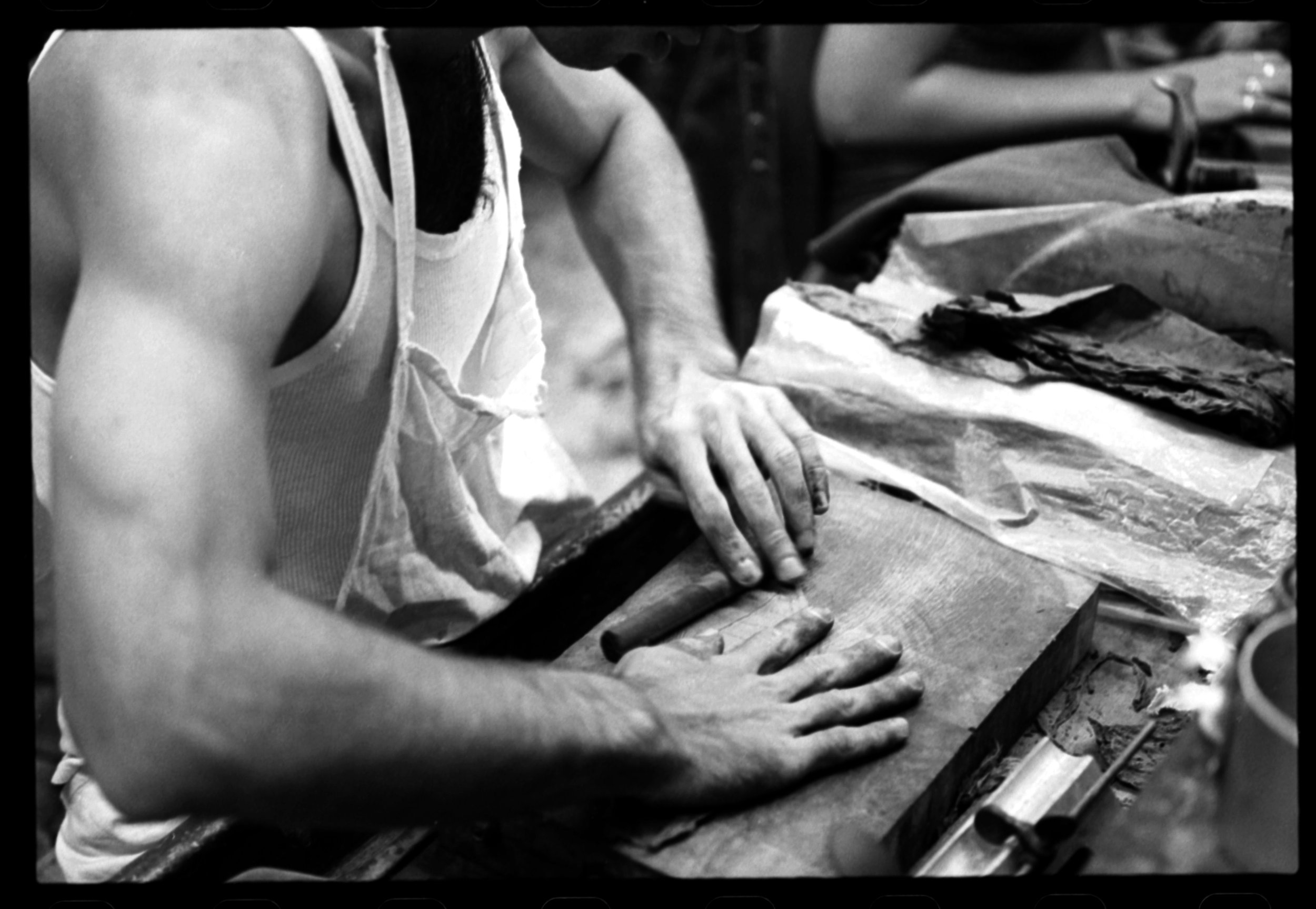
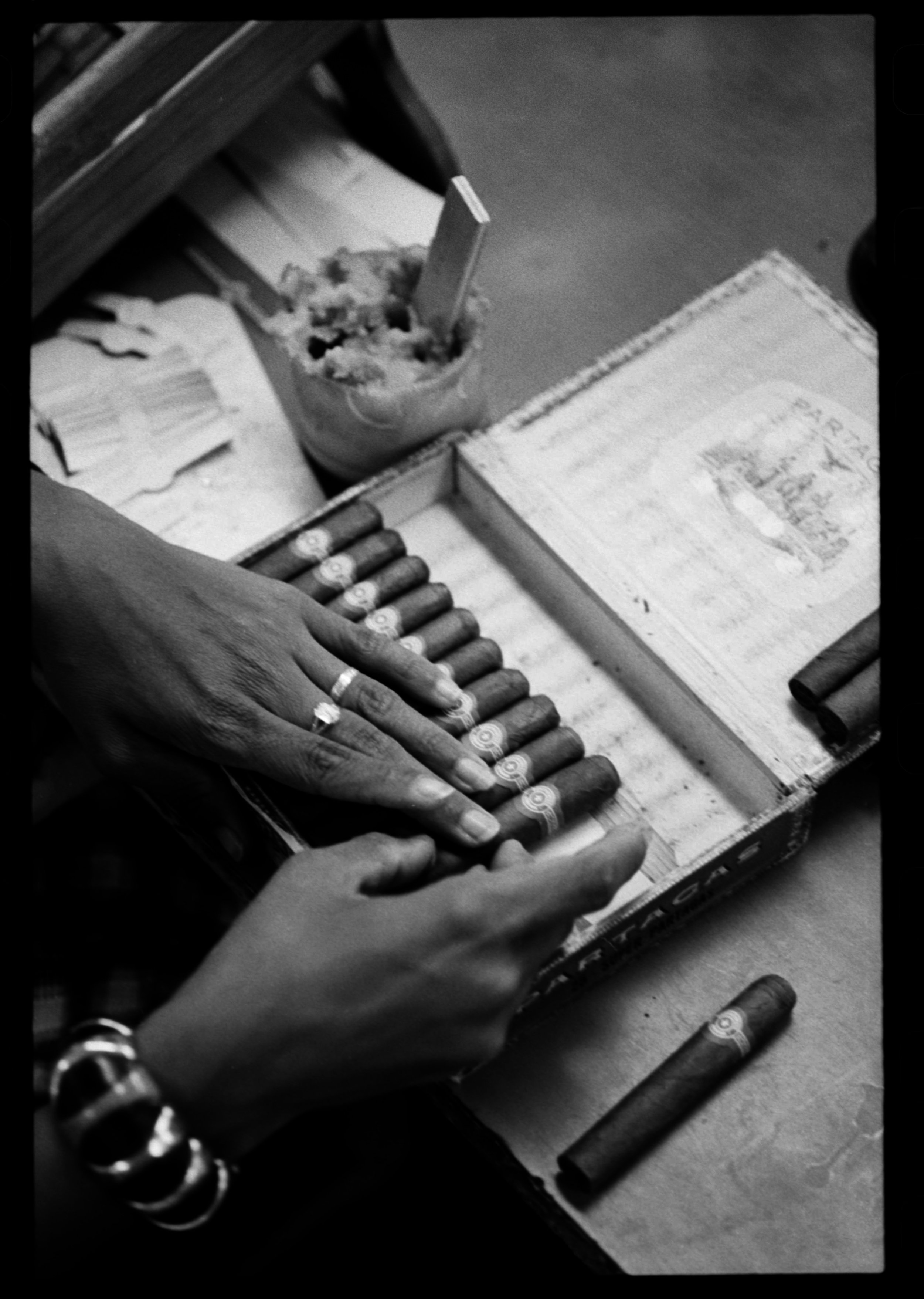
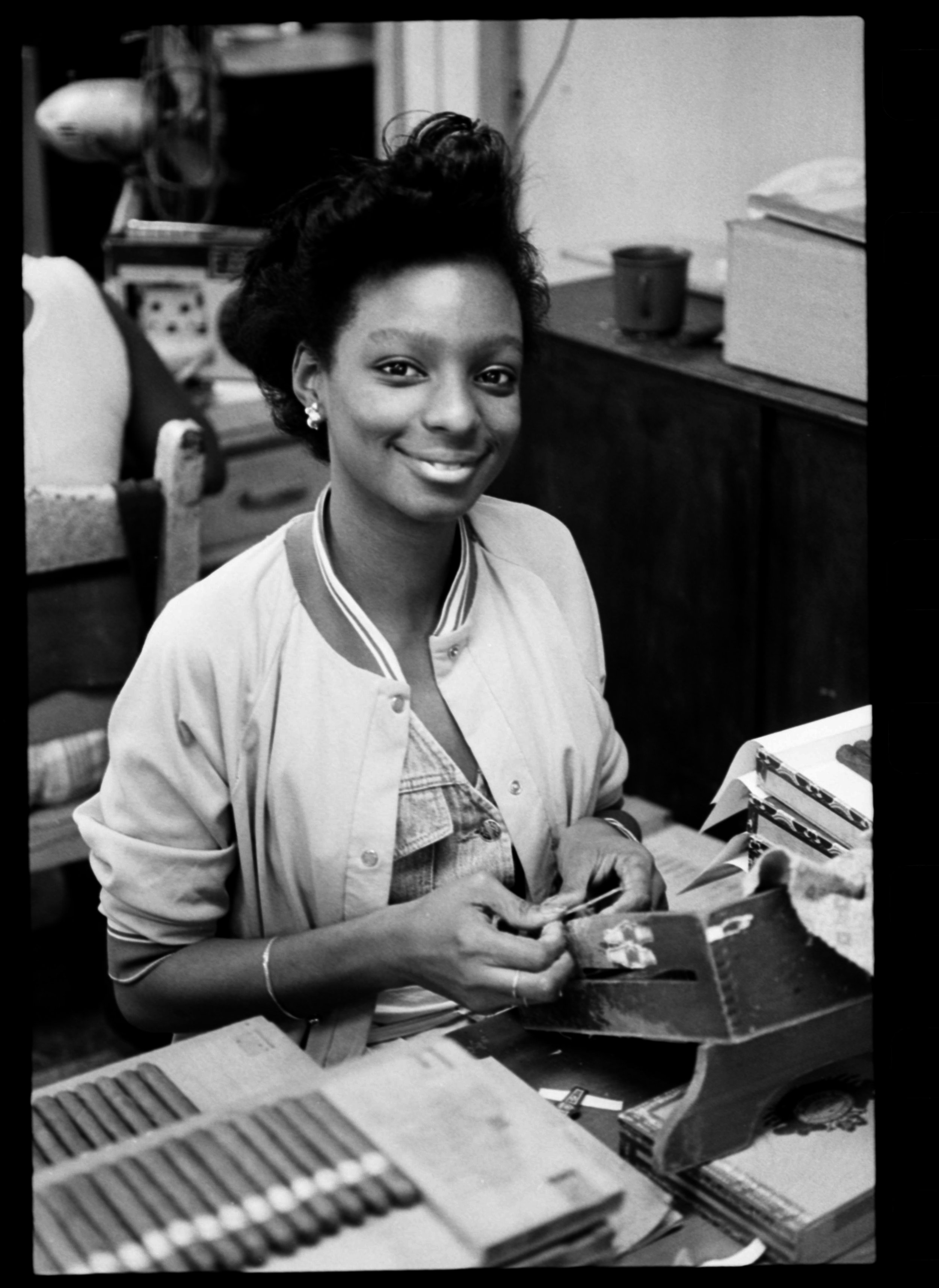
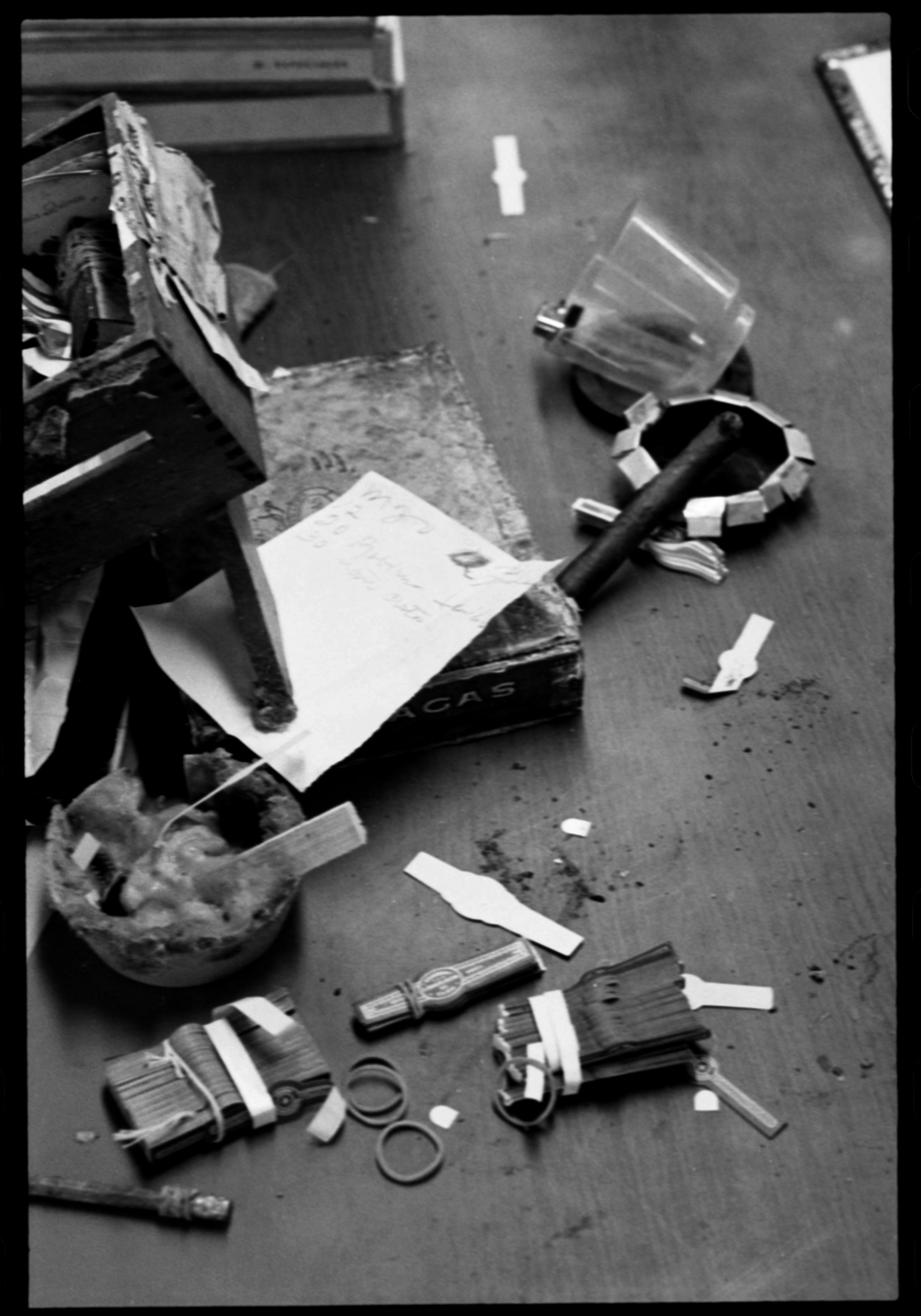
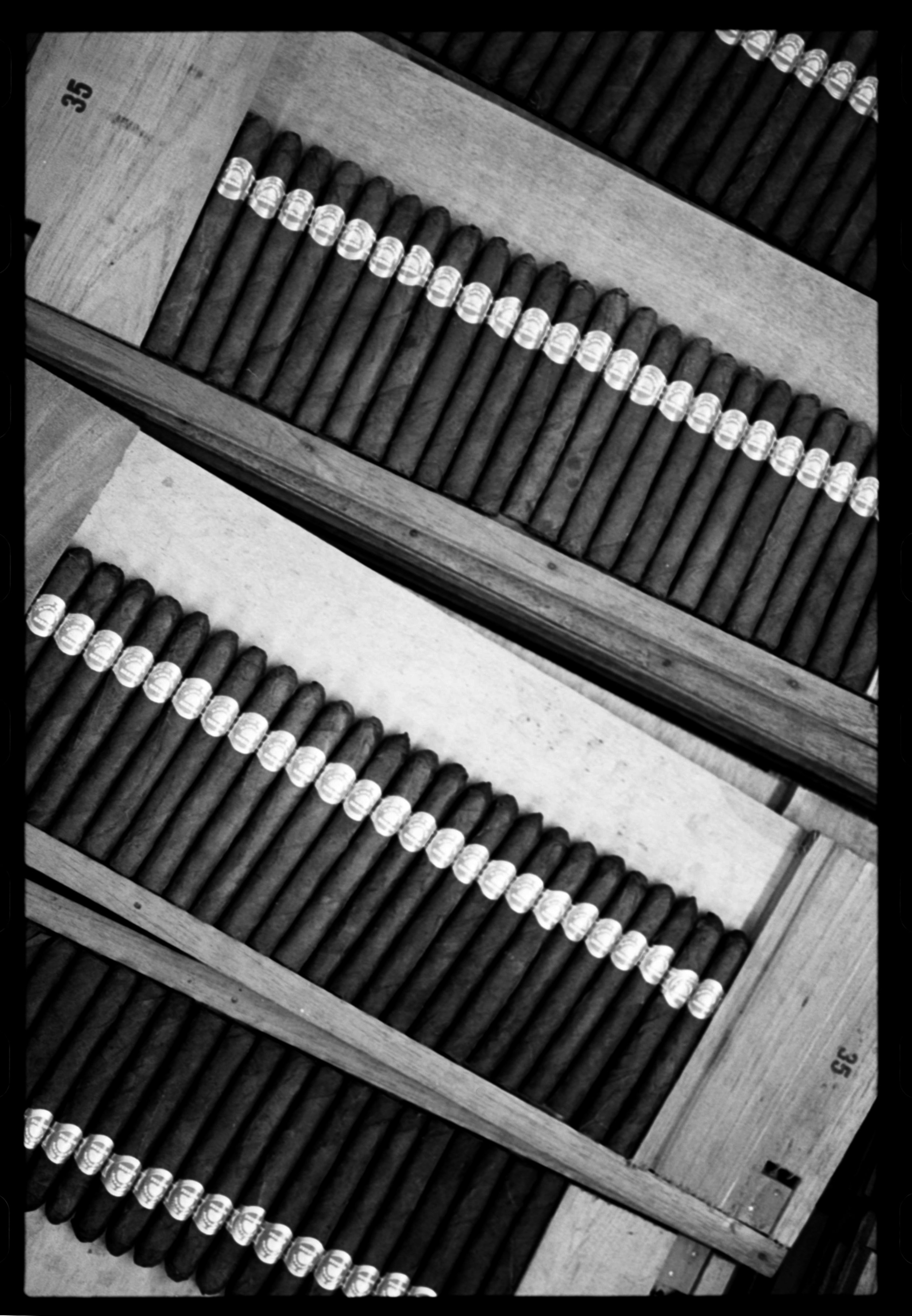
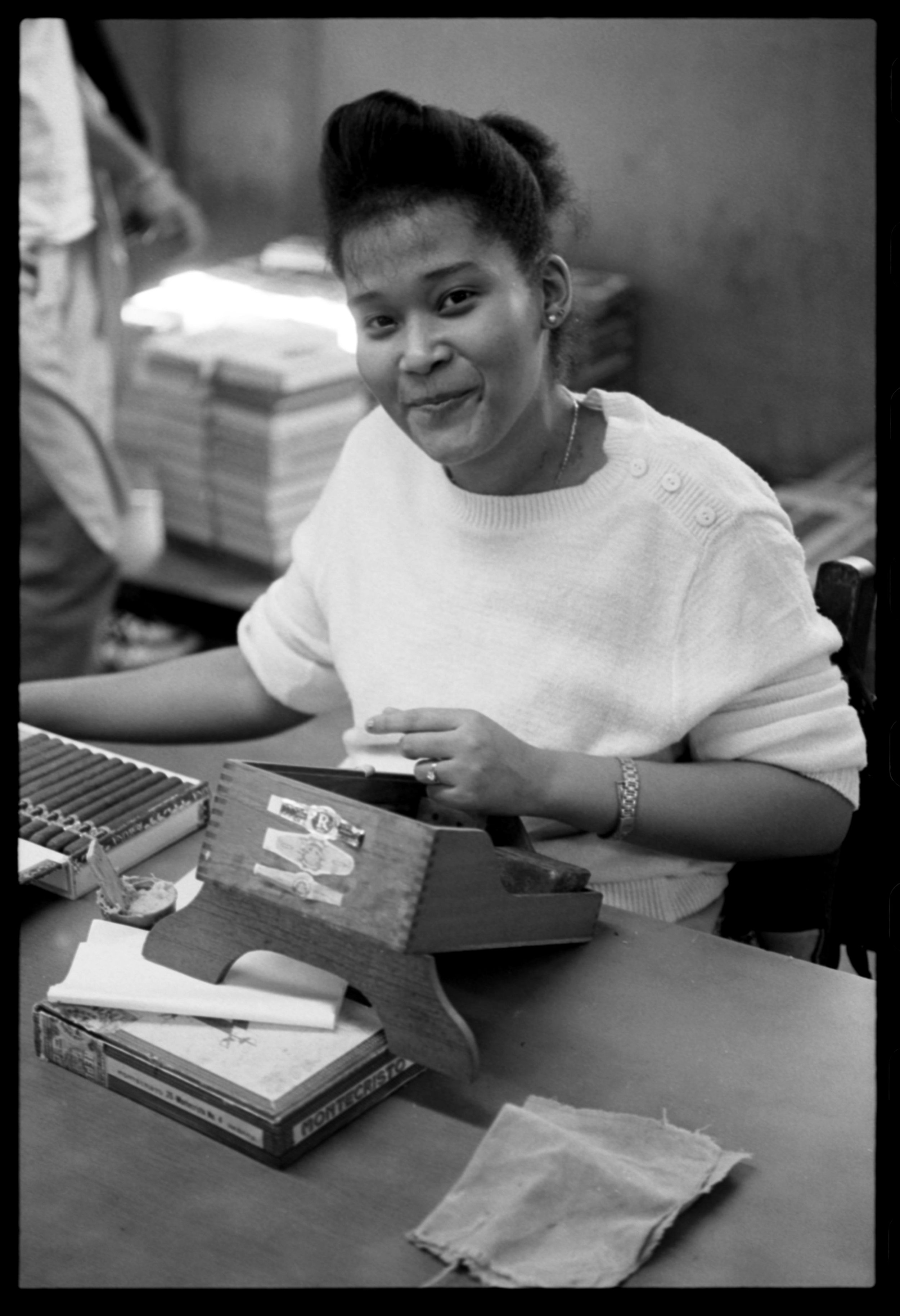
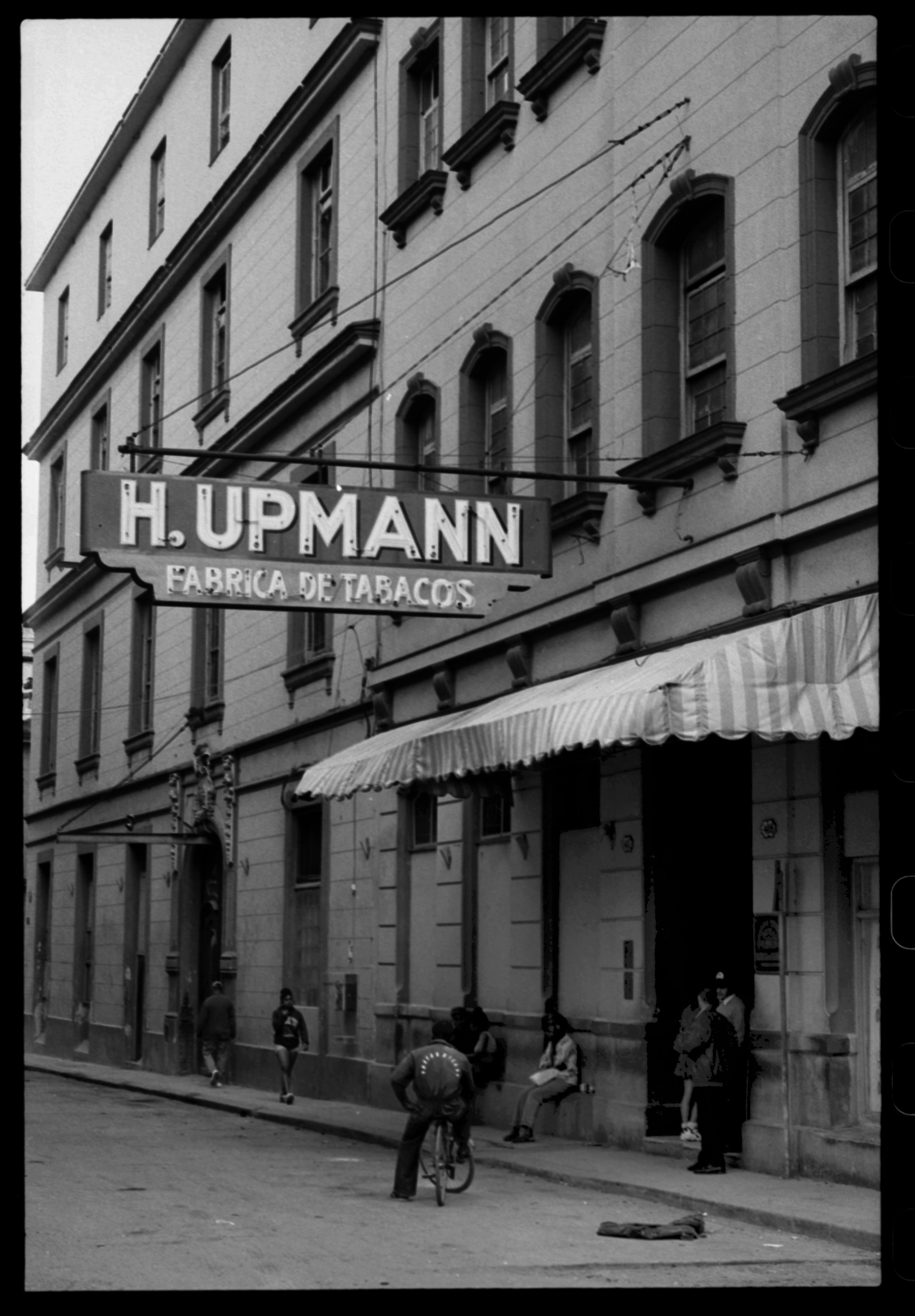
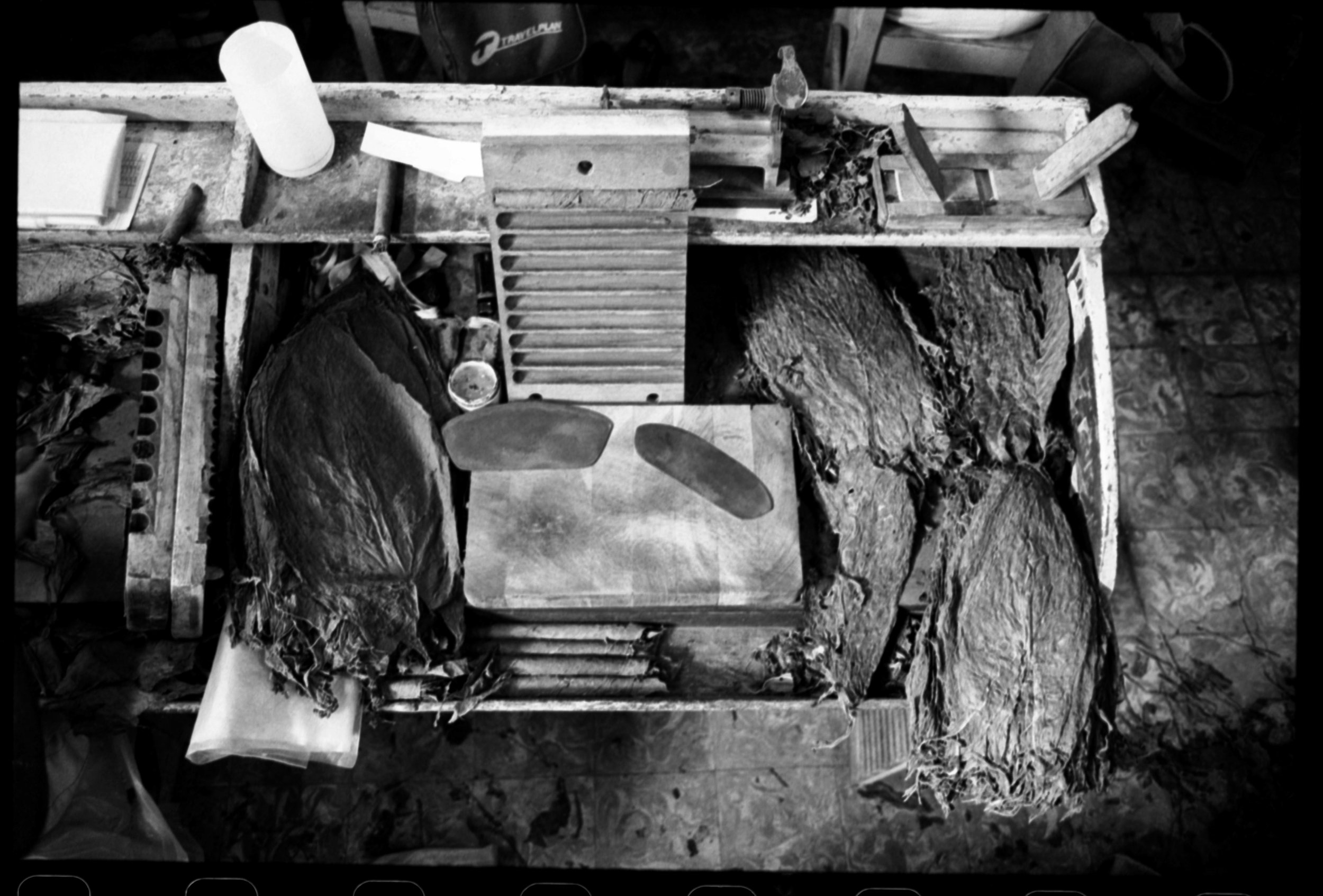
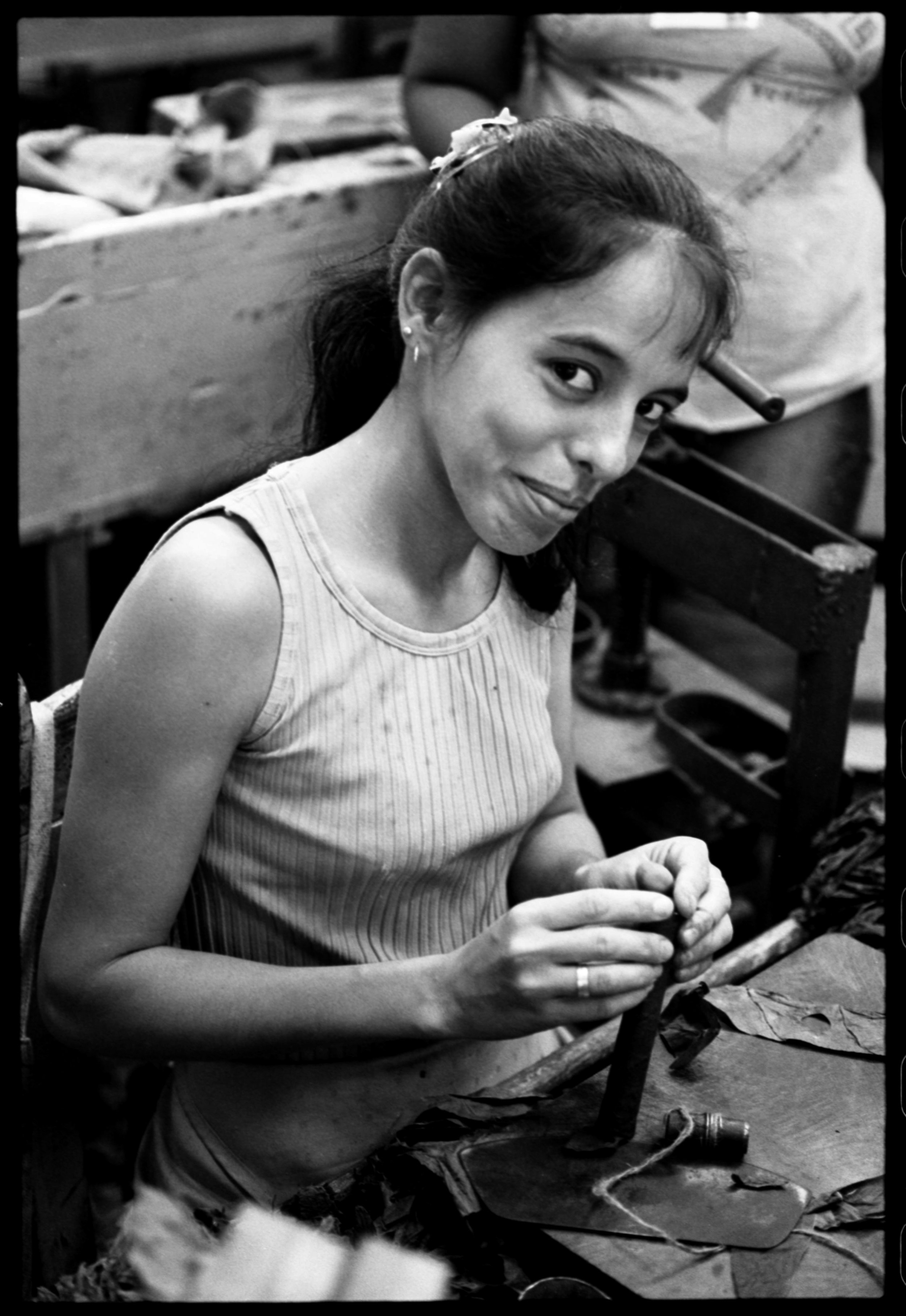
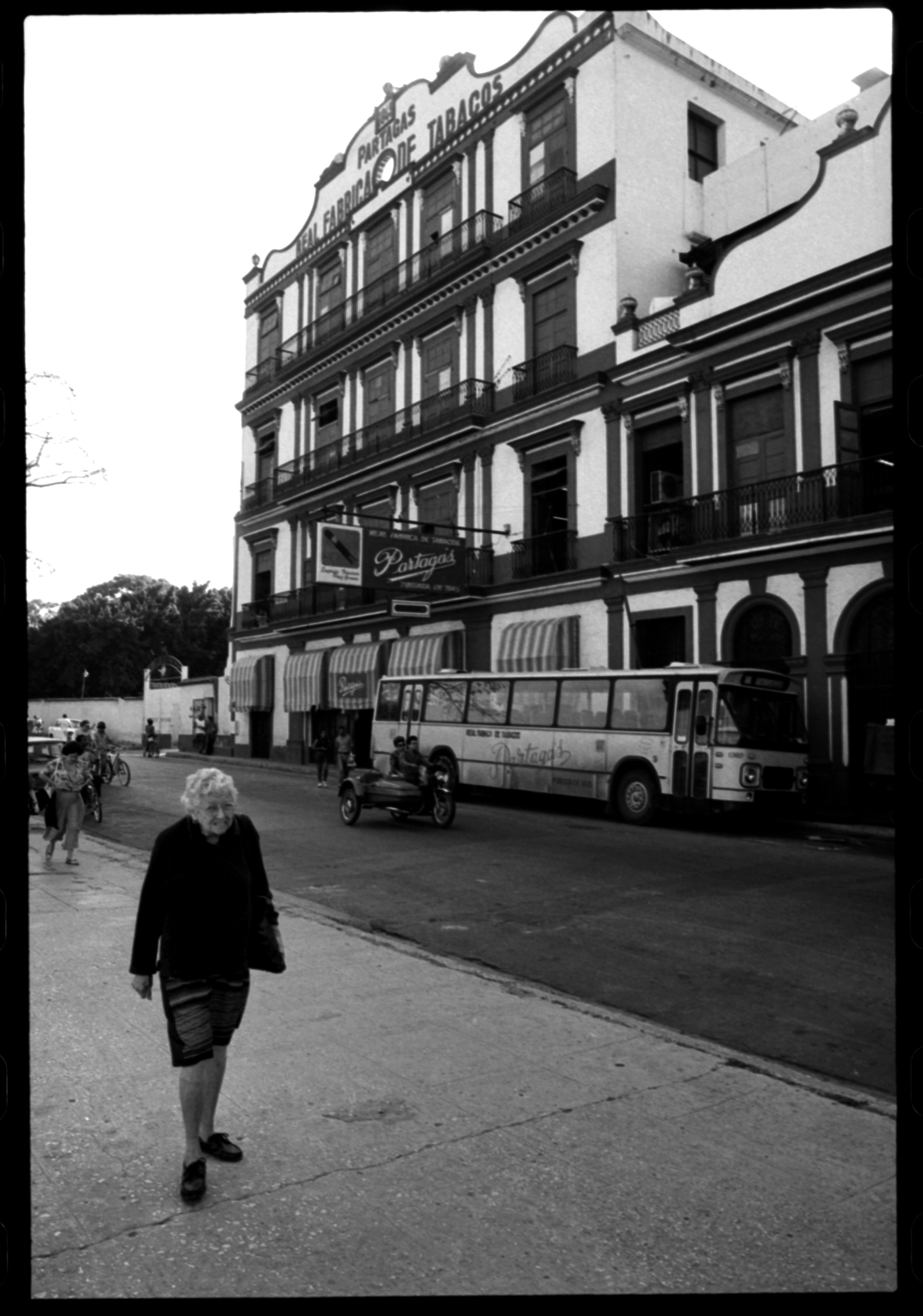
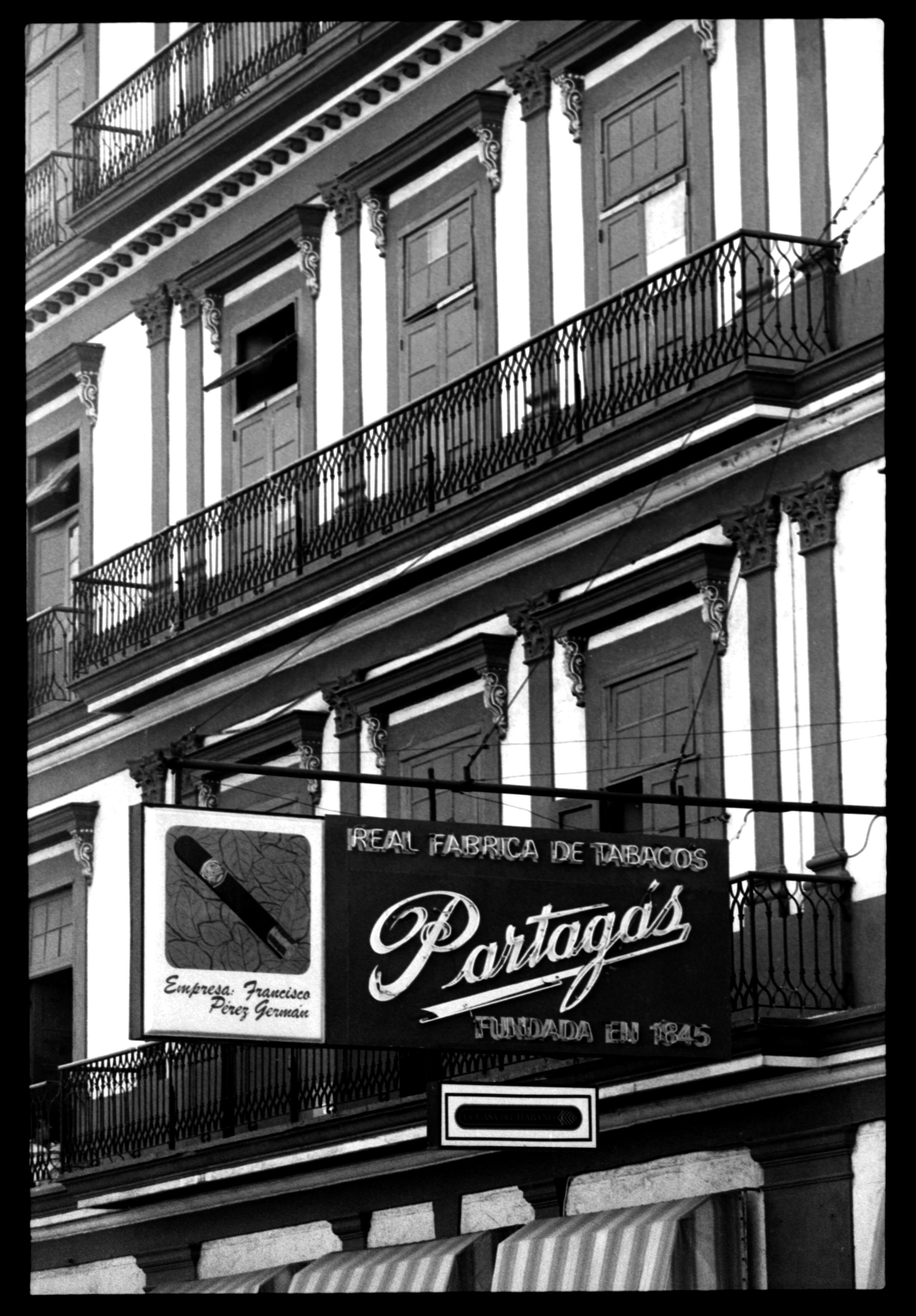
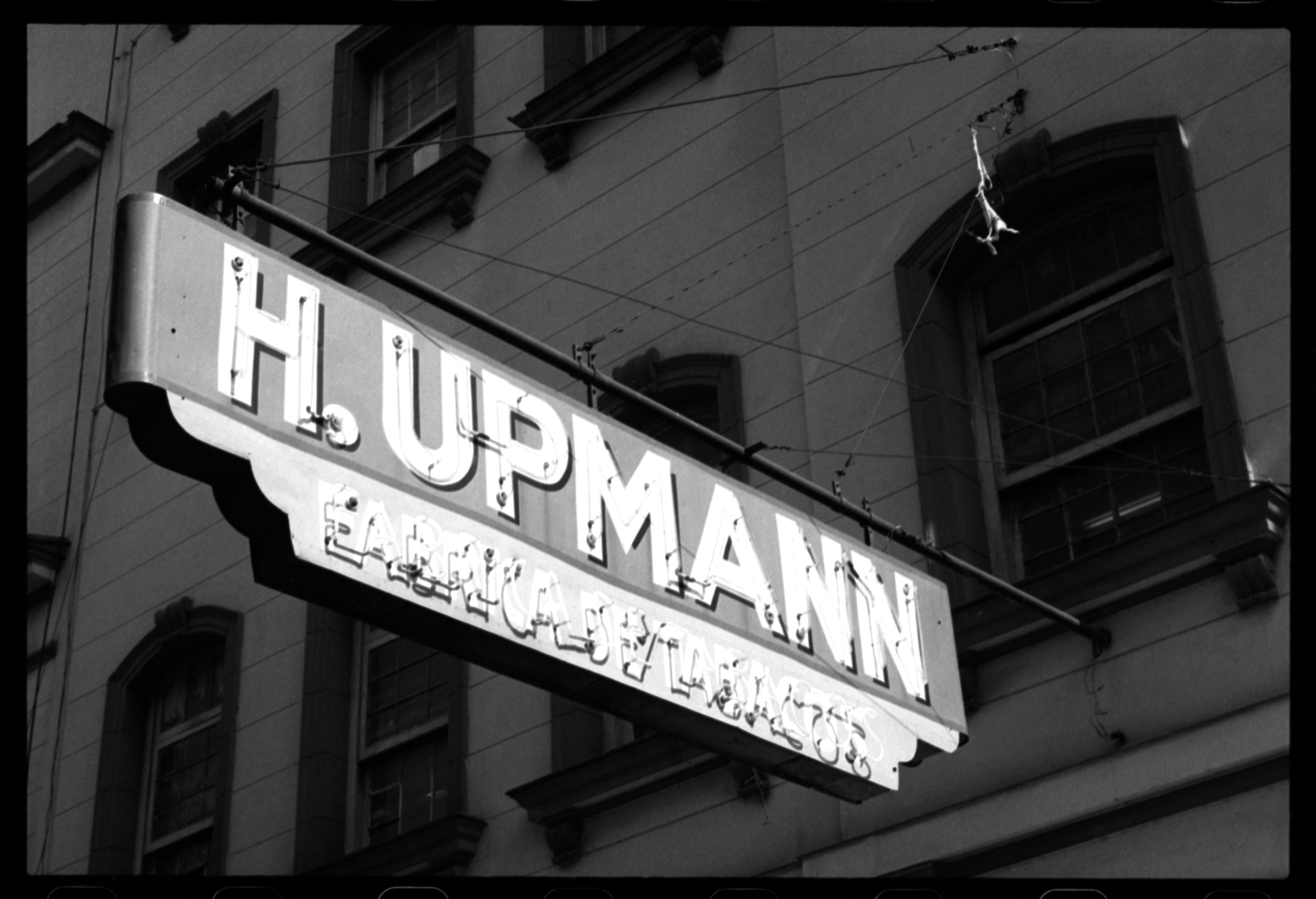
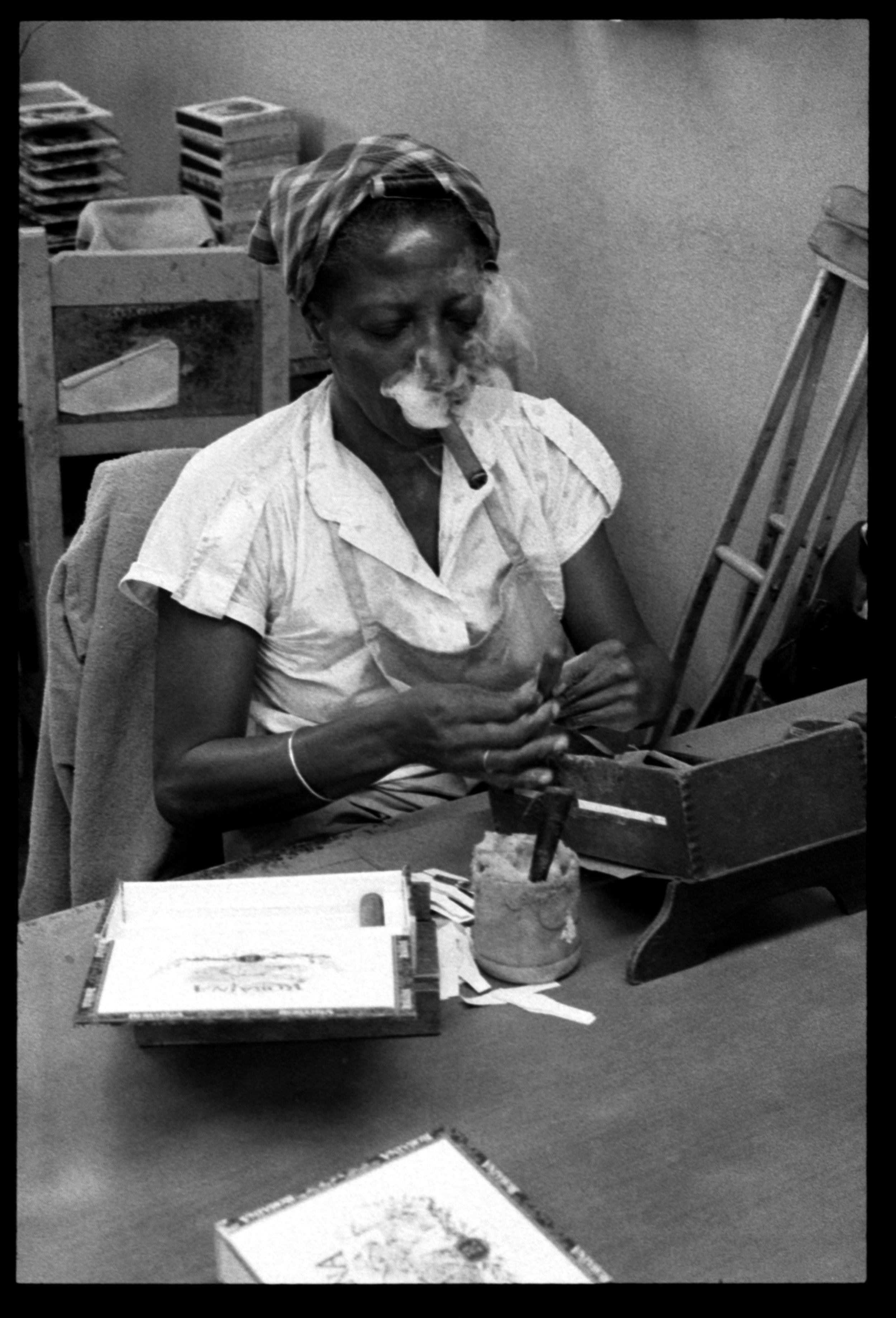

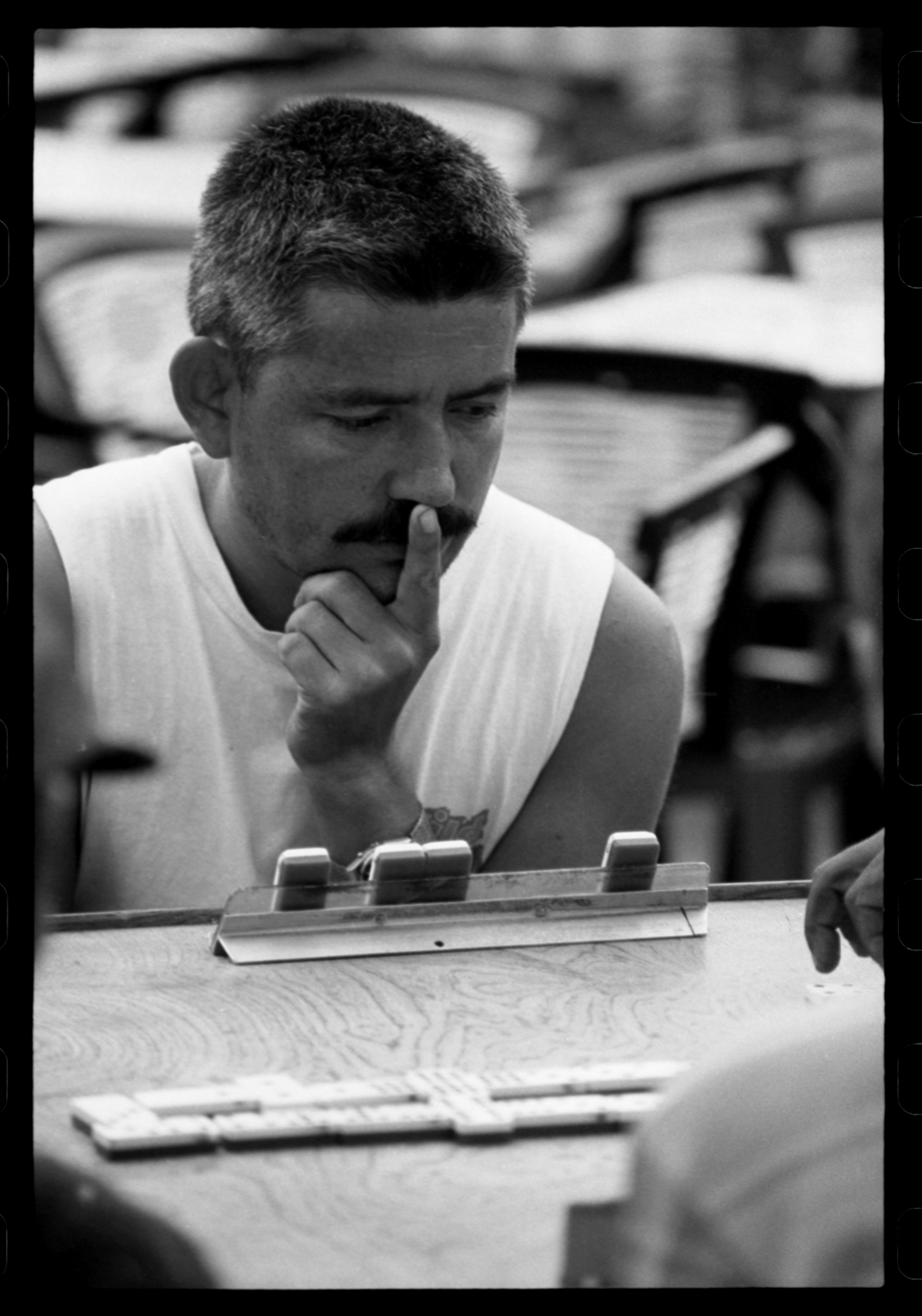
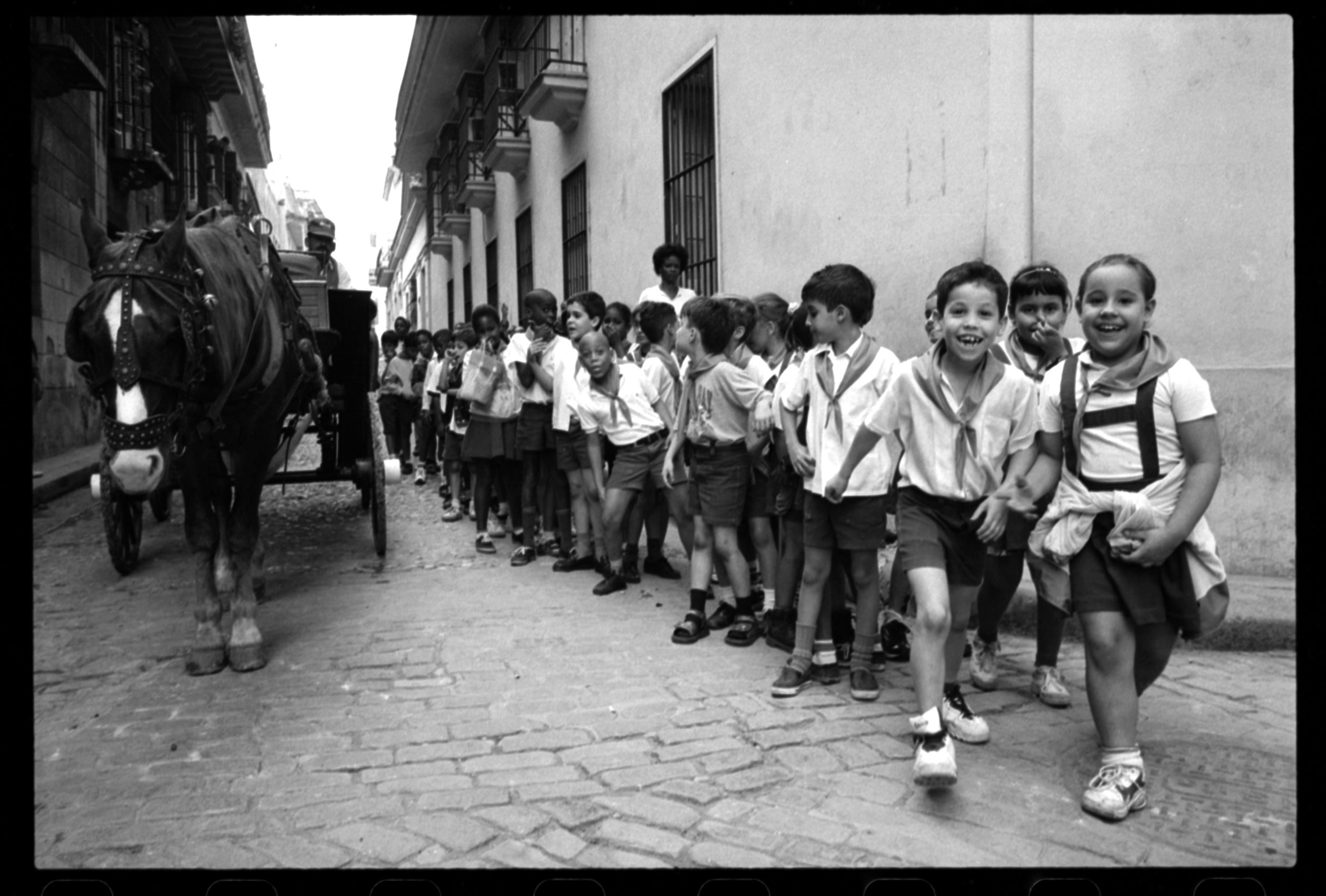
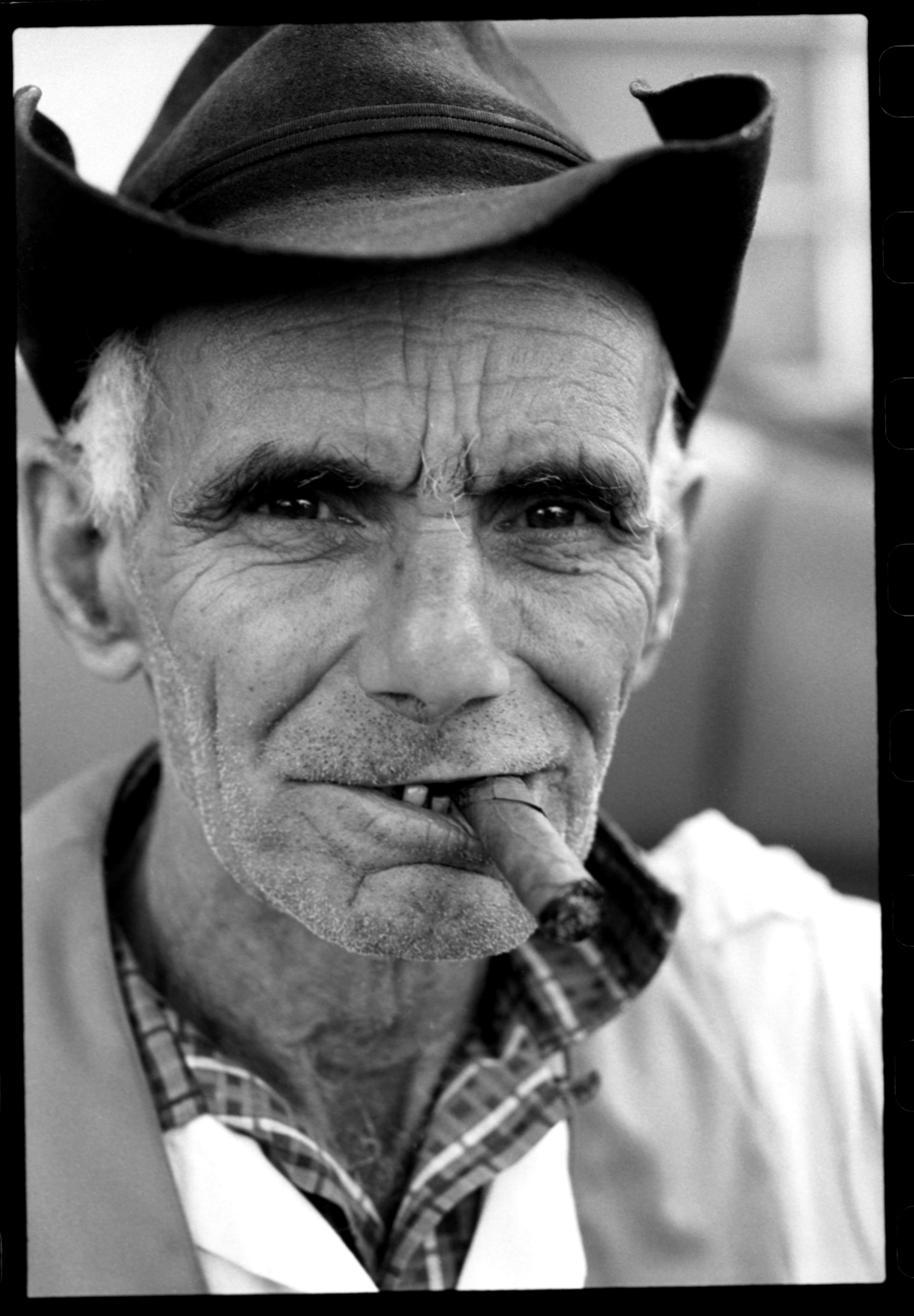
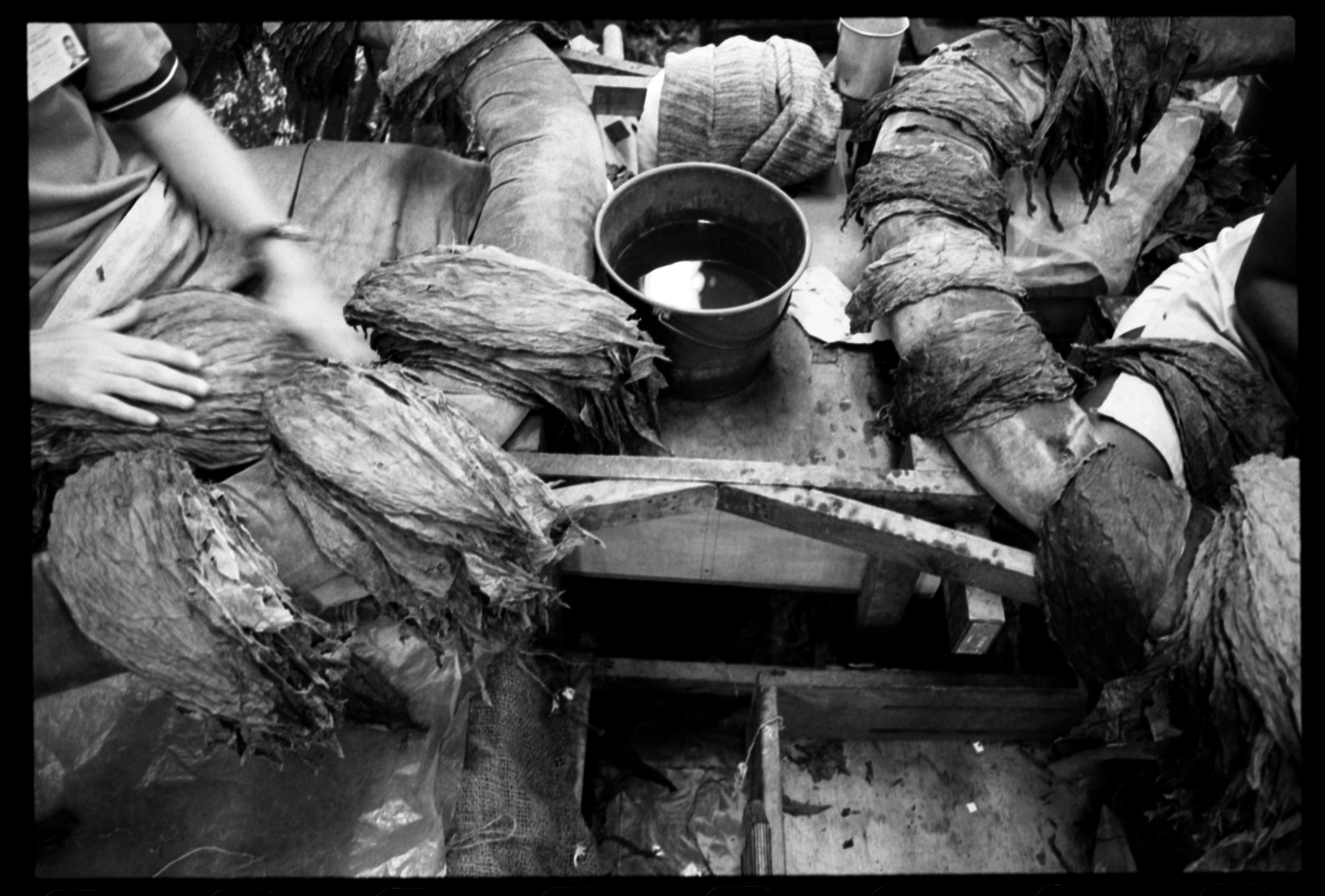

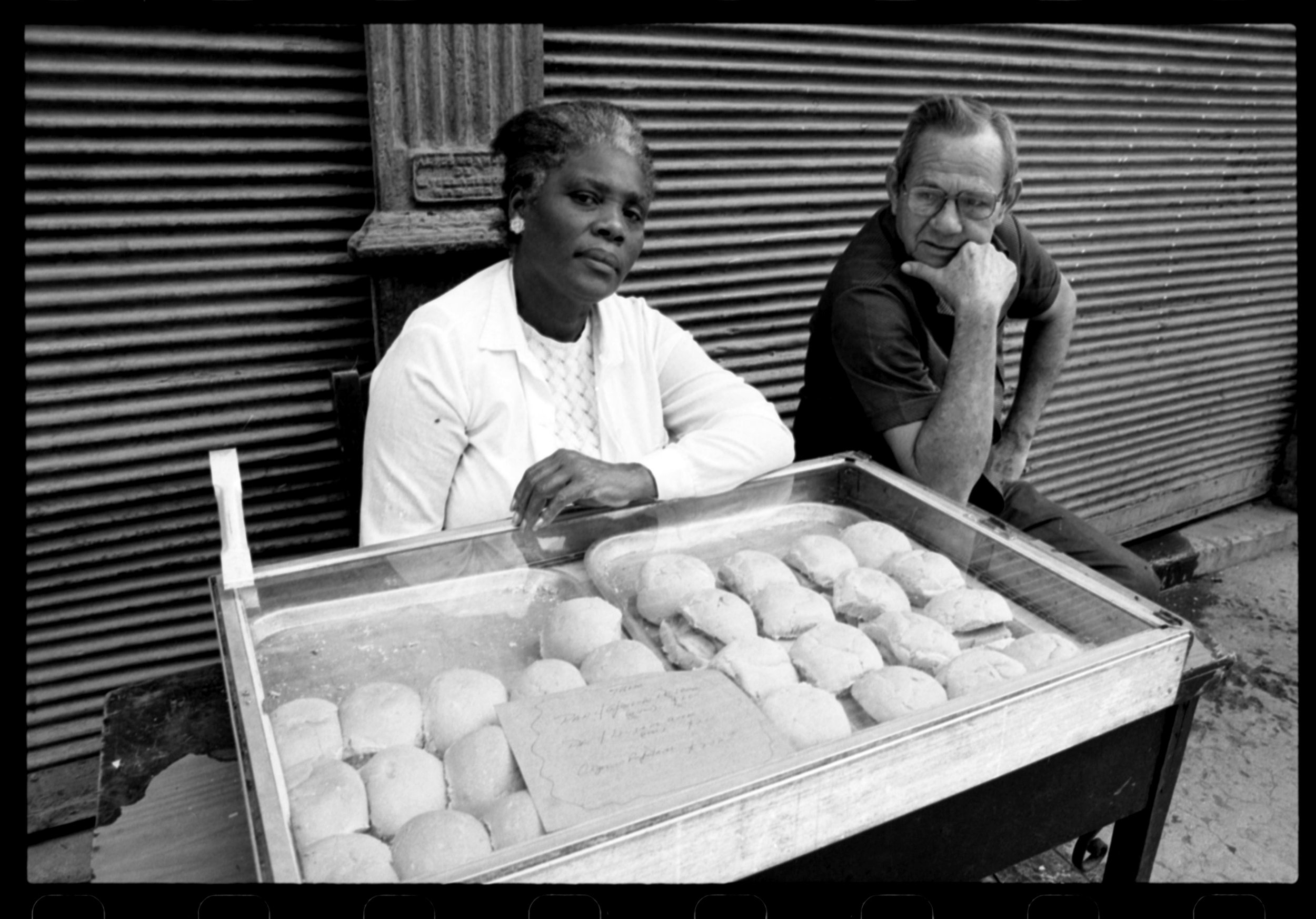
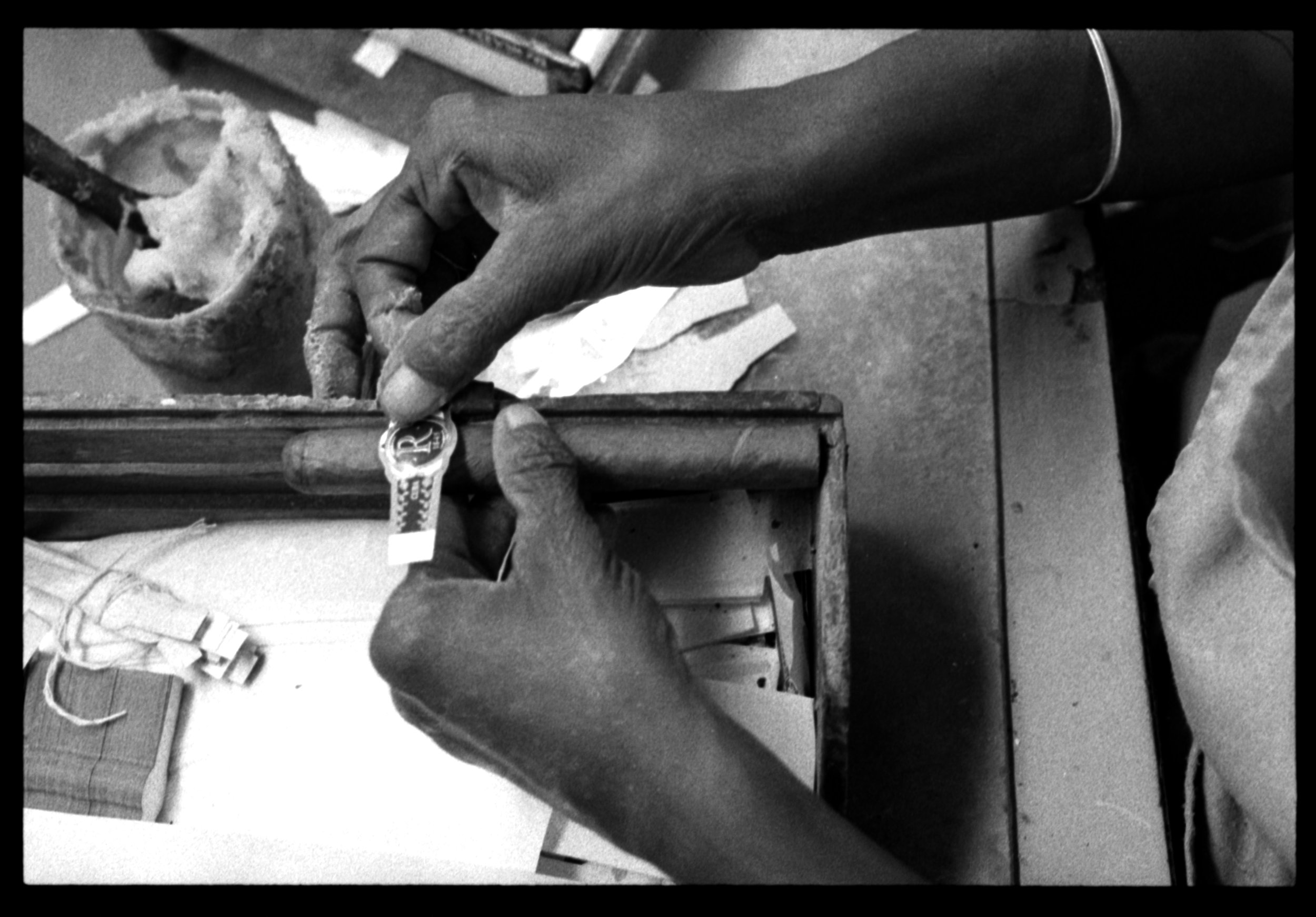
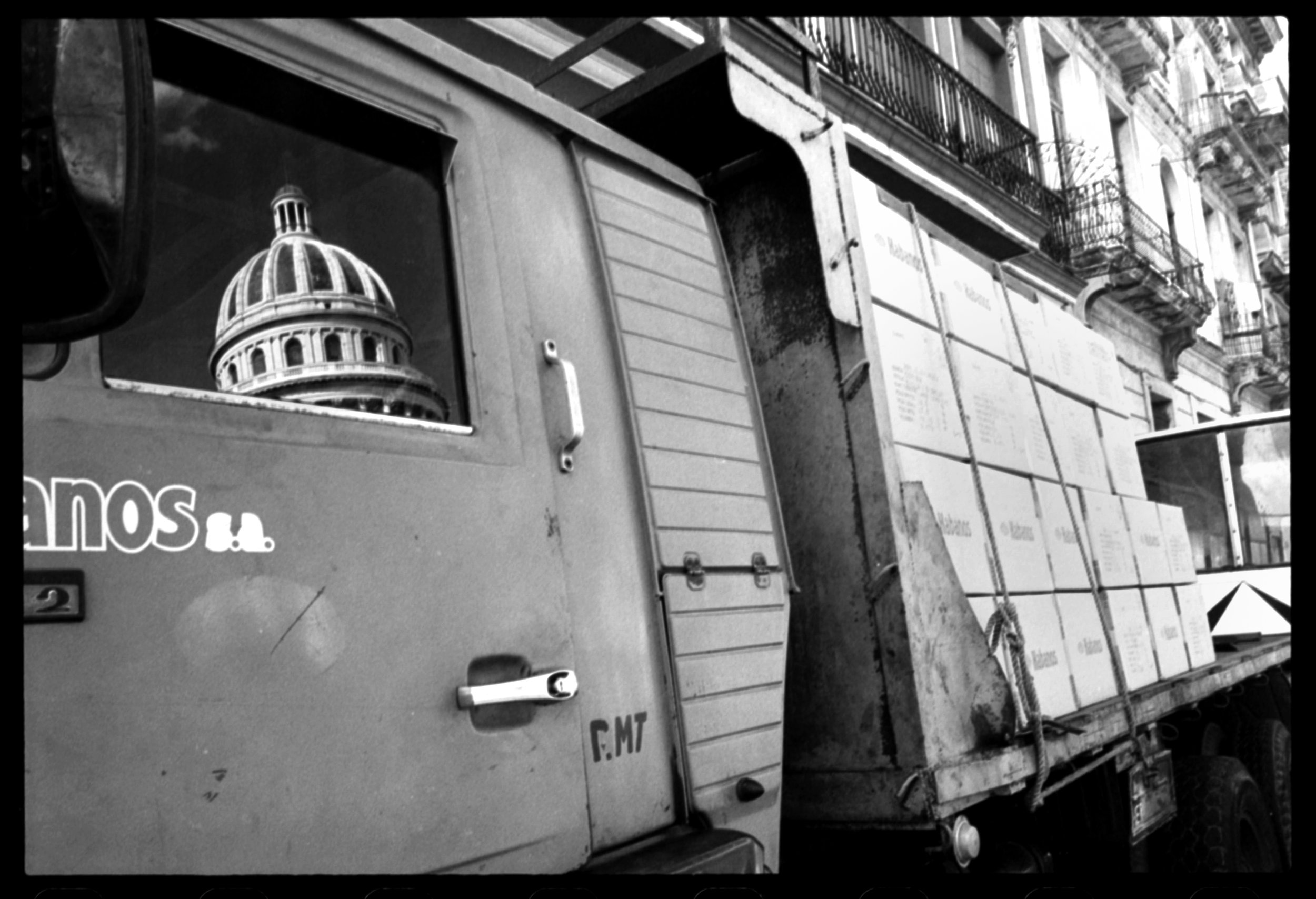
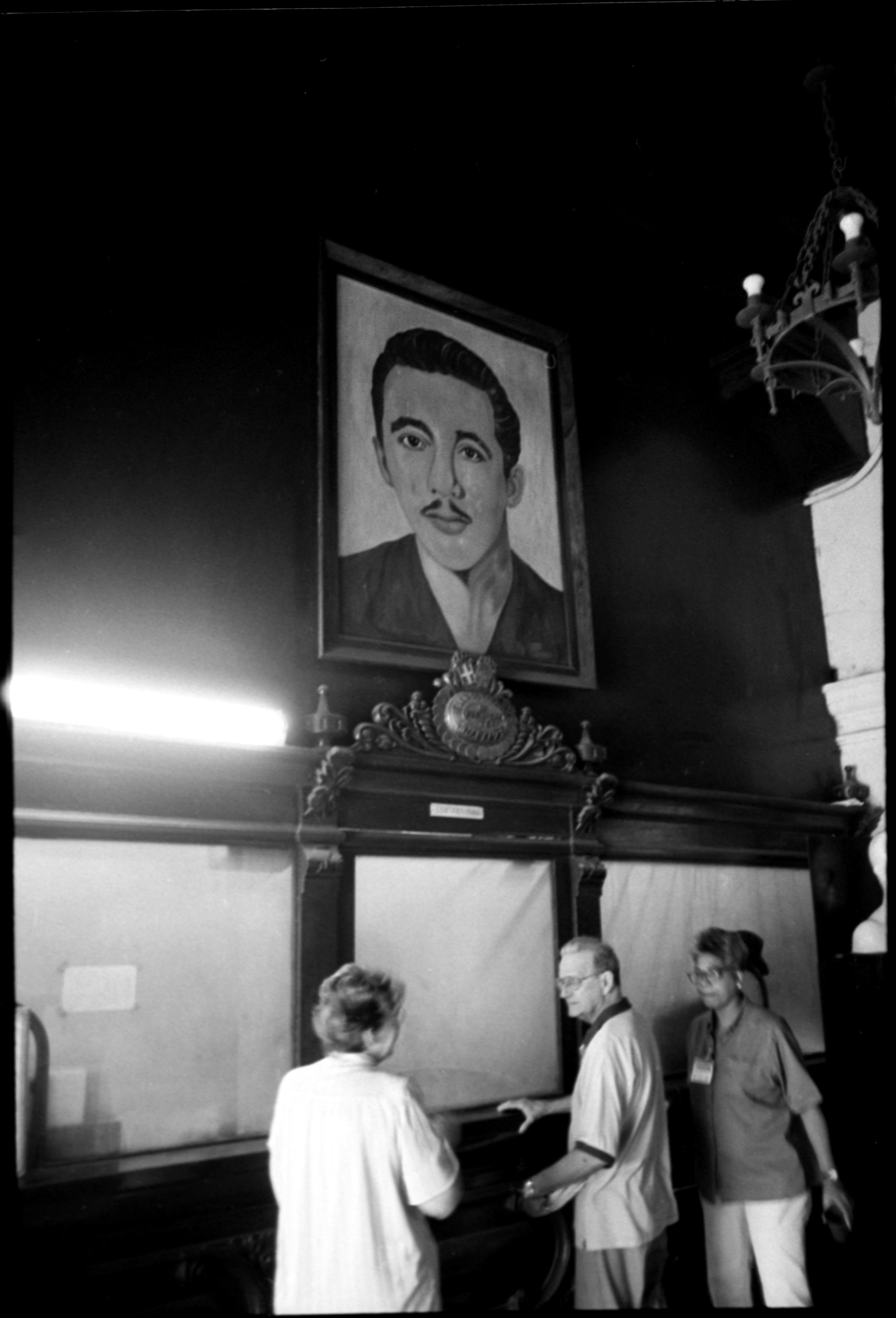
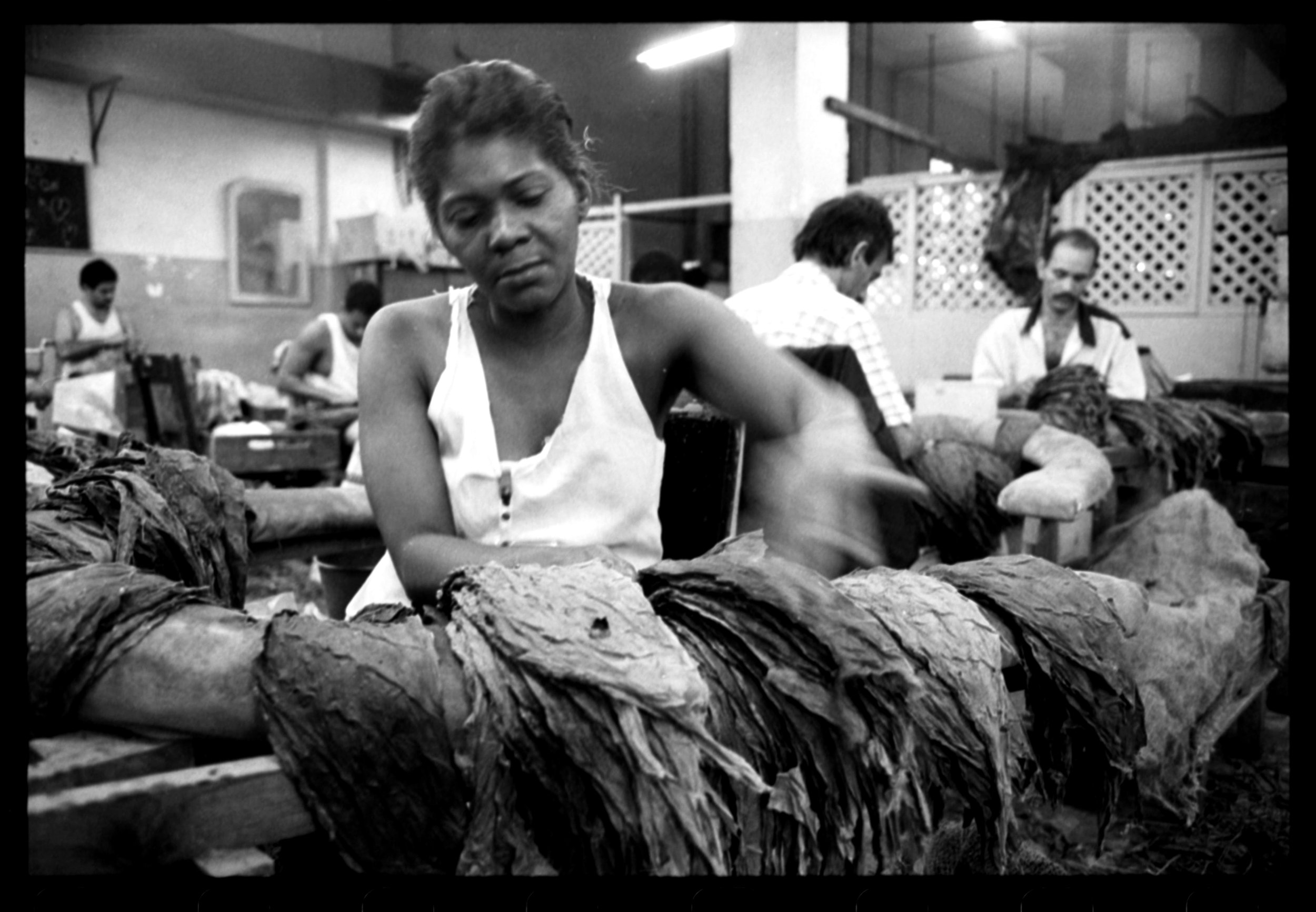
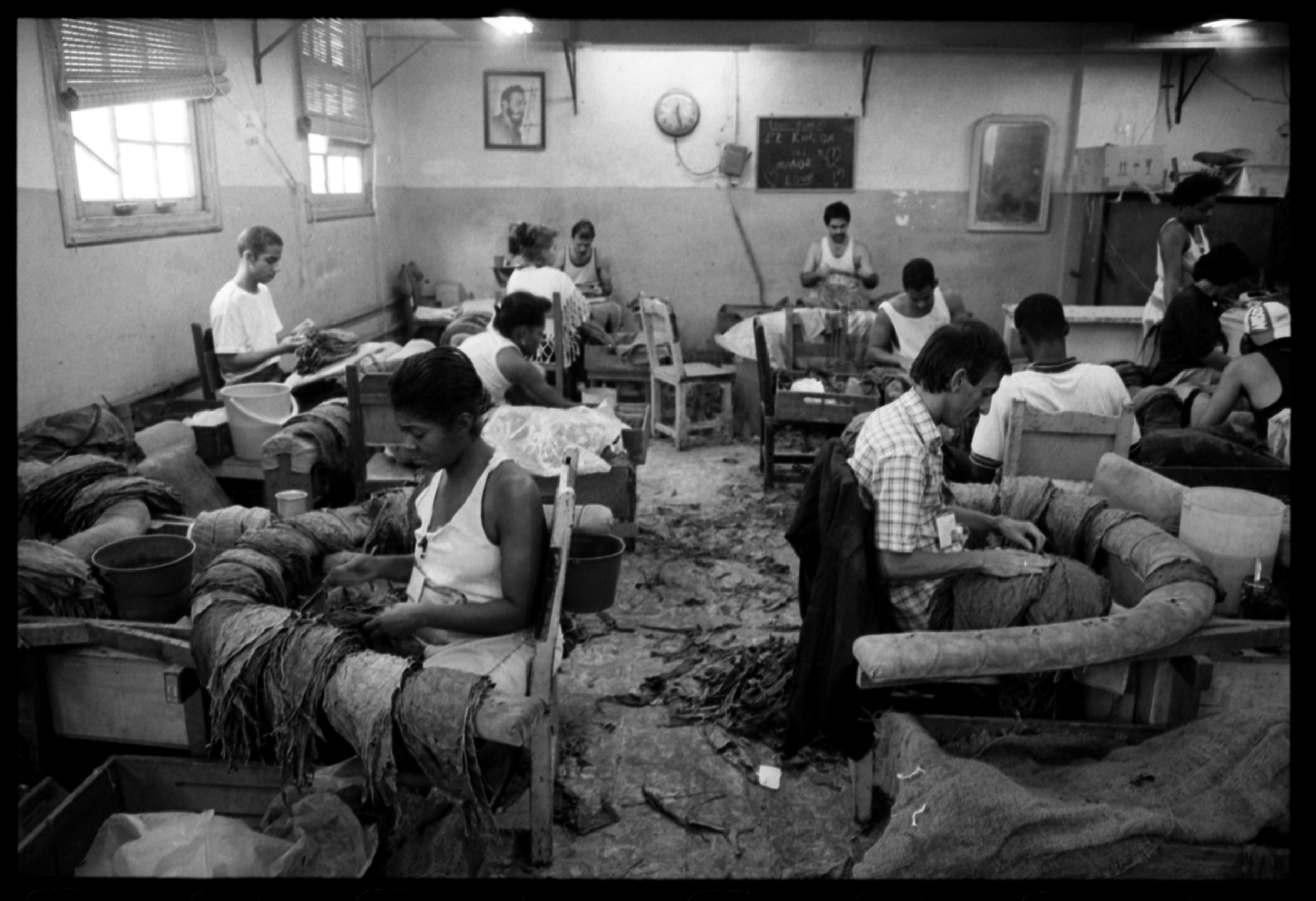

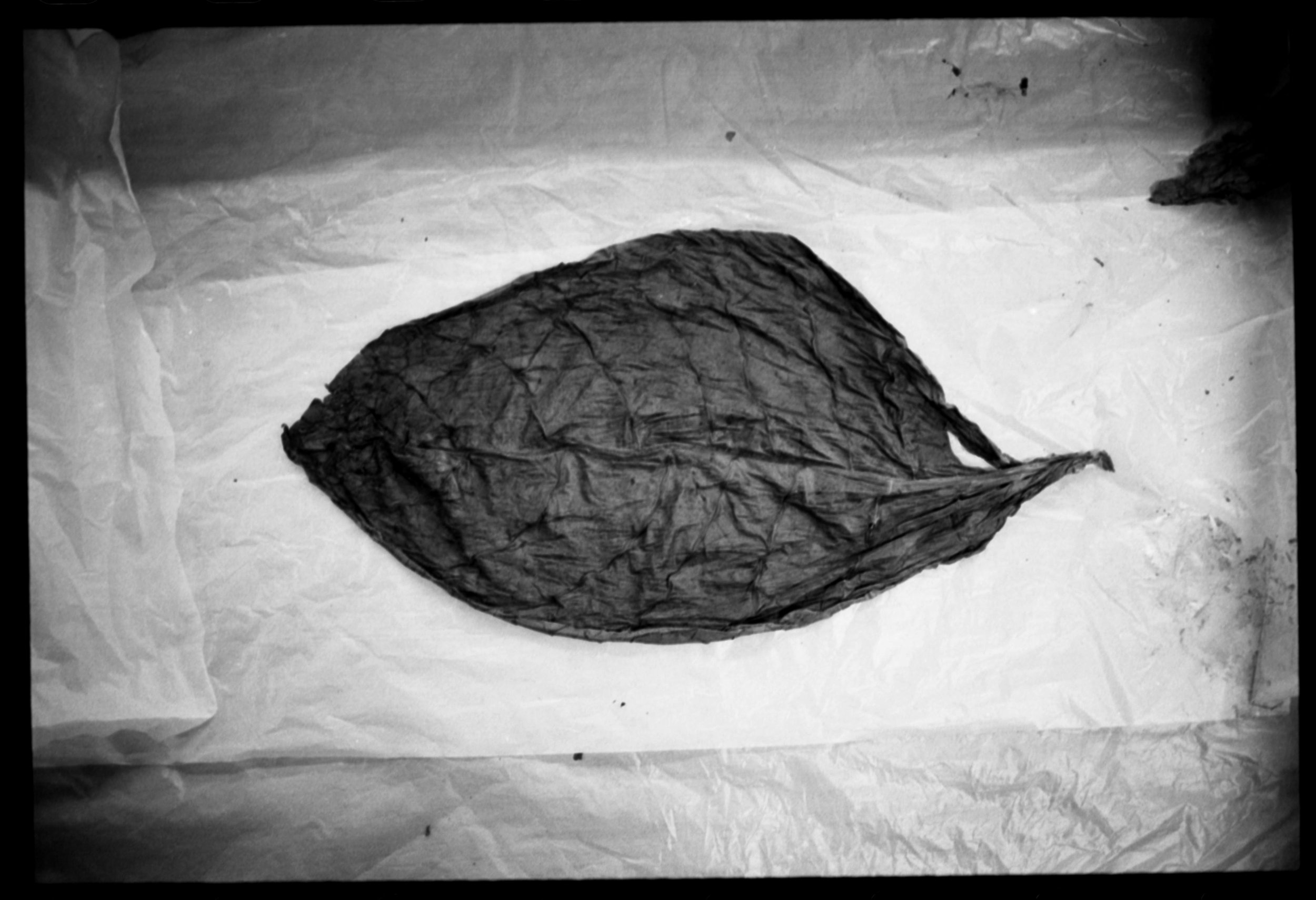
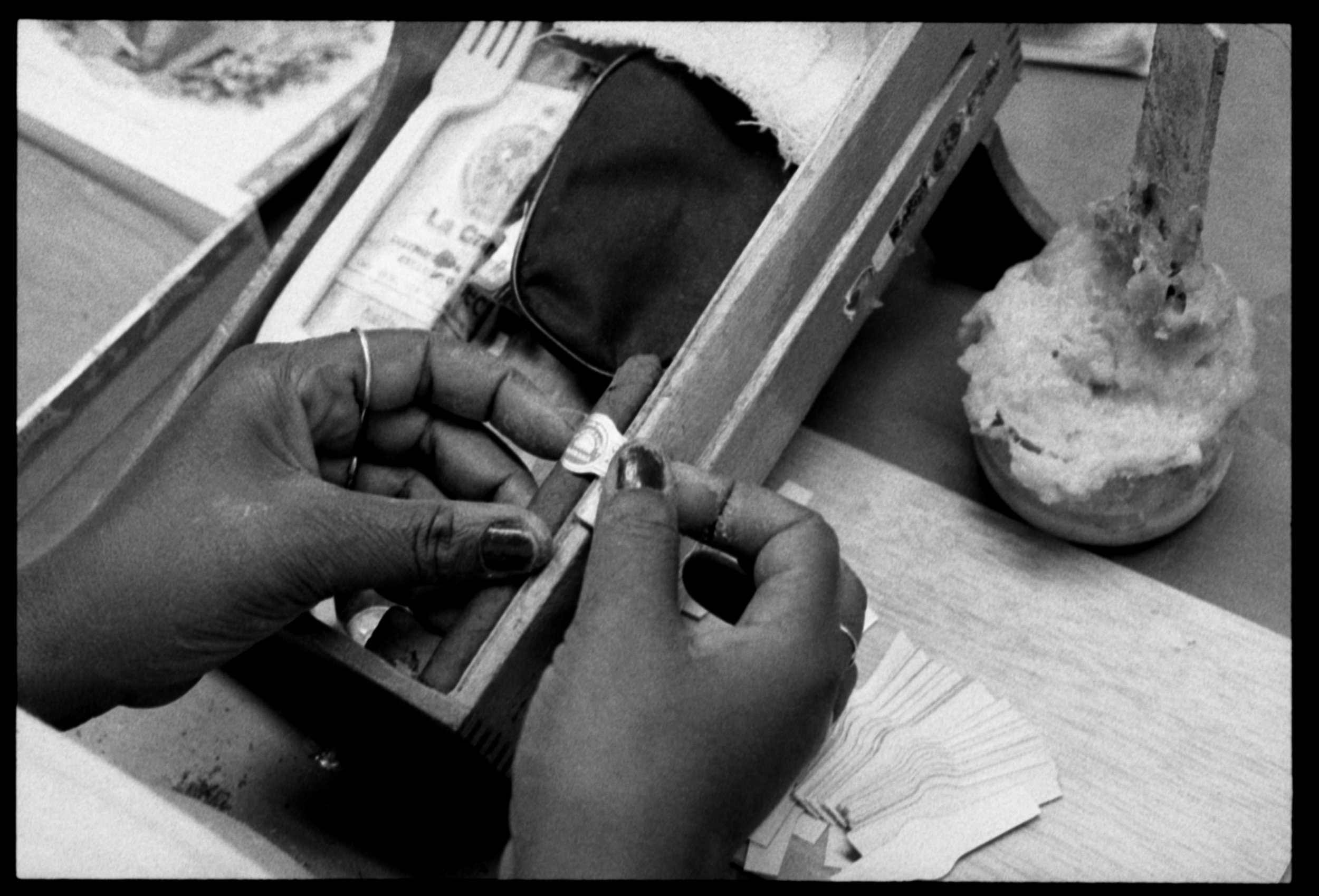
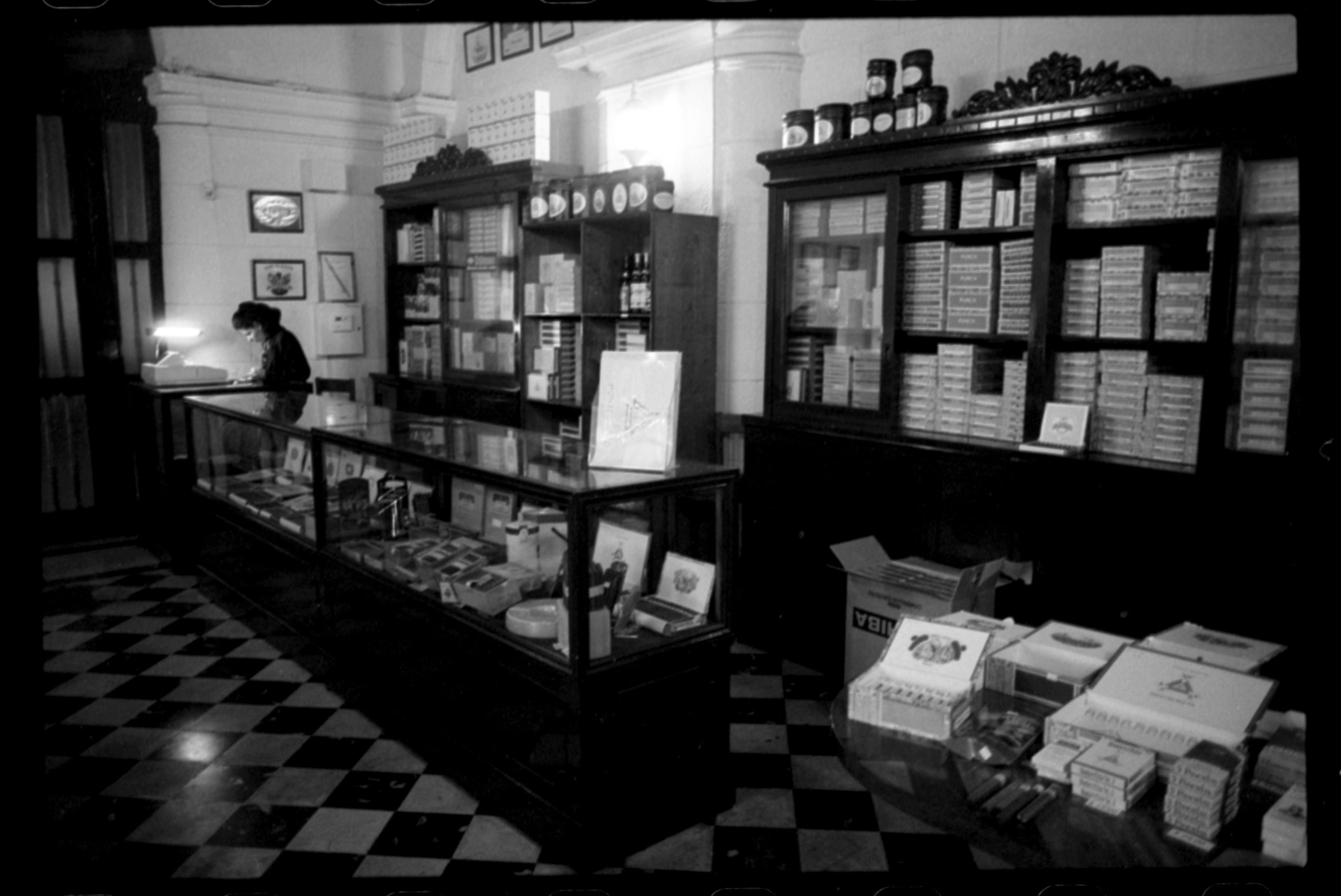
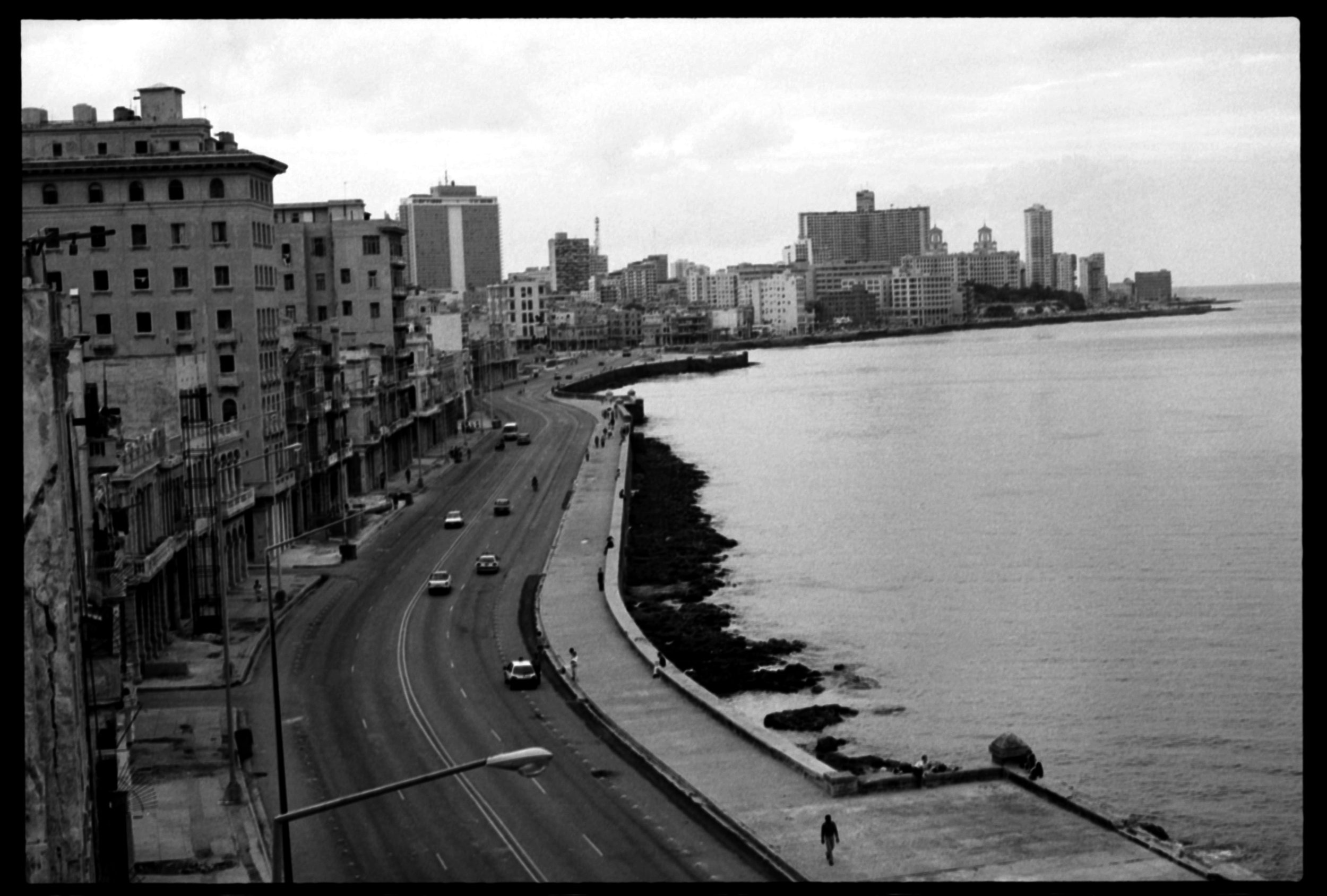
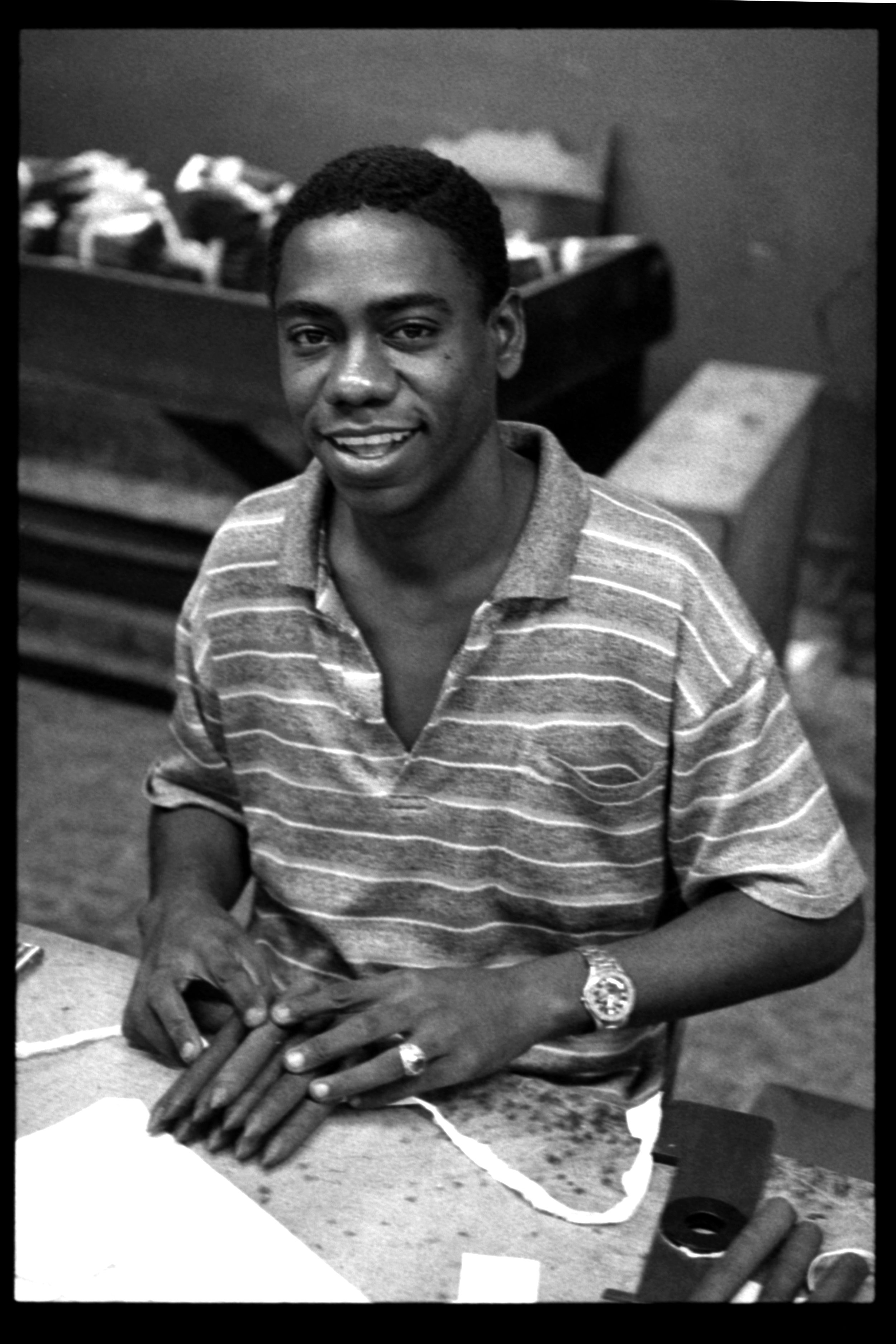
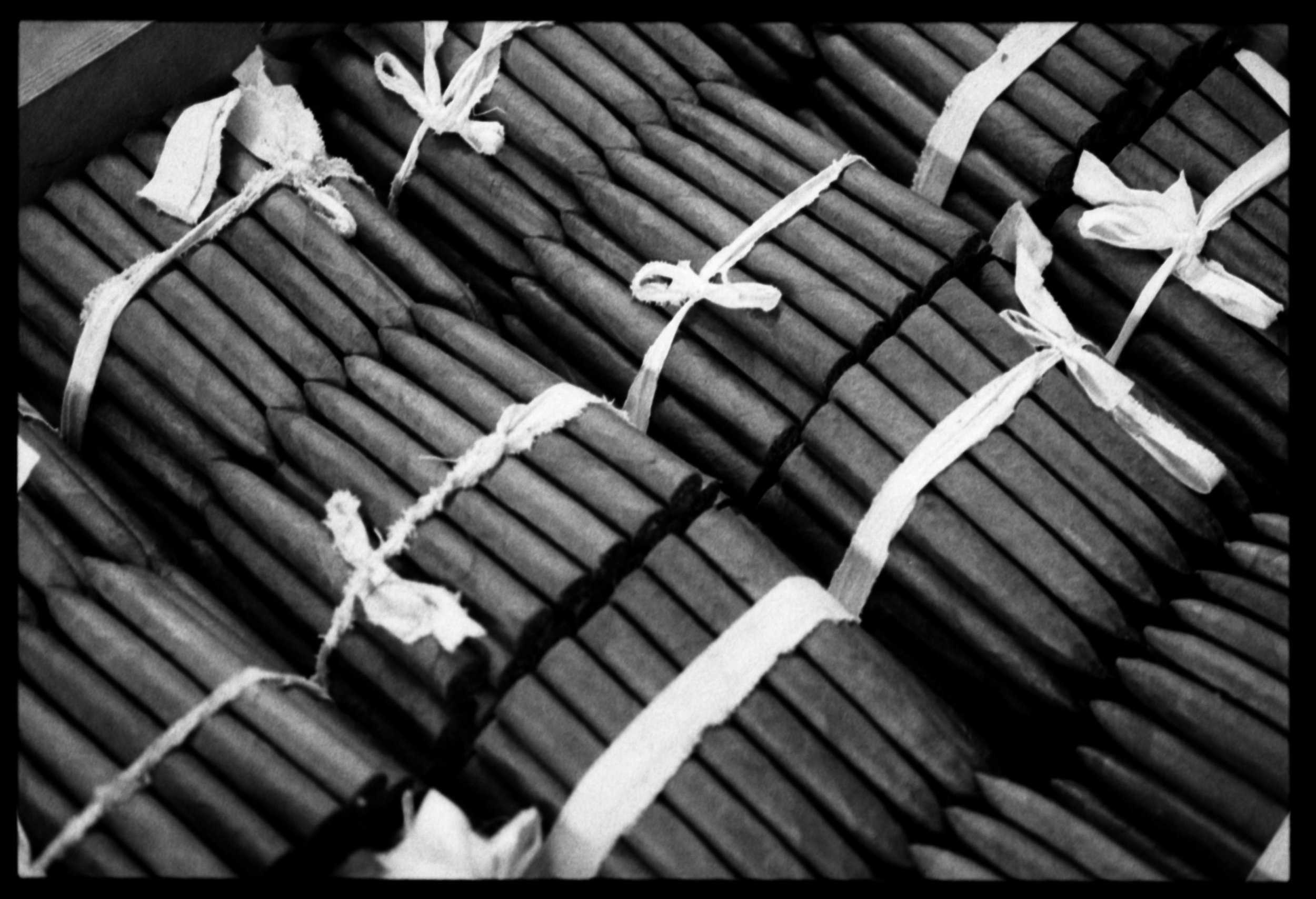

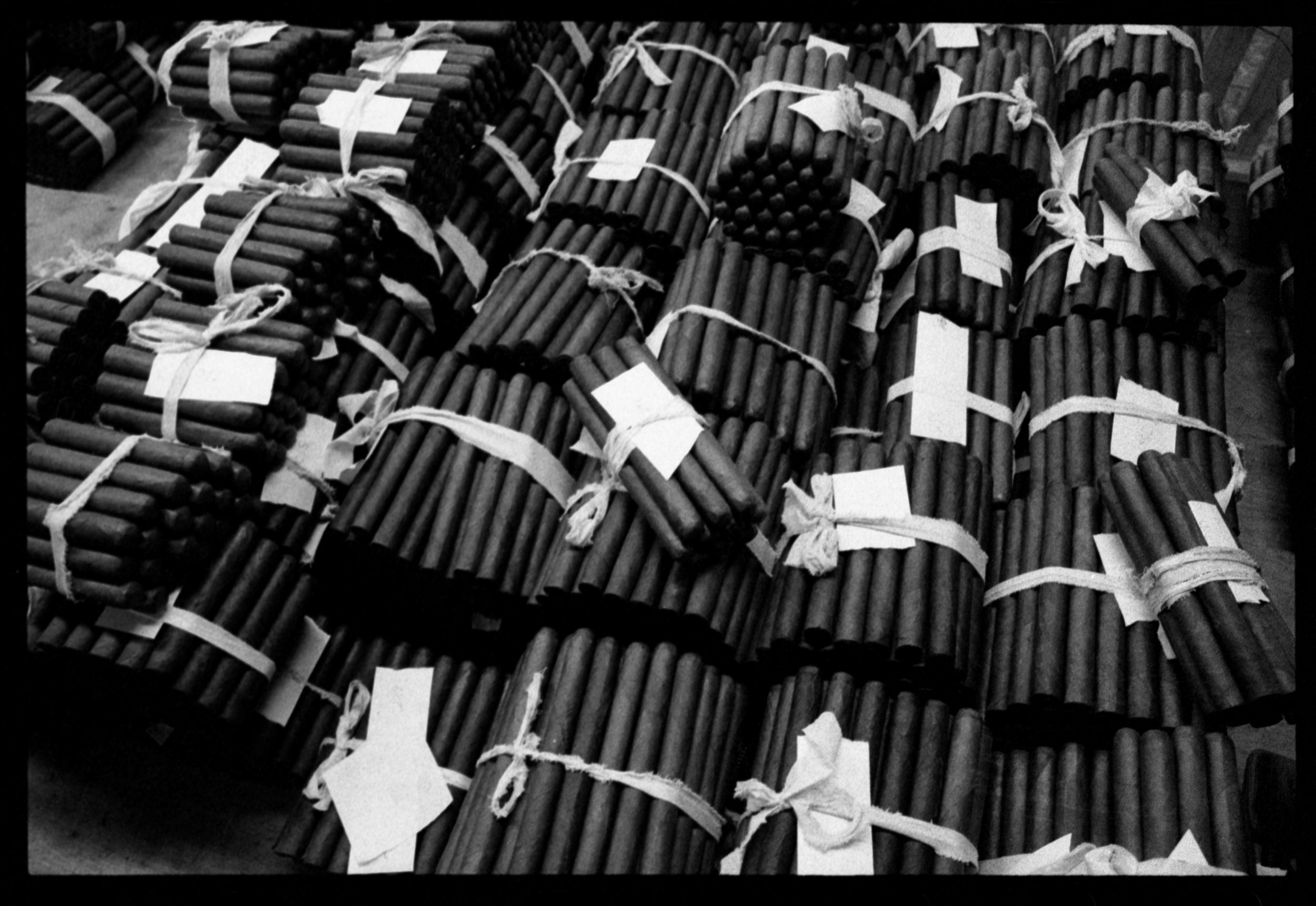
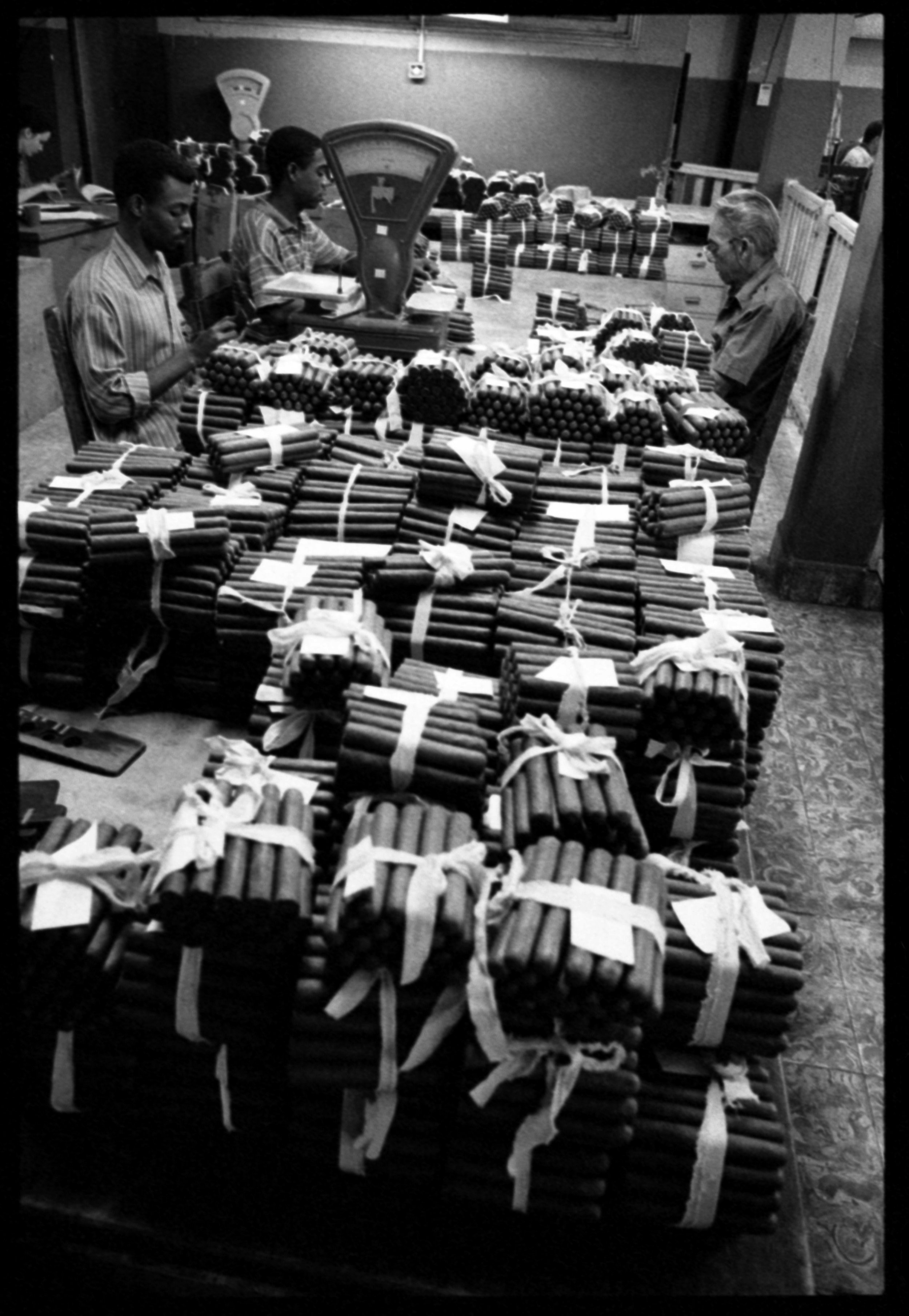
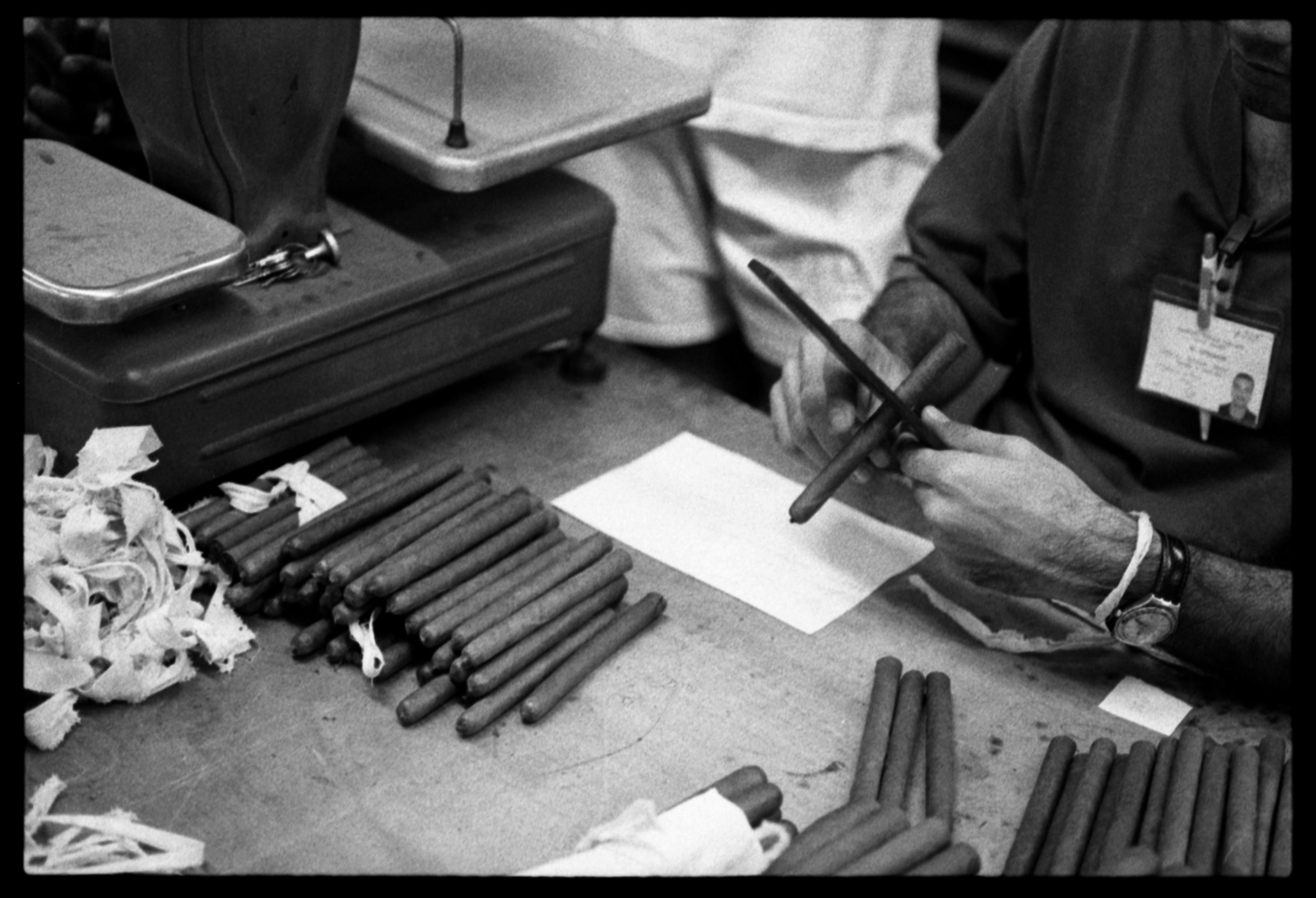
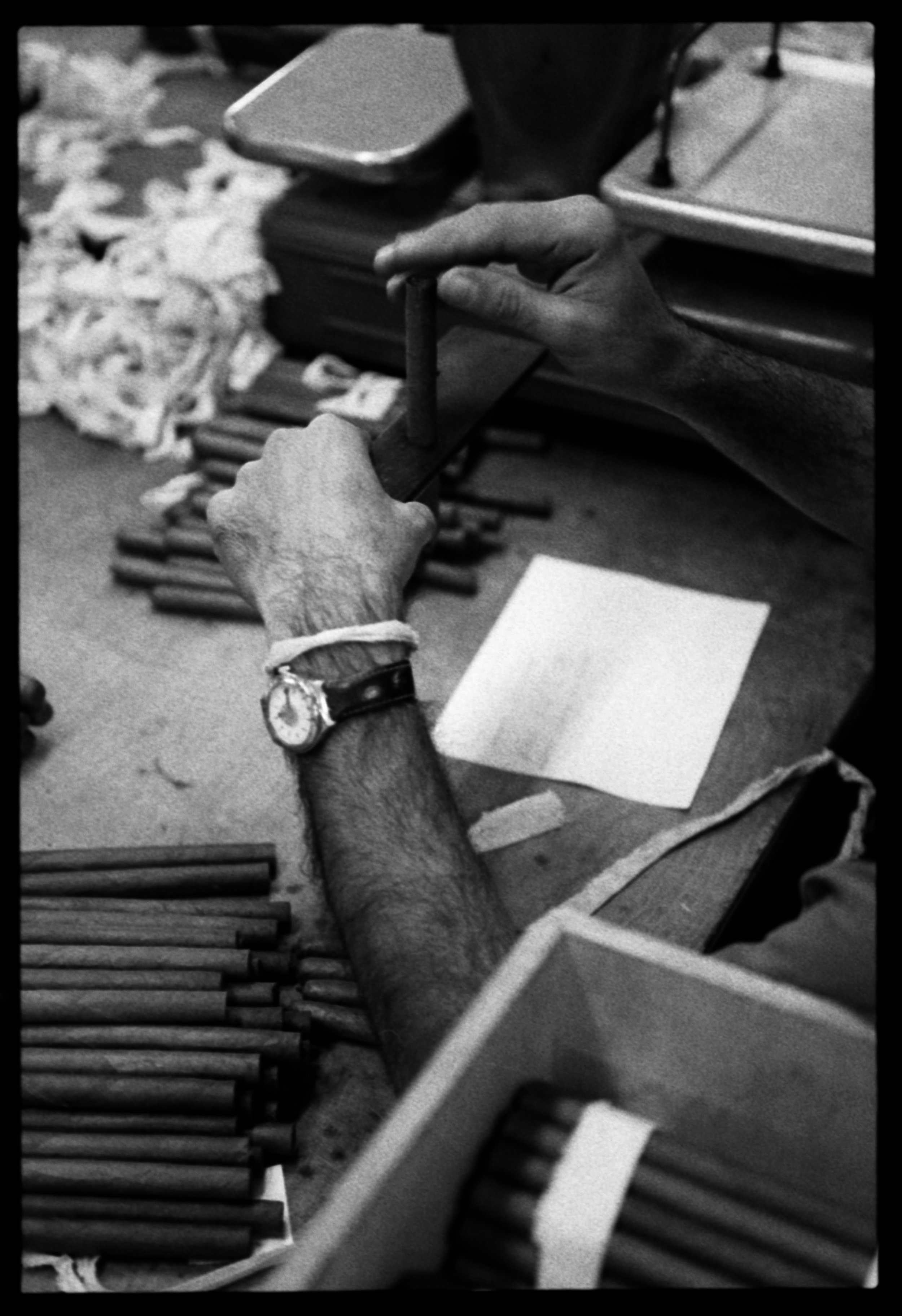
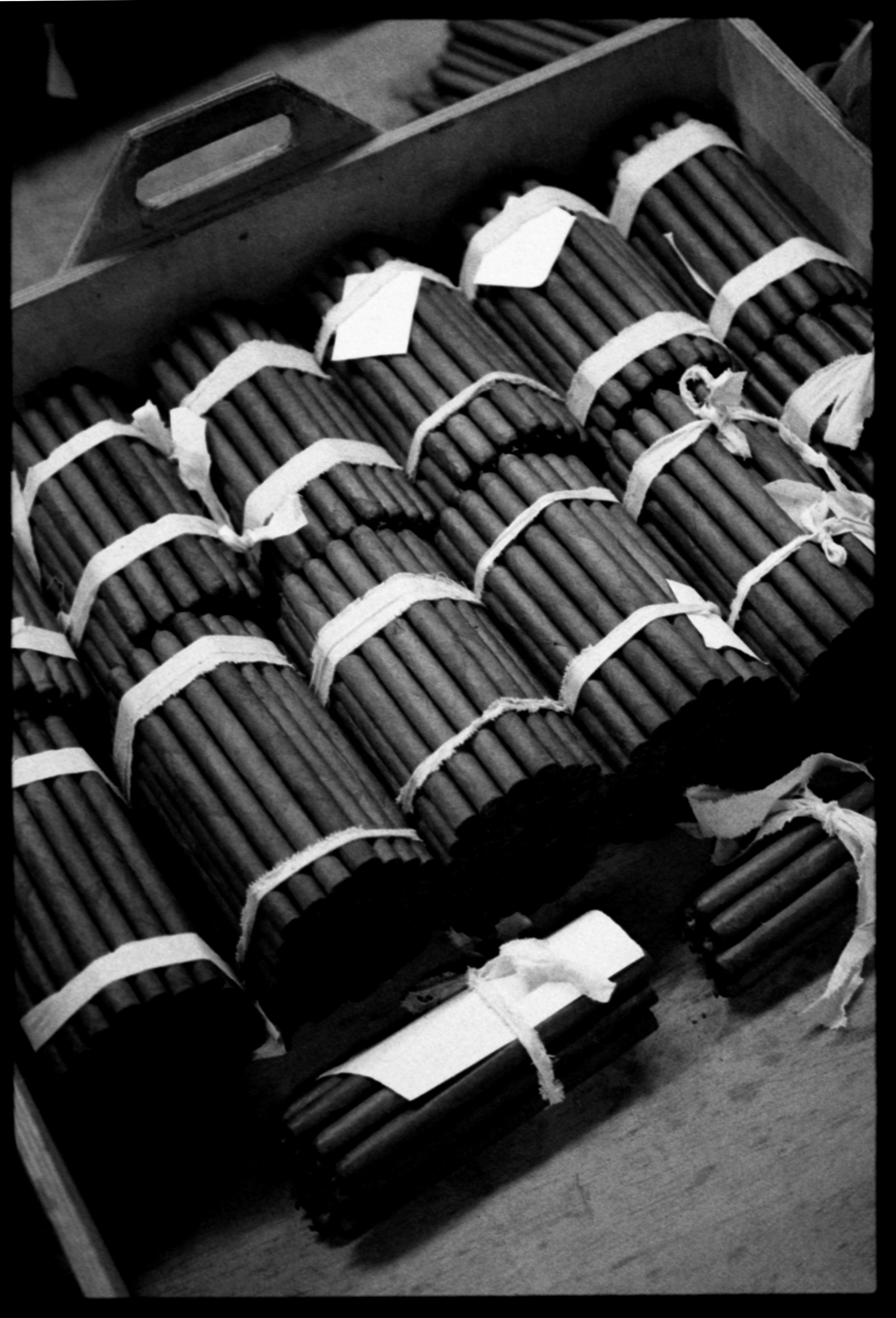
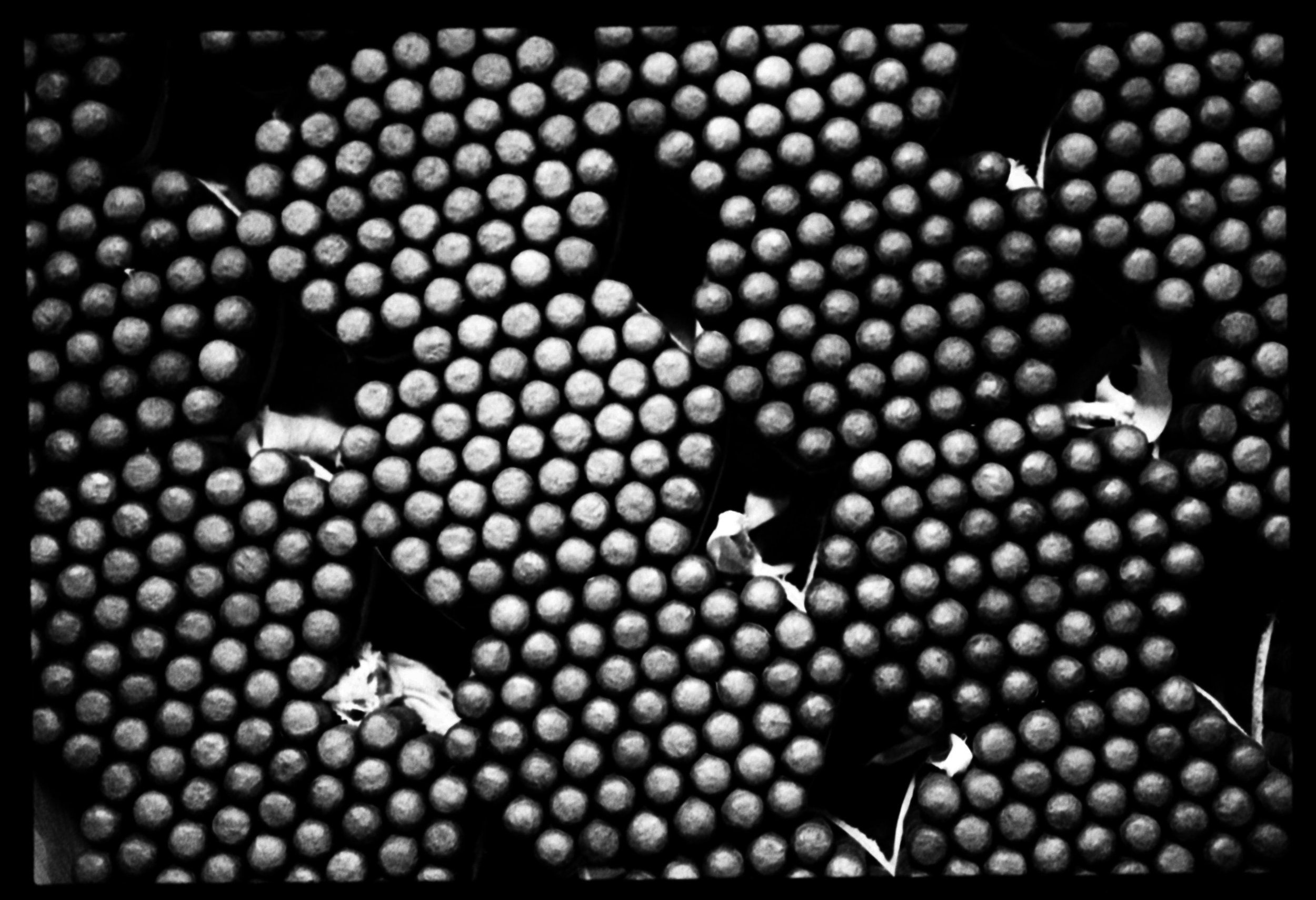
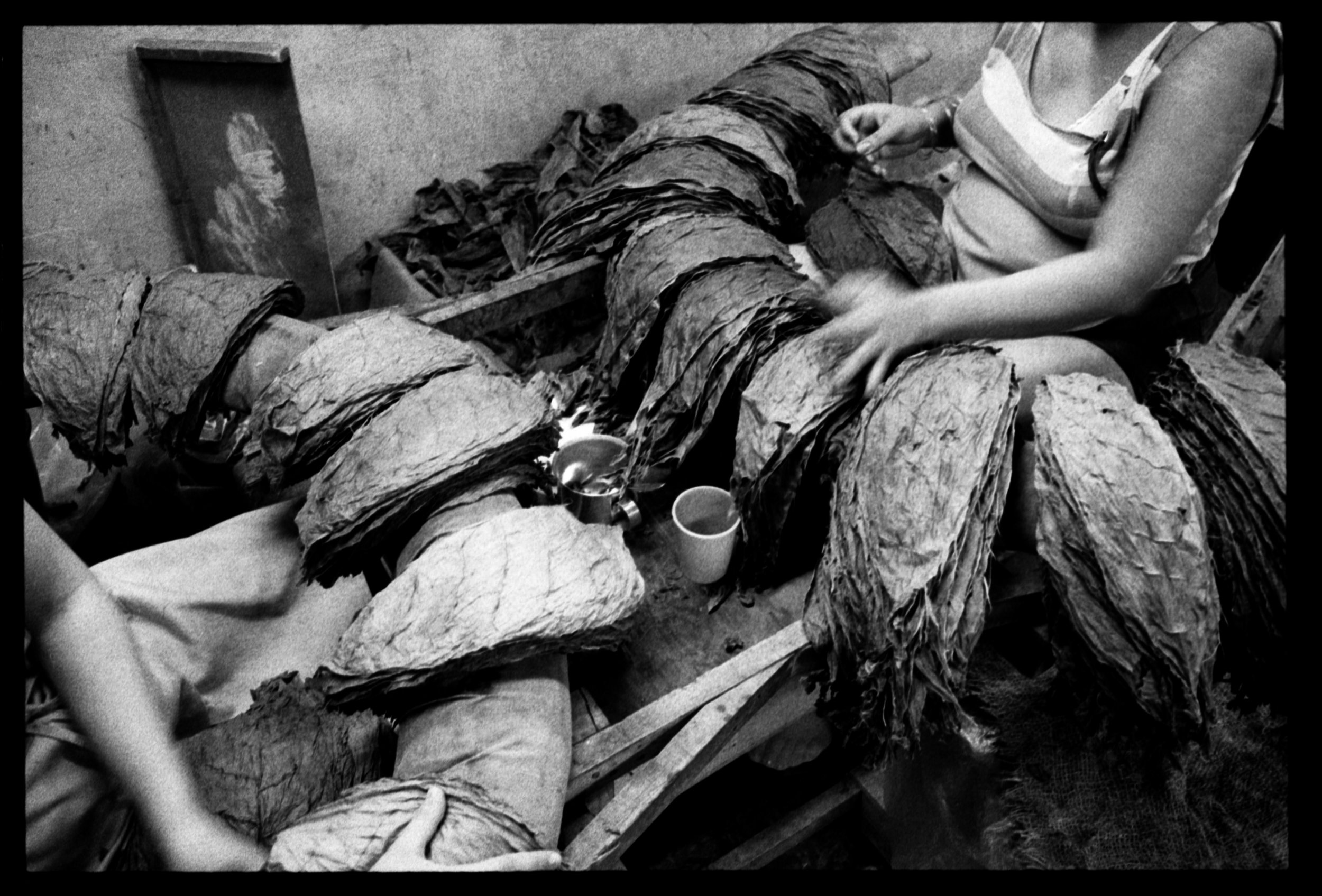
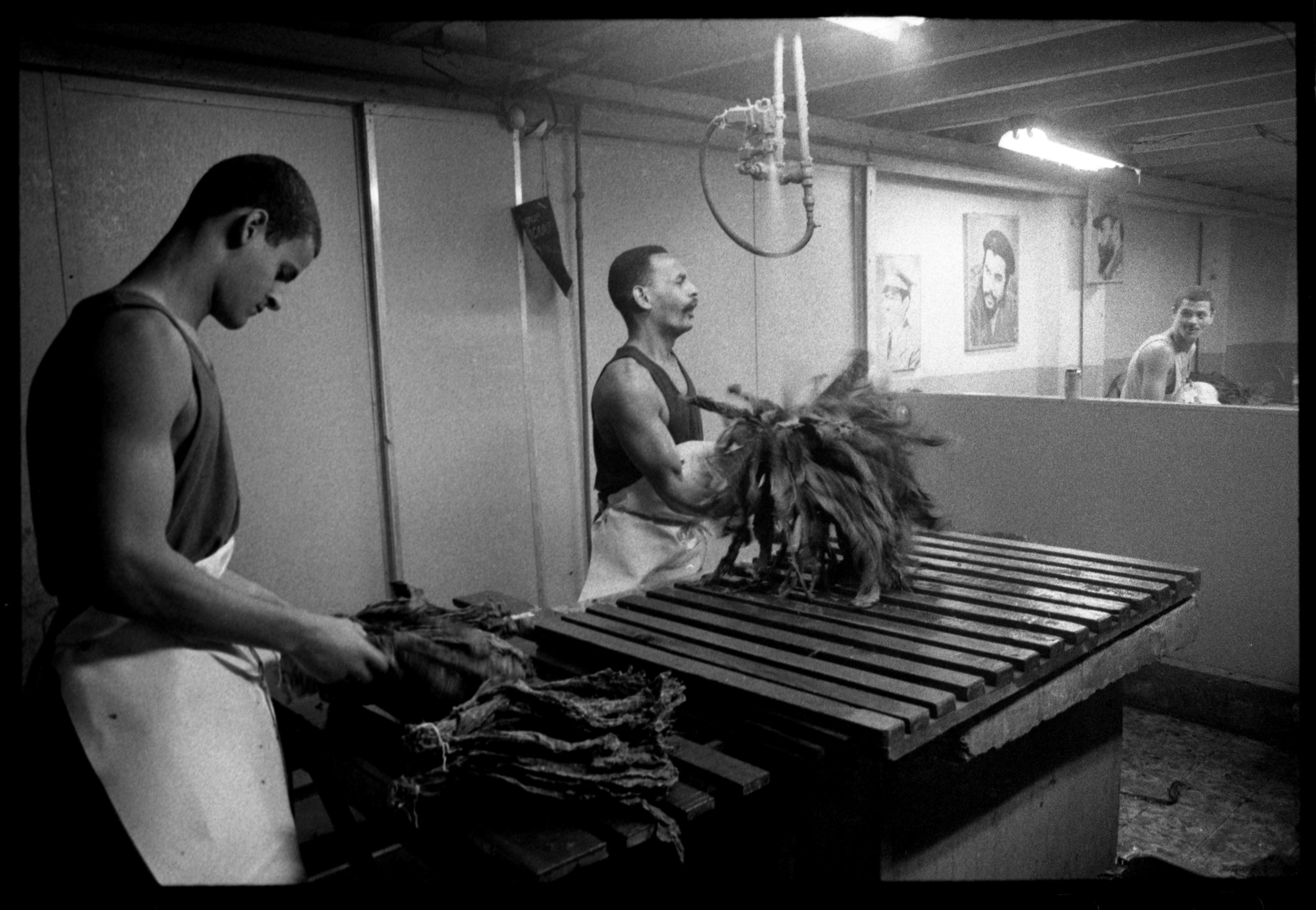


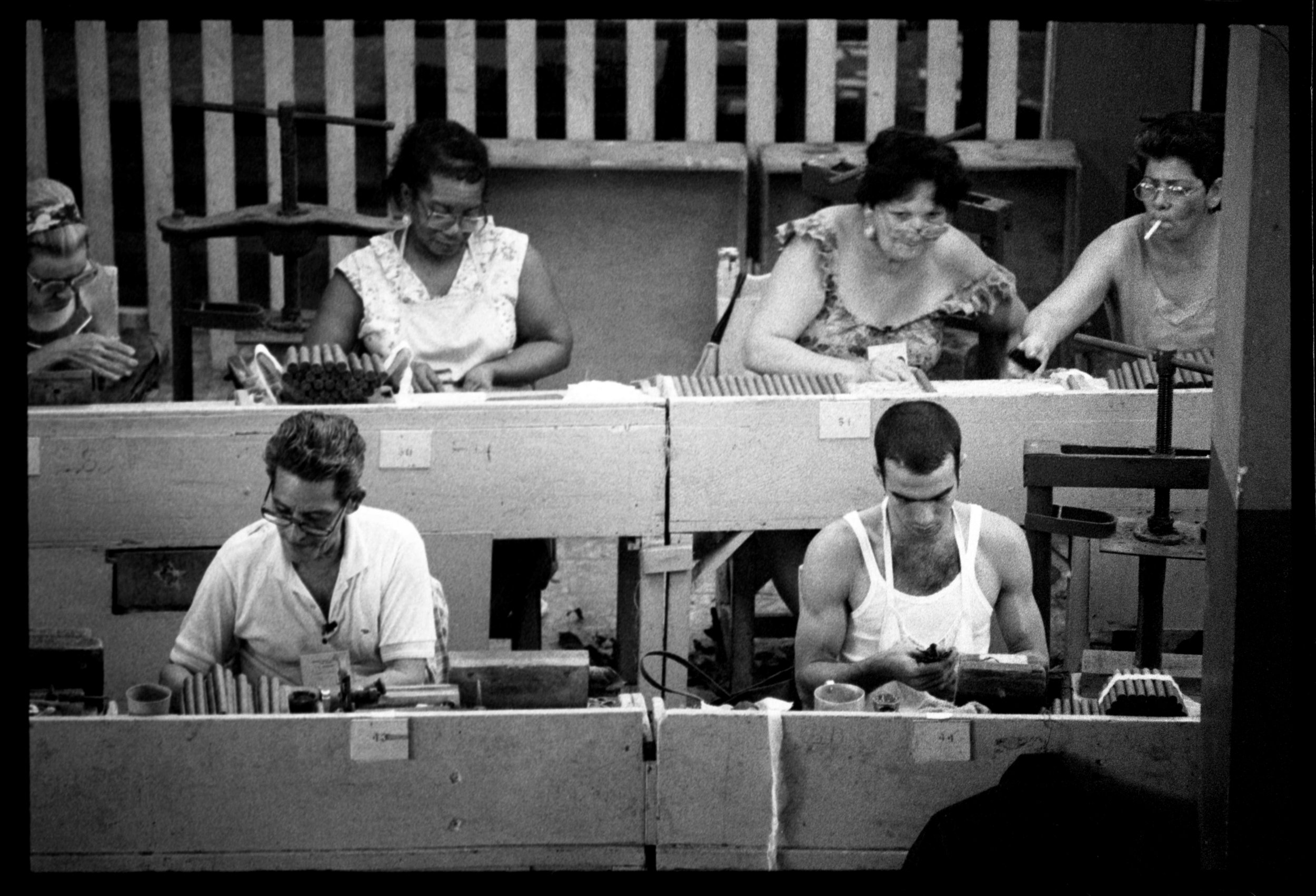
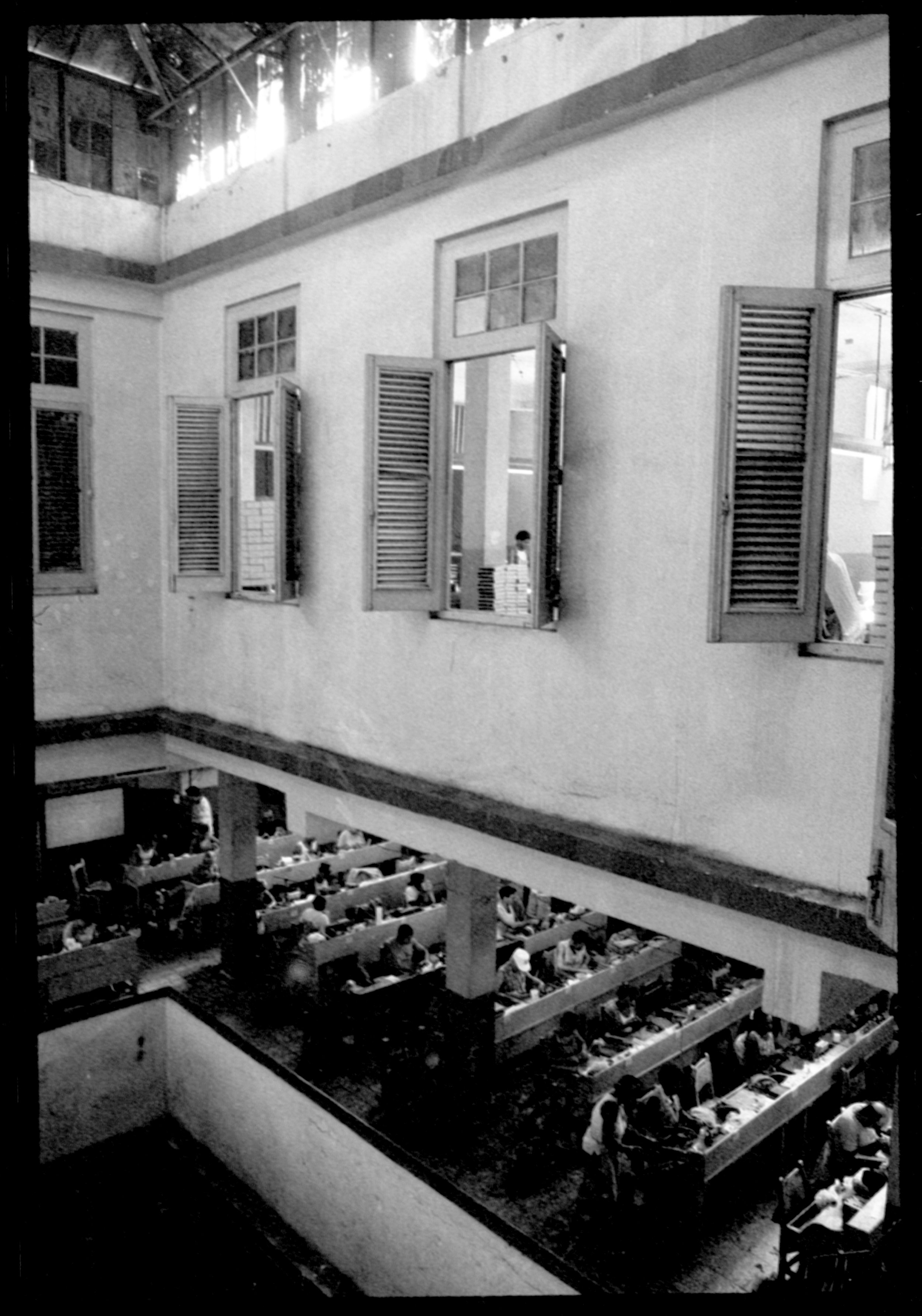
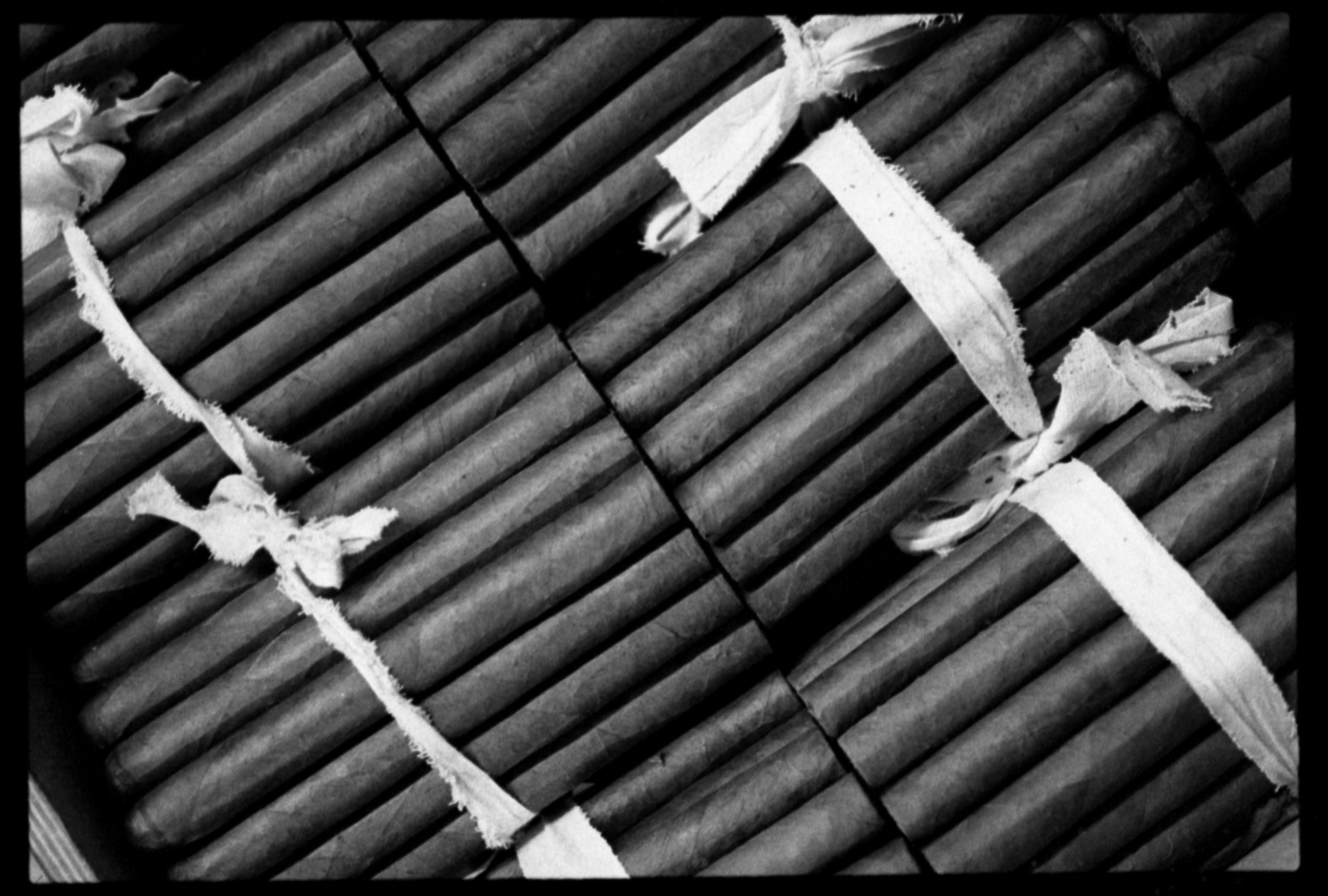

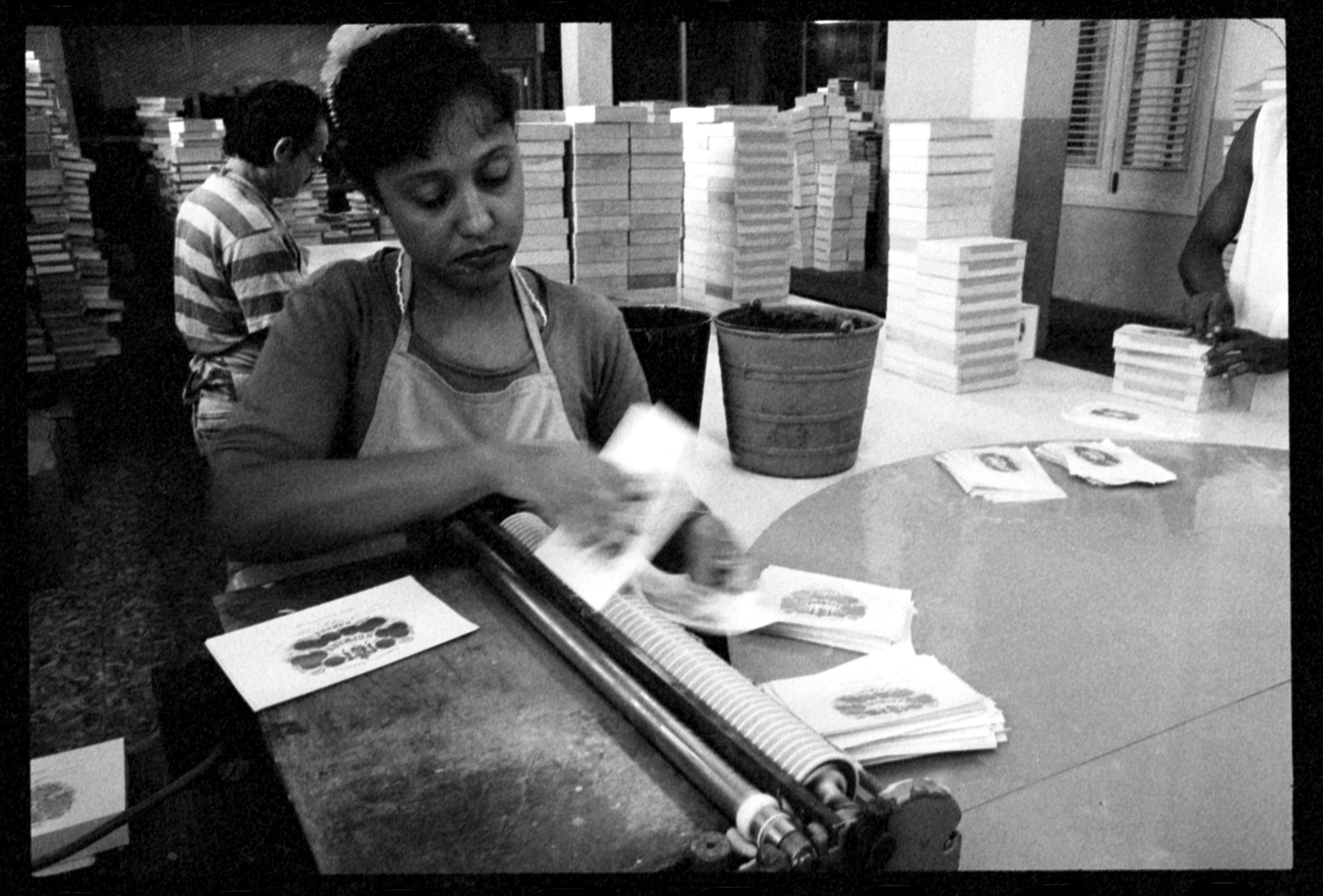
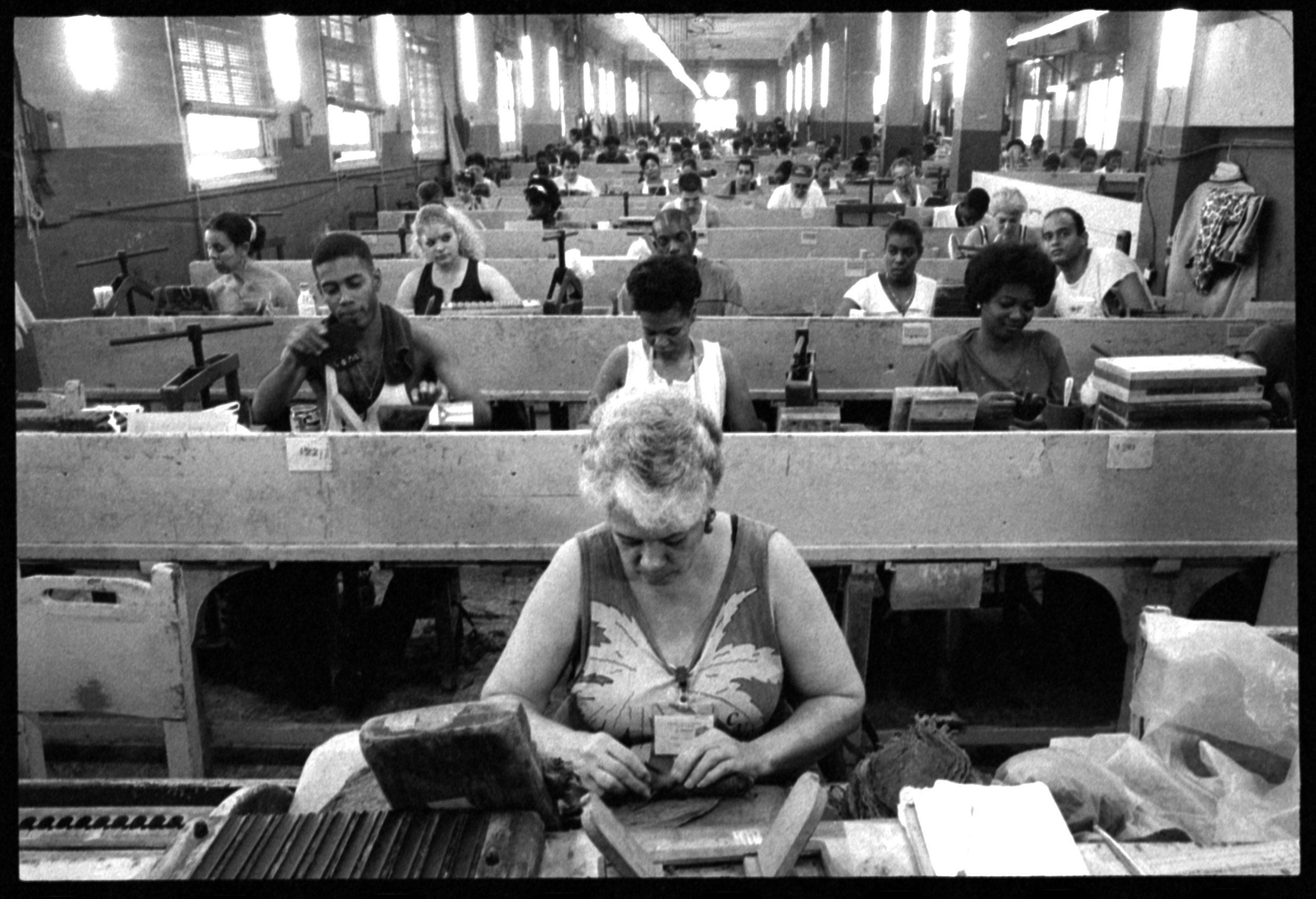
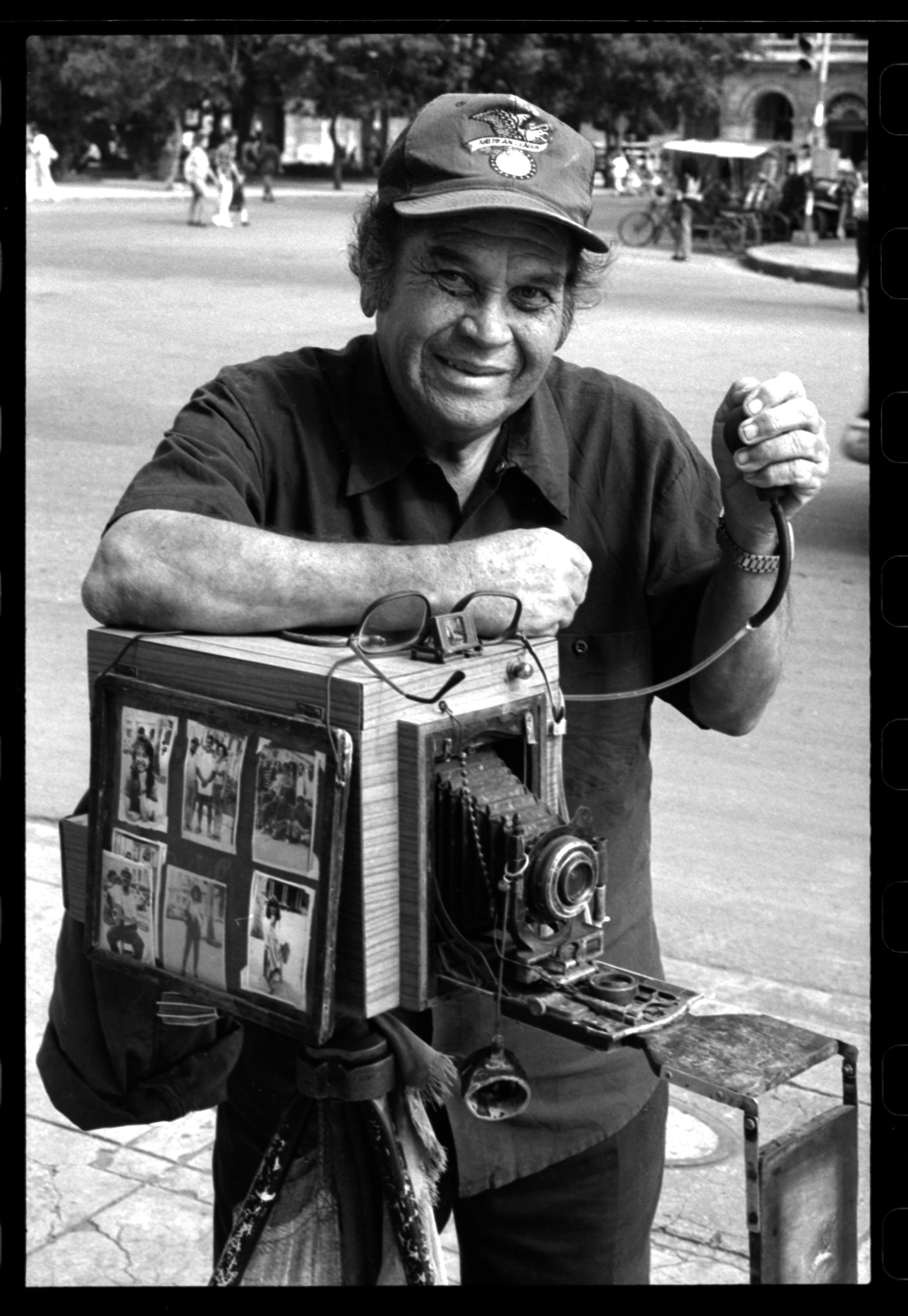
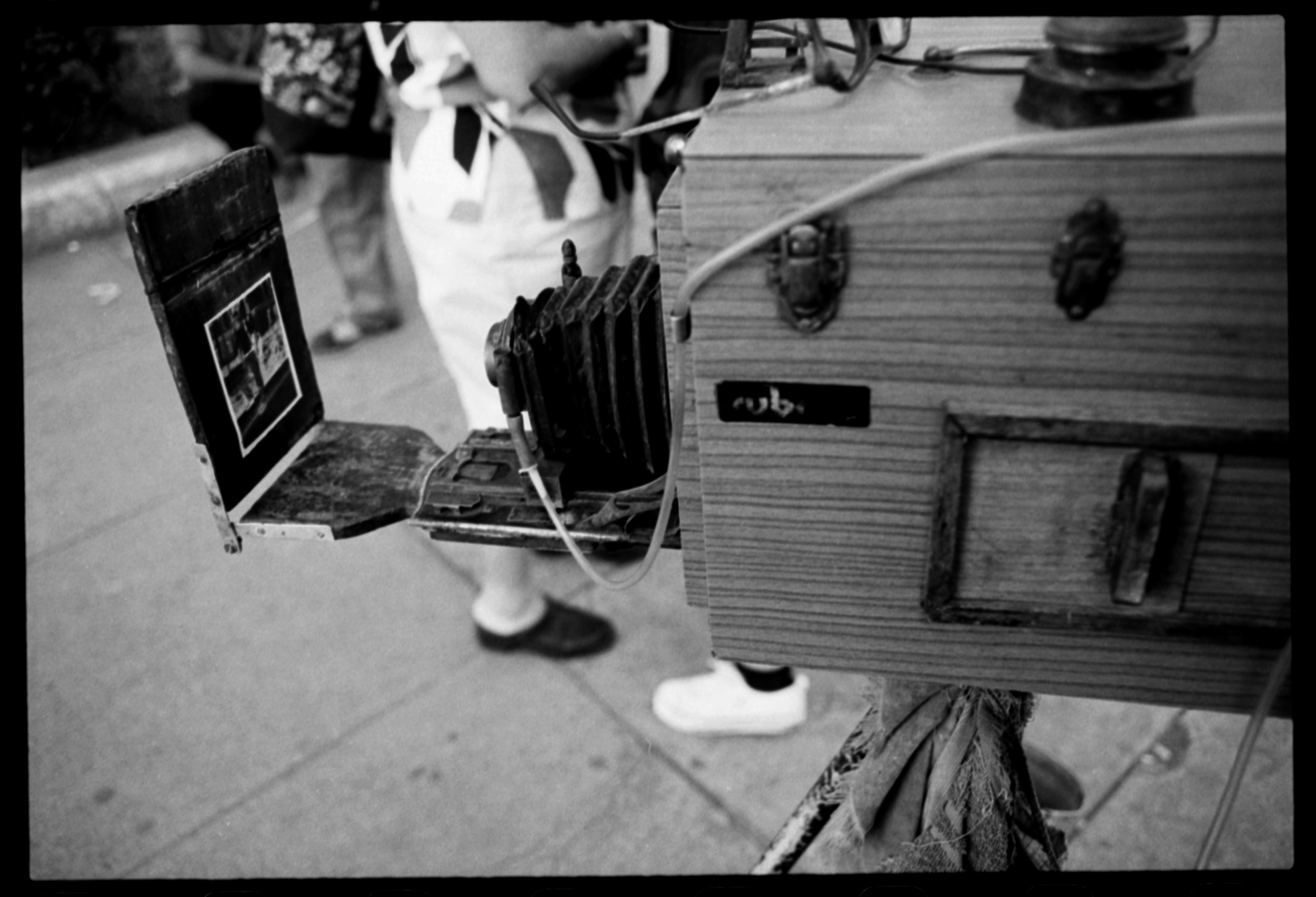
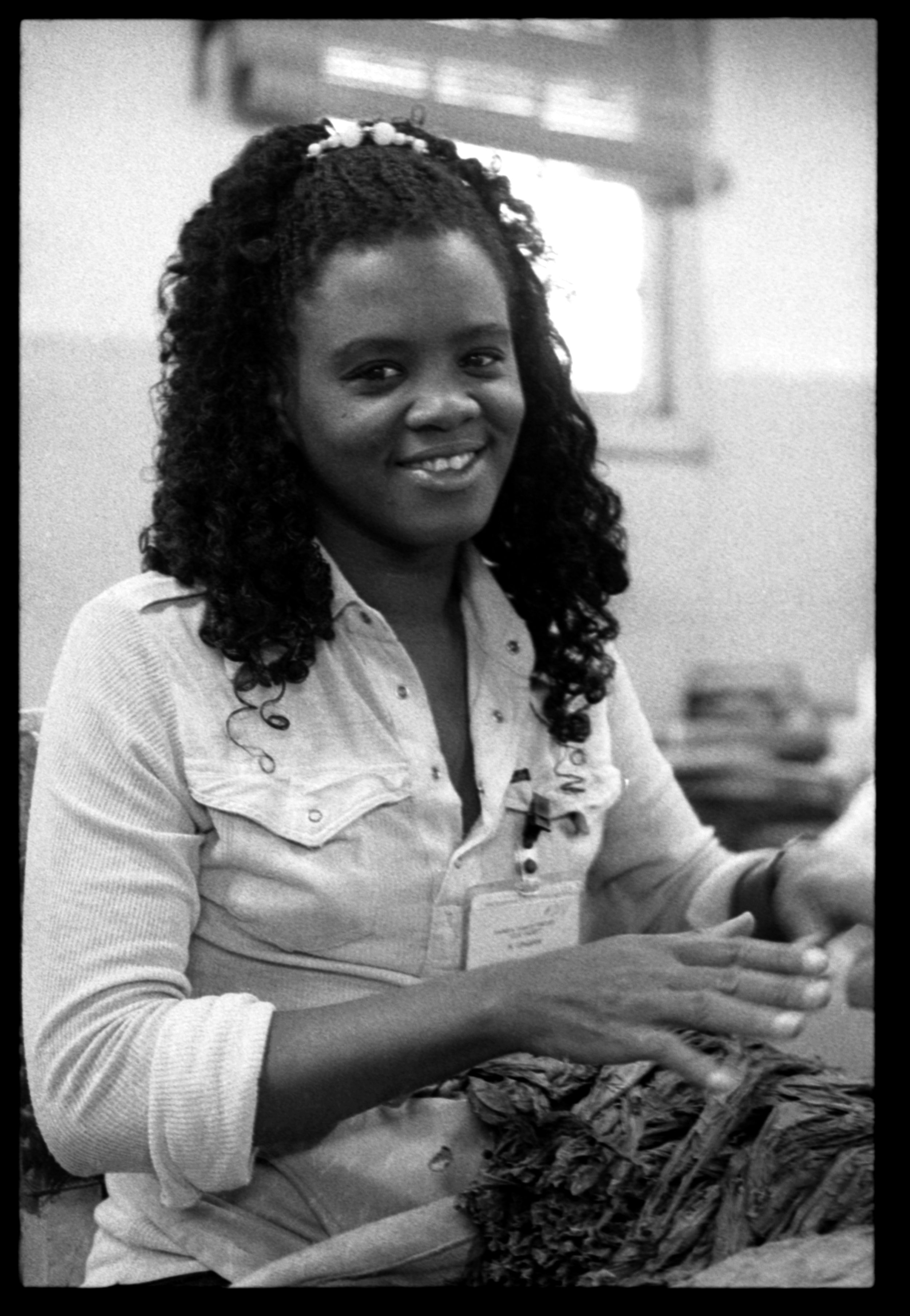
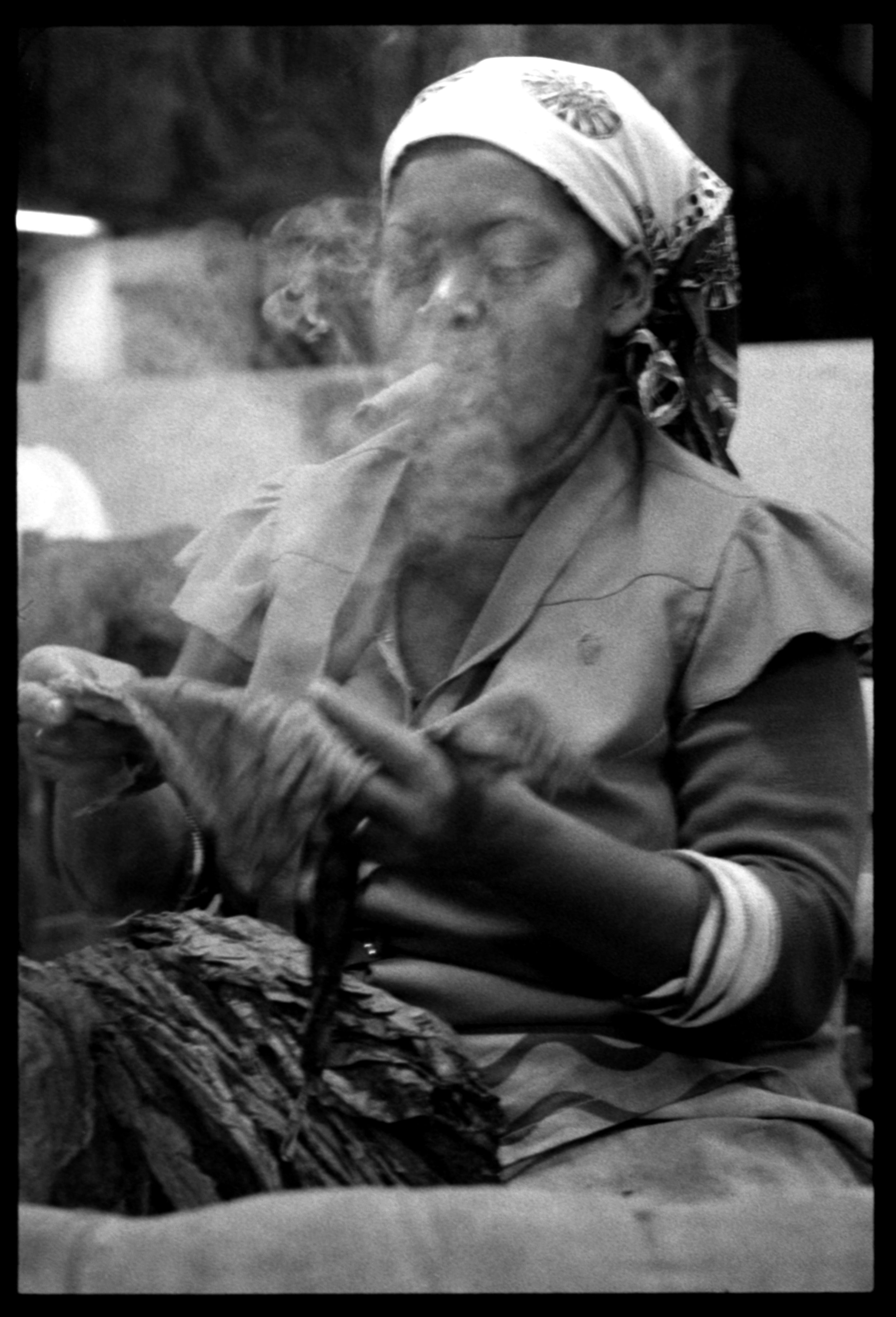
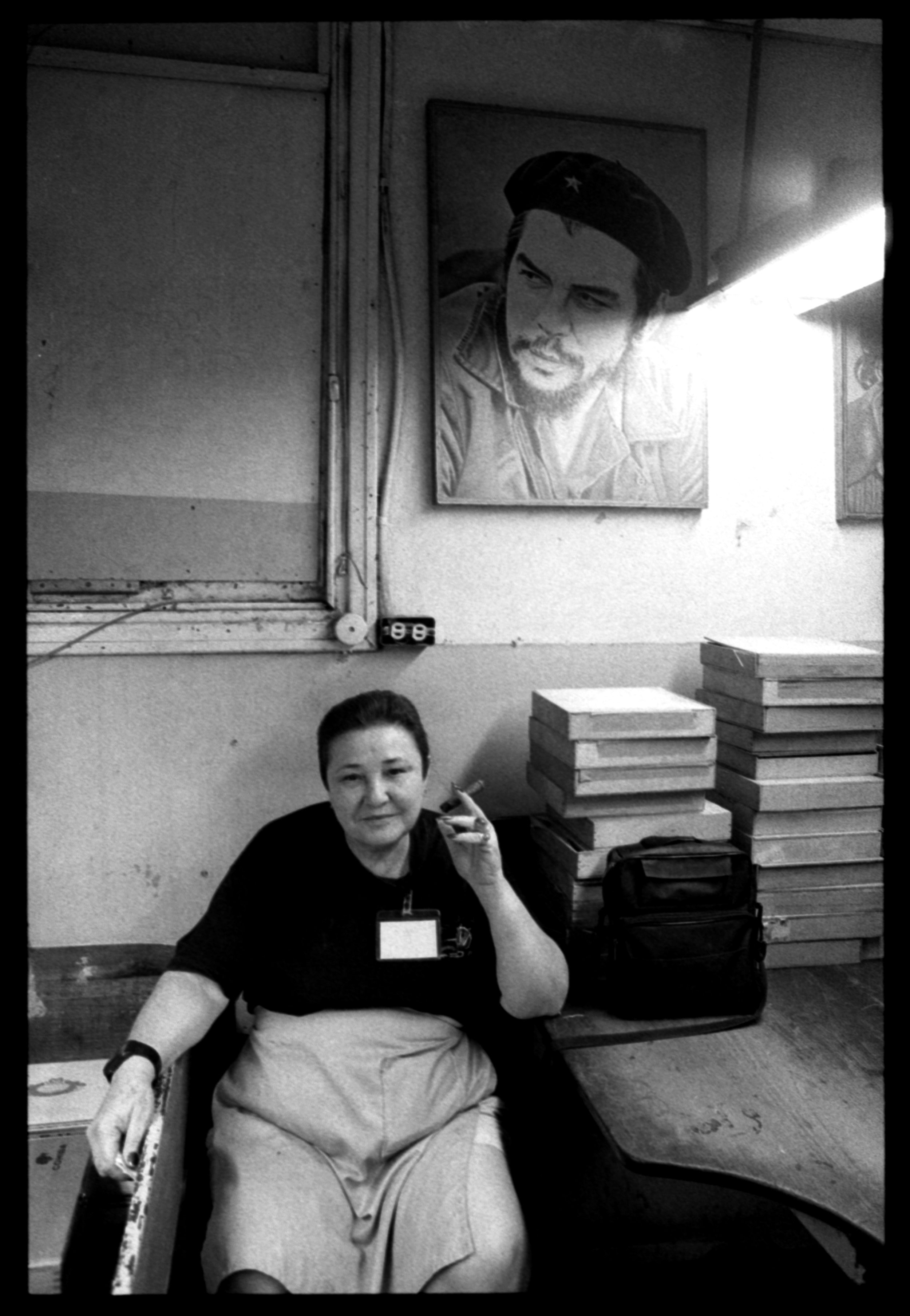
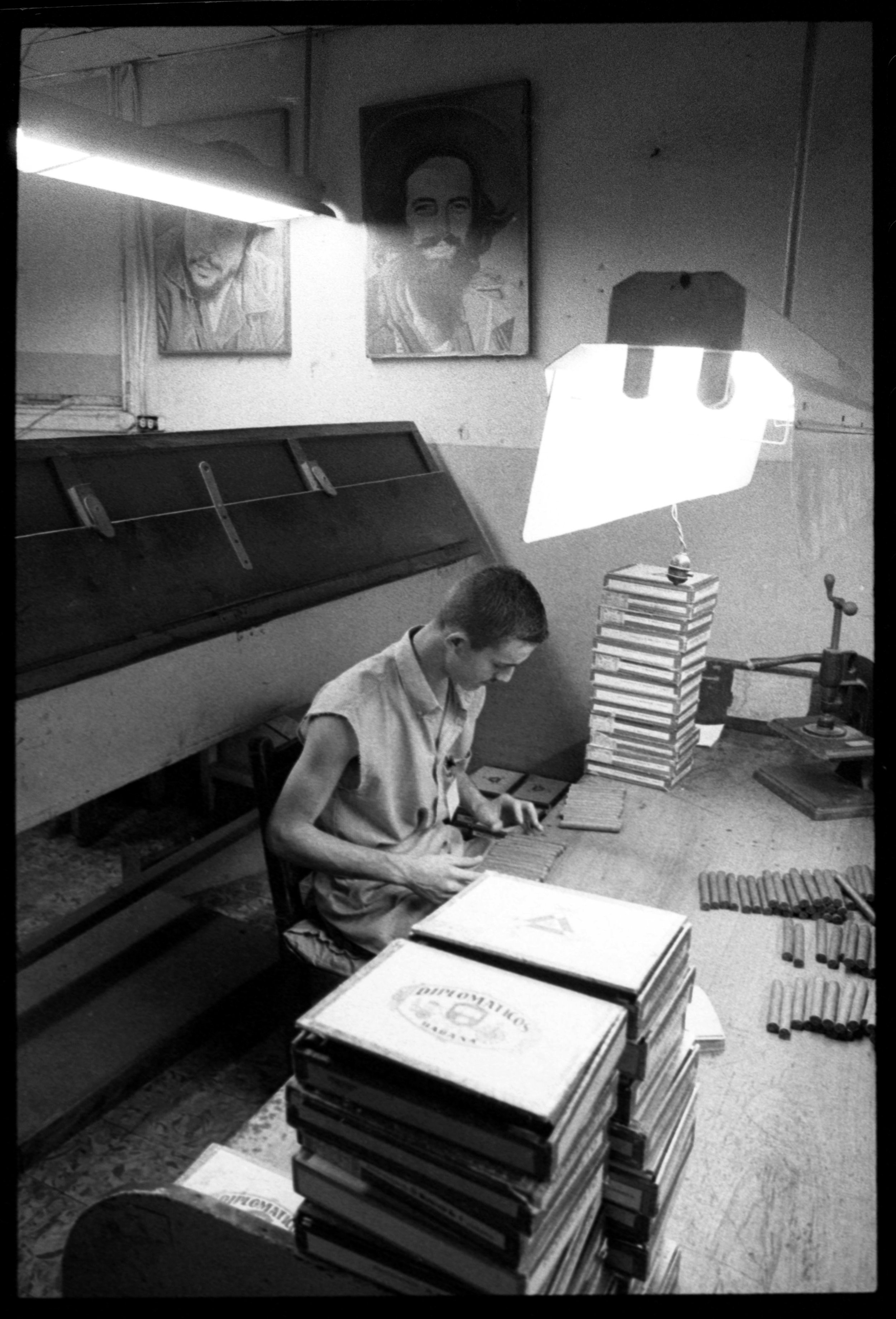
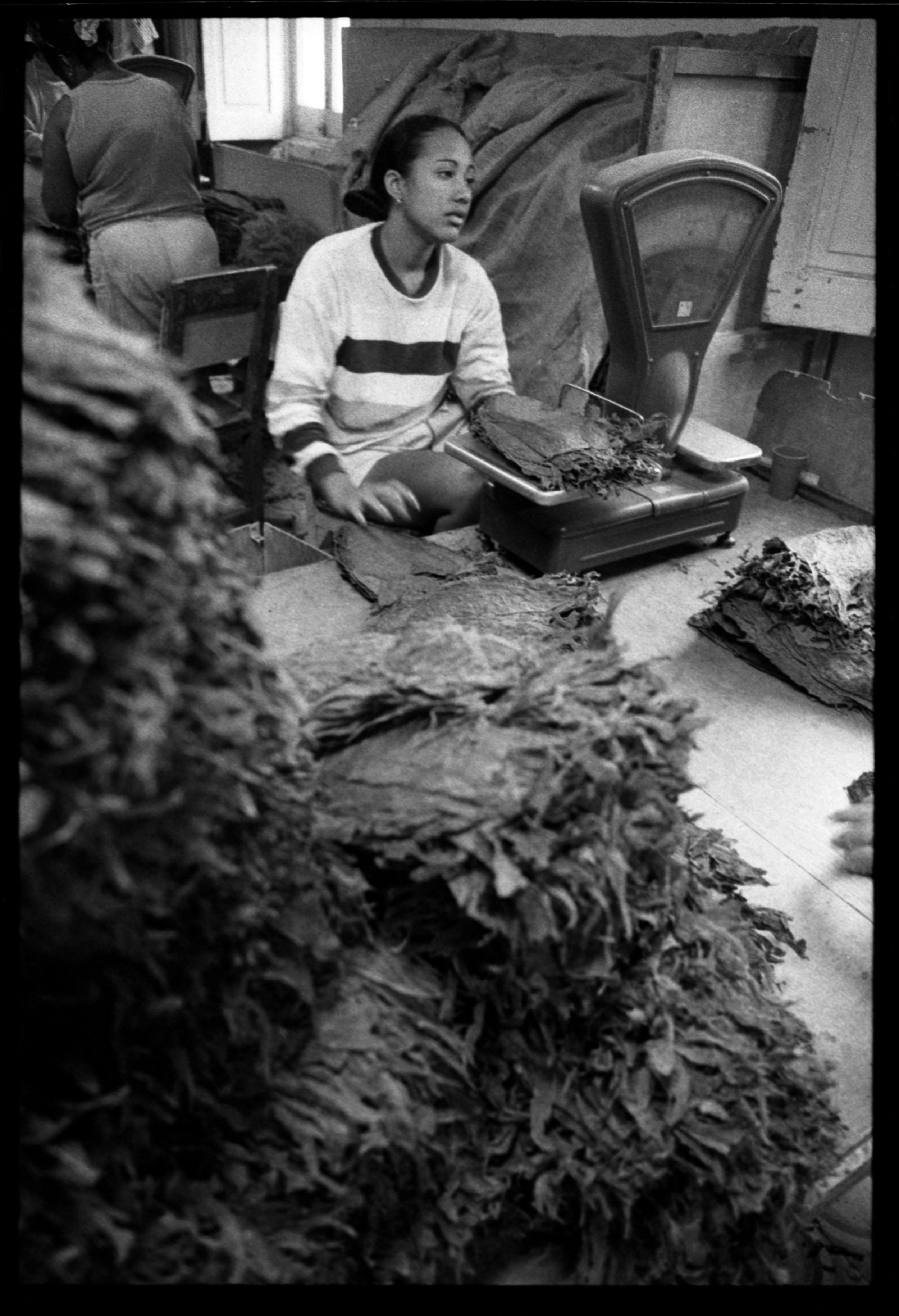
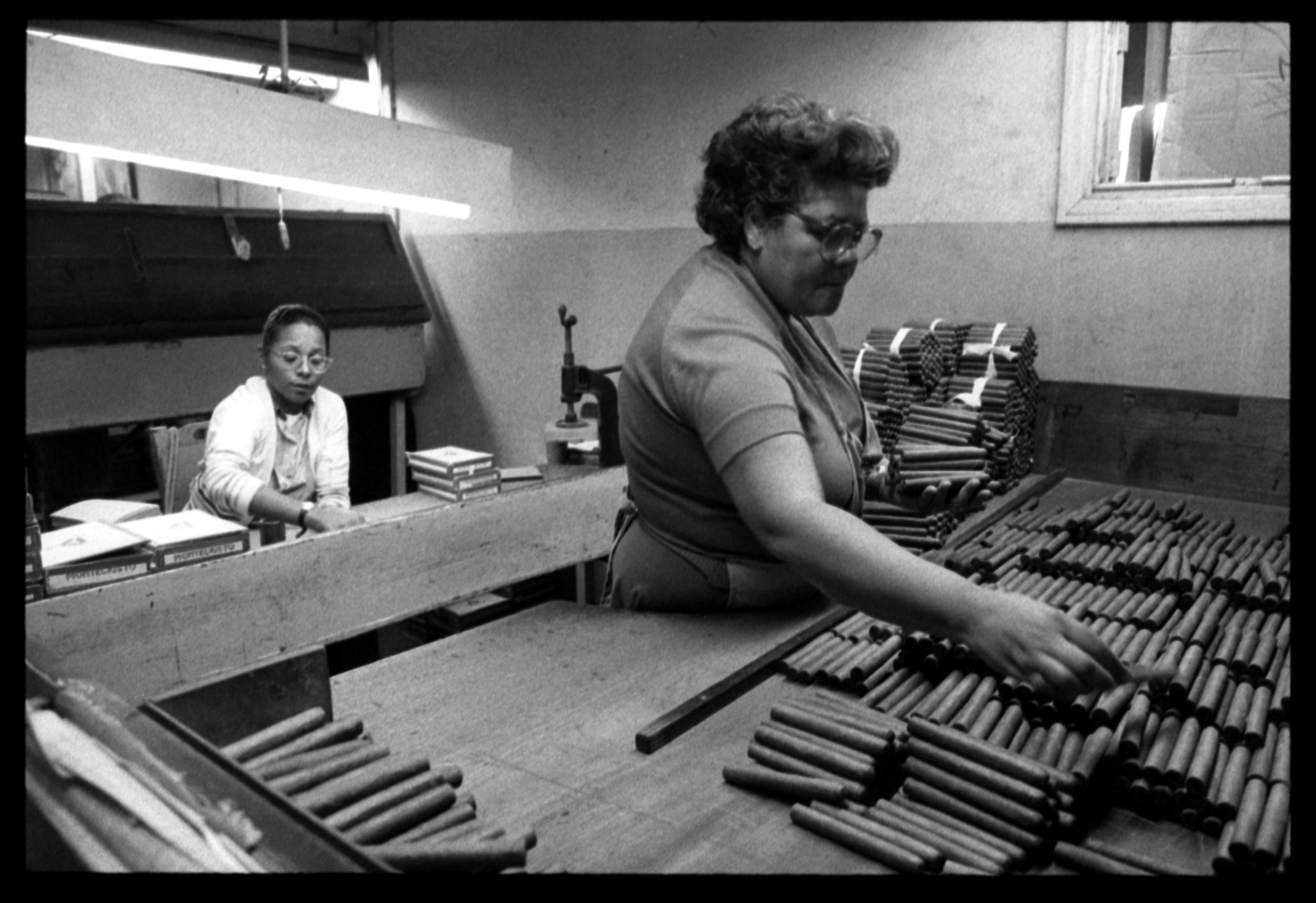
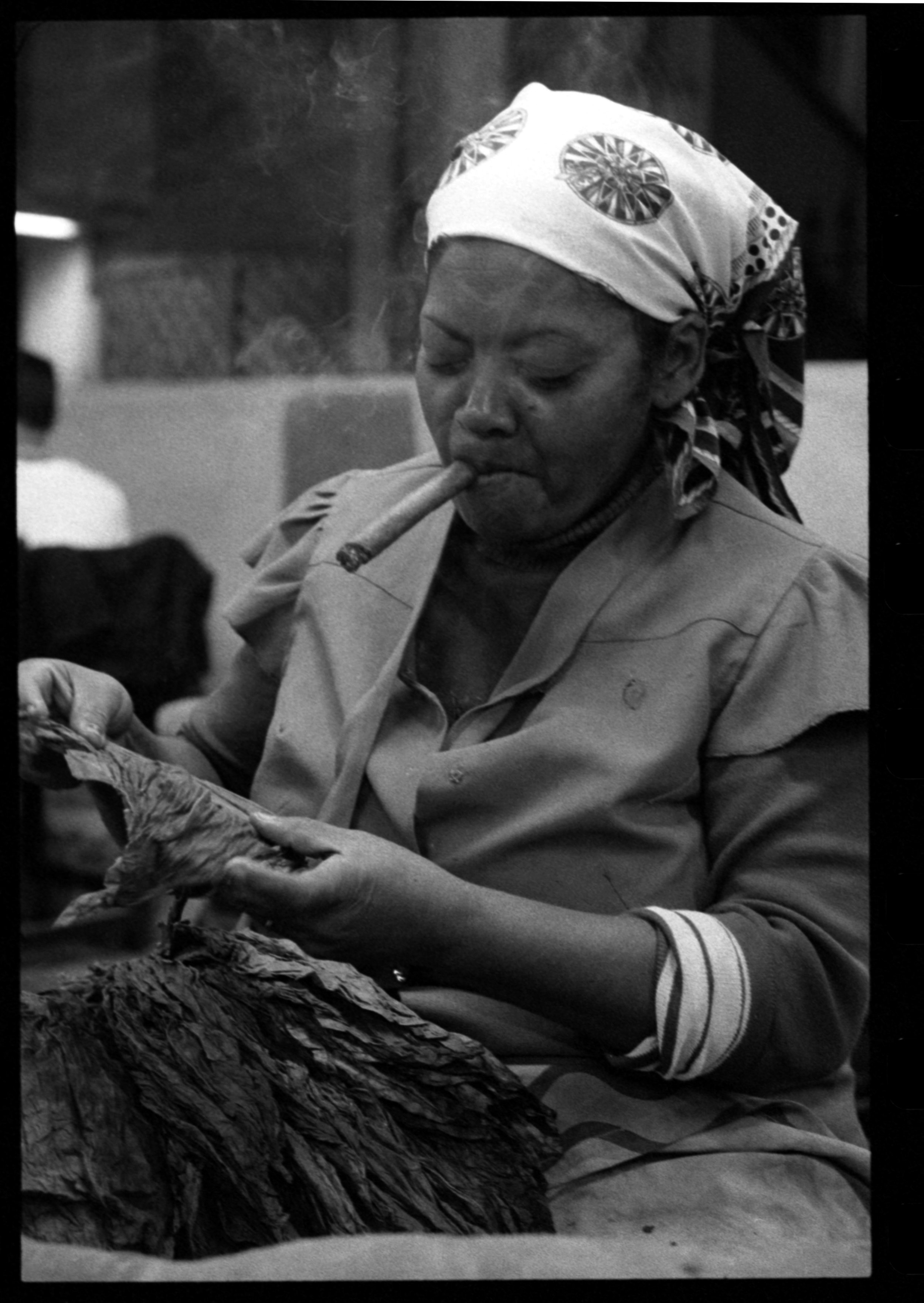
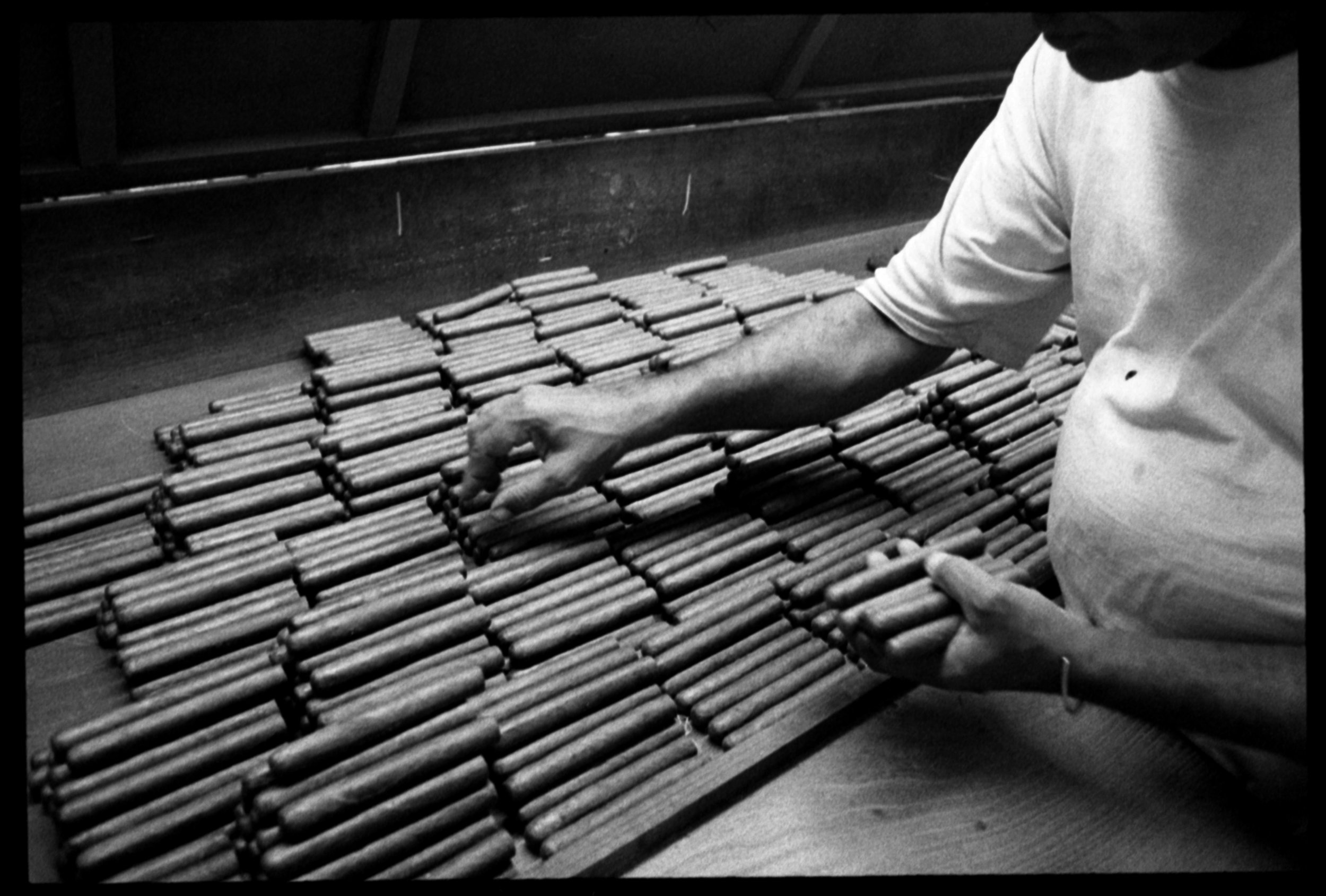
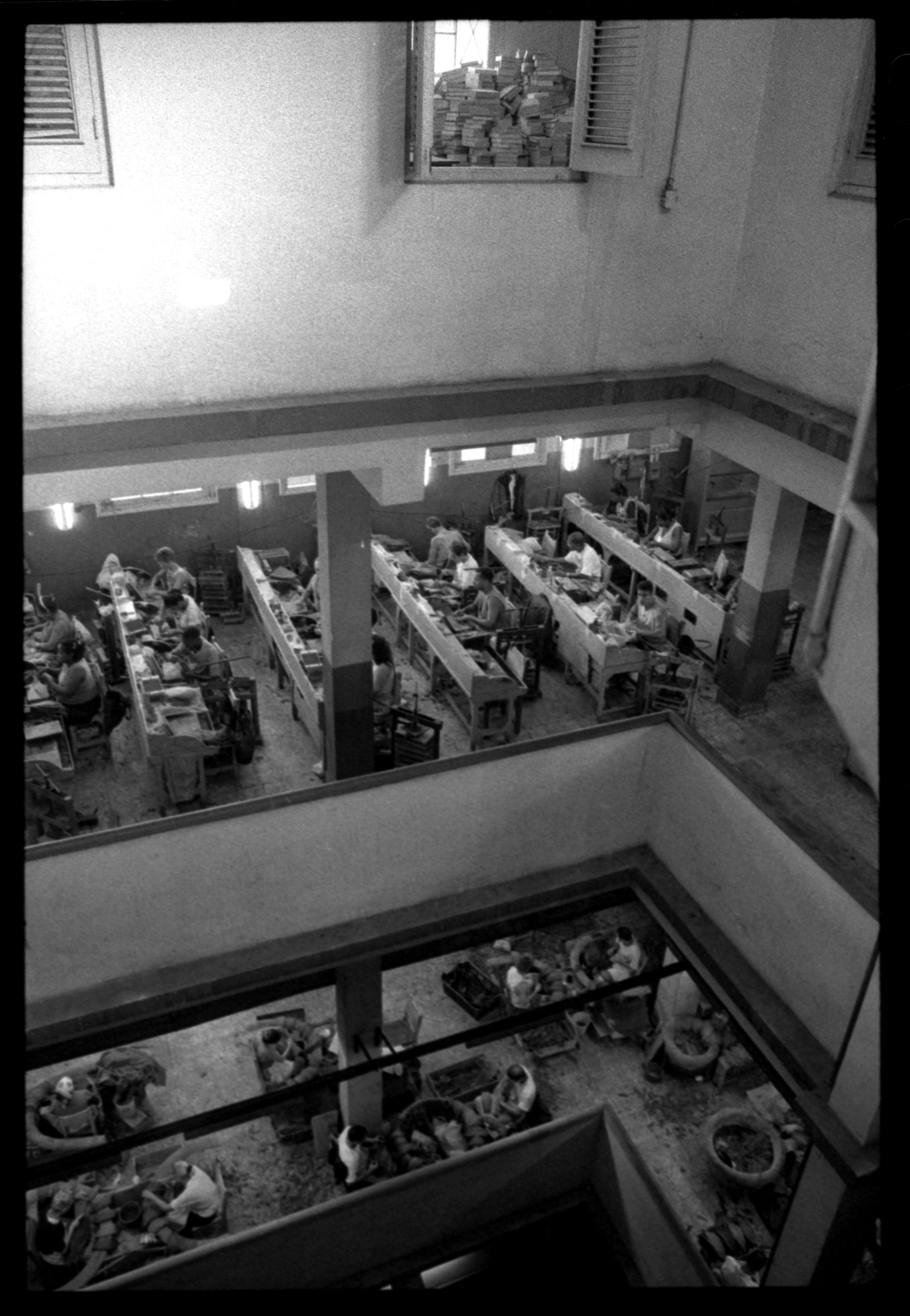
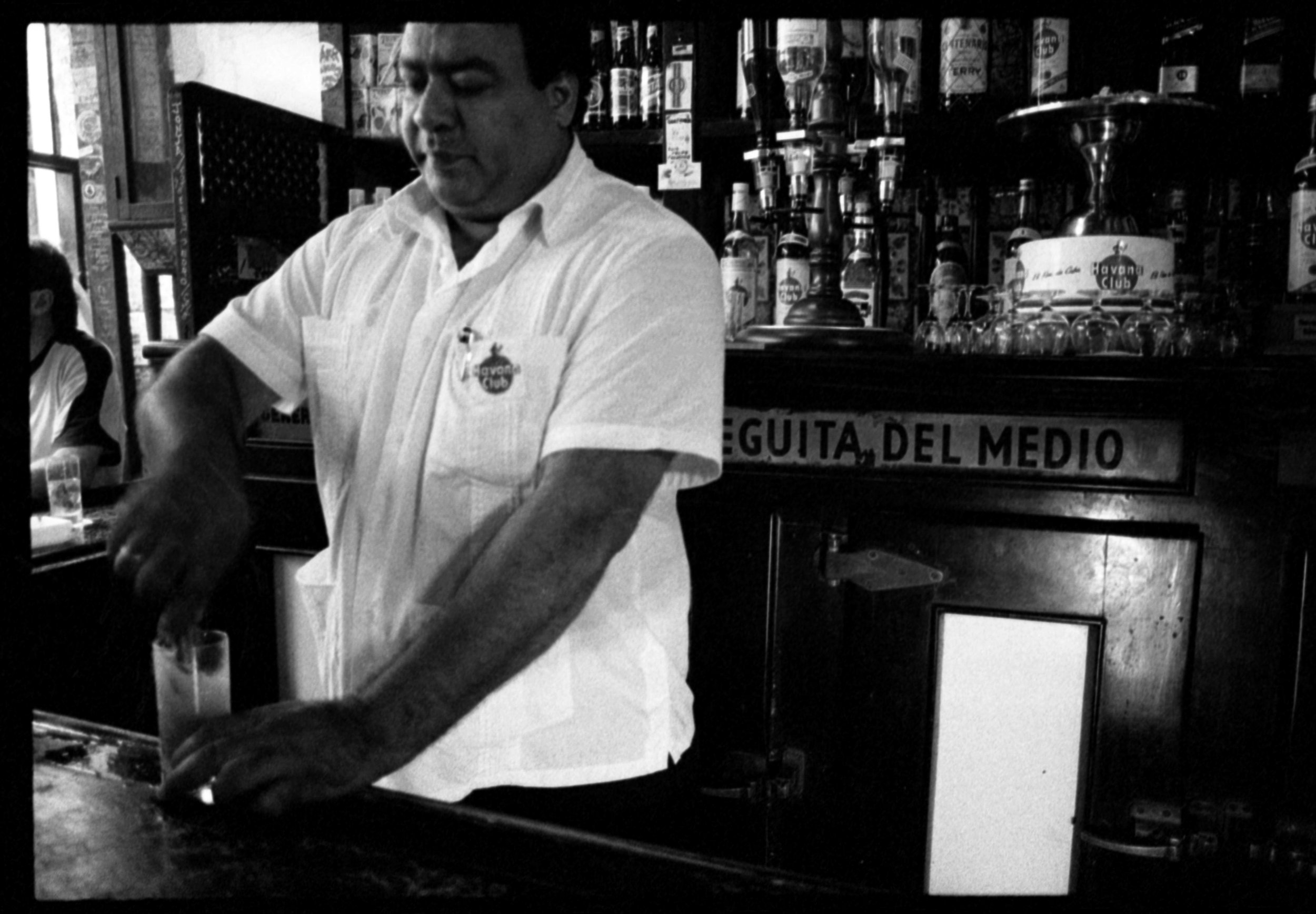
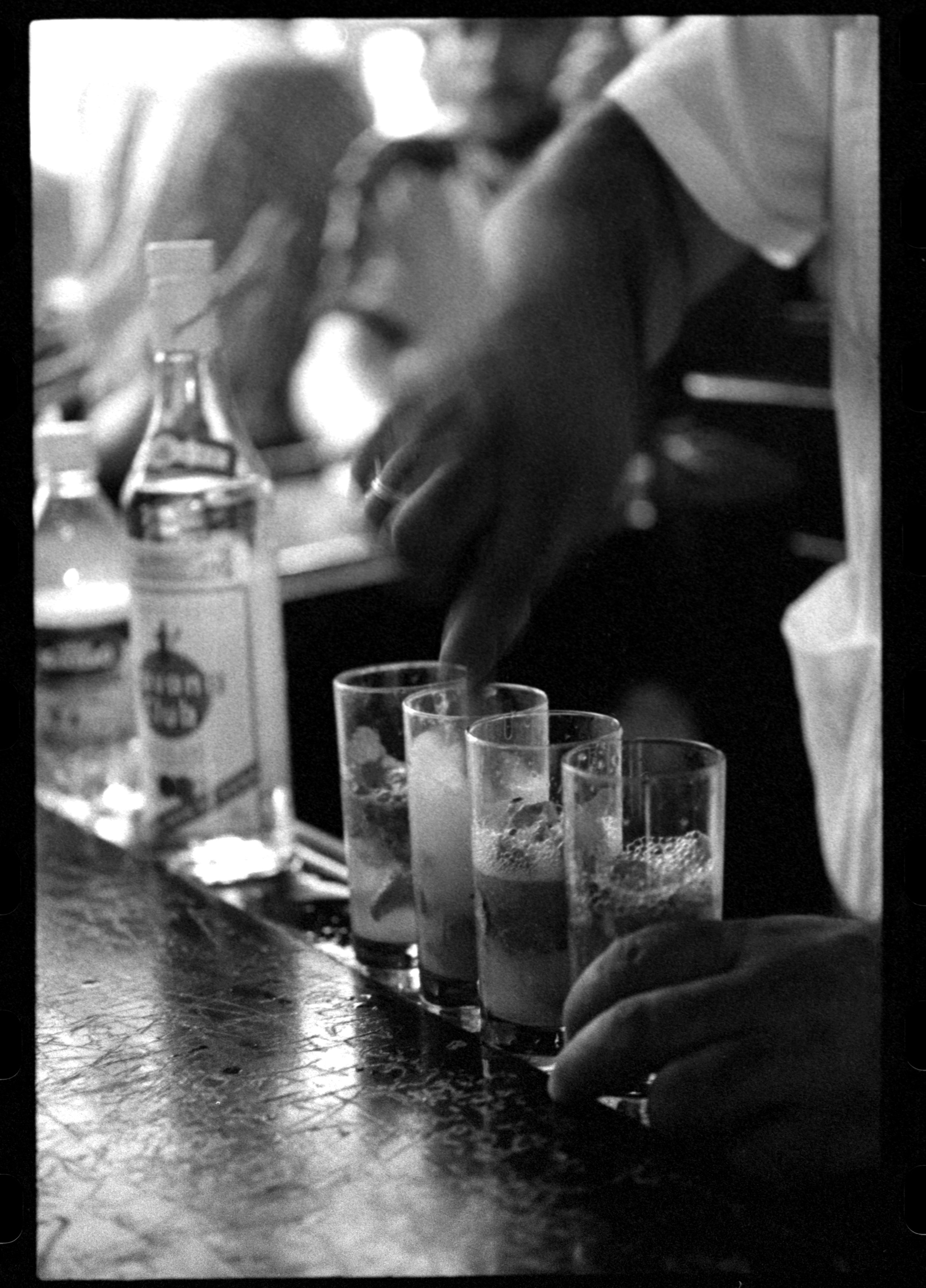

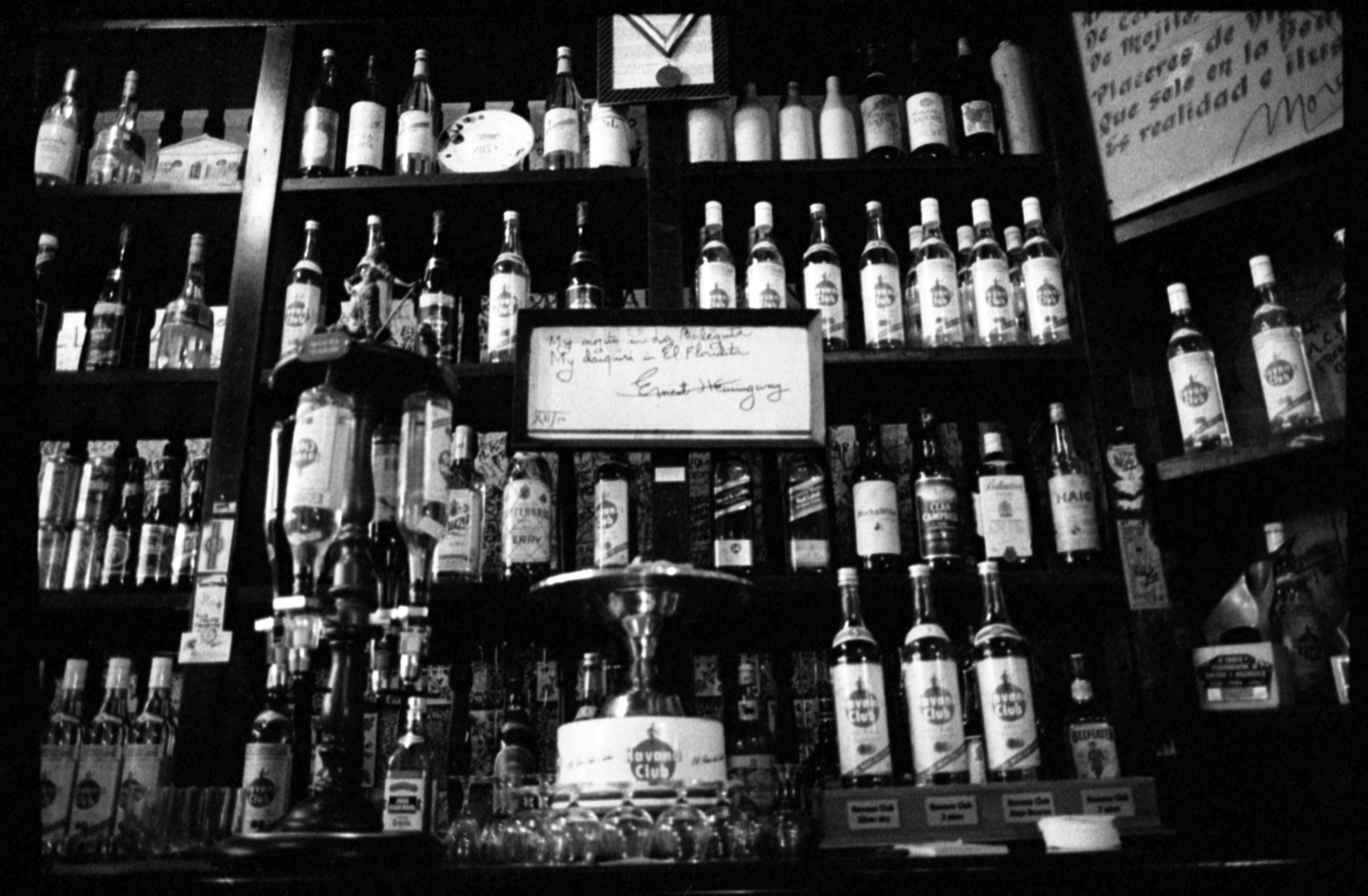
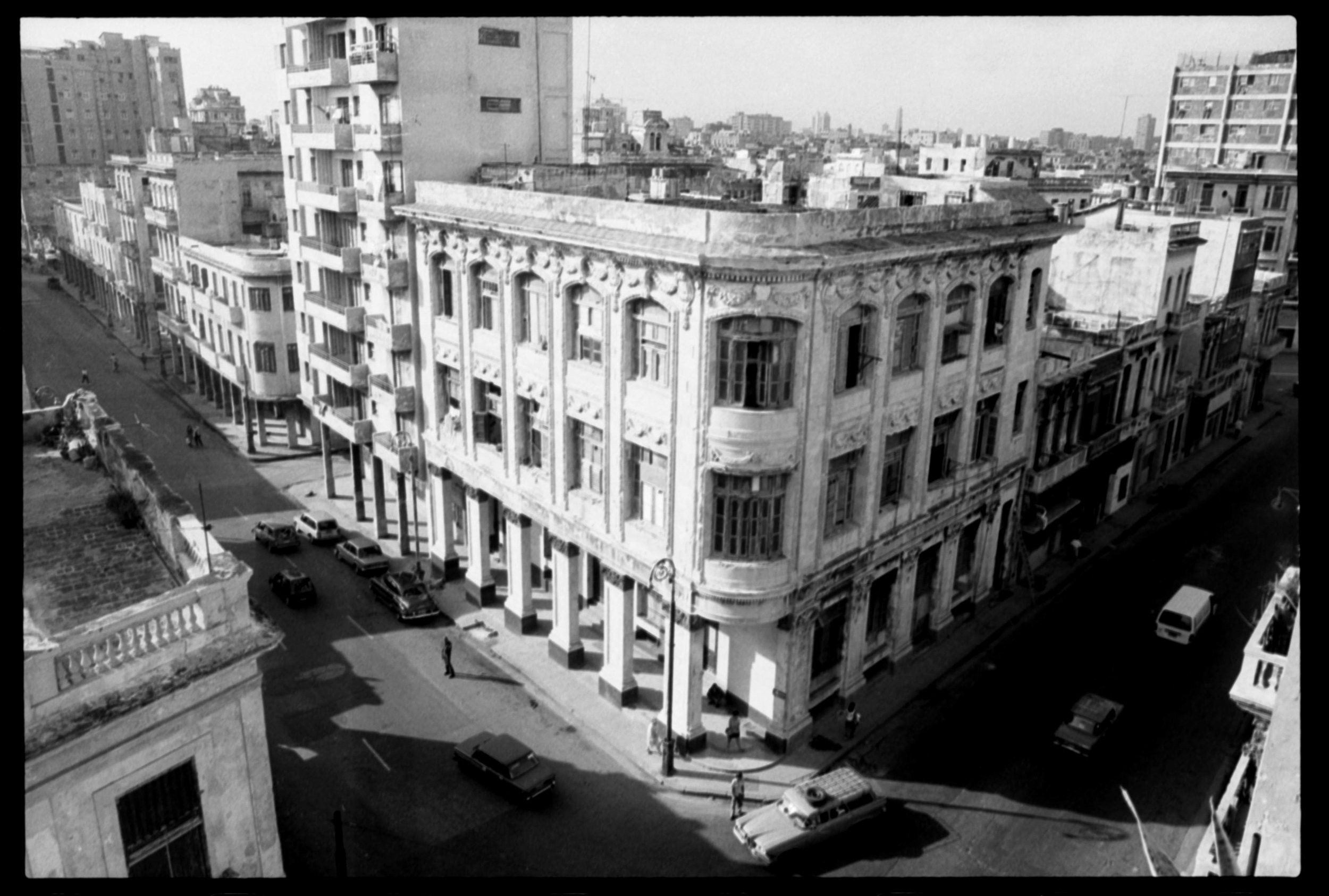

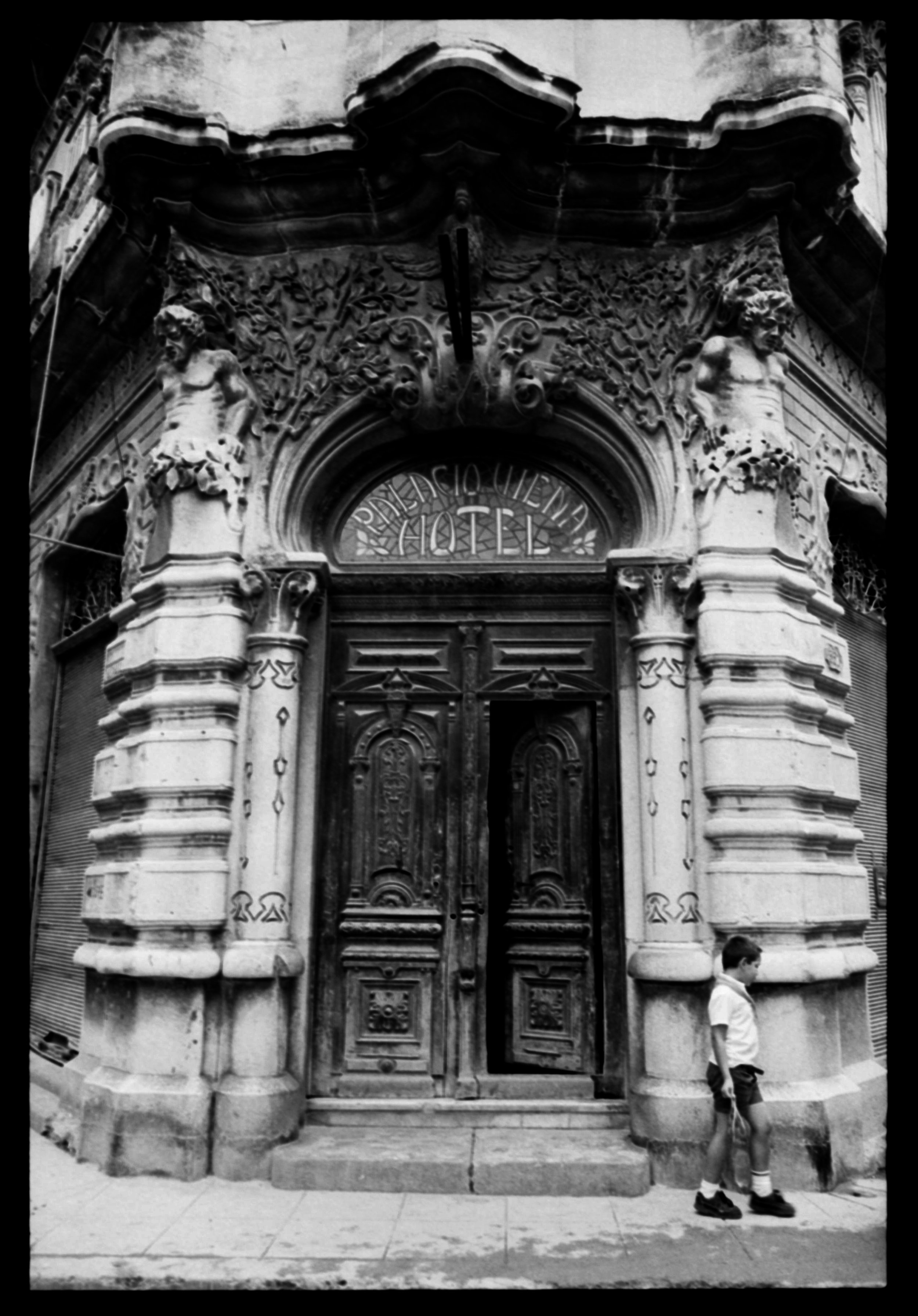
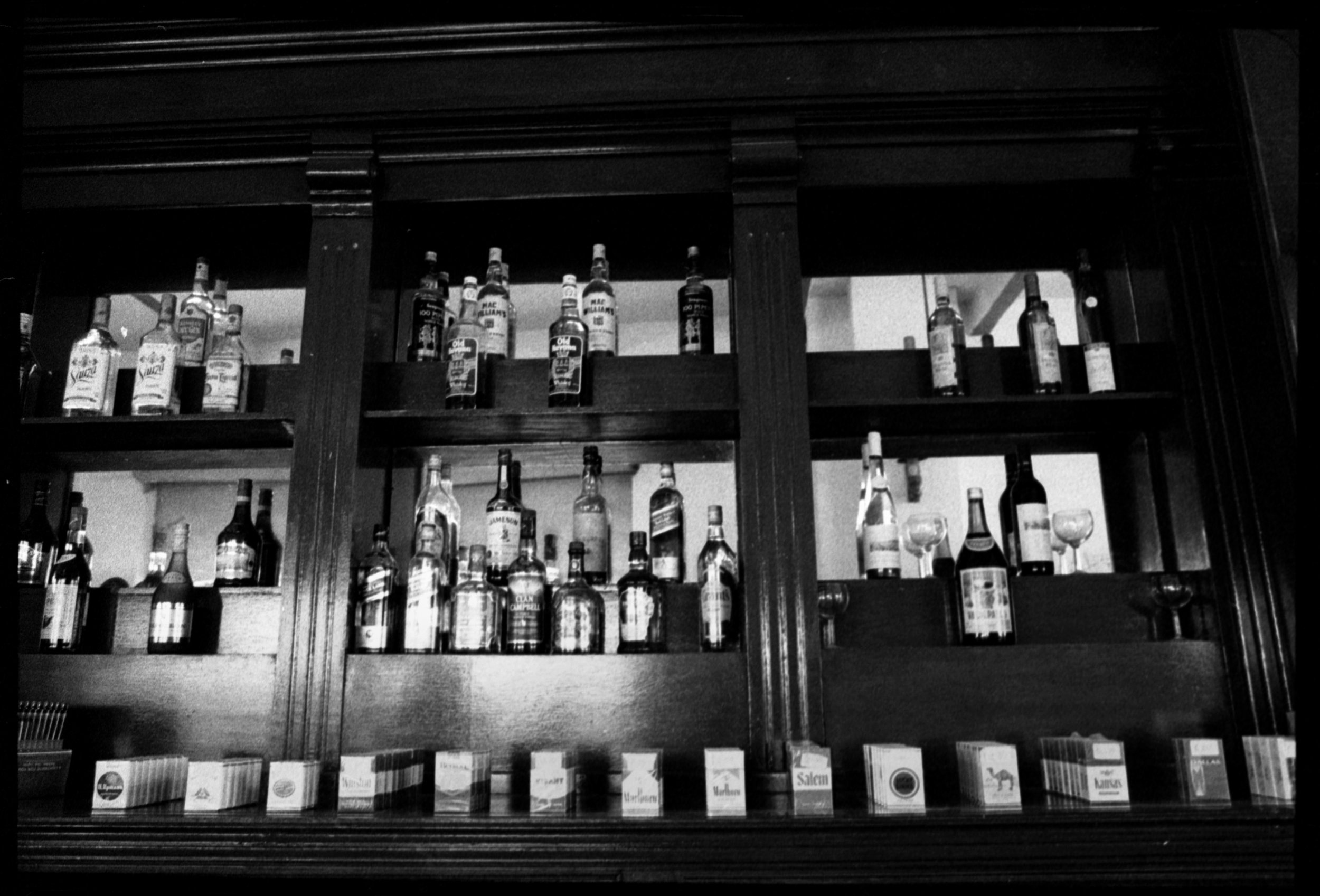
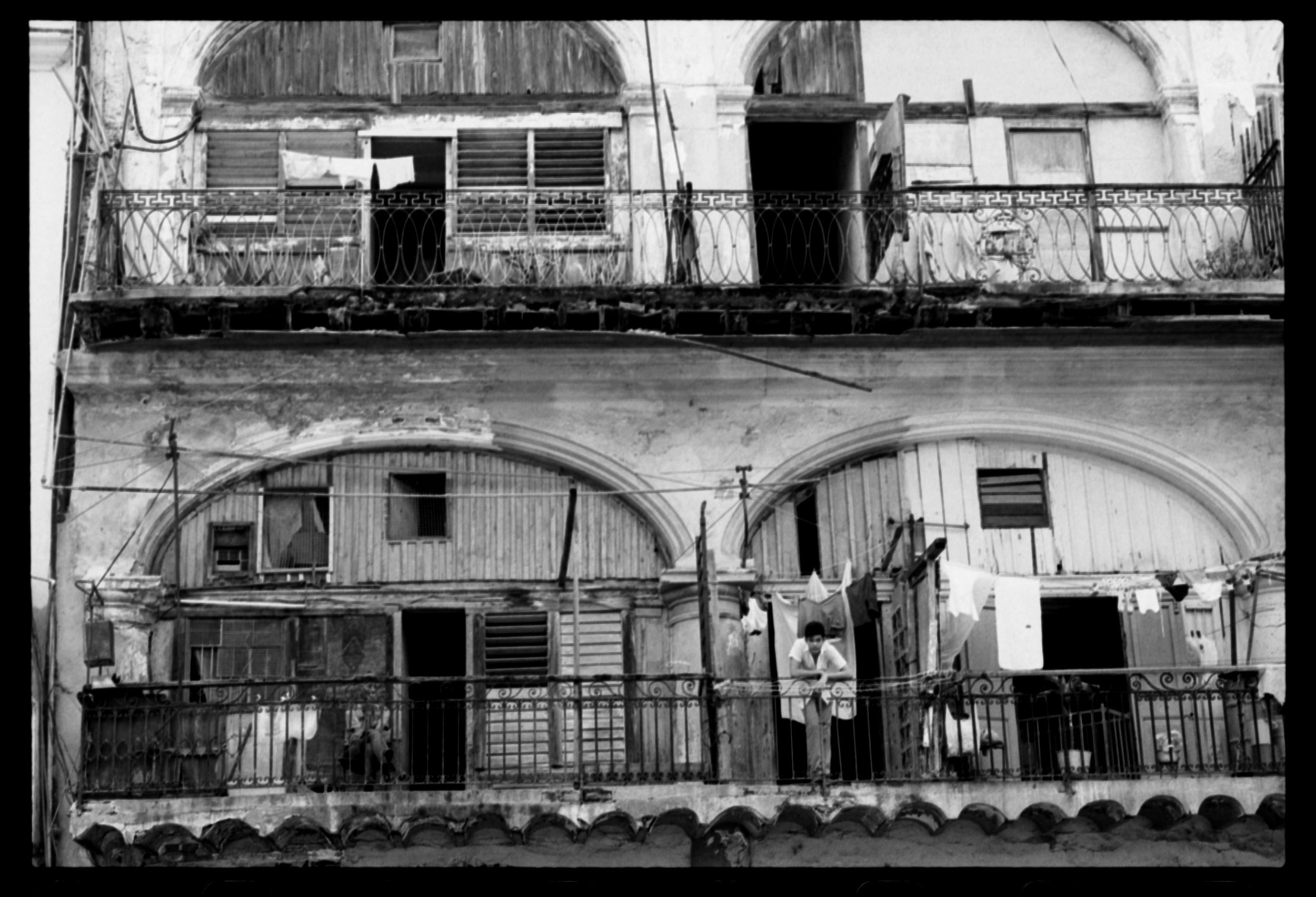
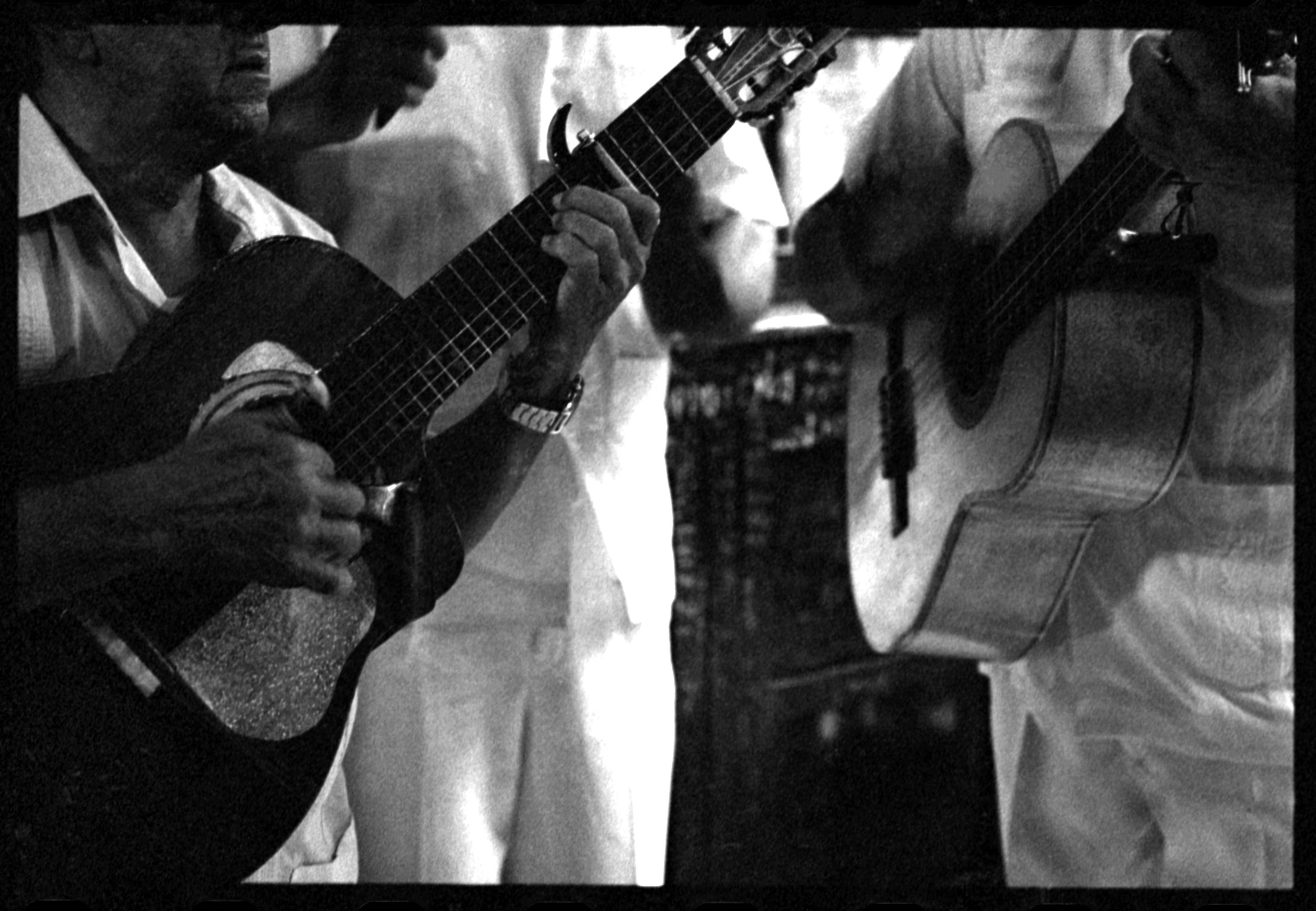
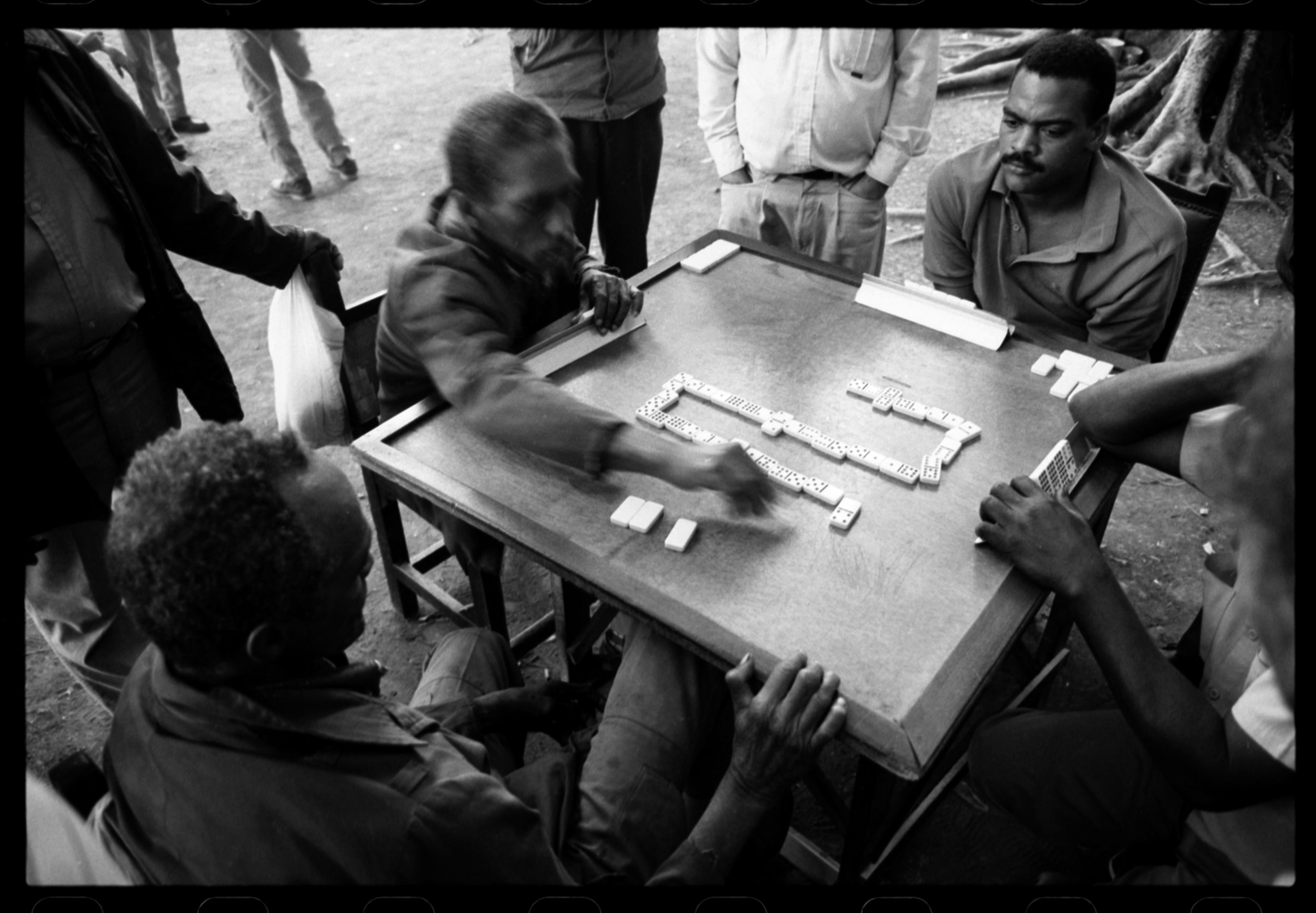
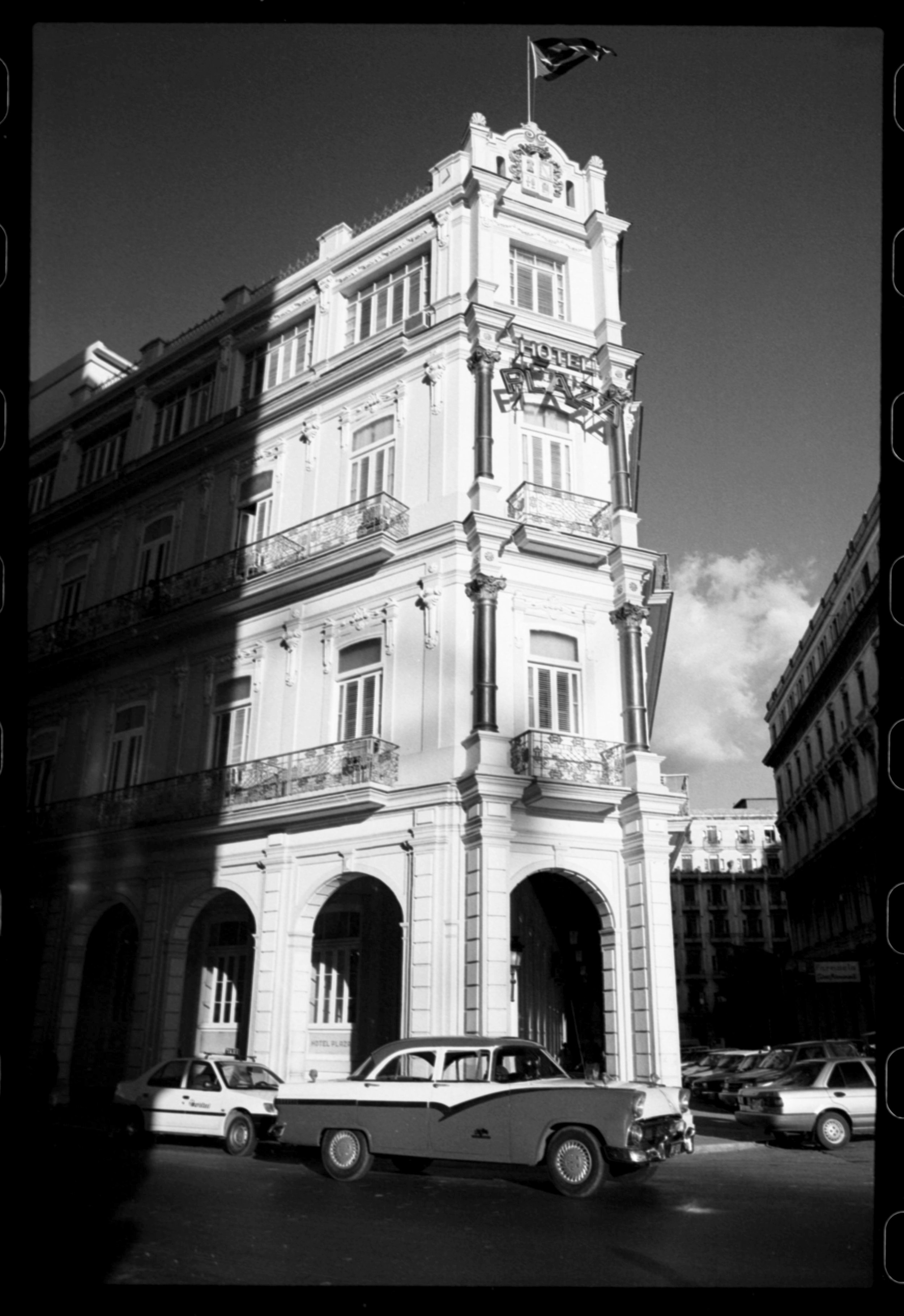
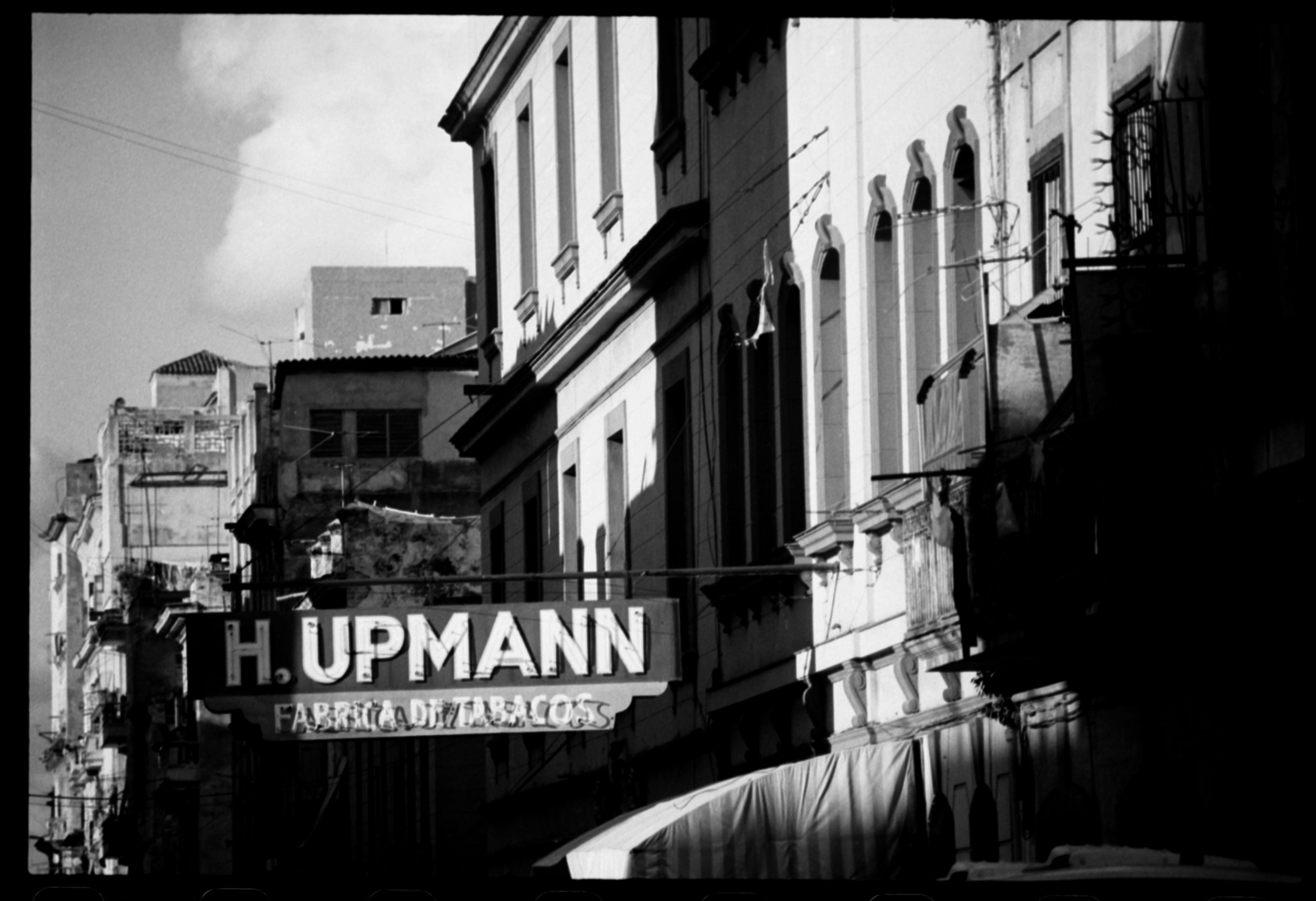

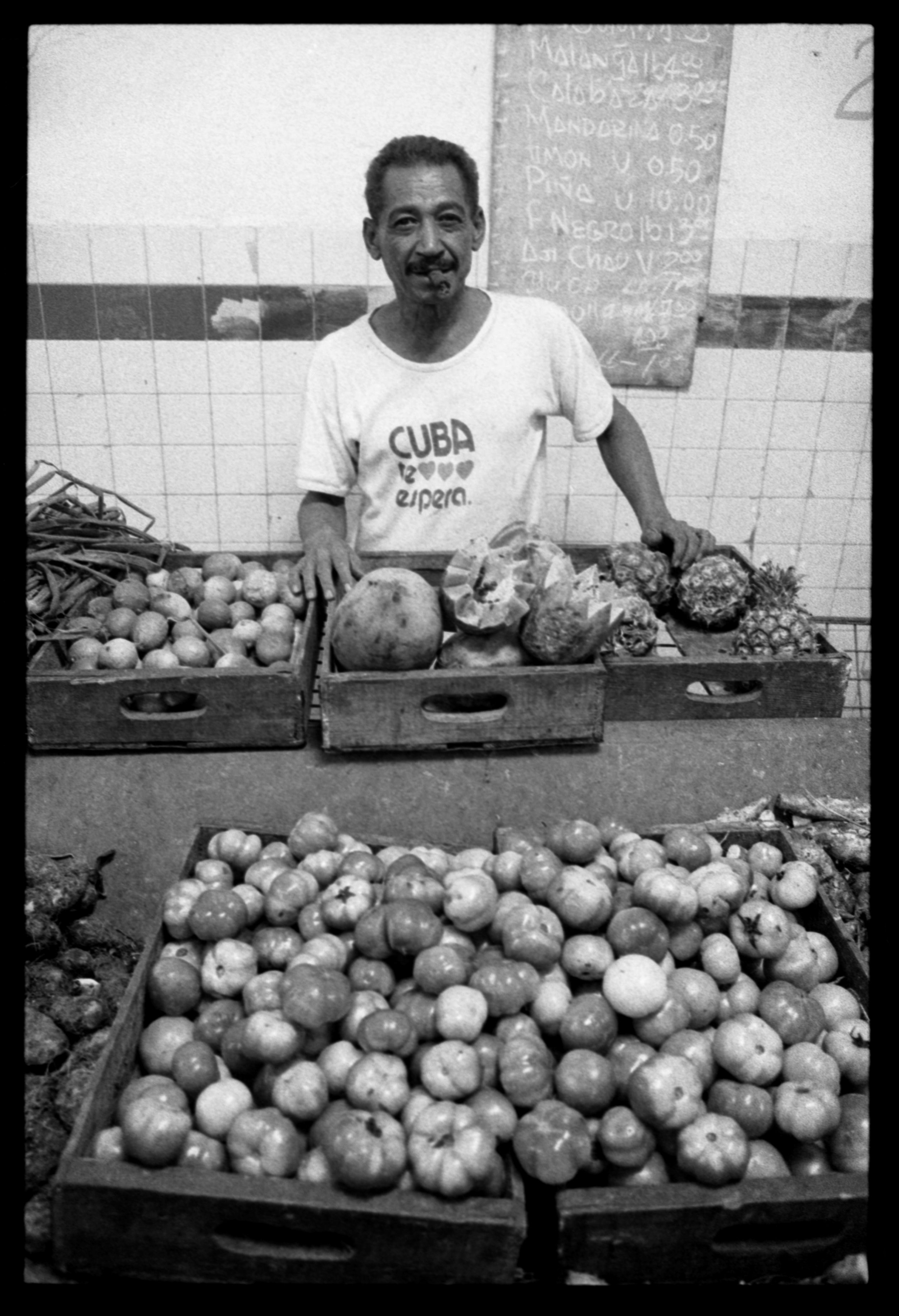
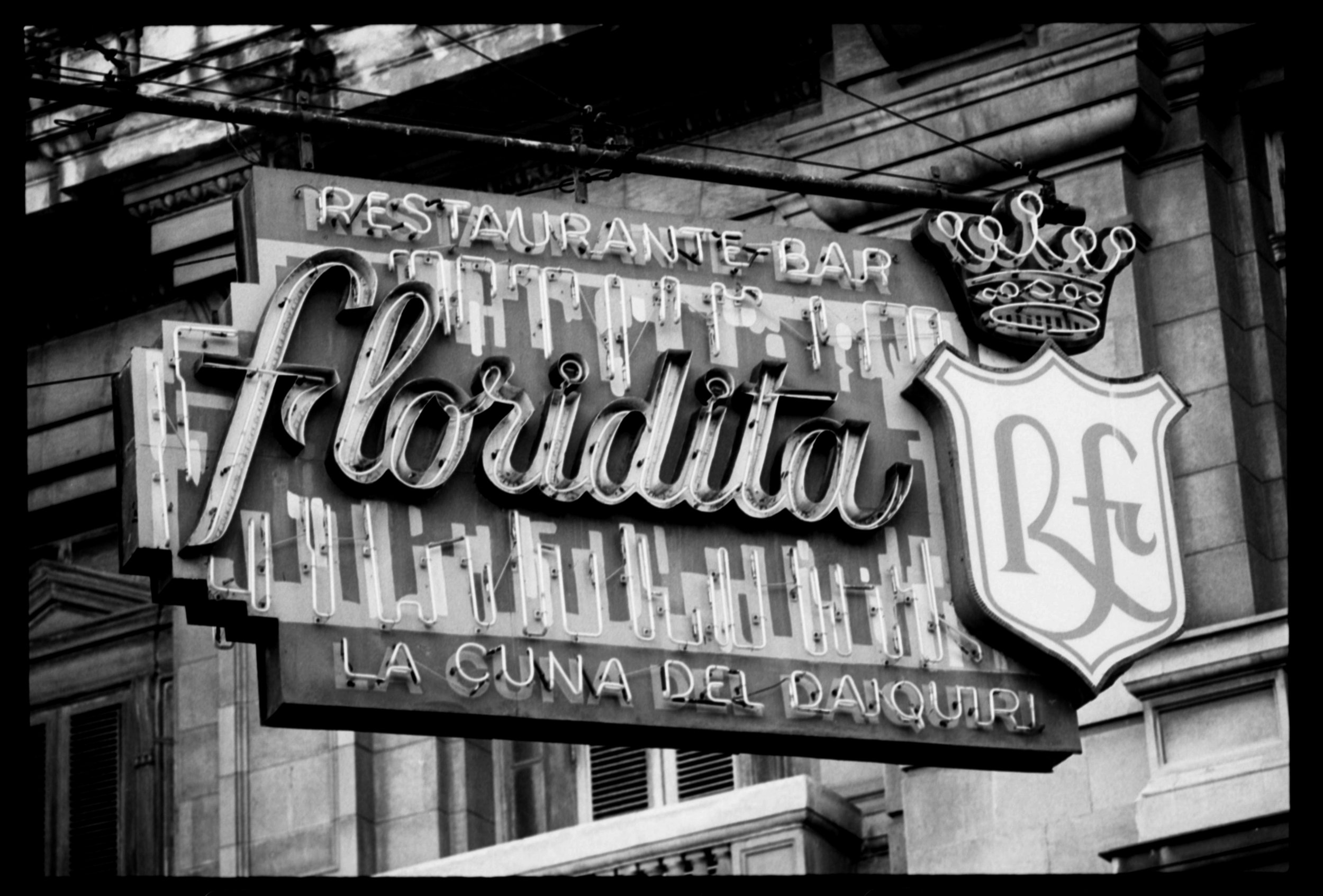
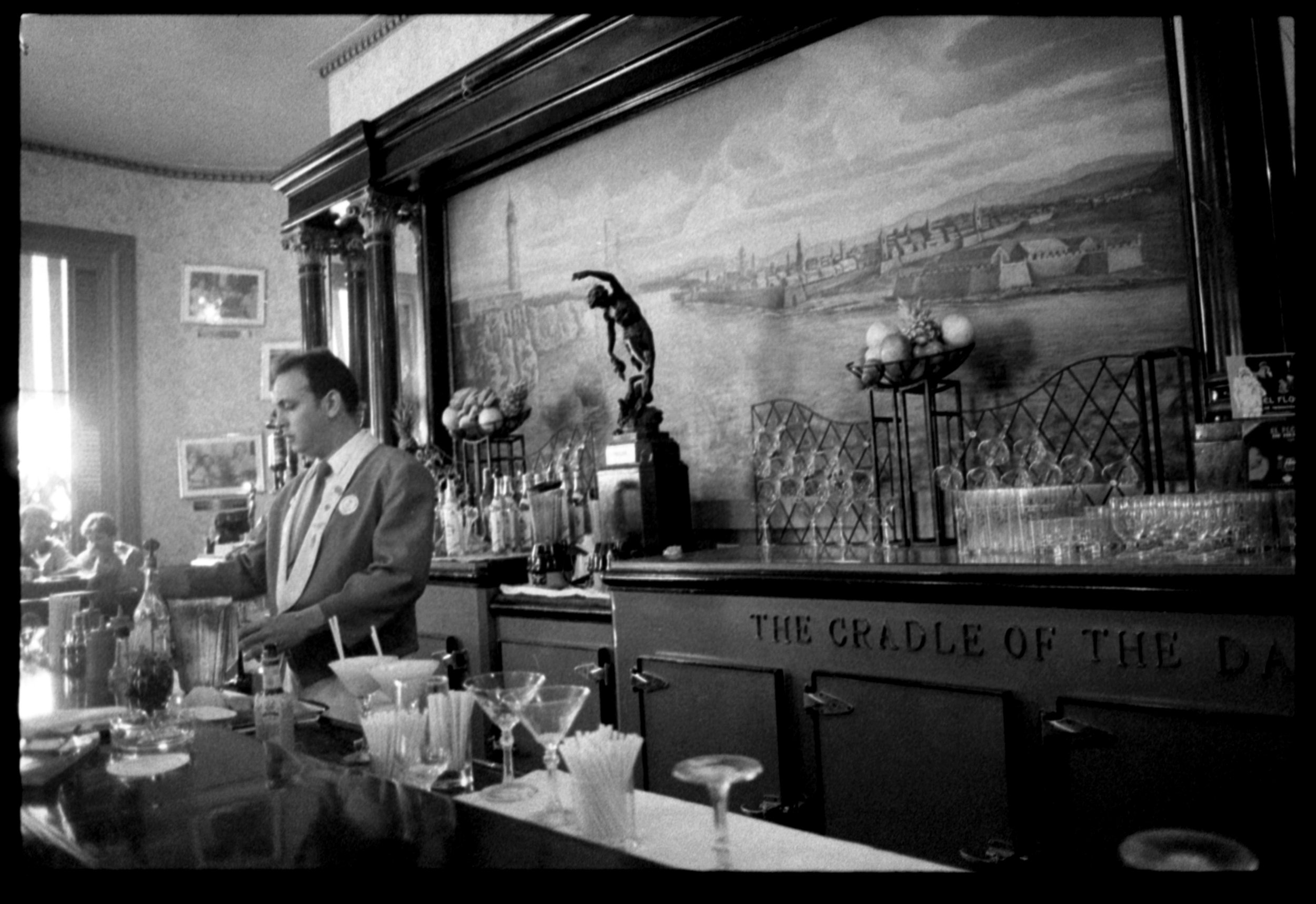

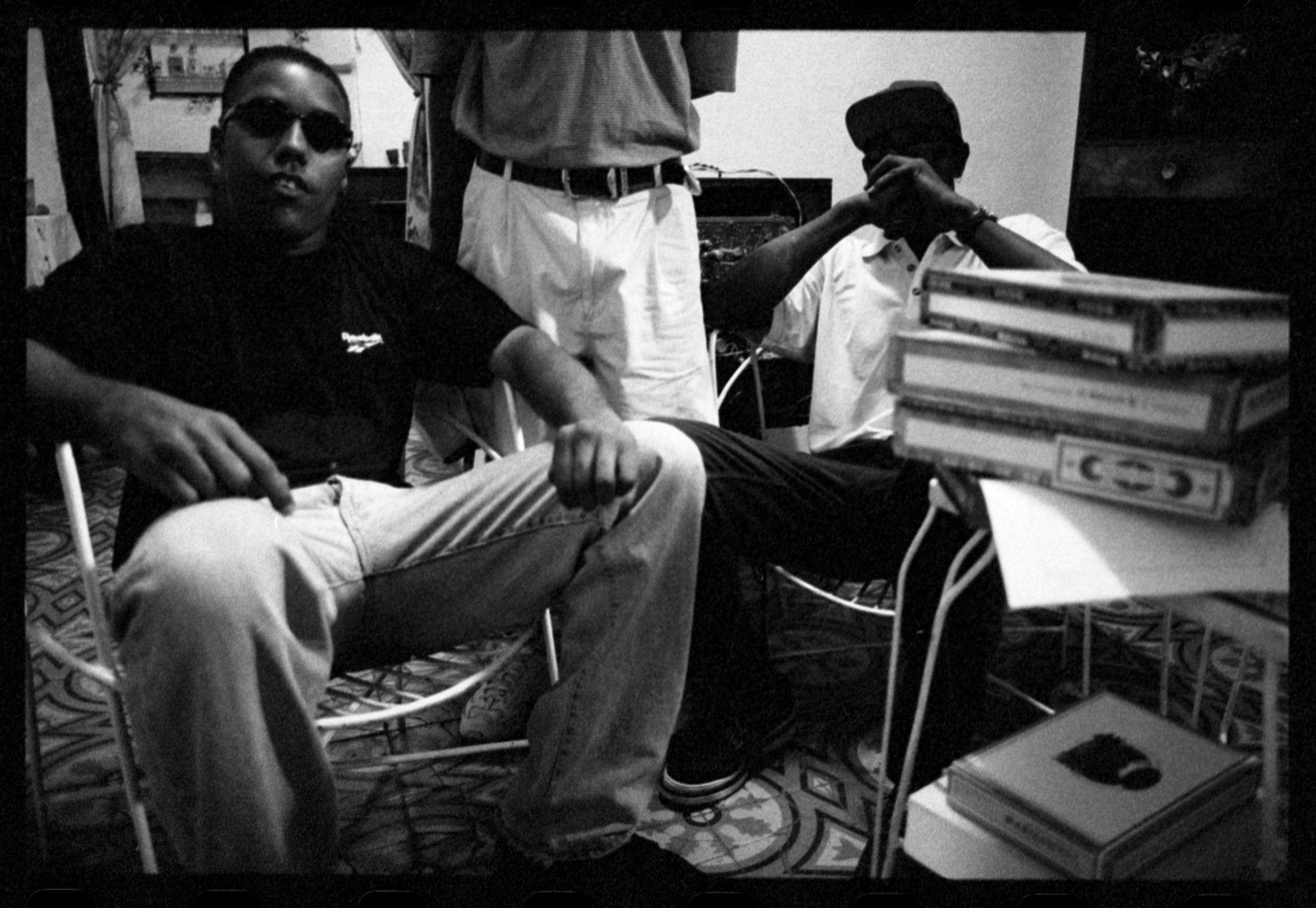
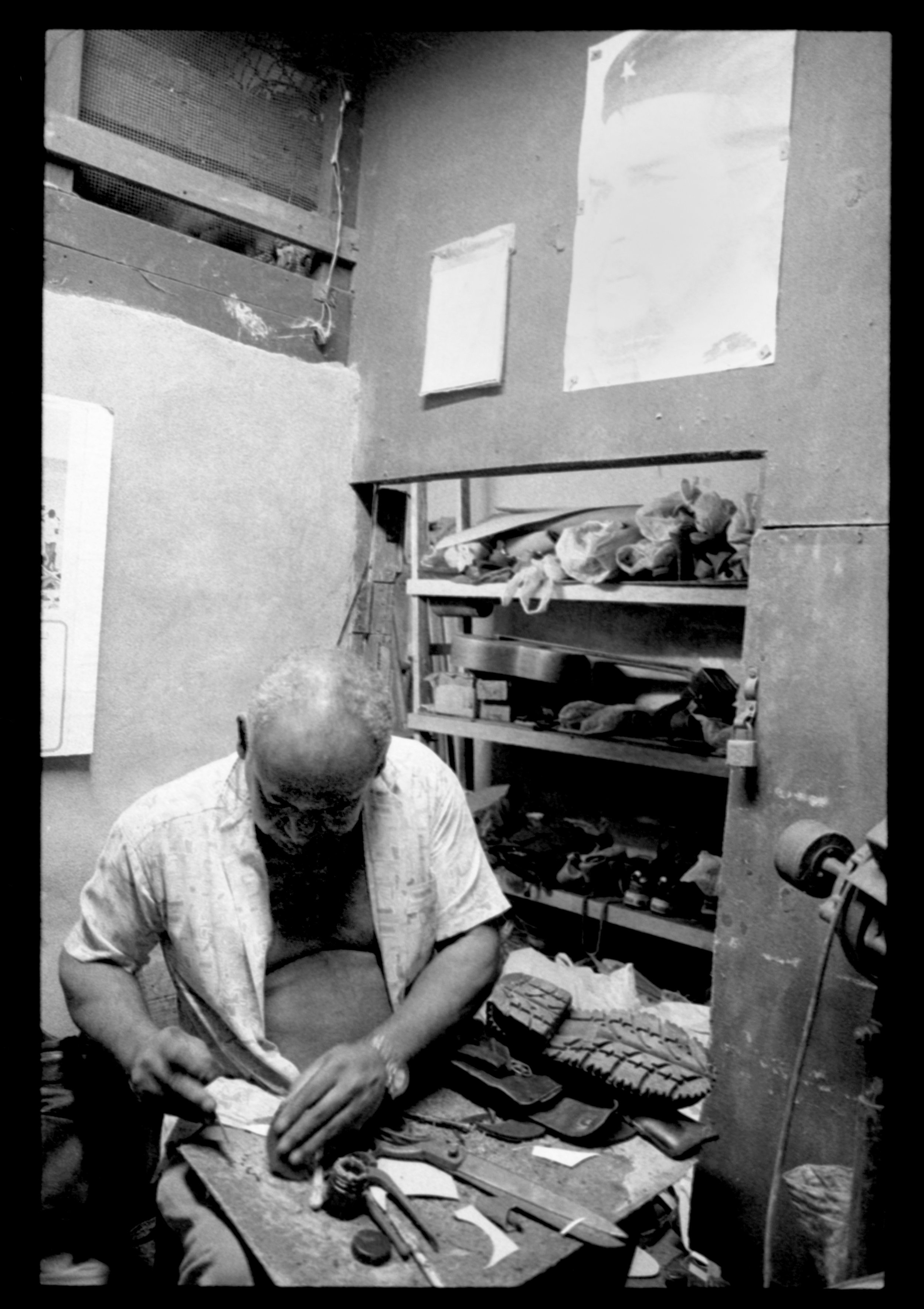
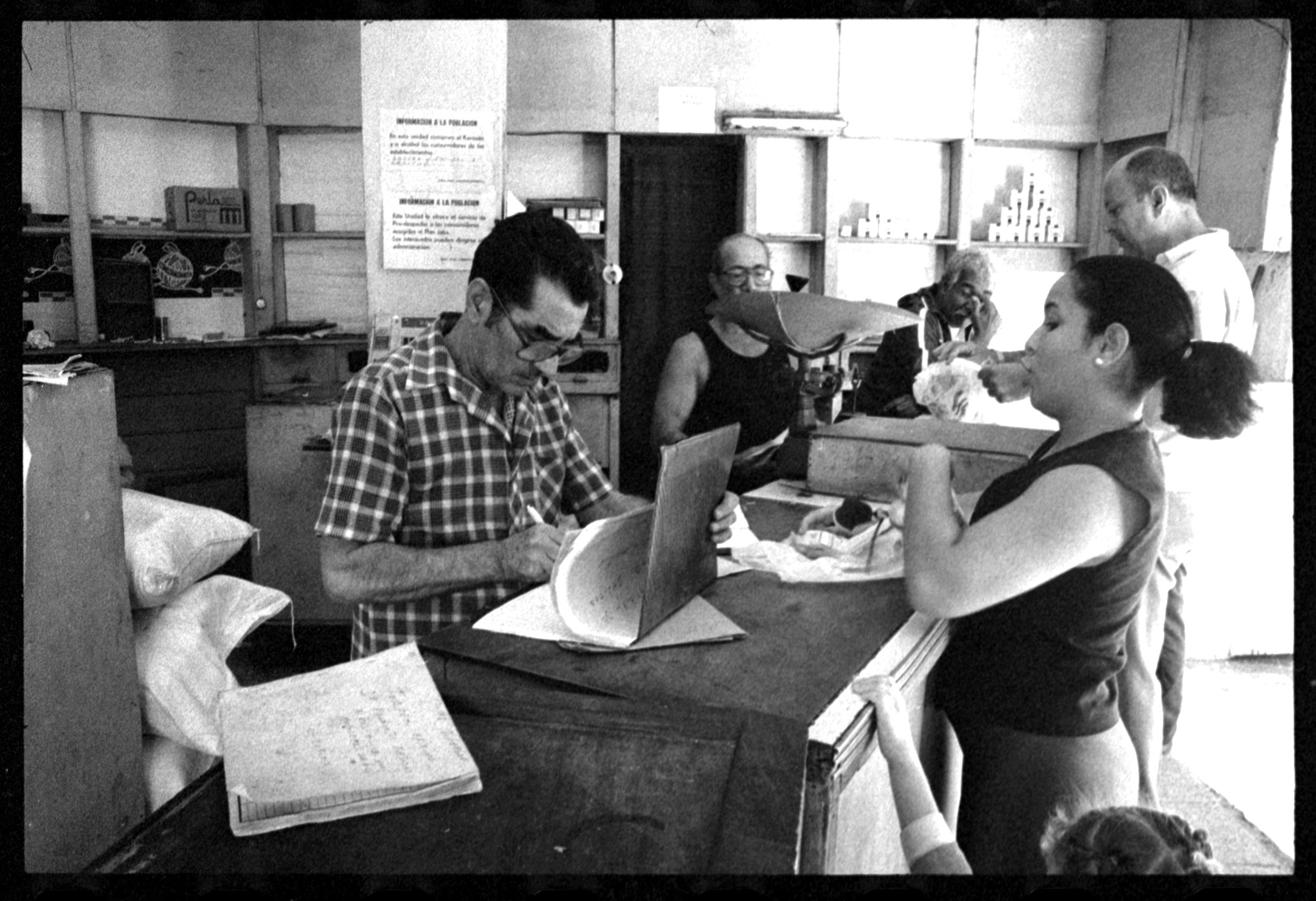
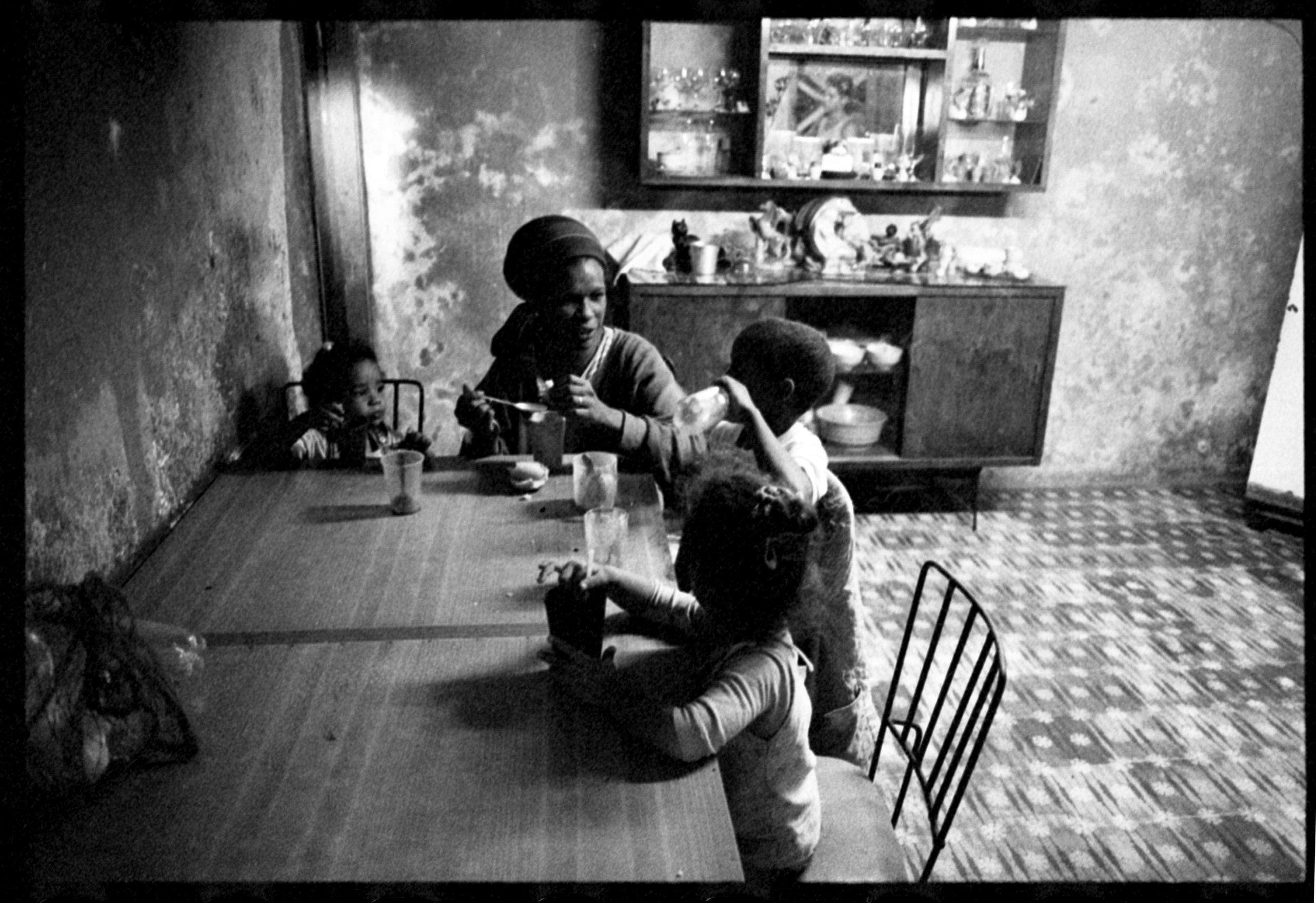
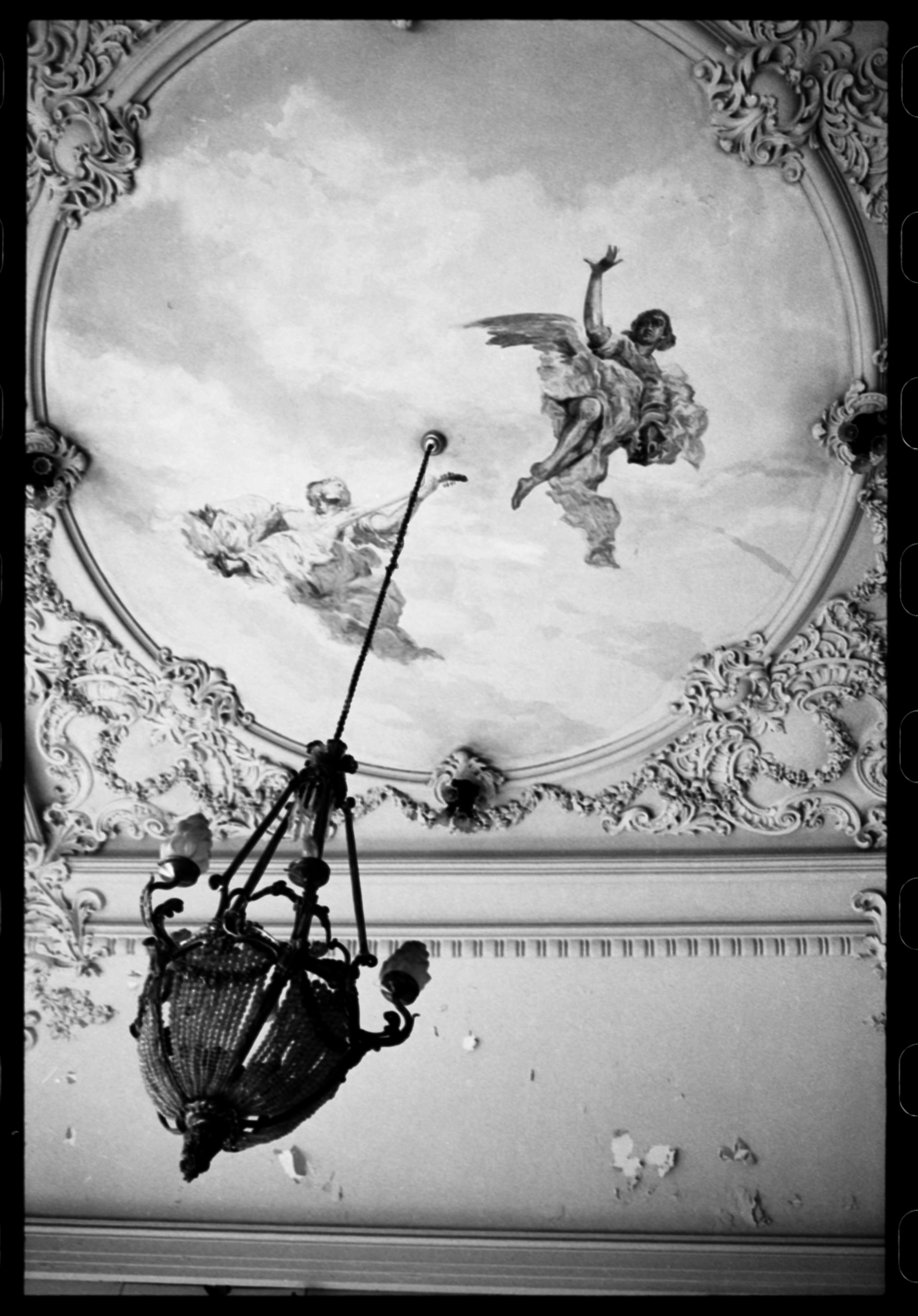
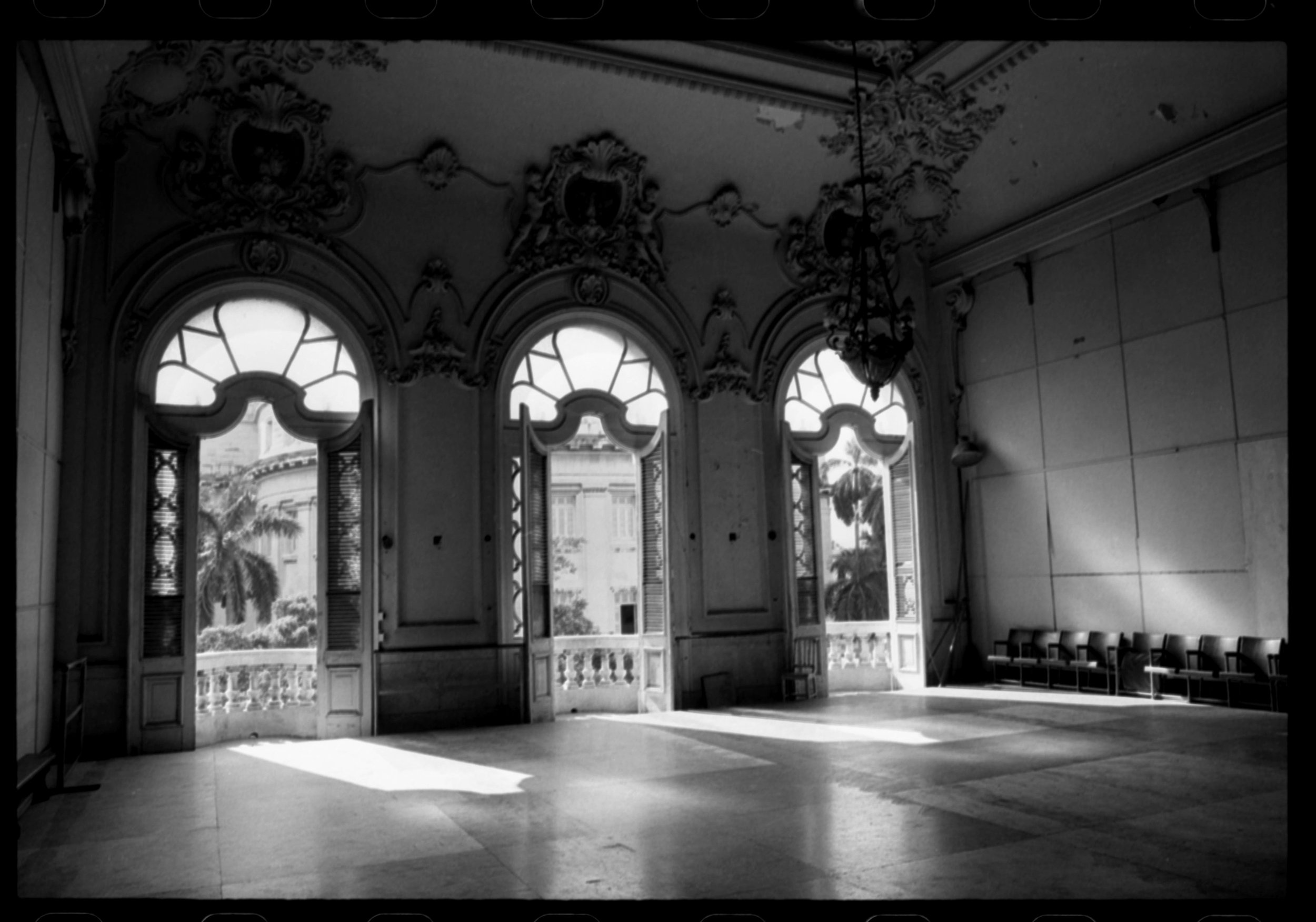
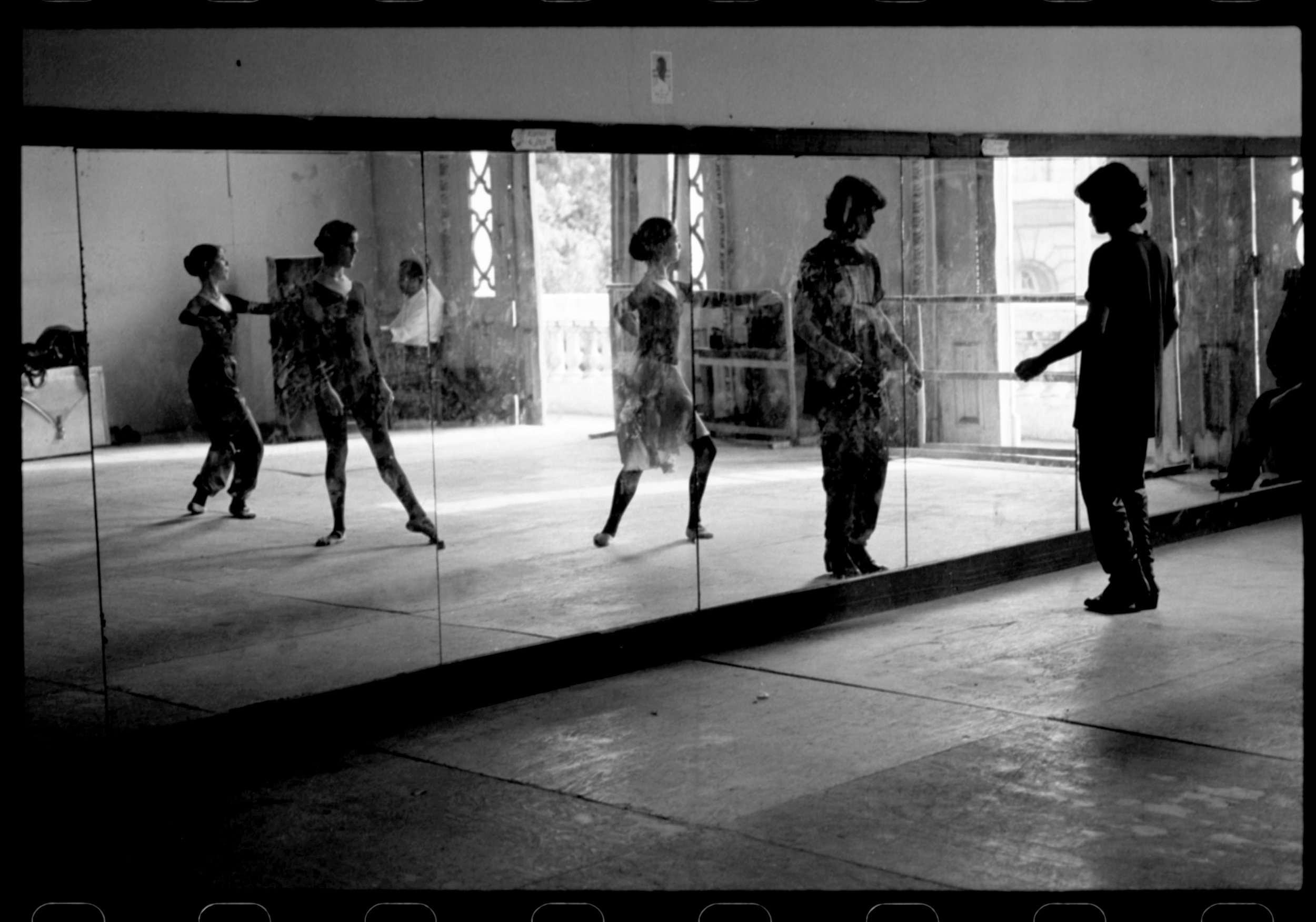

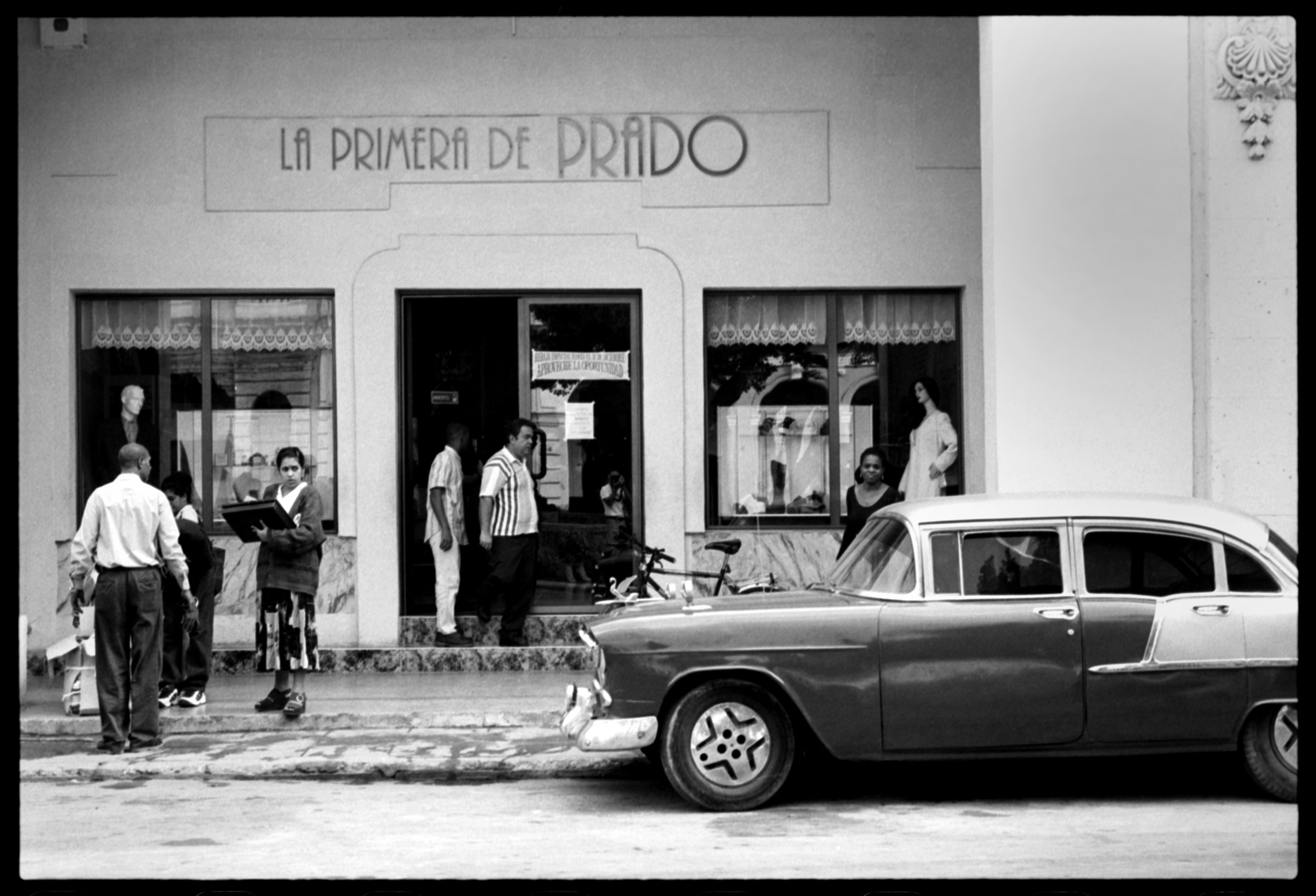
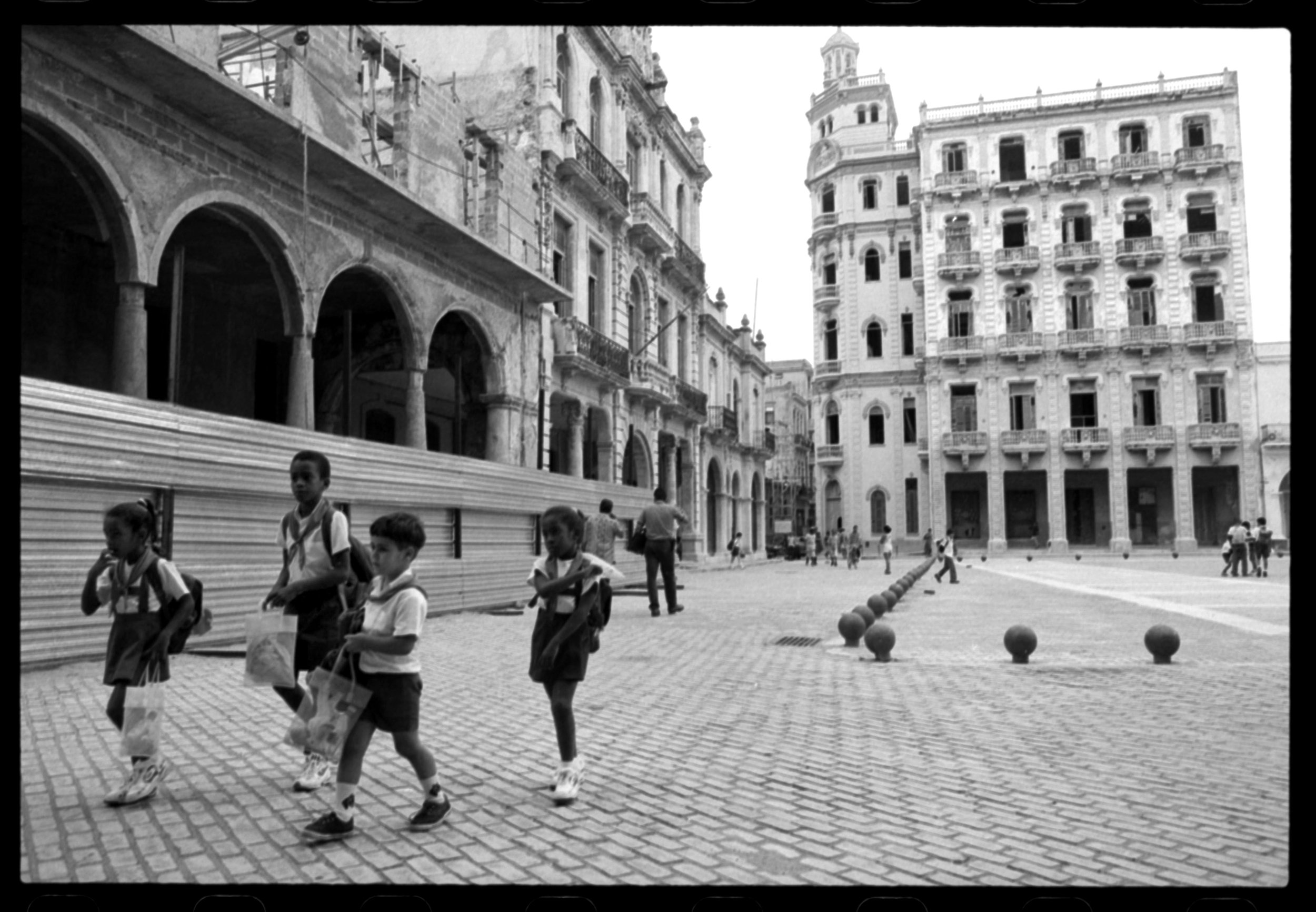
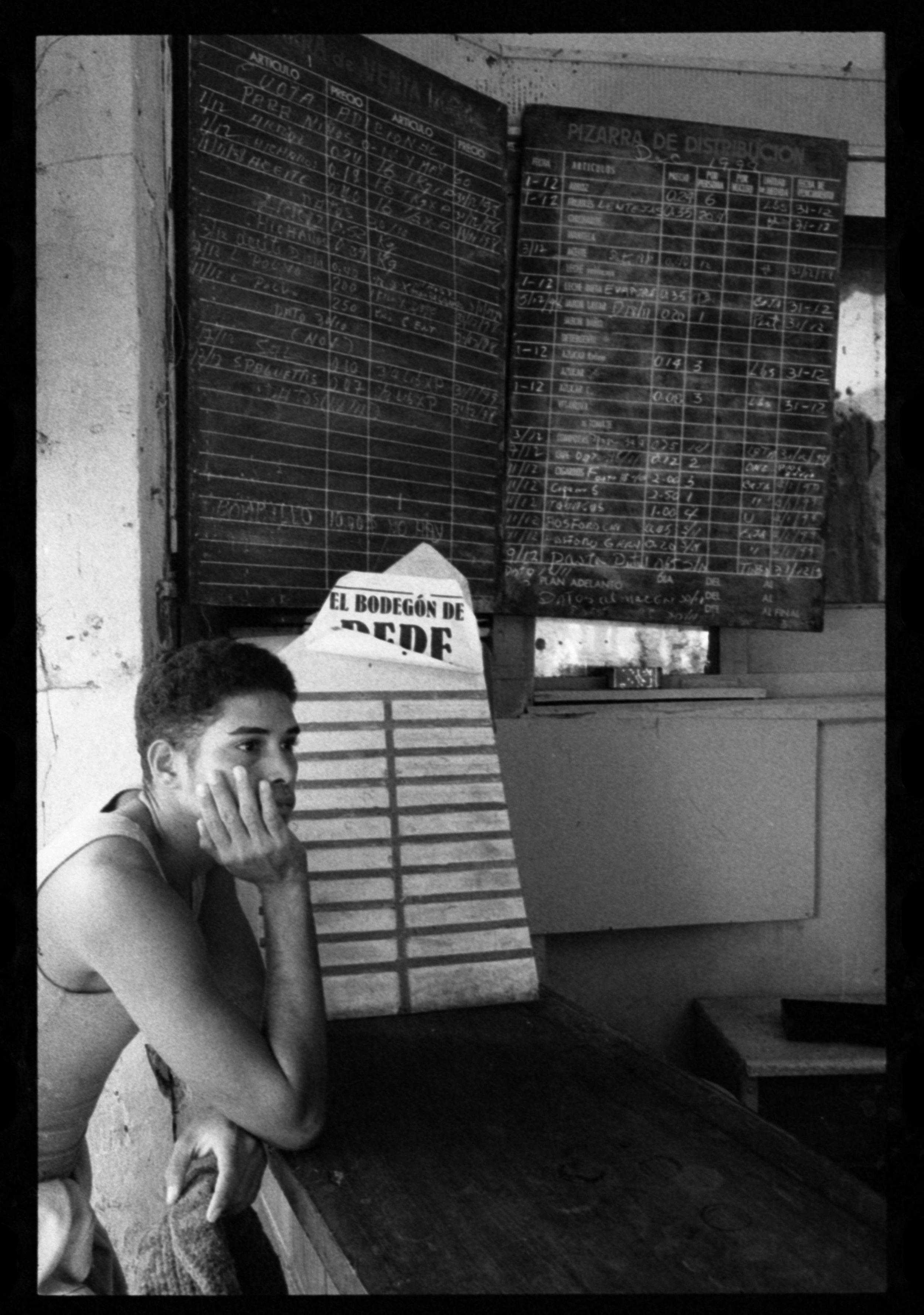
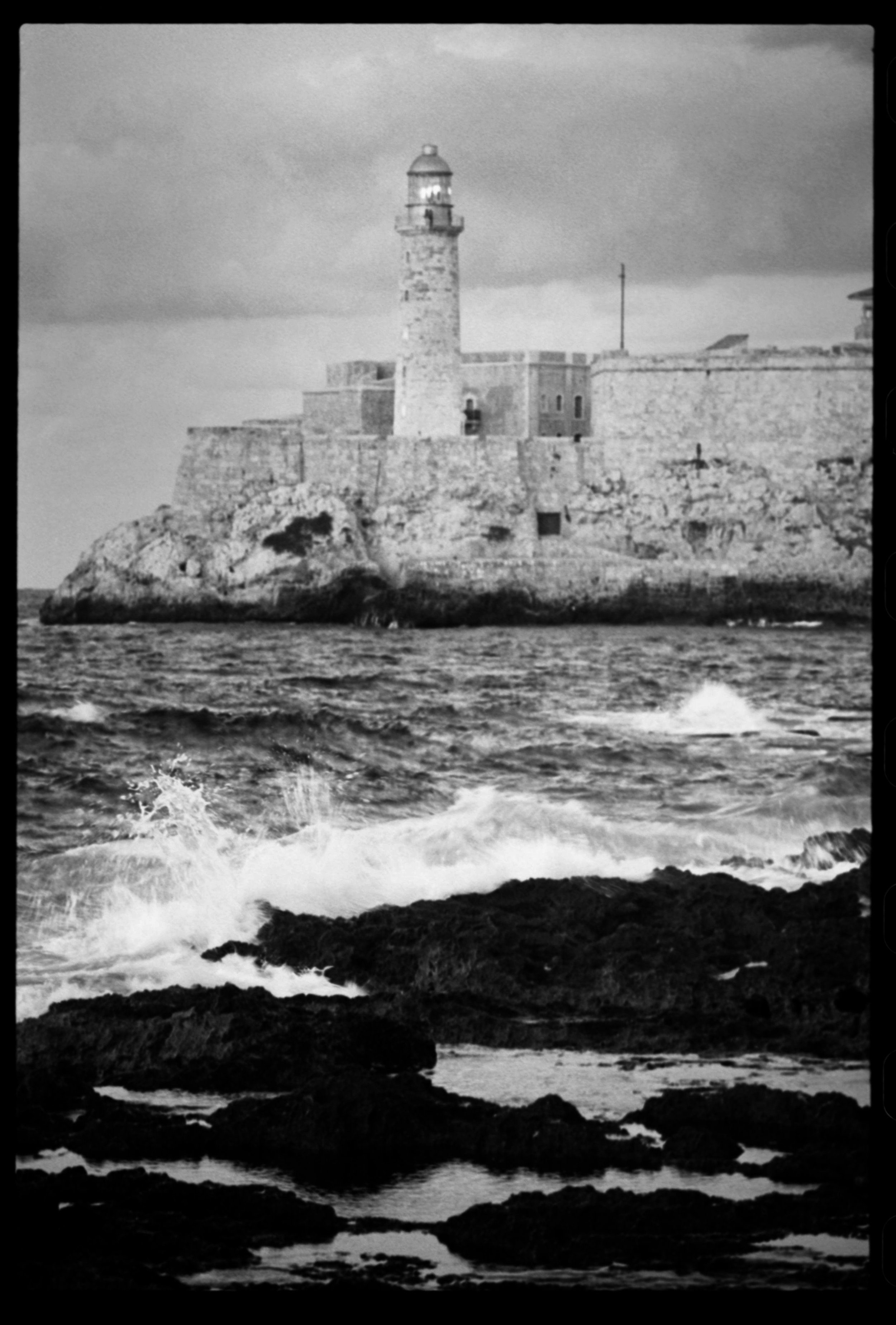
Lacandon Maya, Chankin smoking a traditional Hach-Kutz or “real cigar”. Lacandon Selva, Naha, Chiapas Mexico
Tobacco seedpod. This particular plant has its origins some 10,000 years ago as one of the first domesticated crops in the Americas.
Young man of sixteen in Naha, Chiapas Mexico. His name is Chankin Garcia Paniagua or “Sakor”. He is transplanting seedlings of tobacco into the milpas for cultivation. 1997.
Jose Pepe, in Mezabok, Chiapas Mexico displaying his dried tobacco leaves. He will soak them to make pliable again and roll into the traditional cigars.
Tobacco growing alongside the trinity crops of maize, squash and beans. Naha, Chiapas, Mexico
Tobacco leaf, Nicotina Tavacum, which will be used for smoking and medicinal purposes. Mezabok, Chiapas Mexico.
Koh-Maria, the first wife of Chankin Viejo, rolling cigars. Since his death she has kept the rolling of cigars tradition alive and passed it on to her children. The cigars will be used in religious ceremonies and smoked for recreation.
Freshly rolled cigars known as Hach-Kutz in Mayan.
Tobacco seeds for Sumatran Wrapper, Tabacos y Puros de San Andres farm, Mexico, 1997
Tobacco seeds for Sumatran Wrapper, with and without fertilizer coating. Tabacos y Puros de San Andres farm, Mexico, 1997
Te-Amo Cigars tobacco seed beds, San Andres Valley, Mexico 1997
Te-Amo Cigars tobacco transplanting seedlings, San Andres Valley, Mexico 1997
The fabled Magic Lagoon, Chalchoapan, which is used to irrigate the tobacco farms in San Andres valley, Mexico, 1997
Cacahuateno Ranch- Monte Negro, San Andres Valley, Mexico, 1997
Stringing the hands of tobacco on the poles before hanging in the barns.
Te-Amo Cigars curing barns, San Andres Valley, Mexico 1997
Te-Amo Cigar factory. Tobacco leaves being graded, 1997
Deveining the leaves, Te-Amo factory, 1997
Cruz Real cigar. Bales of Sumatran Wrapper, Mexico, 1997
Alberto Turrent, Consolidated Cigar, Te-Amo, Mexico. 1997
Armando Carrion, Monte Negro Cigar Co. Mexico, 1997
Inside one of the many aging rooms at Te-Amo. Mexico, 1997
Antonio Ornelas, on floor of his factory. Guadalajara, Mexico, 1997
Ornelas factory. Guadalajara, Mexico, 1997
Ornelas factory. Guadalajara, Mexico, 1997
Ornelas factory. Guadalajara, Mexico, 1997
Luis Maiz of Tobacos y Puros de San Andres, Mexico, 1997
Te-Amo Cigar factory. Rolling a classic Maduro, 1997
Cruz Real cigars, Mexico, 1997
Plaza de Toros, Mexico City, 1995
Churchill Cigars were one of the largest producers of cigars for sale regionally and at the Plaza de Toros, and one of the very few that were situated in Mexico City.
Mexico City, Churchill’s cigars, 1998
Festivities before the bullfights in Mexico City.
Cigar vendor Plaza de Toros (Bull Fights) Mexico City.
Cigar vendor Plaza de Toros (Bull Fights) Mexico City.
Tobacco puros for sale in market in San Cristobal de las Casas, Chiapas, Mexico 1998
Tobacco puros for sale in market in San Cristobal de las Casas, Chiapis, Mexico 1998
Tobacco puros for sale in market in San Cristobal de las Casas, Chiapas, Mexico 1998
Simojovel, Chiapas Mexico.
Simojovel, Chiapas Mexico. Cured Tobacco comes from the coast and local highlands region and is sold to local artisan families that roll and sell cigars in the markets.
A young boy picking up tobacco leaves for his Grandmother to roll cigars, in order to sell in the markets. Simojovel, Chiapas Mexico.
After wetting the dry tobacco it is drained and allowed to sit until it is pliable enough to begin the rolling process.
Rolling cigars at home in Simojovel, Chiapas Mexico. This was a very important money making enterprise for this couple and their invalid mother. 1997
Family business of rolling cigars to be sold in the markets of San Cristobal de las Casas among many others, Chiapis, Mexico 1998
Selling cigars at the market in Simojovel, Chiapas, Mexico.
1995, Estello Padron, Manager Honduras American Factory. Cofradia, Honduras, CA. It is one of the first factories to be set up after Fidel Castro came to power in Cuba.
Cofradia, Honduras C.A
Cofradia, Honduras C.A
Making the boxes for cigars, Cofradia, Honduras C.A
Cofradia, Honduras C.A
Cofradia, Honduras C.A
Cofradia, Honduras C.A
Cofradia, Honduras C.A
Cofradia, Honduras C.A
Cofradia, Honduras C.A
Cofradia, Honduras C.A
Cofradia, Honduras C.A
Cofradia, Honduras C.A
Cofradia, Honduras C.A
Cofradia, Honduras C.A
Cofradia, Honduras C.A
The famed cigar factor of Partagas, just behind the capital. Havana, Cuba.
Constructing boxes for Montecristos.
Selling sandwiches outside the Partagas factory, one of the very few street vendors allowed to engage in commerce. 1998
On the backside of the capital, boxes of cigars loaded onto a soviet era truck headed to the ports for distribution world wide.
Cigar retail shop (Habanos SA) inside the factory, the only official place to buy cuban cigars. All other are to be considered counterfeit or stolen.
The Malecon of Havana.
Ring size consistency quality control in the Partagas factory.
Ring size consistency quality control in the Partagas factory.
Reconstituting the leaves before rolling.
Street portrait photographer using a paper negative process for making prints in order to sell.
Street portrait photographer’s camera with built in darkroom that uses a paper negative process for making prints.
A factory worker grading the cigars by shade and color.
A factory worker grading the cigars by color. This is done so one box of cigars has consistent shades of wrapper leaves.
La Bodeguita del Medio 1998.
Cigar factory worker at home with his family, Havana, Cuba.
La Floridita, Havana Cuba.
Pharmacy in Havana Cuba.
Dealers for blackmarket, back alley cuban cigars.
Shoe repair in Havana, Cuba.
Shopping for monthly rations in Havana, Cuba 1998.
Cigar roller from the Partagas factory with her 3 children.
Rehearsal hall in the Palace of Fine Arts, Havana Cuba.
Rehearsals in the Palace of Bellas Artes, Havana Cuba.
18 year old semi-pro baseball player picking up monthly rations in Havana, Cuba 1998.
Faro Castillo del Morro, Havana, Cuba.
Lacandon Maya, Chankin smoking a traditional Hach-Kutz or “real cigar”. Lacandon Selva, Naha, Chiapas Mexico
Tobacco seedpod. This particular plant has its origins some 10,000 years ago as one of the first domesticated crops in the Americas.
Young man of sixteen in Naha, Chiapas Mexico. His name is Chankin Garcia Paniagua or “Sakor”. He is transplanting seedlings of tobacco into the milpas for cultivation. 1997.
Jose Pepe, in Mezabok, Chiapas Mexico displaying his dried tobacco leaves. He will soak them to make pliable again and roll into the traditional cigars.
Tobacco growing alongside the trinity crops of maize, squash and beans. Naha, Chiapas, Mexico
Tobacco leaf, Nicotina Tavacum, which will be used for smoking and medicinal purposes. Mezabok, Chiapas Mexico.
Koh-Maria, the first wife of Chankin Viejo, rolling cigars. Since his death she has kept the rolling of cigars tradition alive and passed it on to her children. The cigars will be used in religious ceremonies and smoked for recreation.
Freshly rolled cigars known as Hach-Kutz in Mayan.
Tobacco seeds for Sumatran Wrapper, Tabacos y Puros de San Andres farm, Mexico, 1997
Tobacco seeds for Sumatran Wrapper, with and without fertilizer coating. Tabacos y Puros de San Andres farm, Mexico, 1997
Te-Amo Cigars tobacco seed beds, San Andres Valley, Mexico 1997
Te-Amo Cigars tobacco transplanting seedlings, San Andres Valley, Mexico 1997
The fabled Magic Lagoon, Chalchoapan, which is used to irrigate the tobacco farms in San Andres valley, Mexico, 1997
Cacahuateno Ranch- Monte Negro, San Andres Valley, Mexico, 1997
Stringing the hands of tobacco on the poles before hanging in the barns.
Te-Amo Cigars curing barns, San Andres Valley, Mexico 1997
Te-Amo Cigar factory. Tobacco leaves being graded, 1997
Deveining the leaves, Te-Amo factory, 1997
Cruz Real cigar. Bales of Sumatran Wrapper, Mexico, 1997
Alberto Turrent, Consolidated Cigar, Te-Amo, Mexico. 1997
Armando Carrion, Monte Negro Cigar Co. Mexico, 1997
Inside one of the many aging rooms at Te-Amo. Mexico, 1997
Antonio Ornelas, on floor of his factory. Guadalajara, Mexico, 1997
Ornelas factory. Guadalajara, Mexico, 1997
Ornelas factory. Guadalajara, Mexico, 1997
Ornelas factory. Guadalajara, Mexico, 1997
Luis Maiz of Tobacos y Puros de San Andres, Mexico, 1997
Te-Amo Cigar factory. Rolling a classic Maduro, 1997
Cruz Real cigars, Mexico, 1997
Plaza de Toros, Mexico City, 1995
Churchill Cigars were one of the largest producers of cigars for sale regionally and at the Plaza de Toros, and one of the very few that were situated in Mexico City.
Mexico City, Churchill’s cigars, 1998
Festivities before the bullfights in Mexico City.
Cigar vendor Plaza de Toros (Bull Fights) Mexico City.
Cigar vendor Plaza de Toros (Bull Fights) Mexico City.
Tobacco puros for sale in market in San Cristobal de las Casas, Chiapas, Mexico 1998
Tobacco puros for sale in market in San Cristobal de las Casas, Chiapis, Mexico 1998
Tobacco puros for sale in market in San Cristobal de las Casas, Chiapas, Mexico 1998
Simojovel, Chiapas Mexico.
Simojovel, Chiapas Mexico. Cured Tobacco comes from the coast and local highlands region and is sold to local artisan families that roll and sell cigars in the markets.
A young boy picking up tobacco leaves for his Grandmother to roll cigars, in order to sell in the markets. Simojovel, Chiapas Mexico.
After wetting the dry tobacco it is drained and allowed to sit until it is pliable enough to begin the rolling process.
Rolling cigars at home in Simojovel, Chiapas Mexico. This was a very important money making enterprise for this couple and their invalid mother. 1997
Family business of rolling cigars to be sold in the markets of San Cristobal de las Casas among many others, Chiapis, Mexico 1998
Selling cigars at the market in Simojovel, Chiapas, Mexico.
1995, Estello Padron, Manager Honduras American Factory. Cofradia, Honduras, CA. It is one of the first factories to be set up after Fidel Castro came to power in Cuba.
Cofradia, Honduras C.A
Cofradia, Honduras C.A
Making the boxes for cigars, Cofradia, Honduras C.A
Cofradia, Honduras C.A
Cofradia, Honduras C.A
Cofradia, Honduras C.A
Cofradia, Honduras C.A
Cofradia, Honduras C.A
Cofradia, Honduras C.A
Cofradia, Honduras C.A
Cofradia, Honduras C.A
Cofradia, Honduras C.A
Cofradia, Honduras C.A
Cofradia, Honduras C.A
Cofradia, Honduras C.A
The famed cigar factor of Partagas, just behind the capital. Havana, Cuba.
Constructing boxes for Montecristos.
Selling sandwiches outside the Partagas factory, one of the very few street vendors allowed to engage in commerce. 1998
On the backside of the capital, boxes of cigars loaded onto a soviet era truck headed to the ports for distribution world wide.
Cigar retail shop (Habanos SA) inside the factory, the only official place to buy cuban cigars. All other are to be considered counterfeit or stolen.
The Malecon of Havana.
Ring size consistency quality control in the Partagas factory.
Ring size consistency quality control in the Partagas factory.
Reconstituting the leaves before rolling.
Street portrait photographer using a paper negative process for making prints in order to sell.
Street portrait photographer’s camera with built in darkroom that uses a paper negative process for making prints.
A factory worker grading the cigars by shade and color.
A factory worker grading the cigars by color. This is done so one box of cigars has consistent shades of wrapper leaves.
La Bodeguita del Medio 1998.
Cigar factory worker at home with his family, Havana, Cuba.
La Floridita, Havana Cuba.
Pharmacy in Havana Cuba.
Dealers for blackmarket, back alley cuban cigars.
Shoe repair in Havana, Cuba.
Shopping for monthly rations in Havana, Cuba 1998.
Cigar roller from the Partagas factory with her 3 children.
Rehearsal hall in the Palace of Fine Arts, Havana Cuba.
Rehearsals in the Palace of Bellas Artes, Havana Cuba.
18 year old semi-pro baseball player picking up monthly rations in Havana, Cuba 1998.
Faro Castillo del Morro, Havana, Cuba.